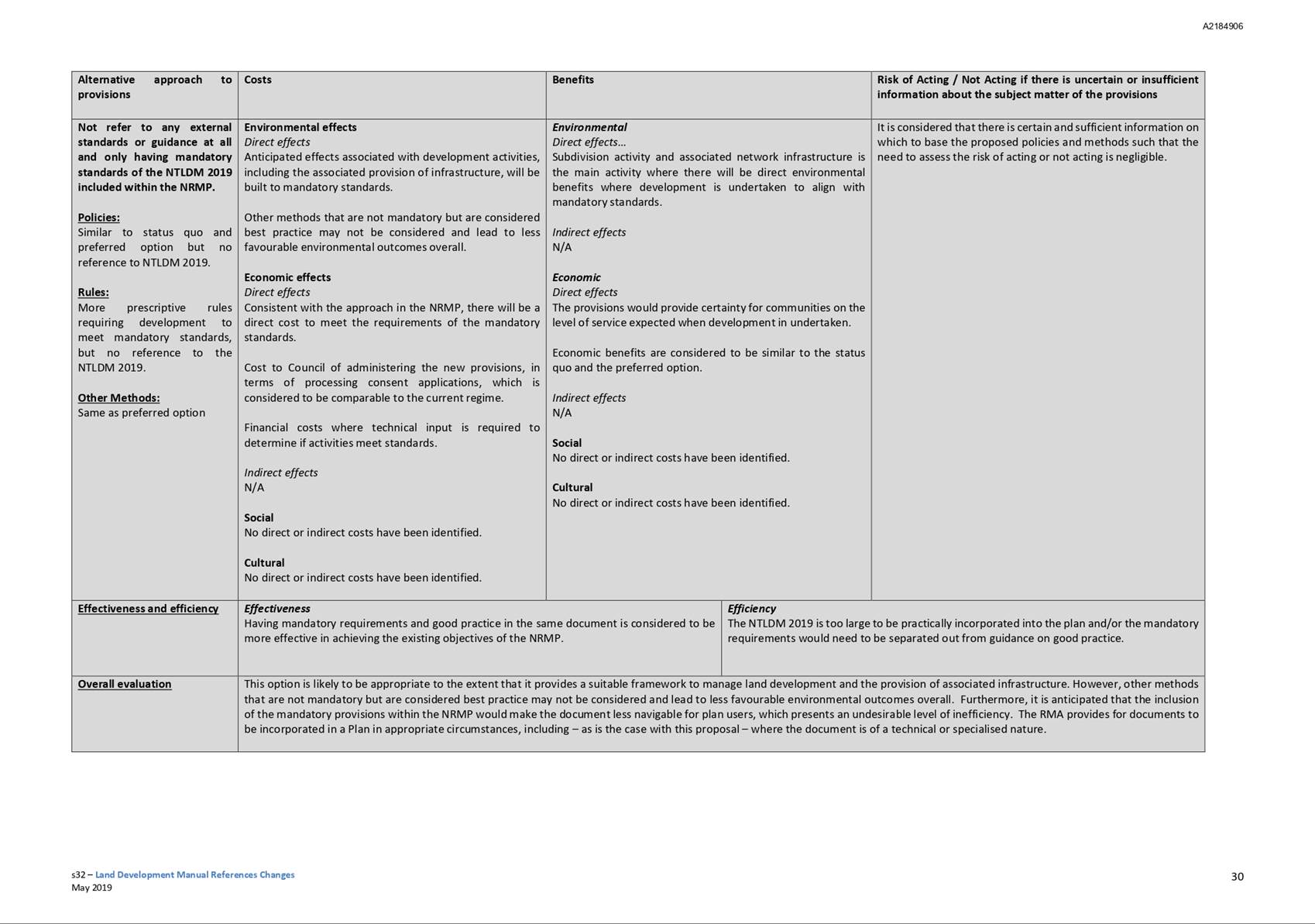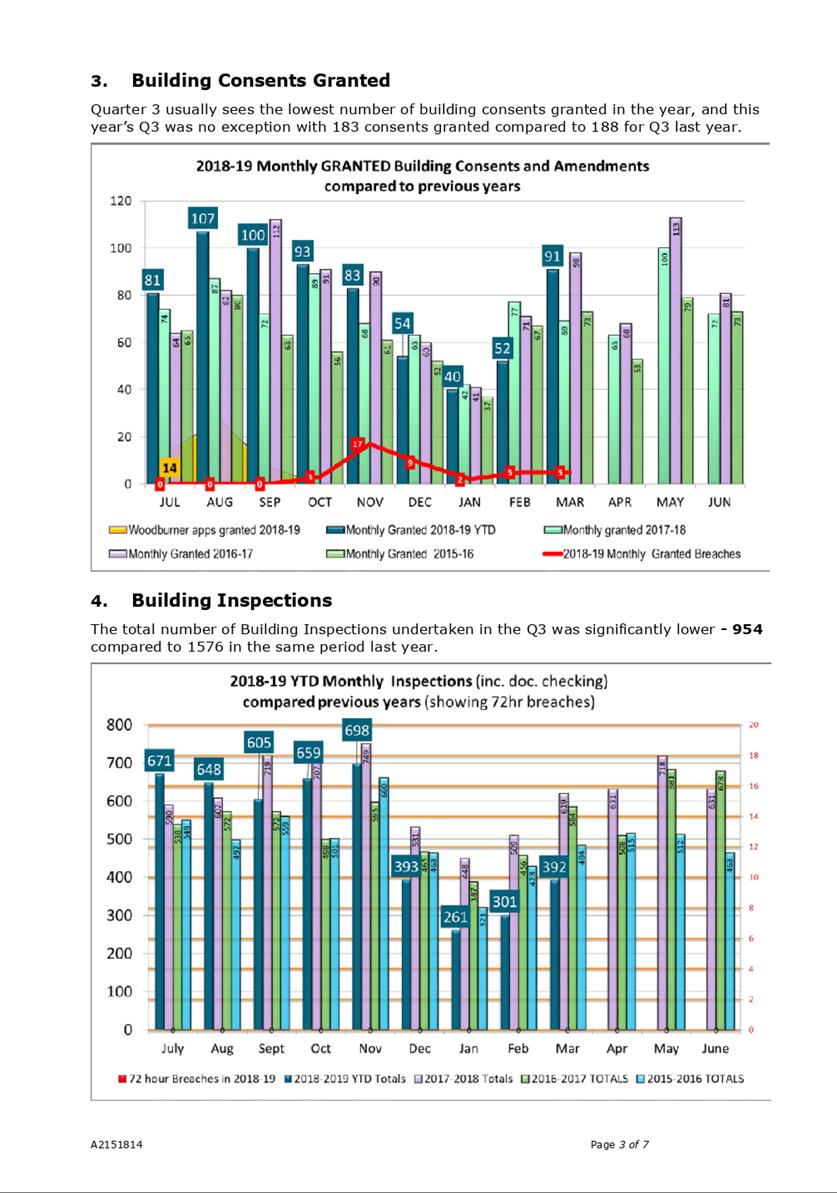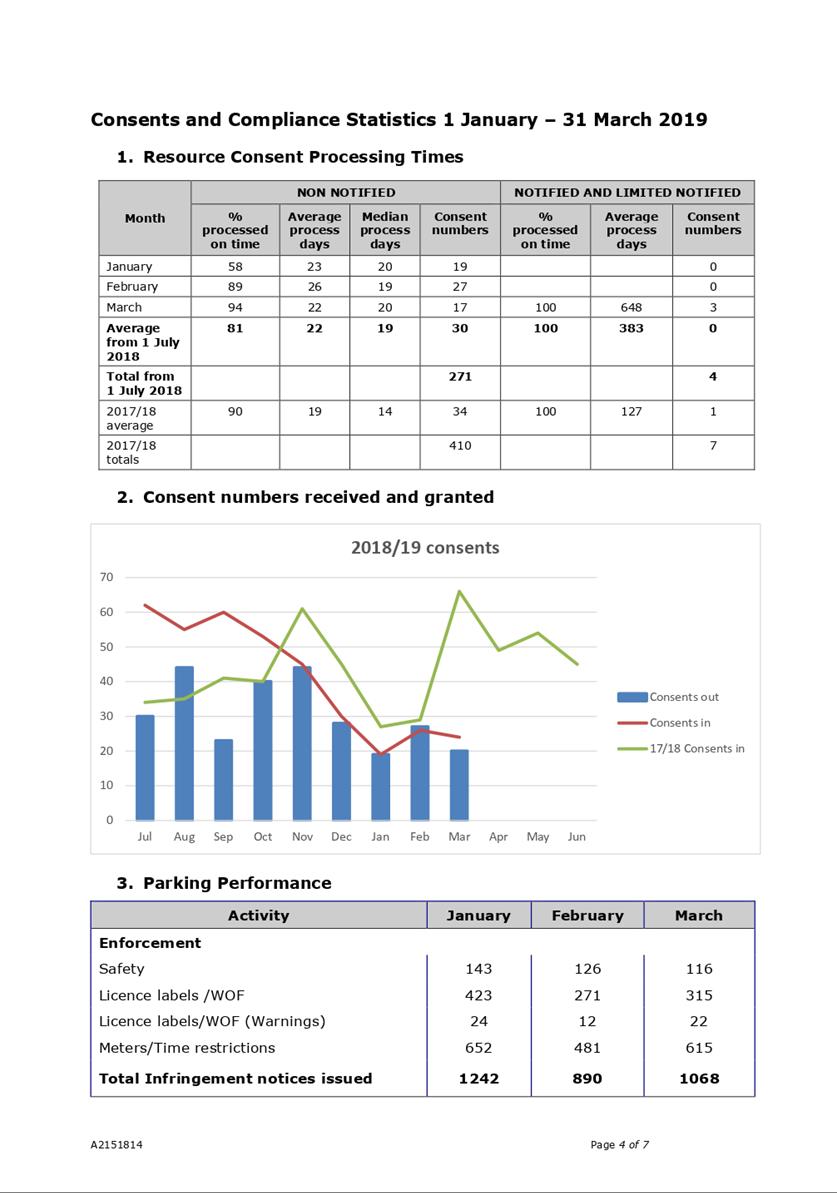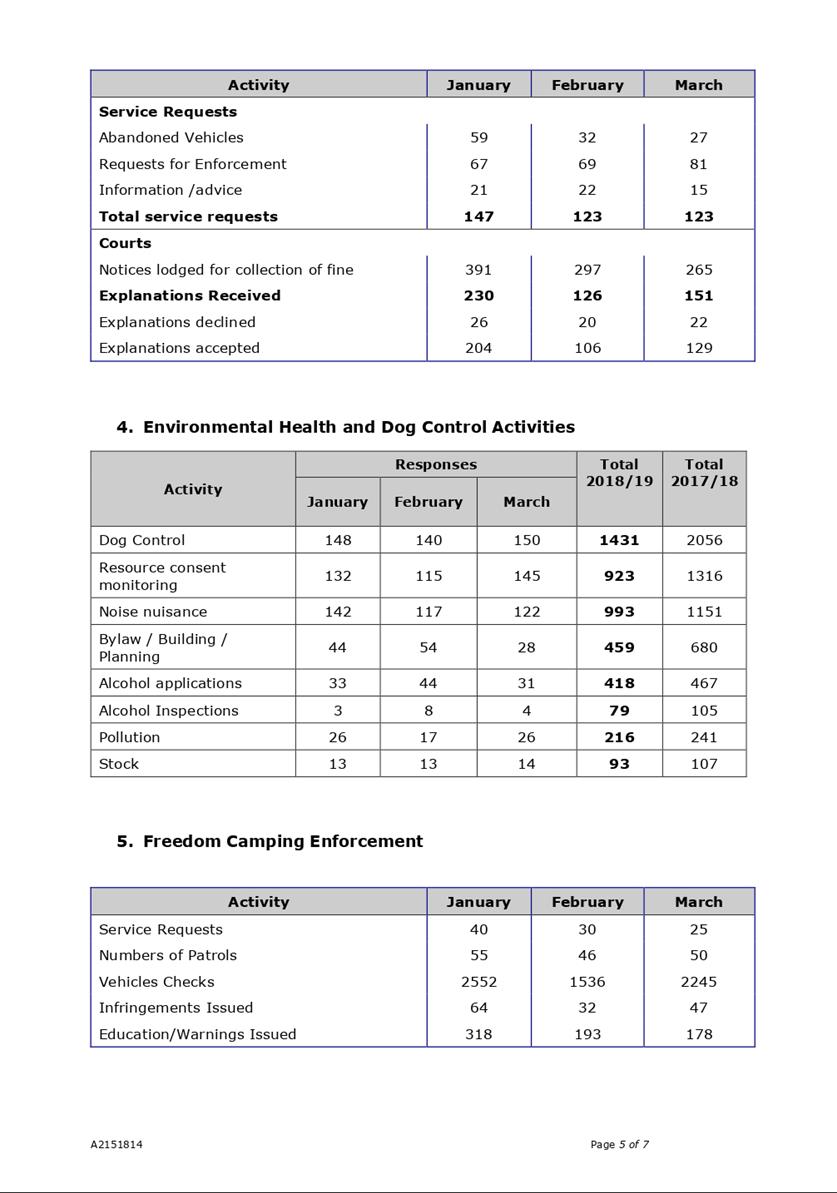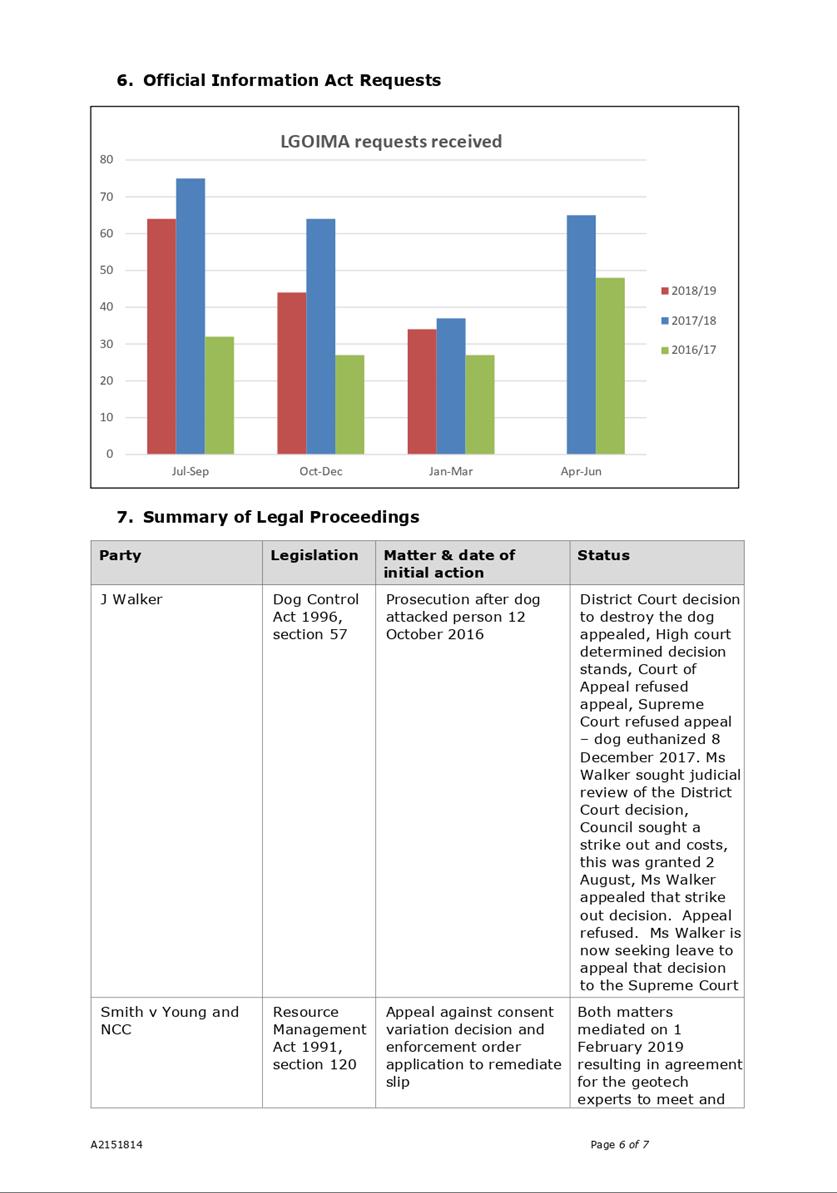

AGENDA
Ordinary meeting of the
Planning and Regulatory Committee
Tuesday 28 May 2019
Commencing at 10.00a.m.
Council Chamber
Civic House
110 Trafalgar Street, Nelson
Pat Dougherty
Chief
Executive
Membership: Her Worship the Mayor Rachel Reese (Presiding
Co-Chairperson), Councillor Brian McGurk (Co-Chairperson), Councillors Luke
Acland, Ian Barker, Bill Dahlberg, Kate Fulton, Stuart Walker and Ms Glenice
Paine
Quorum: 4
Nelson
City Council Disclaimer
Please
note that the contents of these Council and Committee Agendas have yet to be
considered by Council and officer recommendations may be altered or changed by
the Council in the process of making the formal Council decision.
Guidelines for councillors
attending the meeting, who are not members of the Committee, as set out in
Standing Order 12.1:
·
All councillors, whether or not they are members of the
Committee, may attend Committee meetings
·
At the discretion of the Chair, councillors who are not Committee
members may speak, or ask questions about a matter.
·
Only Committee members may vote on any matter before the
Committee
It is good practice for both Committee members and
non-Committee members to declare any interests in items on the agenda.
They should withdraw from the room for discussion and voting on any of these
items.
 Planning and Regulatory
Committee
Planning and Regulatory
Committee
28
May 2019
Page
No.
1. Apologies
1.1 An
apology has been received from Councillor Walker
2. Confirmation
of Order of Business
3. Interests
3.1 Updates
to the Interests Register
3.2 Identify
any conflicts of interest in the agenda
4. Public
Forum
5. Confirmation
of Minutes
5.1 4
April 2019 10 - 14
Document number M4131
Recommendation
|
That the Planning and Regulatory Committee
1. Confirms the minutes of the
meeting of the Planning and Regulatory Committee, held on 4 April 2019, as a
true and correct record.
|
6. Chairperson's Report 15 - 16
Document number R10212
Recommendation
|
That
the Planning and Regulatory Committee
1. Receives
the report Chairperson's Report (R10212).
|
7. Waimea Inlet Action
Plan 17 - 54
Document number R9513
Recommendation
|
That
the Planning and Regulatory Committee
1. Receives the report Waimea Inlet Action Plan (R9513) and its attachments (A2099296 and A2178524).
|
Recommendation to Council
|
That the Council
1. Approves Nelson
City Council as lead or support agency to the specific targets identified in
Report R9513 (highlighted in green in Attachment 2 A2178524); and
2. Approves
that Nelson City Council supports, in principle, specific targets identified
in Report R9513, subject to future funding decisions (highlighted
in yellow in Attachment 2 A2178524); and
3. Adopts the Waimea
Inlet Action Plan 2018-2021 (A2099296).
|
8. Nelson Tasman Land
Development Manual - Hearing Panel Recommendation and Proposed Plan Change 27 55 - 633
Document number R9875
Recommendation
|
That the Planning and Regulatory Committee
1. Receives the report Nelson
Tasman Land Development Manual - Hearing Panel Recommendation and Proposed
Plan Change 27 (R9875) and its
attachments (A2184910), (A2184905),
(A2184907), (A2185147), (A2184908), (A2184906), and (A2184904); and
2. Receives
the recommendation from the Nelson Tasman Land Development Manual hearing
panel (A2184910); and
3. Approves the public notification of proposed Plan Change
27 (A2184907) and Section 32 (A2185147) under the Resource Management Act
1991 on 1 July 2019; and
4. Delegates
to Councillors ………………,
……………. and
……………… to hear submissions on Proposed
Plan Change 27 and make recommendations to the Planning and Regulatory
Committee.
|
Recommendation to Council
|
That
the Council
1. Adopts the Nelson Tasman Land Development Manual 2019
(A2184905) under the Local Government Act 2002, noting that it will take
effect on 1 July 2019;
and
2. Adopts the practice notes on Coastal and Freshwater
Inundation (A2184904), Bioretention (A2184908) and Wetlands (A2184906) as
guidance documents; and
3. Delegates the
Chairperson of the Planning and Regulatory Committee and the Group Manager
Environment authority to approve minor technical wording amendments, or
correction of errors to the Nelson Tasman Land Development Manual 2019 and proposed
Plan Change documents to improve readability and/or consistency prior to 1
July 2019.
|
9. Review of Building
Unit fees and charges 634 - 654
Document number R10231
Recommendation
|
That
the Planning and Regulatory Committee
1. Receives
the report Review of Building Unit fees and charges (R10231) and its attachments (A2145308,
A2183274, and A2183512).
|
Recommendation to Council
|
That the Council
1. Approves the fees and
charges as proposed in Attachment 1 (A2145308) of Report R10231 to be
effective from 1 July 2019.
|
10. Navigation Safety Bylaw review 655 - 739
Document number R10159
Recommendation
|
That
the Planning and Regulatory Committee
1. Receives
the report Navigation Safety Bylaw review (R10159) and its attachments (R10026 and A2178235).
|
Recommendation to Council
|
That the Council
1. Notes the review of the
Navigation Safety Bylaw 2012 (No. 218); and
2. Determines amendments to the
Navigation Safety Bylaw 2012 (No. 218) are the most appropriate way of
addressing the navigation safety problems identified by the review; and
3. Determines the proposed
amendments to the Navigation Safety Bylaw 2012 (No. 218) are the most
appropriate form of bylaw and do not give rise to any implications under the
New Zealand Bill of Rights Act 1990; and
4. Determines a summary of the
Statement of Proposal Proposed Changes to the Navigation Safety Bylaw 2012
(No. 218) is not required; and
5. Adopts the Statement of
Proposal Proposed Changes to the Navigation Safety Bylaw 2012 (No.218)
(A2178235); and
6. Approves the commencement of
the Special Consultative Procedure (A2178235), with the consultation period
to run from 21 June to 24 July 2019; and
7. Approves the consultation approach
(set out in paragraphs 5.9 and 5.10 of Report R10026) and agrees:
(a) the approach includes sufficient steps to
ensure the Statement of Proposal will be reasonably accessible to the public
and will be publicised in a manner appropriate to its purpose and
significance; and
(b) the approach will
result in the Statement of Proposal being as widely publicised as is reasonably
practicable as a basis for consultation.
|
11. Planning and Regulatory
Committee - Quarterly Report - 1 January-31 March 2019 740 - 833
Document number R10019
Recommendation
|
That the Planning and Regulatory Committee
1. Receives the report Planning and
Regulatory Committee - Quarterly Report - 1 January-31 March 2019 (R10019) and its attachments (A2151814,
A2181696, A2181967, A2181946, A2184278, A2182016, and A2159046); and
2. Approves
the City Centre Programme six key moves (A2184278), and
3. Approves
the Nelson Plan Vision (A2182016); and
4. Amends the October 2018 Planning and Regulatory
Committee Resolution PR/2018/057 as follows:
Delegates authority to review Draft Nelson Plan content ahead
of reporting to the Planning and Regulatory Committee to an Elected Member
Working Group comprising Her Worship the Mayor, Councillor McGurk, and two
members of the Committee with Making Good Decisions certification, namely
Councillor Fulton and Councillor Barker; and
Approves
amending the indicative
timeline for the release of the Draft Nelson Plan to statutory and key stakeholders
and iwi to August 2019 following further internal testing, legal
review, and Working Group Planning and Regulatory
Committee workshops, and Iwi Working Group review.
|
Recommendation to Council
|
That
the Council
1. Adopts the Kotahitanga
mō te Taiao Strategy (A2159046)
|
Note:
·
This meeting is expected to continue beyond lunchtime. (delete as appropriate)
·
Lunch will be provided. (delete as appropriate)
·
Youth Councillors Adam Burton and Hamish Smith will be in
attendance at this meeting. (delete as appropriate)
Planning and Regulatory Committee
Minutes - 4 April 2019

Present: Councillor
B McGurk (Presiding Co-Chairperson), Her Worship the Mayor R Reese (Co-Chairperson),
Councillors L Acland, I Barker, B Dahlberg, K Fulton, S Walker and Ms G Paine
In
Attendance: Councillor Matheson, Chief Executive (P
Dougherty), Acting Group Manager Environmental Management (M Heale), Governance
Adviser (E Stephenson) and Youth Councillors C Hagan and R Heslop
Apologies : Nil
1. Apologies
There were no apologies.
2. Confirmation of
Order of Business
There was no change to the order
of business.
3. Interests
There were no updates to the
Interests Register, and no interests with items on the agenda were declared.
Attendance: Councillor Fulton entered
the meeting at 1.02p.m.
4. Public Forum
There was no public forum.
5. Confirmation of
Minutes
5.1 21
February 2019
Document number M4050, agenda
pages 7 - 13 refer.
|
Resolved PR/2019/012
|
|
|
That the Planning and
Regulatory Committee
1. Confirms the minutes of the
meeting of the Planning and Regulatory Committee, held on 21 February 2019,
as a true and correct record.
|
|
Barker/Dahlberg Carried
|
6. Chairperson's Report
There was no Chairperson’s
Report.
Attendance: Her Worship the
Mayor entered the meeting at 1.03p.m.
7. State of the
Environment Report 2018
Document number R9813, agenda
pages 14 - 132 refer.
|
Water Quality Scientist, Dr Paul Fisher, and Manager
Environment, Matt Heale, answered questions on the report.
It was noted that the MCI score for the ‘fair’
grade for measuring ecological health using the macroinvertebrates community
index on page 73 of the State of the Environment Report 2018, should read 80
– 100, not 80 – 90.
Councillors acknowledged the hard work of staff from
across Council and reinforced the comprehensive, thorough, and readable
nature of the report.
|
|
Resolved PR/2019/013
|
|
|
That the Planning and Regulatory Committee
1. Receives the report State of the
Environment Report 2018 (R9813)
and its attachment (A2111722); and
2. Approves the State of the Environment Report 2018 for
distribution as a Council document.
|
|
Dahlberg/Walker Carried
|
8. Amendment to Parking
Policy - Parking Permits
Document number R9946, agenda
pages 133 - 142 refer.
|
Manager Environmental Inspections Limited, Brent Edwards,
answered questions regarding the provision of parking for jurors.
It was noted that section 3.3.1 of the Parking Policy did
not include the Mayor of Nelson and a clause was added to the recommendation
to change the words ‘Nelson City Council Councillors’ to ‘Nelson
City Elected and Appointed Members’.
|
|
Resolved PR/2019/014
|
|
|
That the Planning and Regulatory Committee
1. Receives the report Amendment to
Parking Policy - Parking Permits (R9946)
and its attachment (A2147652).
|
|
McGurk/Fulton Carried
|
|
Recommendation to Council PR/2019/015
|
|
|
That
the Council
1. Approves
Part 3.3 of the Parking Policy be amended to include Jurors attending trials
at the Nelson Courthouse as detailed in Attachment 1 (A2147652) to Report
R9946; and
2. Approves
amendments to the Parking Policy that update references to Council officer
positions where required as included in Attachment 1 (A2147652) to Report
R9946; and
3. Approves an
amendment to the first bullet point in section 3.3.1 of the Parking Policy
from ‘Nelson City Councillors’ to ‘Nelson City Council
Elected and Appointed Members’; and
4. Delegates
the Chief Executive the authority to amend the criteria in Part 3.3 of the
Parking Policy when required to minimise any negative impacts of the parking
permits on the users of the parking resource.
|
|
McGurk/Fulton Carried
|
9. Navigation Safety
Bylaw review
Document number R10026, agenda
pages 143 - 218 refer.
|
Team Leader Resource Consents, Adrian Ramage introduced
Harbourmaster Dave Duncan, and Deputy Harbourmaster Amanda Kerr, and tabled a draft map of Nelson Harbour
Priority Activity Areas. Mr Ramage answered questions regarding proposed
changes to the bylaw.
Following discussion on definitions, clarification,
enforcement, exemptions, TDC/NCC boundary ambiguities and the need for full
legal review and an assessment of costs of implementation to users of major
changes proposed prior to release for consultation, it was agreed that the
matter be deferred until the 28 May 2019 Planning and Regulatory Committee
meeting.
|
|
Defer item to another meeting PR/2019/016
|
|
|
That the
Planning and Regulatory Committee
1. Defers
the item Navigation Safety Bylaw Review to be considered at the Planning and
Regulatory Committee meeting to be held on 28 May 2019.
|
|
McGurk/Her Worship the Mayor
|
|
Attachments
1 A Draft
Nelson Harbour Priority Activity Areas
|
10. Proposed Dog Control fees and
charges
Document number R10031, agenda
pages 219 - 223 refer.
|
Manager Environmental Inspections Limited, Brent Edwards,
answered questions regarding impounding fees and processes.
|
|
Recommendation PR/2019/017
|
|
|
That
the Planning and Regulatory Committee
1. Receives the report Proposed Dog
Control fees and charges (R10031)
and its attachment (A2145361).
|
|
Her Worship the Mayor/Barker Carried
|
|
Recommendation to Council PR/2019/018
|
|
|
That the Council
1. Approves
the Dog Control fees and charges as detailed in Attachment 1 (A2145361) to
report R10031 to take effect from 1 July 2019.
|
|
Her Worship the Mayor/Barker Carried
|
11. Building Team and International
Accreditation New Zealand (IANZ)
Manager Building, Martin Brown,
provided a verbal briefing on the IANZ accreditation, planned for June.
The Chairperson acknowledged Mr
Brown’s work and expertise, and wished him well in his future role.
There being no further business the meeting ended at 2.47p.m.
Confirmed as a correct record of proceedings:

 Chairperson
Date
Chairperson
Date
Item 6: Chairperson's
Report
|

|
Planning and Regulatory Committee
28 May 2019
|
REPORT R10212
Chairperson's
Report
1. Purpose
of Report
1.1 To
update the Committee on current topics.
2. Recommendation
|
That the Planning and Regulatory Committee
1. Receives
the report Chairperson's Report (R10212).
|
2. Background
2.1 On
2 May 2019, Steven Gray from Friends of the Maitai gave a very timely
presentation on a topic this Council is committed to. The Friends of the
Maitai have suggested a catchment forum with all parties with an interest in
forestry and the effects of forestry being a party to the forum. The aim
is to raise best practice and focus on how we can further address sediment
effects in the Maitai with learnings being applied to other catchments.
2.2 It
is proposed to commence these meetings after 1 July 2019, as there are some key
organisation positions (external to Council) to fill and they need to be a part
of those conversations. Those meetings will be set up well in advance to
ensure the best possible attendance. I am wholly supportive of the
collaborative approach to making even more of a difference to the
Maitai/Mahitahi and thank both the Friends of the Maitai and Council staff for
auctioning this initiative.
Author: Rachel
Reese, Mayor of Nelson
Attachments
Nil
Item 7: Waimea Inlet
Action Plan
|

|
Planning and Regulatory Committee
28 May 2019
|
REPORT R9513
Waimea
Inlet Action Plan
1. Purpose of Report
1.1 To consider the
recommendations of the Waimea Inlet Coordination Group, adopt the Waimea Inlet
Action Plan 2018-2021 and agree to lead or support implementation of specific
targets from the Action Plan.
2. Recommendation
|
That the Planning and Regulatory Committee
1. Receives the report Waimea Inlet Action Plan (R9513) and its attachments (A2099296 and A2178524).
|
Recommendation to Council
|
That the Council
1. Approves Nelson
City Council as lead or support agency to the specific targets identified in
Report R9513 (highlighted in green in Attachment 2 A2178524); and
2. Approves
that Nelson City Council supports, in principle, specific targets identified
in Report R9513, subject to future funding decisions (highlighted
in yellow in Attachment 2 A2178524); and
3. Adopts the Waimea
Inlet Action Plan 2018-2021 (A2099296).
|
3. Background
3.1 The Waimea Inlet
is the largest semi-enclosed coastal inlet in the South Island, and has
international and national importance as a site for migratory birds.
3.2 The Waimea Inlet
Management Strategy (WIMS) was developed in 2010 to coordinate a cross-regional
approach for the care of the Inlet. The Waimea Inlet lies within both Nelson
and Tasman Regions.
3.3 Nelson City
Council is a signatory to the WIMS. Tasman District Council (TDC), the
Department of Conservation (DOC) and Fish & Game are the other three
signatories.
3.4 In July 2017,
the Planning and Regulatory Committee agreed to adopt the terms of reference
for a Co-ordination Group for the Waimea Inlet and appointed Councillor
Dahlberg as Council’s representative on the Co-ordination Group.
3.5 The role of the Waimea
Inlet Coordination Group (the Group) is to “identify, prioritise and
coordinate the actions needed to achieve implementation of the WIMS and collate
these into a proposed Action Plan”. The full terms of reference for
the Group are included as Appendix 1 in the draft Action Plan. Current members
of the Group include representatives from TDC, NCC, DOC, Fish & Game,
Waimea Inlet Forum (WIF), Tasman Environmental Trust (TET), Ngāti Tama,
Ngāti Rārua and Te Ātiawa.
3.6 The Group has
requested that each of the four signatories to the WIMS identify specific
actions in the Action Plan their organisation can assist with or take a lead
on, so that work can begin on its implementation. They proposed that
signatories commit to specific actions for their organisation rather than adopt
the Plan in its entirety.
3.7 Councillor
Dahlberg and Council officers have worked with the other members of the Group
to develop the draft Action Plan. Both the draft Action Plan and WIMS are
non-statutory documents, aimed at maintaining and improving the health of the
Inlet.
3.8 Te Tau Ihu iwi
have an open invitation to become signatories to the WIMS, to appoint
representatives to the Waimea Inlet Coordination Group and to participate in
the development, implementation, review and monitoring of the draft Action
Plan. They have been informed of progress throughout the Plan’s
development. Representatives from three iwi have attended hui held since
mid-2018.
3.9 An earlier
version of the draft Action Plan was published on TDC’s website and
distributed to iwi, interested parties and individuals in December 2017,
requesting feedback by 9 March 2018. A workshop on the draft Action Plan
was held on 2 March 2018, attended by approximately 50 people. The Group then
further revised the draft Action Plan, to incorporate feedback received.
3.10 The resulting draft
‘Waimea Inlet Action Plan 2018 to 2021’ represents the collective
effort of a wide range of organisations, groups and individuals. It is
appended as Attachment 1 to this report.
3.11 In July 2018, the Planning
and Regulatory Committee received the draft Action Plan, and instructed a
further report be prepared by officers recommending which targets NCC should
commit to, either as lead or supporting agency; and to fully scope the
timeframes and resources that would be required from Council to achieve these
targets.
3.12 TDC adopted the draft
Action Plan on 28 March 2019, and agreed to lead, support, or support in
principle the implementation of specific targets following a similar process to
that recommended here.
4. Discussion
4.1 The Action Plan
is intended to be a living document that may be amended over time, in response
to new knowledge and changing circumstances.
4.2 Signatories to
the Action Plan will identify actions that their organisation will lead or
support, and sign-off on those specific actions, rather the Action Plan in its
entirety.
4.3 Some of the
actions and targets identified in the draft Action Plan relate to the
responsibilities of other agencies (e.g. TDC, DOC). However, a number relate to
Council’s core business and some will require involvement of several
Council business units.
4.4 While many of
the actions and targets identified in the Action Plan relate to tasks for which
Council already has existing resources allocated, others are not funded in
Council’s present work programme.
4.5 Other parties
(e.g. WIF, TET) may also sign up to the Action Plan in the near future. One of
the reasons for creating the Action Plan is to have an ‘investment
ready’ document that external (i.e. non-Council) funders can refer to
when considering funding applications from groups such as Tasman Environmental
Trust.
4.6 The intention of
the Group is that all parties who adopt the Action Plan will work together to
achieve the targets and, when unbudgeted funding is required, external funding
will be sought.
4.7 Officers have
identified which actions and targets in the Action Plan it is recommended that
Council should sign up to, either as lead or supporting agency. This
information was requested by the Planning and Regulatory Committee (report
9296) and is appended as Attachment 2 to this report.
4.8 Attachment 2
lists each of the action and targets from the Action Plan. The table sets out
whether this is an existing or future task for Council, whether funding is
included in the LTP 2018-2028 budget, whether any additional funding is
required, and who the proposed lead and support organisations are.
4.9 Action and
targets highlighted green (see Attachment 2) are recommended for immediate
adoption and implementation. These relate to work streams currently undertaken
by Council, which can be implemented within existing funding allocations.
4.10 Actions and targets
highlighted yellow (see Attachment 2) represent actions that require funding
that is currently unbudgeted. It is recommended that Council agrees to support
these targets in principle, subject to the outcome of future funding decisions.
Funding of these actions and targets can then be considered as part of future
annual plan or long term plan processes. Estimated costs to Council for
implementing these actions are identified where possible.
4.11 Minor amendments that are required
to actions and targets to ensure alignment with existing Council work
programmes (e.g. updating target dates or wording) are also shown in Attachment
2. Approval for Council to lead or support these actions and targets will be
dependent on these amendments being incorporated into an updated version of the
Action Plan.
4.12 Actions and targets that
are relevant only to TDC (i.e. relate exclusively to areas outside of
NCC’s boundaries) are also shown in Attachment 2, but are not
highlighted.
4.13 Once adopted, the Waimea
Inlet Coordination Group will regularly report on progress with implementing
the Action Plan and review it every three years. The first report will be
prepared in early 2020.
5. Options
5.1 There are three
options for consideration. Option 2 is the preferred option by Officers.
|
|
|
Advantages
|
· Council
demonstrates its commitment as a collaborative partner of the Waimea Inlet
Coordination Group.
· A more
effective and efficient achievement of environmental outcomes for Waimea
Inlet through a collaborative strategic approach.
|
|
Risks and Disadvantages
|
· Resourcing
is inadequate to implement the Action Plan in full.
· There
is a risk that signing up to the Action Plan in its entirety may raise
unrealistic community expectations. For example, some people may expect
Council to take all the responsibility for achieving targets and/or have
unrealistic expectations about how quickly targets can be achieved.
|
|
|
|
Advantages
|
· Council
demonstrates its commitment as a collaborative partner of the Waimea Inlet
Coordination Group.
· Council
uses the same approach to considering the Action Plan as Tasman District
Council.
· Council
understands the resources (staff and funding) required to achieve the
specific targets. Where unbudgeted additional funding is identified, Council
can support these targets in principle, subject to future funding decisions.
· A
more effective and efficient achievement of environmental outcomes for Waimea
Inlet through a collaborative strategic approach. A benefit of supporting the
Action Plan, endorsing specific actions/targets and taking responsibility for
them, is that the desired outcomes identified can be realised in a timely
manner.
|
|
Risks and Disadvantages
|
· There
is a slight risk that other members of the Group may be frustrated that
Council does not commit to achieving all targets identified in the Action
Plan, specifically those with additional funding requirements. However, the
appropriate process for making decisions on this matter are future
annual/long term plans.
|
|
|
|
Advantages
|
· No
adjustments to current work programmes would be necessary.
|
|
Risks and Disadvantages
|
· Council
is not seen as a collaborative partner of the Waimea Inlet Coordination
Group.
· Targets
in the Action Plan are not achieved or take longer for others to achieve.
|
6. Conclusion
6.1 This report
recommends that the Planning and Regulatory Committee recommends the Council
adopts the Waimea Inlet Action Plan 2018-2021 (Attachment 1) and agrees to lead
or support implementation, or support in principle subject to future funding
decisions, specific targets from the Action Plan (as described in Attachment
2).
Author: Leigh
Marshall, Environmental Programmes Advisor
Attachments
Attachment 1: A2099296
Waimea Inlet Action Plan - Final - April2019 ⇩
Attachment
2: A2178524 Waimea Inlet Action Plan - Table of Actions and
Targets - Apr2019 ⇩
|
Important considerations for decision making
|
|
1. Fit with Purpose of
Local Government
Participation in the Waimea Inlet Coordination Group
fits with the role of Local Government as the collaborative approach aims to
meet the current and future needs of the community at a local level; and
enables Council to perform regulatory functions and service more effectively
and efficiently.
|
|
2. Consistency with
Community Outcomes and Council Policy
The Waimea Inlet Action Plan aligns with all four
themes within Nelson 2060, and with a number of Community Outcomes including:
· Our unique natural environment is healthy and protected
· Our urban and rural environments are people friendly, well-planned
and sustainably managed
· Our communities are healthy, safe, inclusive and resilient
· Our communities have access to a range of social, educational and
recreational facilities and activities
· Our Council provides leadership and fosters partnerships, a
regional perspective, and community engagement
· Our region is supported by an innovative and sustainable economy
|
|
3. Risk
If Council choses to not adopt the recommended
Actions and Targets in the Action Plan there is high level of risk the
potential of major environmental damage with long-term recovery requiring
significant investment, and medium level of risk of medium negative public
reaction.
If Council choses to adopt the recommended Actions
and Targets in the Action Plan there is low risk of overspend to achieve
Actions and Targets not currently funded in the LTP and supported in
principle. However, Council’s commitment to these actions are subject
to funding being confirmed through to future LTP or Annual Planning
processes.
|
|
4. Financial impact
If Council chooses to adopt the Action Plan, it is
effectively indicating that it supports implementation of all actions and
targets of relevance to Council activities. Some of these relate to existing
work streams with funding already allocated (see Attachment 2). Where
additional funds are required, they could be allocated via future LTP or
Annual Planning processes.
|
|
5. Degree of significance
and level of engagement
This matter is low significance because the Nelson
City Council has been collaborating with the community sectors that are
concerned with the matters in the draft Action Plan through the Waimea Inlet
Coordination Group and Waimea Inlet Strategy for many years. No further
consultation is proposed.
|
|
6. Inclusion of
Māori in the decision making process
Te Tau Ihu iwi have an open invitation to become
signatories to the Waimea Inlet Strategy, to appoint representatives to the
Waimea Inlet Coordination Group and to participate in the development, implementation,
review and monitoring of the Action Plan. They have been informed of
progress throughout the Plan’s development by the Waimea Inlet
Coordination Group. Ngāti Tama, Ngāti Rārua and Te
Ātiawa have attended hui held since mid-2018.
|
|
7. Delegations
The Planning and Regulatory Committee has the
following delegations to consider Biodiversity (6.3.1)
Powers to Recommend:
Development or review of policies and strategies
relating to the areas of responsibility
|
Item 7: Waimea Inlet Action Plan: Attachment 1






Item 7: Waimea Inlet
Action Plan: Attachment 2










Item 8: Nelson Tasman
Land Development Manual - Hearing Panel Recommendation and Proposed Plan Change
27
|

|
Planning and Regulatory Committee
28 May 2019
|
REPORT R9875
Nelson
Tasman Land Development Manual - Hearing Panel Recommendation and Proposed Plan
Change 27
1. Purpose
of Report
1.1 To
receive the Hearing Panel’s recommendation on the Nelson Tasman Land
Development Manual 2019.
1.2 To
approve adoption of the Nelson Tasman Land Development Manual 2019 and
associated practice notes. The Nelson Tasman Land Development Manual will
replace the Nelson Land Development Manual 2010 on 1 July 2019.
1.3 To
approve the public notification of Proposed Plan Change 27 to the Nelson
Resource Management Plan (NRMP) on 1 July 2019.
2. Summary
2.1 The
review of the Nelson City Council Land Development Manual 2010 (LDM) has been
an extensive across team and across local authority project with significant
stakeholder engagement. A Steering Group comprising Councillors from both
Nelson and Tasman Councils as well as survey and contract industry stakeholders
has guided the review, consideration of public feedback and made deliberations.
2.2 This
has resulted in the production of a draft Nelson Tasman Land Development Manual
(NTLDM) for the Nelson and Tasman regions providing consistency and alignment
for the construction and vesting of, and works on, Council assets. The
NTLDM contains both mandatory standards and good practice. Associated
guidance notes for Bio-retention (rain gardens), Wetlands, and Coastal and Freshwater
Inundation have also been developed.
2.3 This
report seeks Council approval to adopt the NTLDM under the Local Government Act
2002 and approval for the notification of Plan Change 27 to externally
reference the NTLDM to the Nelson Resource Management Plan (NRMP) under the
Resource Management Act 1991.
2.4 Tasman
District Council received a similar report on 9 May 2019, and its decision will
be provided to Nelson Council by officers presenting this report on 28 May
2019.
Recommendation
|
That the Planning and Regulatory Committee
1. Receives the report Nelson
Tasman Land Development Manual - Hearing Panel Recommendation and Proposed
Plan Change 27 (R9875) and its
attachments (A2184910), (A2184905),
(A2184907), (A2185147), (A2184908), (A2184906), and (A2184904); and
2. Receives
the recommendation from the Nelson Tasman Land Development Manual hearing
panel (A2184910); and
3. Approves
the public notification of proposed Plan Change 27 (A2184907) and Section 32
(A2185147) under the Resource Management Act 1991 on 1 July 2019; and
4. Delegates
to Councillors ………………,
……………. and
……………… to hear submissions on Proposed
Plan Change 27 and make recommendations to the Planning and Regulatory
Committee.
|
Recommendation to Council
|
That the Council
1. Adopts
the Nelson Tasman Land Development Manual 2019 (A2184905) under the Local
Government Act 2002, noting that it will take effect on 1 July 2019; and
2. Adopts
the practice notes on Coastal and Freshwater Inundation (A2184904),
Bioretention (A2184908) and Wetlands (A2184906) as guidance documents; and
3. Delegates the
Chairperson of the Planning and Regulatory Committee and the Group Manager
Environment authority to approve minor technical wording amendments, or
correction of errors to the Nelson Tasman Land Development Manual 2019 and
proposed Plan Change documents to improve readability and/or consistency
prior to 1 July 2019.
|
3. Background
3.1 The
Nelson City Council Land Development Manual 2010 (LDM) provides minimum
standards and guidance for work undertaken on Council assets, or subdivision
and development that results in the vesting of assets in Council. These
standards are incorporated into the Nelson Resource Management Plan and
reviewed every 3-5 years.
3.2 As
part of the public consultation and stakeholder engagement process for the LDM
in 2009, stakeholders suggested to Council that an aligned LDM between the two
Councils should be pursued.
3.3 Over
the last four years officers from both Nelson and Tasman Councils have been
working on a joint set of standards known as the Nelson Tasman Land Development
Manual (NTLDM).
3.4 The
Planning and Regulatory Committee agreed on 12 March 2015, in response to
report A1317664, to progress the joint Nelson Tasman Land Development Manual
with Tasman District Council, making the following resolutions:
Resolved
PR/2015/015
THAT the
report Land Development Manual Review (R4261) and its attachments (A1365598) be
received;
AND THAT
the Committee nominate Councillors Ward and McGurk to be members of the Land
Development Manual Steering Group;
AND THAT
the attached draft Terms of Reference are adopted by the Planning and
Regulatory Committee for finalisation at the first Steering Group meeting after
which they will be confirmed by the Mayor and the Chair of Planning and
Regulatory;
AND THAT
those nominated Councillors provide regular reports back to the Planning and
Regulatory Committee on progress with the Land Development Manual alignment and
review;
AND THAT
where possible both Tasman District Council and Nelson City Council use the
same Hearing Commissioners to hear and make recommendations on submissions;
AND THAT
a draft aligned Land Development Manual be brought back to the Planning and
Regulatory Committee for consideration by December 2015.
3.5 A
Steering Group comprising two elected members from each Council and two
industry representatives was established and provided direction to officers on
issues raised in the review as well as alignment matters. Councillor
Lawrey was nominated by the Committee to take Councillor Wards place after the
last term of Council.
3.6 A
first draft NTLDM was released to stakeholders for comment in mid-2016, and a
stakeholder workshop on the significant changes to the LDM was well
attended. Stakeholders provided feedback that there was a need for a
greater understanding of the implications of the proposed stormwater chapter.
3.7 A
second stakeholder workshop was held in August 2016 on the stormwater section
and minimum ground and floor levels in response to sea level rise and flood
hazards. This resulted in officers receiving feedback from stakeholders
that the expectations of the draft section were too high, and would impose costs
on development that would affect feasibility. Stakeholders were also
concerned that a response to these issues should be Council wide, starting with
resource management plans and Council’s own asset management plans.
3.8 Under
the direction of the Steering Group, the officer working group from Nelson and
Tasman Councils have reworked the stormwater section, along with the practice
notes and the general format/usability of the NTLDM to address these
issues.
3.9 On
the 9 August 2018 the Council resolved to:
Approves
the draft Nelson Tasman Land Development Manual (A2013438), draft practice
notes (A2013398, A2013457, A2013449) and draft plan change to the Nelson
Resource Management Plan (A1988205) for release on 13 August 2018 for public
feedback under the Local Government Act and public comment under clause 34
First Schedule Resource Management Act; and
Delegates
the hearing of feedback under section 78 of the Local Government Act and
comments under clause 34 First Schedule of the Resource Management Act to a
joint hearing panel comprising Councillors Lawrey and McGurk as members of the
Steering Group plus Councillor Fulton together with three Tasman District
Council Councillors (Councillors King and Bryant plus one other).
Delegates
to the hearing panel the power to make recommendations to the Nelson and Tasman
Councils to adopt or amend the Nelson Tasman Land Development Manual and
associated practice notes.
3.10 Iwi
feedback has been sought and considered during the drafting process. Formal Iwi
consultation under the Frist Schedule Resource Management Act (RMA) was sought
at the same time as the release of the draft under the LGA.
4. Discussion
4.1 The
NTLDM is one tool or method which assists the community in achieving the vision
of a Smart Little City and the mission to leverage resources to shape an
exceptional place to live, work and play. As such the NTLDM:
4.1.1 Takes
a regional approach to the design of residential and business areas which
provides consistency and certainty to the Nelson and Tasman communities and the
developers and contractors that operate within the Regions, creating a more
efficient process and lifting Council performance; and
4.1.2 Ensures
the quality of assets that vest in Council are of a standard that the community
can depend on and that the community can benefit from critical infrastructure
providing safe and smart transport, water, wastewater, stormwater, flood
protection and reserves and open space; and
4.1.3 Provides
a means to give effect to the resource management plan to ensure that
development results in a sustainable environment and resilient community.
4.2 A
Local Government Act consultation process was carried out from 13 August to 5
October 2018 jointly with Tasman District Council. The revised draft manual was
largely well received by the surveying and contracting community who have
acknowledged both Councils work to produce a single document for the Regions.
Nineteen organisations or individuals submitted on the changes and seven
presented their submissions to the Hearing Panel on 14 November 2018. From the
submissions, staff provided better clarity within the document and, in some
cases, changed the required technical specifications in consultation with the
submitters.
4.3 The
Hearing Panel resolved to recommend the amended NTLDM and associated Practice
Notes to Nelson City and Tasman District Councils.
4.4 One
submission was received on the draft Proposed Plan Change 27 in relation to the
amendments to the Building Over or Alongside Drains rules. Officers
considered that the submission resulted in an improvement to the rule as
drafted and this change as recommended by the Hearing Panel has been
incorporated into the Proposed Plan Change.
4.5 Tasman
District Council received a similar report to this on 9 May 2019,their decision
on adopting the NTLDM, which is post writing of this report, will be tabled at
the meeting on 28 May.
Options
4.6 The
Committee has three main options in considering the recommendations made in
this report:
4.6.1 Option
1 – recommend to Council adoption of the Hearing Panels’
recommendations and the Nelson Tasman Land Development Manual and associated
practice notes, to take effect from 1 July 2019. Recommend notification
of Proposed Plan Change 27 to the Nelson Resource Management Plan required to
externally reference the NTLDM.
4.6.2 Option
2 – decline to adopt the Hearing Panels’ recommendations and
reconsider the overall direction of the NTLDM and restarting the review
process. This would require a full re-write of the NTLDM.
4.6.3 Option
3 – not approve the Nelson Tasman Land Development Manual and associated
practice notes. Withdraw the NTLDM and practice notes and rely on existing
standards and manuals.
|
Option 1: Recommend
adoption of the NTLDM and associated practice notes and plan change
|
|
Advantages
|
· Provides
consistency and alignment for the construction and vesting of, and works on,
Council assets in the two Regions.
· Provides
for a higher standard of stormwater management and better alignment with the
National Policy Statement on Freshwater.
· Provides
for a wider range of transport-related outcomes in the design of roads in new
subdivisions.
· No
further changes provides certainty of outcomes and administration efficiency.
|
|
Risks and Disadvantages
|
· Will
require all practitioners associated with development to become familiar with
the revised manual, including within the two Councils.
· A
plan change to the NRMP is required.
|
|
Option 2: Decline to recommend
to adopt the NTLDM and associated practice notes and restart review process
|
|
Advantages
|
· May
allow more (or less) aspirational goals to be set.
· Plan
change is no longer necessary.
|
|
Risks and Disadvantages
|
· Increased
cost and delayed completion of the review process.
· Might
result in a significantly modified document that no longer has the support of
the majority of submitters and stakeholders and might require a second
engagement and consultation process.
· Delay
in implementation by the Councils.
· Risk
that goals are not achievable.
· Risk
that alignment between the two Councils is unachievable.
|
|
Option 3: Withdraw NTLDM and
practice notes and rely on existing LDM 2010
|
|
Advantages
|
· No
particular advantages of withdrawing at this stage, except that the status
quo does provide an element of consistency and certainty for developers.
|
|
Risks and Disadvantages
|
· Inefficient
use of time and resources.
· Does
not deliver integration across the Councils.
· Does
not meet expectations for timely review of standards to maintain current best
practice in land development.
· There
is a risk that best practice, national standards and or Central Government
policy relating to land development will continue to change and our policies
and practices do not respond appropriately
|
5. Conclusion
5.1 The
NTLDM provides a consistent approach to the construction and vesting of, and
works on, Council assets for both Nelson City and Tasman District.
5.2 Production
of the Nelson Tasman Land Development Manual has been a thorough process
involving both Councils and the surveying and civil contracting sectors across
the Regions. Public feedback has been sought, heard and deliberated on by a
Joint Council Hearing Panel. It is now ready for adoption by both Nelson
City and Tasman District Councils.
5.3 Proposed
Plan Change 27 to externally reference the NTLDM in the NRMP is also ready to
be publicly notified under the First Schedule Resource Management Act 1991
(RMA).
6. Next
Steps
6.1 If
approved by the two Councils, the NTLDM will come into effect on 1 July 2019.
Proposed Plan Change 27 will go through the RMA consultation process.
6.2 Tasman
District Council considered a similar report to adopt the NTLDM on 9 May
2019. A TRMP plan change for notification will be proposed to the
Environment and Planning Committee on 30 May 2019.
Author: Lisa
Gibellini, Team Leader City Development
Attachments
Attachment 1: A2184190 LDM
Hearing Panel Recommendation ⇩
Attachment 2: A2184905
Nelson Tasman Land Development Manual 2019 ⇩
Attachment 3: A2184908
Bioretention Practice Note ⇩
Attachment 4: A2184906
Wetland Practice Note ⇩
Attachment 5: A2184904
Inundation Practice Note ⇩
Attachment 6: A2184907
Proposed Plan Change 27 ⇩
Attachment 7: A2184906
Proposed Plan Change 27 Section 32 ⇩
|
Important considerations for decision making
|
|
1. Fit
with Purpose of Local Government
The NTLDM provides minimum standards for the
creation of good quality infrastructure that ensures statutory compliance,
health safety and wellbeing of the Nelson and Tasman community, and considers
affordability over its life cycle.
|
|
2. Consistency
with Community Outcomes and Council Policy
The LDM is consistent with the community outcomes
and will assist Council to achieve them, particularly “Our urban and
rural environments are people friendly, well planned and sustainably
managed” and “Our infrastructure is efficient, cost effective and
meets current and future needs”.
|
|
3. Risk
The recommendation seeks that the Committee
recommended to Council the adoption of the NTLDM, associated practices notes
and the public notification of Proposed Plan Change 27. The NTLDM has
been through an LGA feedback process which included a hearing and the Joint
Council Hearing Panel has deliberated and recommended that the NTLDM is ready
for adoption. This process has reduced risk by ensuring the Council
gives consideration to the views and preferences of persons likely to be
affected by, or to have an interest in, the matter as required under the
Local Government Act 2002. It has also ensured that the final NTLDM
takes into account the views of the community and balances infrastructural
and environmental aspirations.
|
|
4. Financial
impact
There will be some financial impact to Council and
developers as a result of changed, new or higher standards required by the
NTLDM. This is part of a business as usual approach to complying with
national legislation, new technologies and better practice as a result of
reviewing the LDM every 5 years.
|
|
5. Degree
of significance and level of engagement
This matter is of low to medium significance because
the NTLDM does not significantly change levels of service but it does result
in alignment of standards across the region and the implementation of best
practice standards for land development.
|
|
6. Inclusion
of Māori in the decision making process
Maori have not been specifically consulted in
relation to the NTLDM. Preliminary consultation has been undertaken
with Iwi during the development of the draft firstly as part of the Nelson
Plan Iwi working Group, then a draft NTLDM was circulated to all Iwi in
November 2017 and feedback from some Iwi was received in February and March
2018. The working group and Steering Group considered the feedback and
made a series of changes to the NTLDM to address concerns raised.
|
|
7. Delegations
Areas of Responsibility: Land Development Manual
Powers to Decide:
· To
undertake community engagement other than Special Consultative Procedures for
any projects or proposals falling within the areas of responsibility;
· To
hear and deliberate on submissions for Special Consultative Procedures, or
other formal consultation requirements arising from legislation, falling
within the areas of responsibility.
Powers to Recommend:
· Final
decisions on Special Consultative Procedures, or other formal consultation
legislative consultation procedures, falling within the areas of
responsibility
· Any
alterations necessary to the Land Development Manual, the Regional Policy
Statement and Nelson Resource Management Plan;
Development or review of policies and strategies
relating to the areas of responsibility.
|
Item 8: Nelson Tasman Land Development Manual - Hearing Panel
Recommendation and Proposed Plan Change 27: Attachment 1






Item 8: Nelson Tasman
Land Development Manual - Hearing Panel Recommendation and Proposed Plan Change
27: Attachment 2























































































































































































































































































Item 8: Nelson Tasman
Land Development Manual - Hearing Panel Recommendation and Proposed Plan Change
27: Attachment 3
























Item 8: Nelson Tasman
Land Development Manual - Hearing Panel Recommendation and Proposed Plan Change
27: Attachment 4


























Item 8: Nelson Tasman
Land Development Manual - Hearing Panel Recommendation and Proposed Plan Change
27: Attachment 5




































Item 8: Nelson Tasman
Land Development Manual - Hearing Panel Recommendation and Proposed Plan Change
27: Attachment 6



































Item 8: Nelson Tasman
Land Development Manual - Hearing Panel Recommendation and Proposed Plan Change
27: Attachment 7








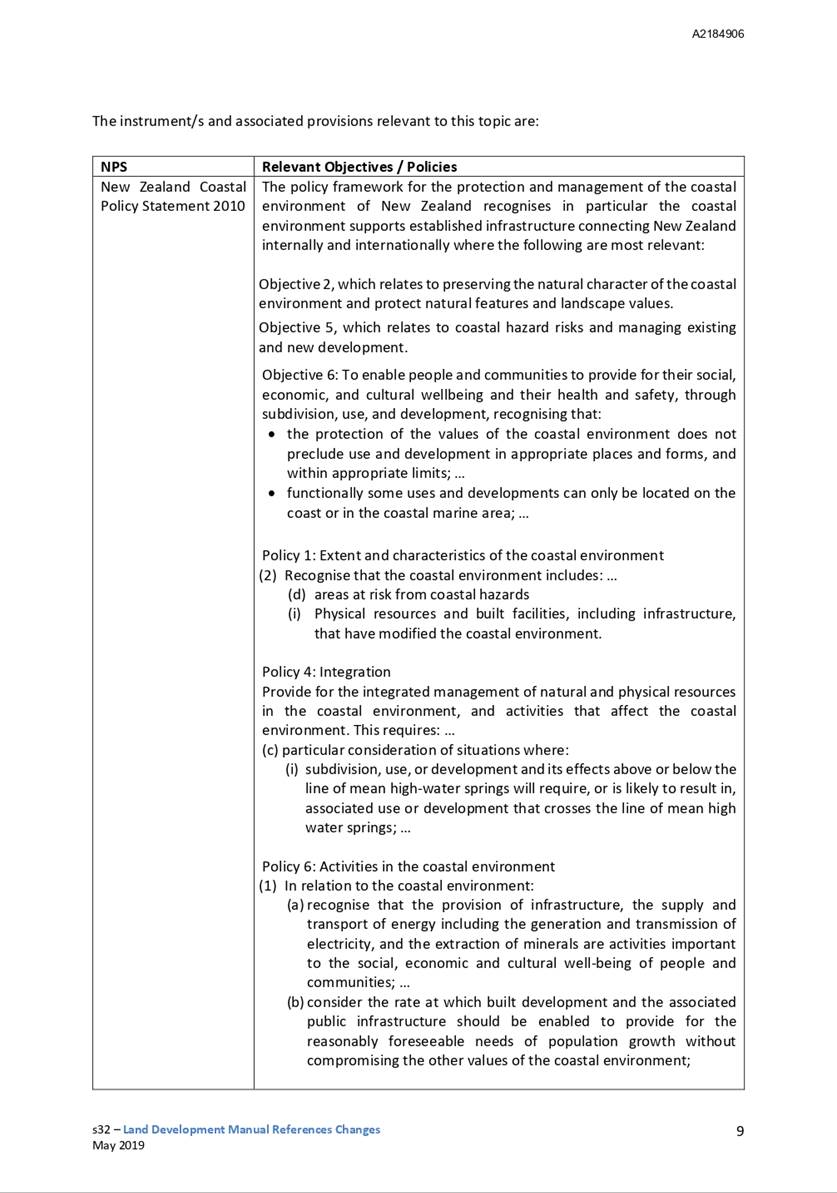
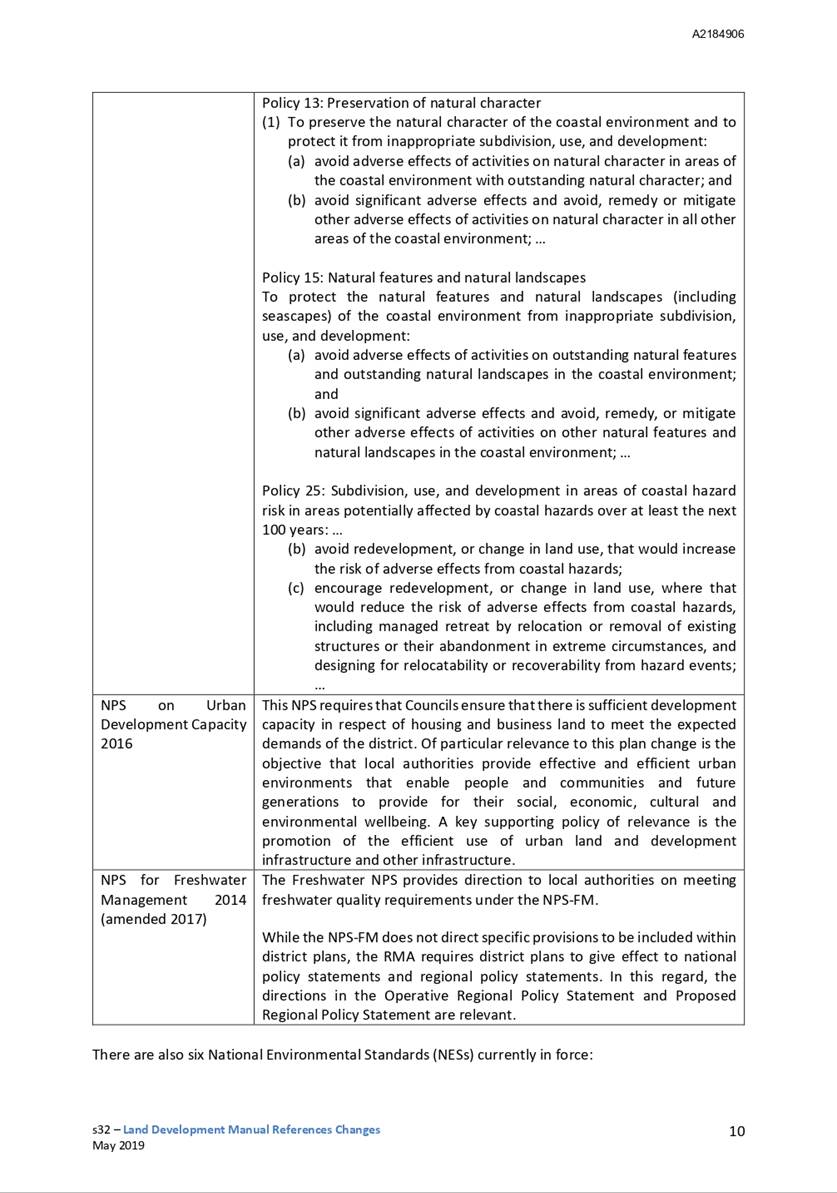

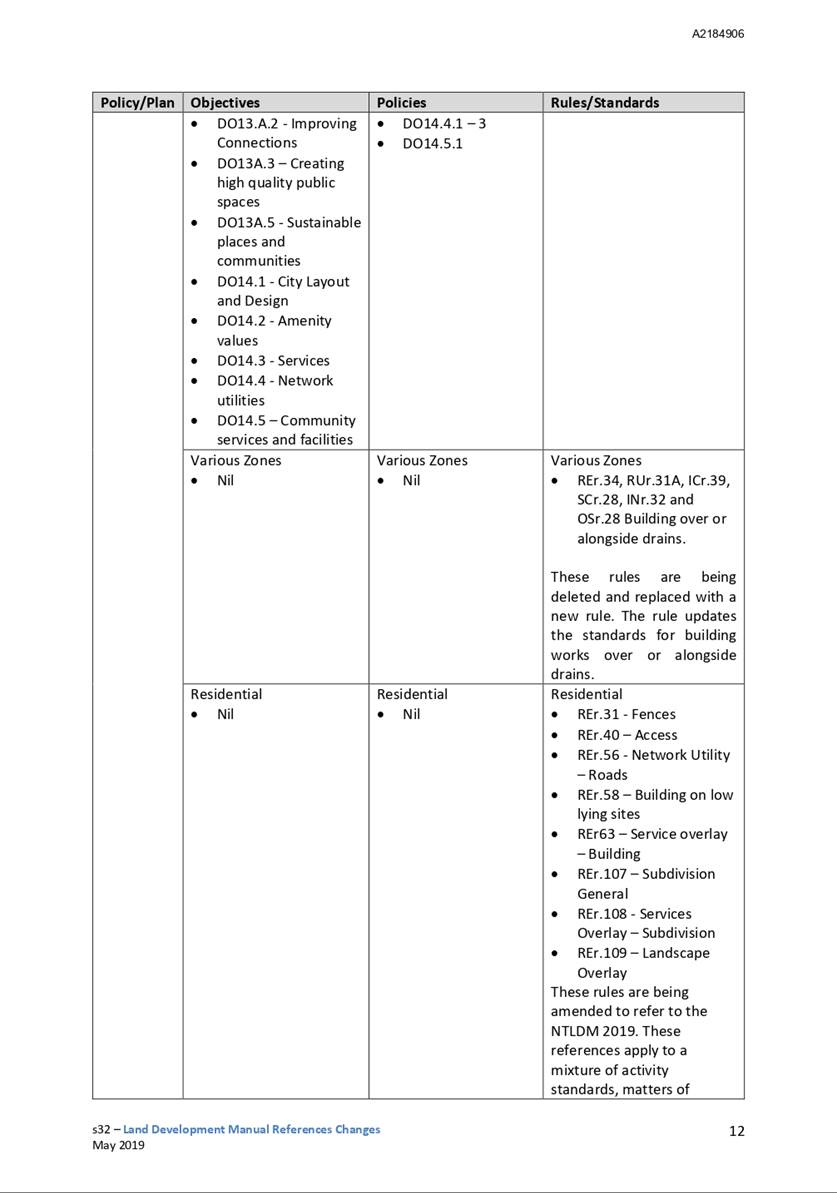
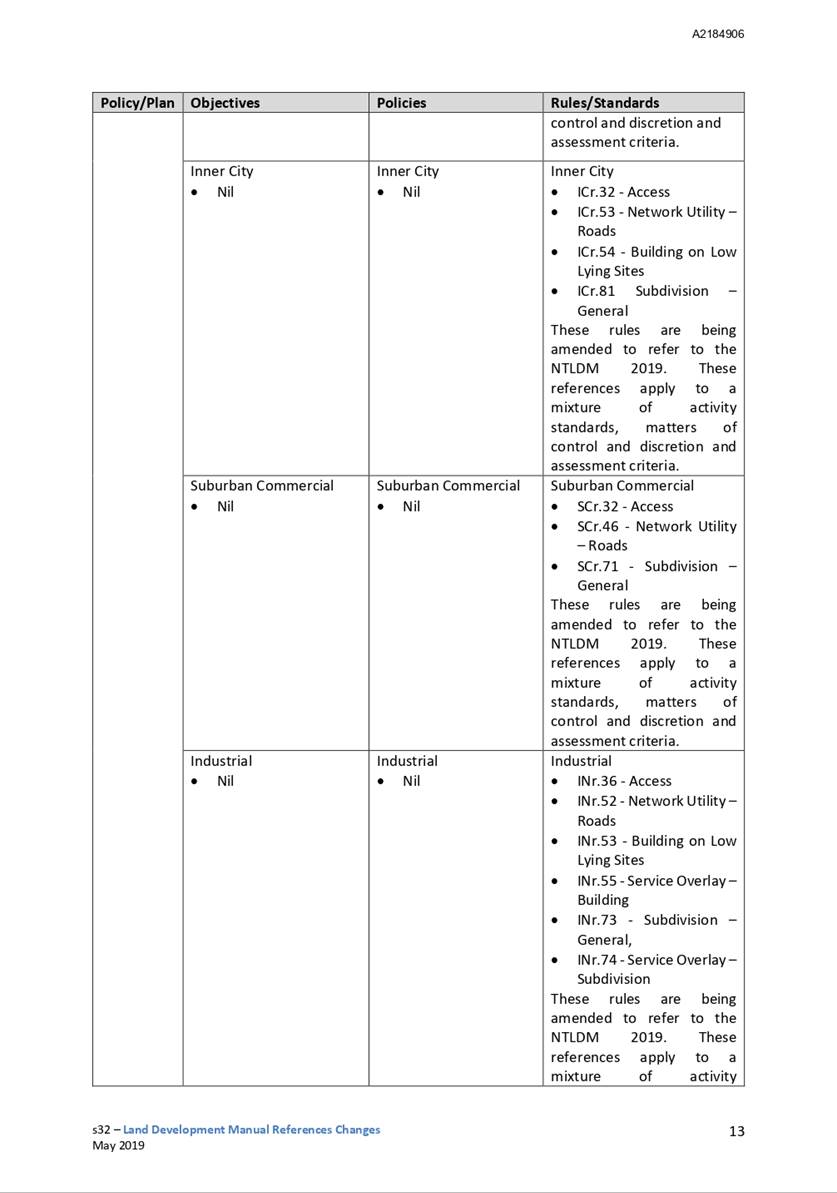

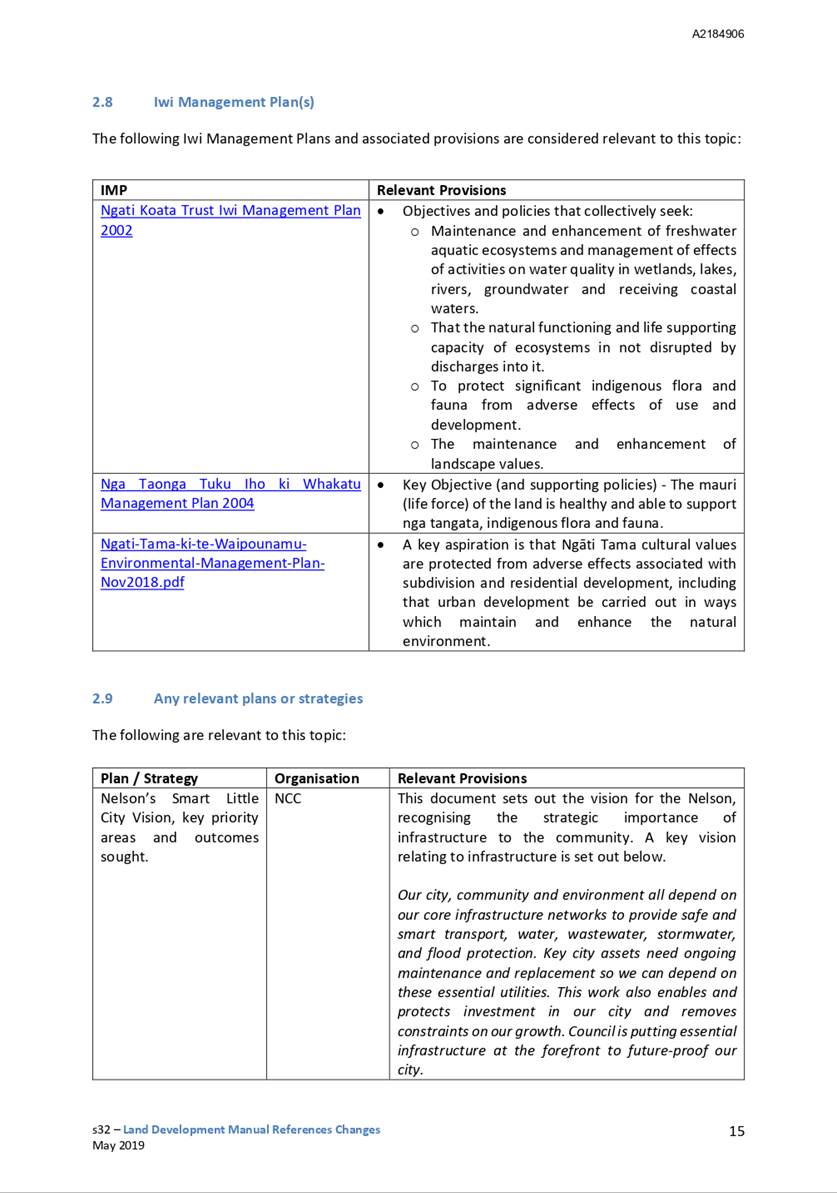




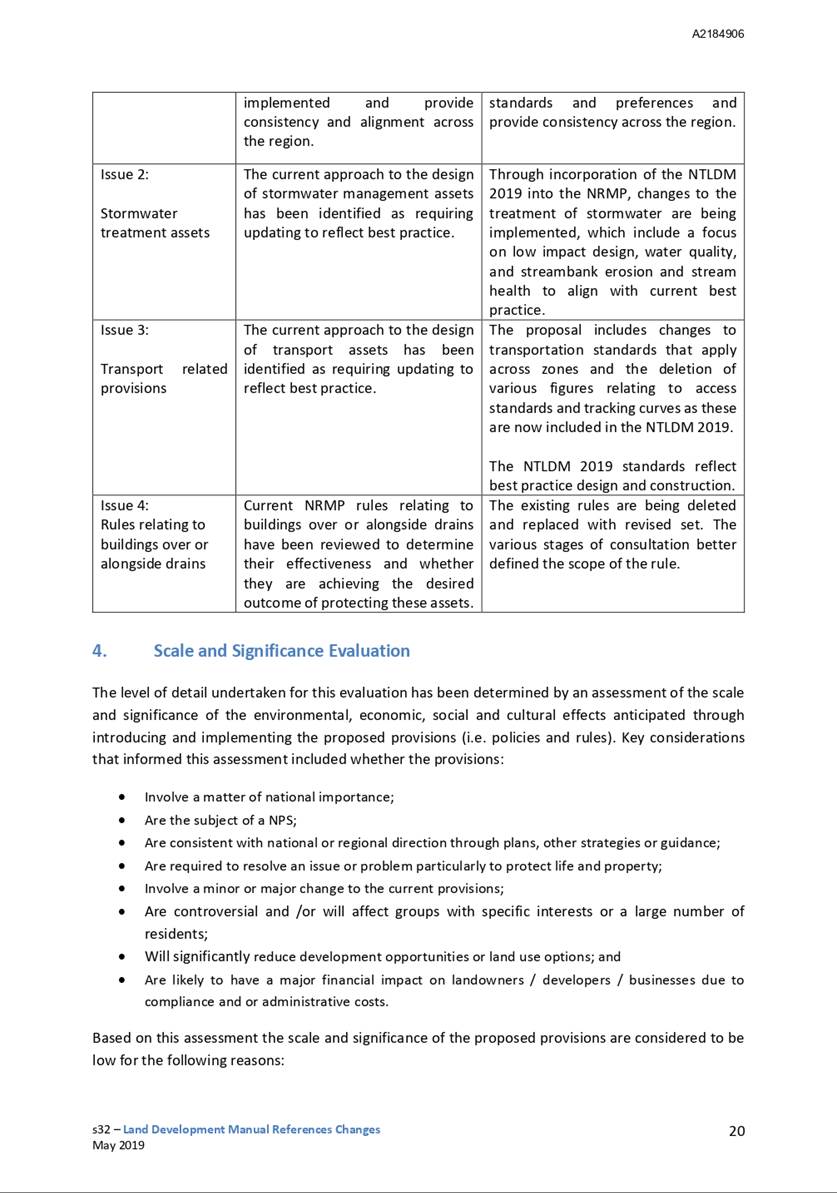
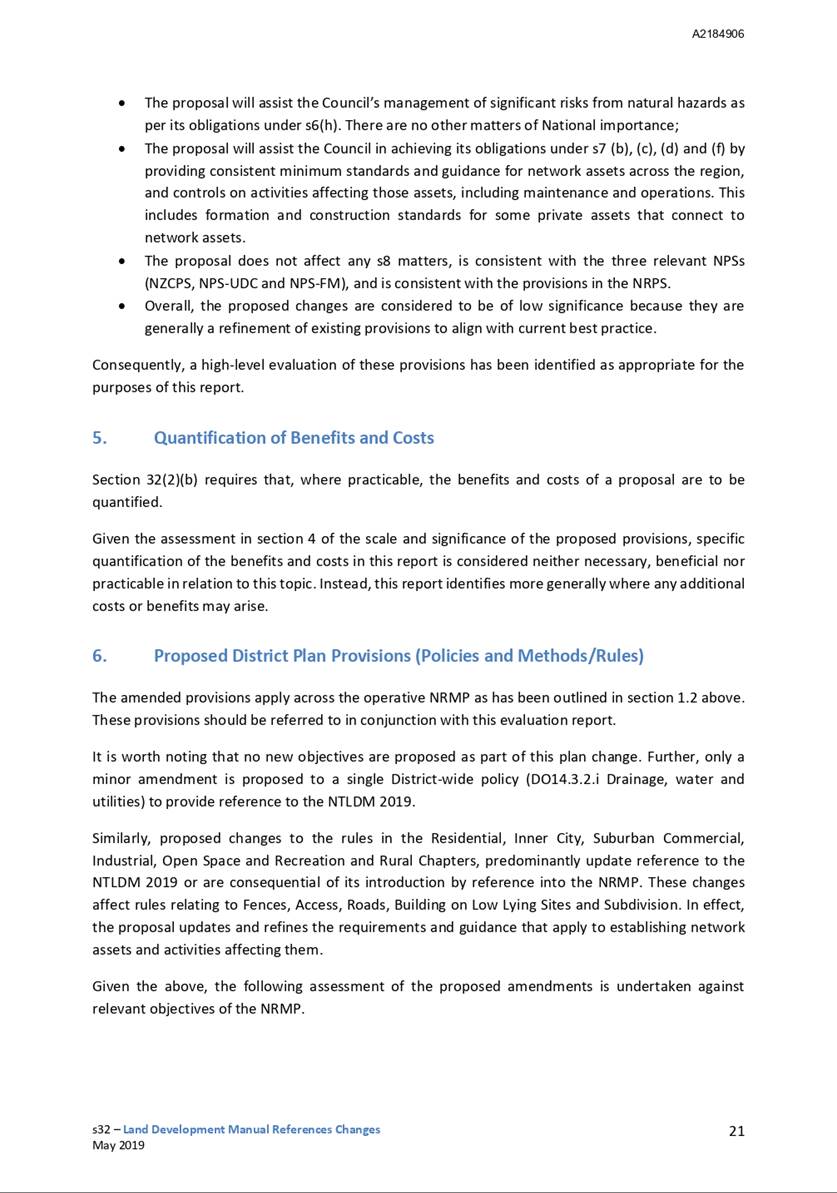
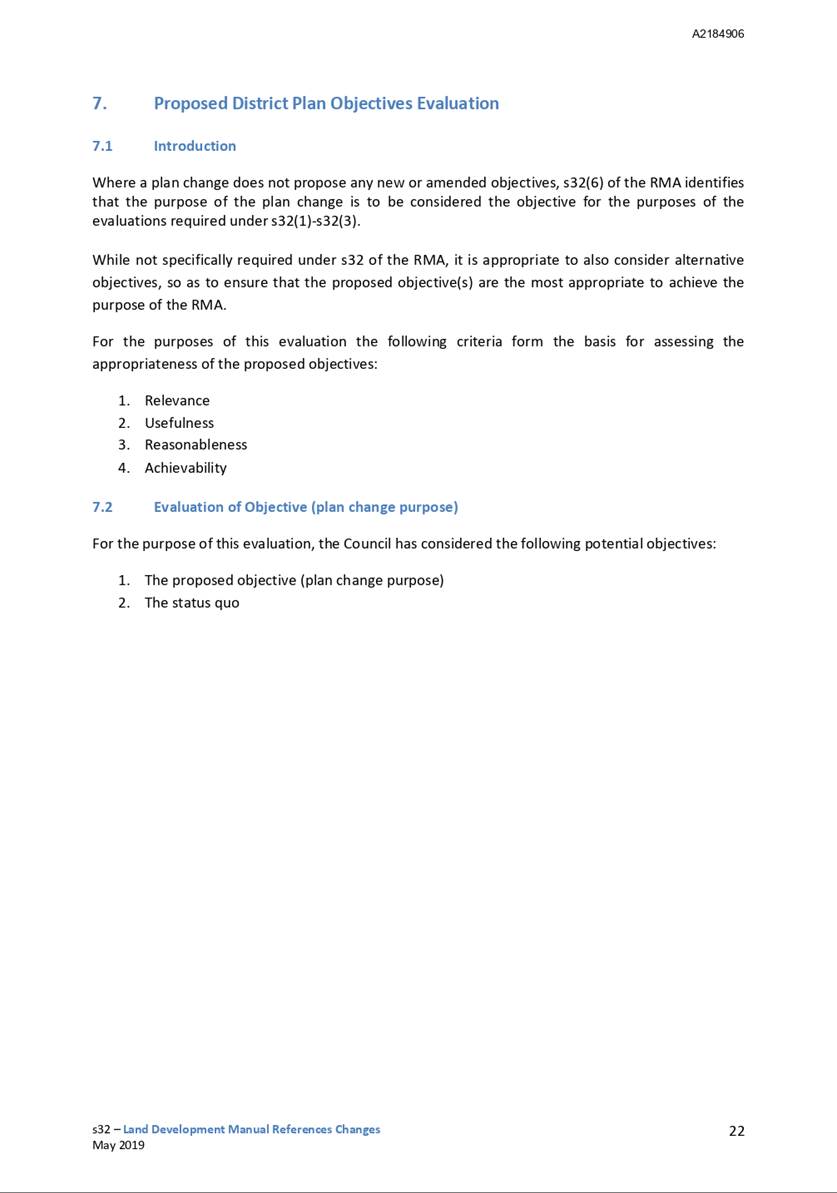
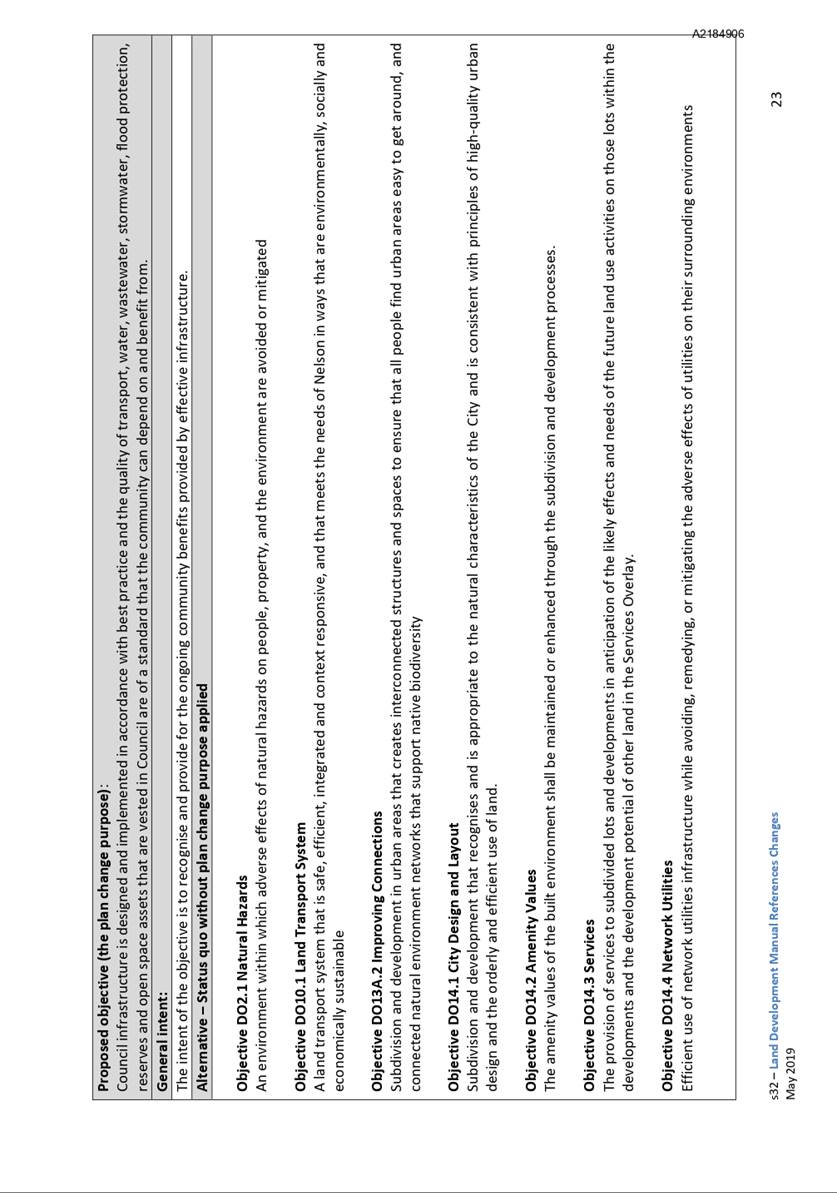



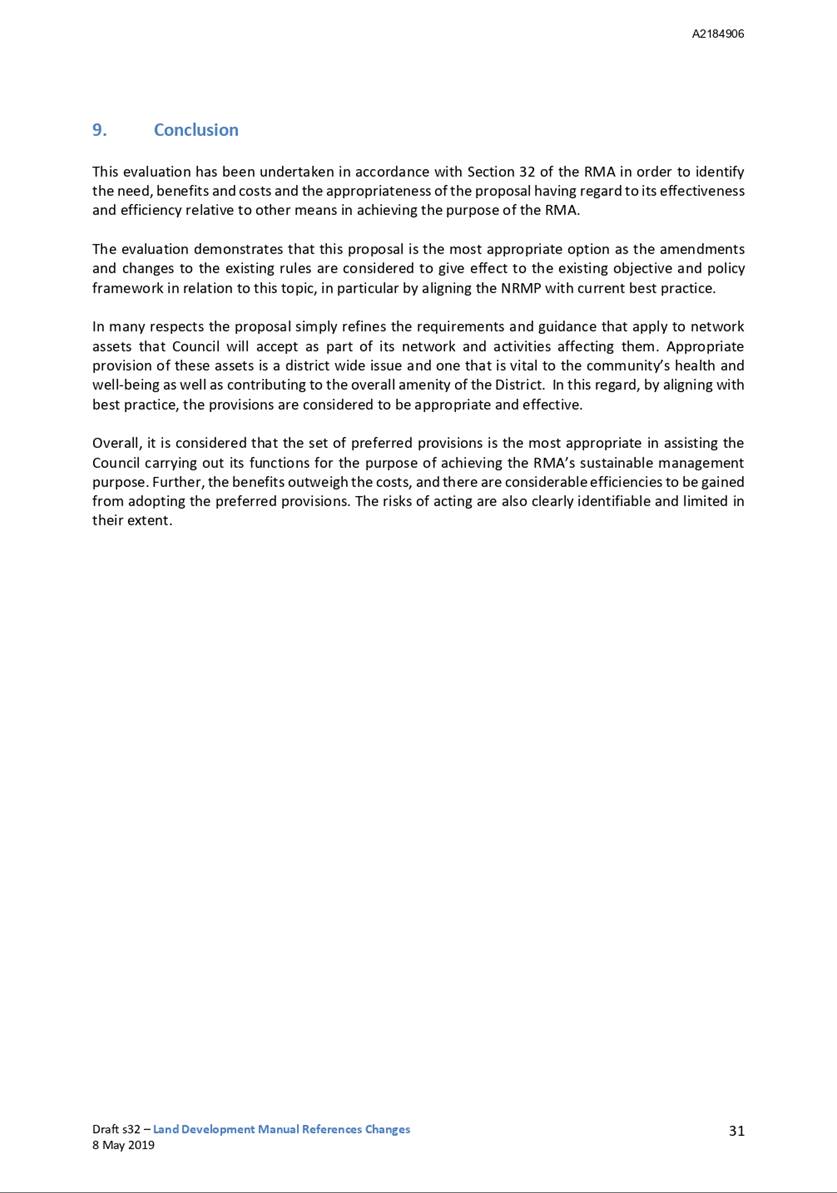
Item 9: Review of
Building Unit fees and charges
|

|
Planning and Regulatory Committee
28 May 2019
|
REPORT R10231
Review
of Building Unit fees and charges
1. Purpose
of Report
1.1 To
seek approval for Building Unit fees and charges to commence from 1 July 2019.
2. Summary
2.1 A
review of Building Unit fees and charges has identified an increase in the
staff hourly rates is warranted to cover CPI increases since 2016 when fees and
charges were last changed.
3. Recommendation
|
That the Planning and Regulatory Committee
1. Receives
the report Review of Building Unit fees and charges (R10231) and its attachments (A2145308,
A2183274, and A2183512).
|
Recommendation to Council
|
That the
Council
1. Approves the fees and charges
as proposed in Attachment 1 (A2145308) of Report R10231 to be effective from
1 July 2019.
|
4. Background
4.1 The
Building Unit provides revenue for Nelson City Council through the fees and
charges levied for the regulatory service work the Building Unit undertakes.
The current fees and charges were implemented on 1 July 2016 on an ‘until
further notice’ basis as at that time annual reviews were encountering
minimal changes.
4.2 The
setting of the fees and charges for building consents and other related
services is covered under section 240 of the Building Act 2004:
Building consent authority
may impose fee or charge and must collect levy
(1) A building consent
authority—
(a) may impose a fee or charge
(or both) payable by a member of the public—
(i) in relation to a building
consent; and
(ii) for the performance of any
other function or service under this Act; and
(b) must collect the levy for
which an applicant is liable to pay to the chief executive under section 53.
(2) If a fee, charge, or levy
is payable to a building consent authority for the performance of a function or
service under this Act, the building consent authority may refuse to perform
the function or service, unless the fee, charge, or levy is paid.
4.3 The
Building Act 2004 delegates the setting of fees and charges to the Building
Consent Authority and does not require consultation with the public. Additionally
the Council Officer Delegations Register states the following;
|
F2
|
Fees and
charges
|
|
|
|
Setting
of fees and charges, including for permits and licences, within the
respective areas of responsibility for each officer position, within the
parameters of the policies set by Council.
|
CE
CM
Corporate Services
GM
Environmental Management
GM
Community Services
GM
Infrastructure
GM
Strategy and Communications
Manager
Consents and Compliance
Manager
Building
|
4.4 Council
officers have delegated authority to set fees and charges however officers are
seeking approval from Council via the relevant Committee as the proposed
increases to fees and charges are above the annual CPI level.
5. Discussion
5.1 The
2016 Building Unit fees and charges have provided sufficient financial
recovery, based on the Revenue and Financial Policy, that requires the Building
Unit to achieve 60% to 80% user pays recovery and 20% to 40% rates funded.
Since 2016 this was:
a. 2016/2017
(76% recovery achieved); and
b. 2017/2018
(78% recovery achieved).
Please note the levels of
recovery have been elevated due to a number of high value building consents
(Nelson Airport, Cawthron, Port Nelson), Building Unit vacancies and a one-off
transfer of accrual funds from prior years’ consent deposits. Removing
the effects of these items, the recovery is nearer to 70% on average.
5.2 Work
undertaken to align the customer service experience with Tasman District
Council and a review of other Council fees has highlighted that Nelson Building
Unit fees and charges are low in some areas compared to the industry. In
addition, with the adoption of the AlphaOne system there is an annual cost of
that service of approximately $125,000 which needs to be recovered. The
benefits of the AlphaOne system largely sit with the user as it is an end to
end system designed to work for the client and therefore the costs should, in
terms of fairness, sit with the user. To fully cover this cost as well as
meeting the forecasted Annual Plan income for 2019/20 the increase in fees and
charges would need to be 9%.
5.3 The
hourly charge out rate for staff time has not changed since 2016. The combined
CPI increase since then results in a 5.1% increase. The current per hour
rates are:
a. $95 for
Building Control Admin (BC Admin); and
b. $125
for all Building Control Officers (BCOs).
5.4 The
table below provides comparative hourly rates for Building Control Officers and
Building Control Administration Officers across other similar Building Consent
Authorities:
|
Council
|
Hourly Rate Advised (Website)
|
|
Palmerston North
|
$178 Building Control
Officer
|
$111 Admin Officer
|
|
New Plymouth
|
$165 Building Control
Officer
|
$149 Admin Officer
|
|
Christchurch
|
$210 Building Control
Officer
|
$120 Admin Officer
|
|
Napier
|
$160 Building Control
Officer
|
$ 75 Admin Officer
|
|
Selwyn
|
$150 Building Control
Officer
|
$ 85 Admin Officer
|
|
Tasman
|
$157 All Officers
|
$157 All Officers
|
5.5 Applying
the 5.1% increase will result in a proposed increased hourly rate from:
a. $95 to
$100 ($4.84 rounded up) for BC Admin;
b. $125 to
$133 ($6.37 rounded up) for BCOs.
5.6 This
is a reasonable increase when compared to a flat $157 per hour rate levied by
Tasman District Council on all officer time, as shown in the table above, and
local and national industry rates. In addition, and of significance is
that with accounting for the AlphaOne costs and what has been forecast for
recovery in the Annual Plan the actual increase should be in the order of
9%. In that context a 5.1% increase is reasonable.
5.7 Attachments
1, 2 and 3 provide background information on the new fee levels, information on
the Tasman District Council’s fees, and a summary of the changes from the
current to proposed fees.
6. Options
6.1 The
options are to approve the proposed changes (the preferred option) or to keep
the status quo and not approve the proposed changes.
|
Option 1: Approve the proposed
changes to Building Unit fees and charges (preferred option)
|
|
Advantages
|
· An
increase in charges will better ensure the Revenue and Finance Policy and
budgeted income levels are met
· The new
staff hourly rate is more consistent with other Council charges
|
|
Risks and Disadvantages
|
· The
increase may result in customer dissatisfaction with the charges
|
|
Option 2: Do not approve
changes to the fees and charges (status quo)
|
|
Advantages
|
· Less
potential for customer dissatisfaction with the costs
|
|
Risks and Disadvantages
|
· Income
from fees and charges may not meet budget or the Revenue and Finance Policy
levels
· Fees
and charges are less consistent with local and national industry levels
|
7. Conclusion
7.1 In
response to the findings of the review, the fees and charges have been updated
to reflect national industry rates.
7.2 The
proposed new fees and charges will increase the recovery of costs from the
user.
7.3 The
new fees and charges are planned to be implemented on 1 July 2019.
8. Next
Steps
8.1 Should
the proposed fees and charges be approved staff will communicate the changes
and reasons to the public and building professionals and update the Council
website when the charges take effect.
Author: Clare
Barton, Group Manager Environmental Management
Attachments
Attachment 1: A2145308
Proposed Building Unit fees and charges ⇩
Attachment 2: A2183274
Tasman District Council draft schedule of charges 2019/20 ⇩
Attachment 3: A2183512
Nelson City Council proposed charges 2019 compared to 2016 charges ⇩
|
Important
considerations for decision making
|
|
1. Fit
with Purpose of Local Government
The review of fees and charges ensures the delivery
of regulatory functions are cost-effective for households and businesses.
Those who receive the benefit of the service pay also largely meet the costs
of that service.
|
|
2. Consistency
with Community Outcomes and Council Policy
The efficient provision of regulatory services
supports the Community Outcome that our communities are healthy, safe,
inclusive and resilient.
|
|
3. Risk
There is some
risk that customers may object to the increased charges which may have
reputational consequences. Communicating reasons and comparisons for changes
to charges reduces the level of risk in adopting the proposed fees and
charges to minor. Council also has the ability to revisit fees and charges at
any time.
|
|
4. Financial
impact
Proposed changes to fees and charges is more likely
to meet income levels anticipated by the Long Term Plan and the Revenue and
Finance Policy.
|
|
5. Degree
of significance and level of engagement
This matter is of low significance because the
Revenue and Finance Policy which provides guidelines for fees and charges has
been set through the Long Term Plan. Therefore no engagement, feedback or
consultation is proposed for this report.
|
|
6. Inclusion
of Māori in the decision making process
No engagement with Māori has been undertaken in
preparing this report.
|
|
7. Delegations
Officers have delegation to set Building Unit fees
and charges but seek approval from the Planning and Regulatory Committee
6.3.1 Areas of Responsibility:
· Building
Control
6.2.3 Powers to Recommend:
· Any other matters within the areas of
responsibility noted above or such other matters referred to it by the
Council
|
Item 9: Review of Building Unit fees and charges: Attachment 1

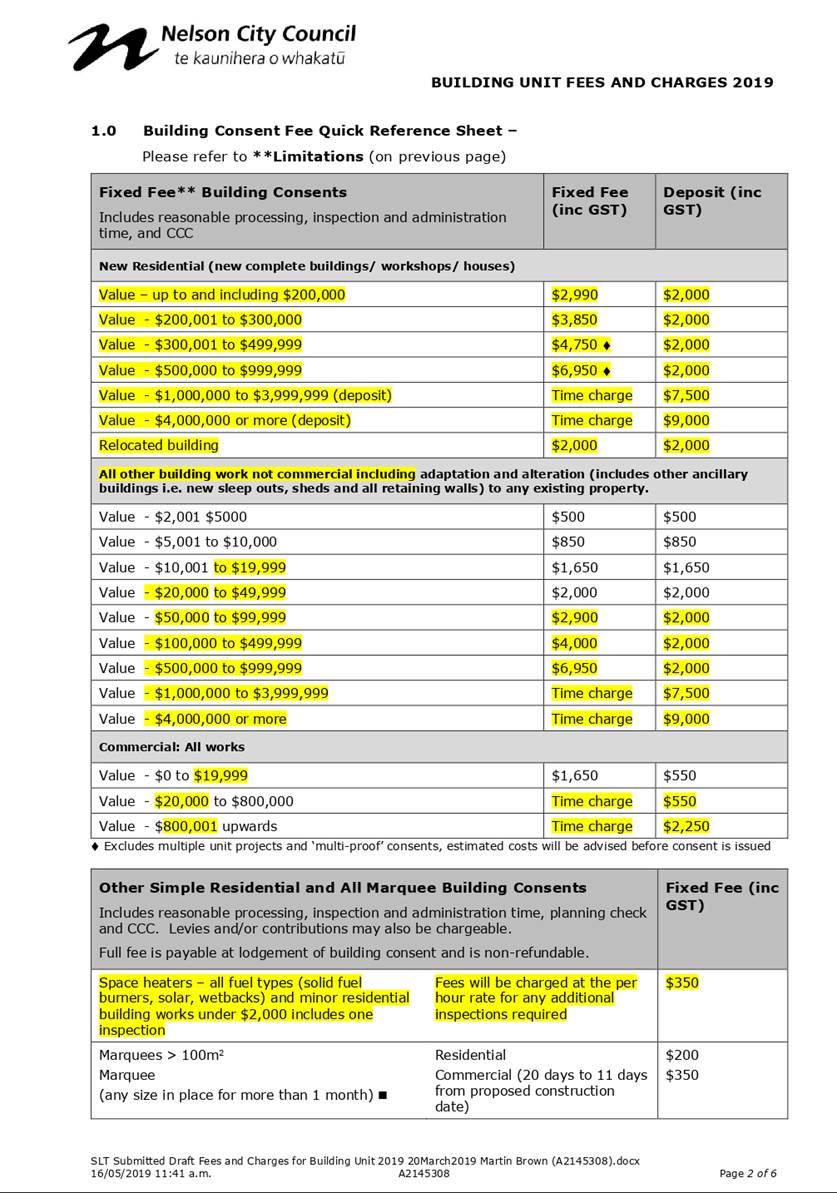


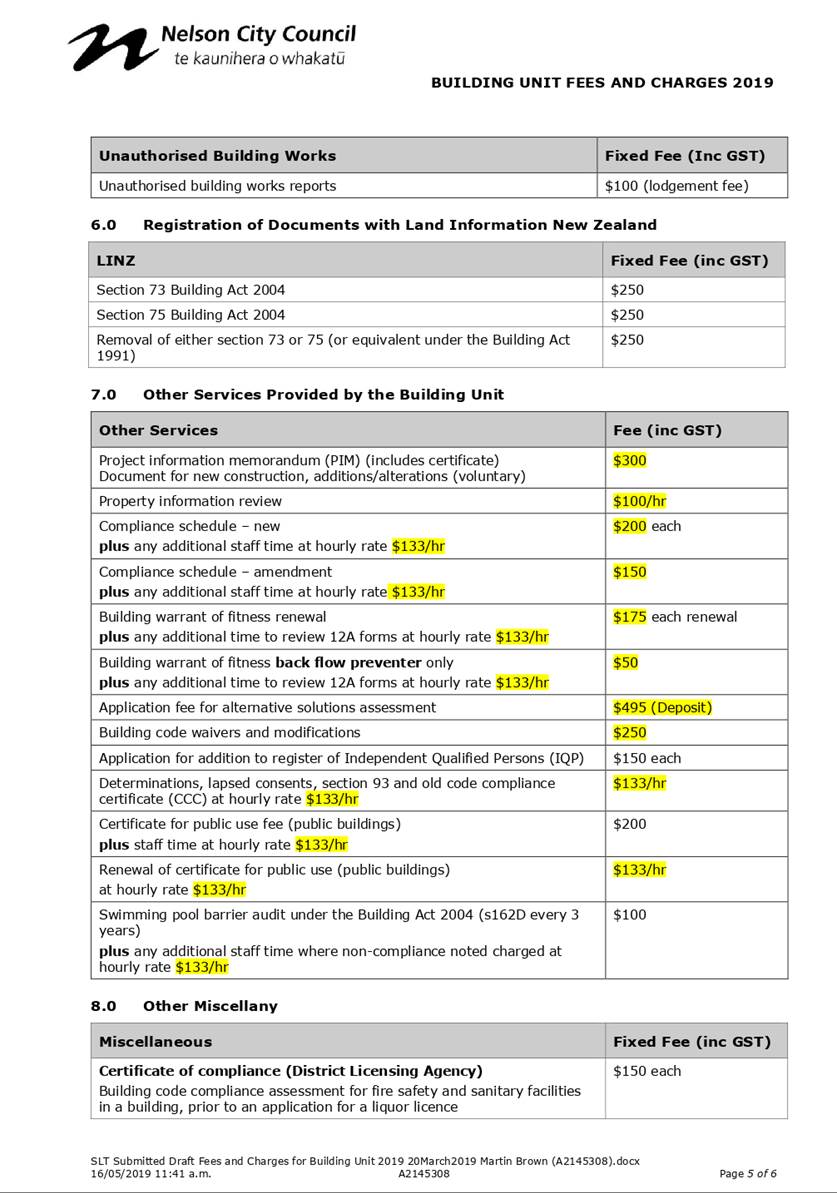

Item 9: Review of
Building Unit fees and charges: Attachment 2
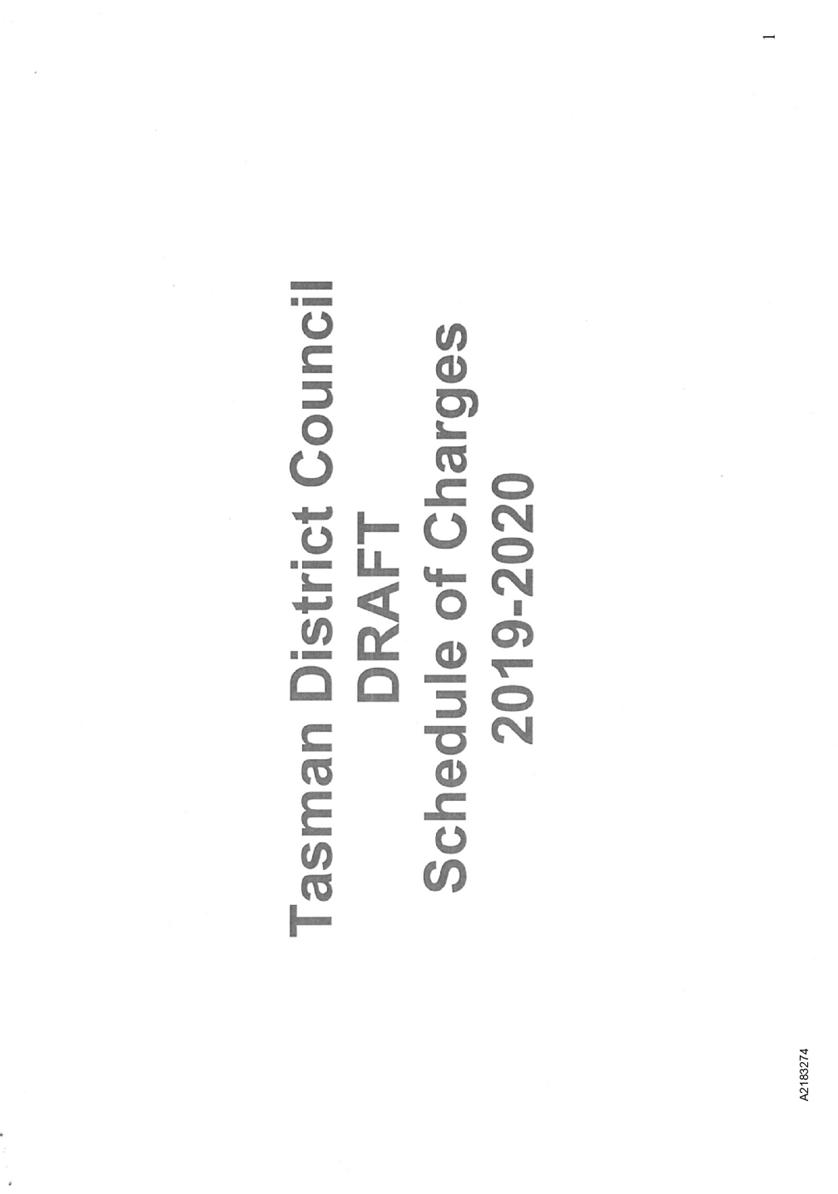
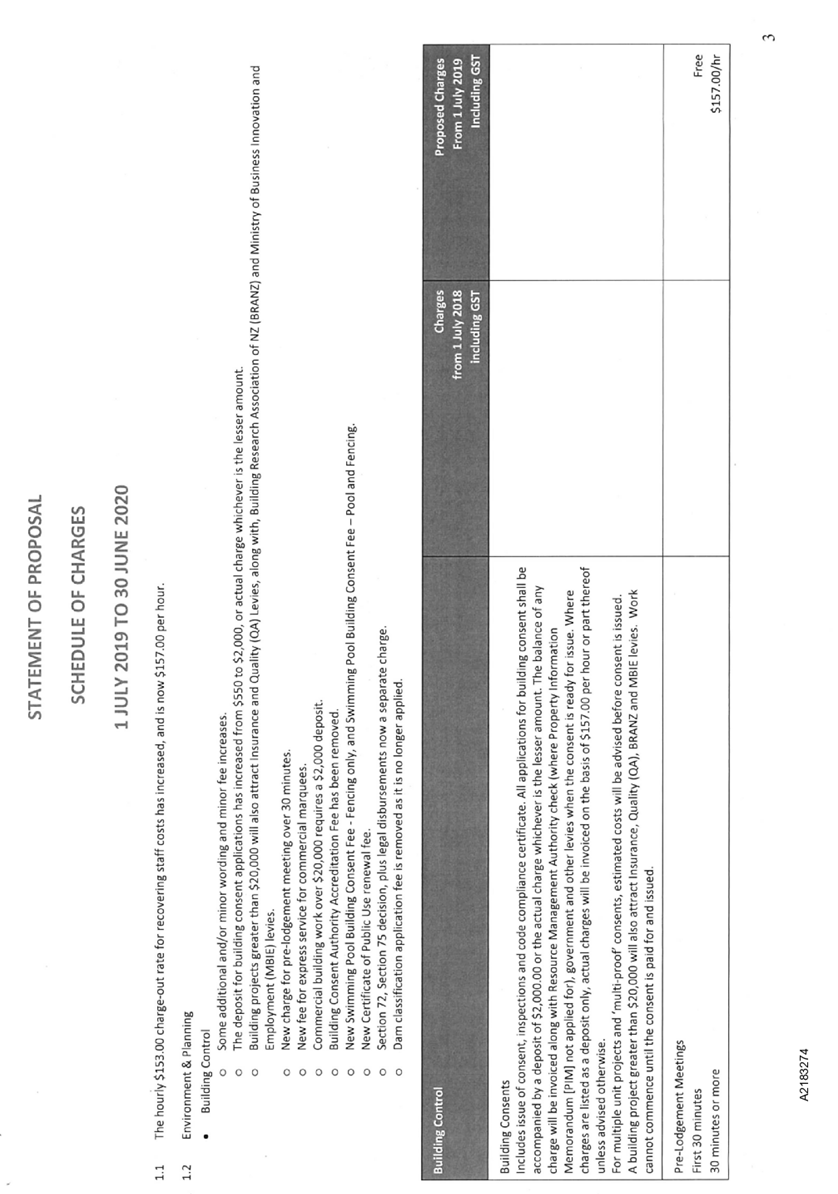
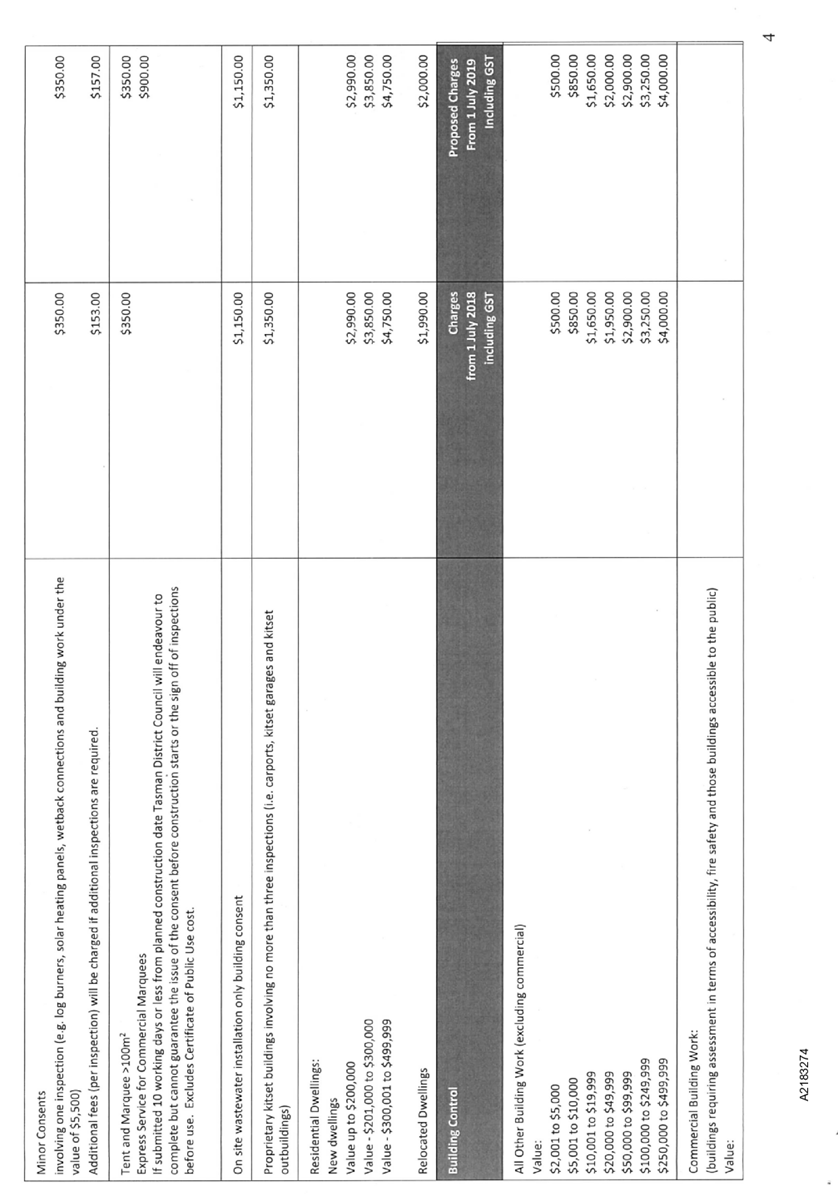

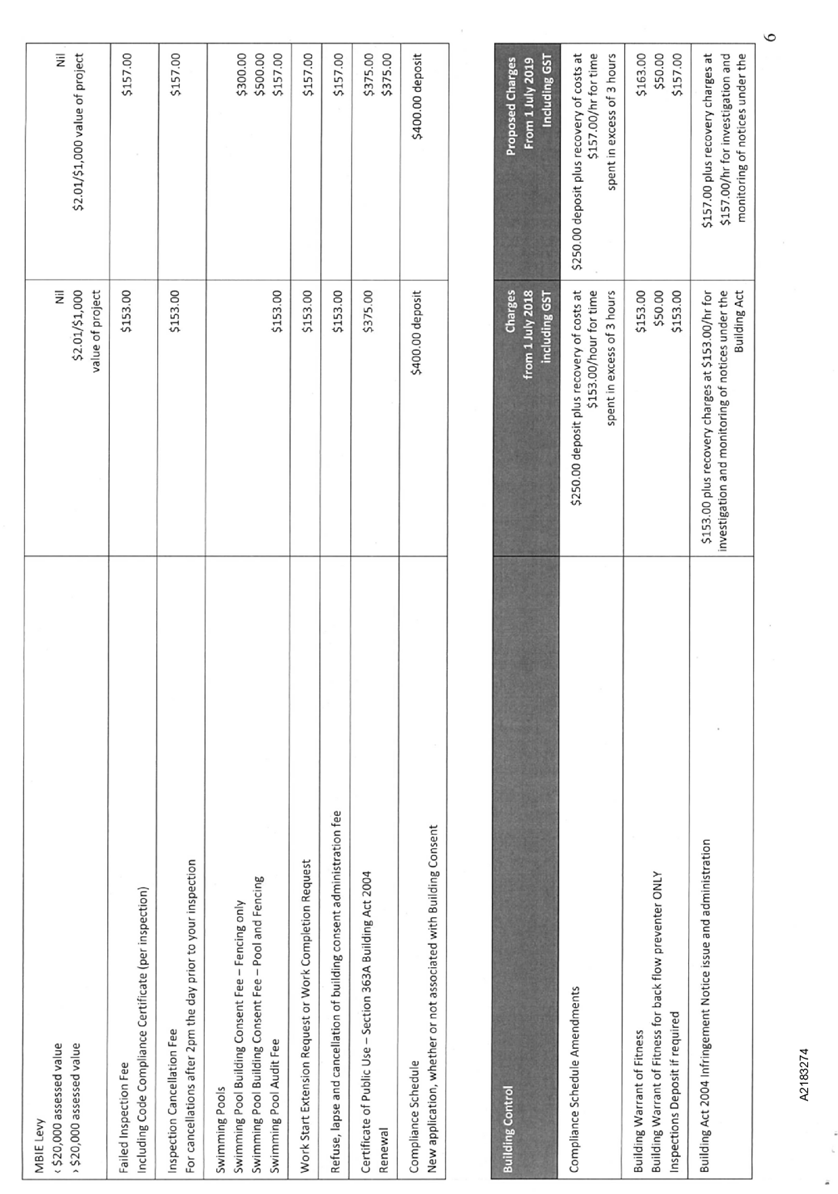
Item 9: Review of
Building Unit fees and charges: Attachment 3


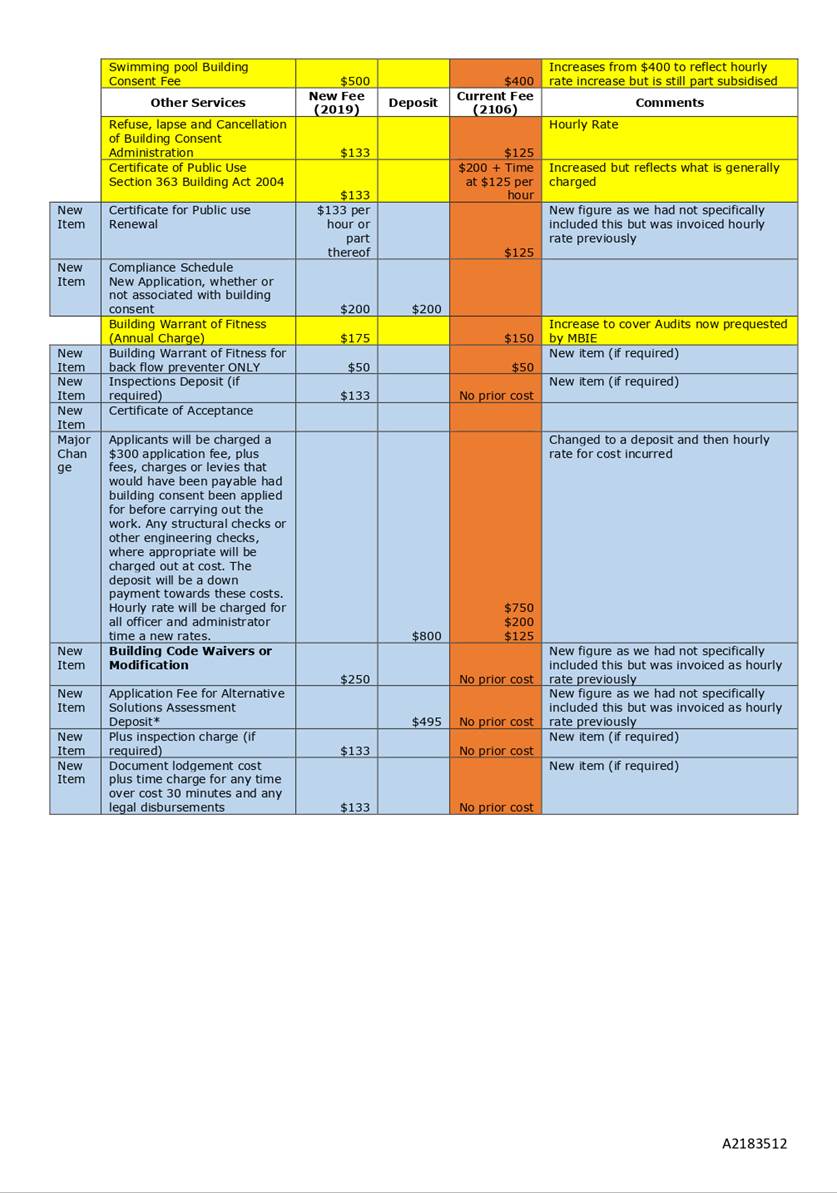
Item 10: Navigation
Safety Bylaw review
|

|
Planning and Regulatory Committee
28 May 2019
|
REPORT R10159
Navigation
Safety Bylaw review
1. Purpose
of Report
1.1 Following
a review of the Navigation Safety Bylaw 2012 (No. 218), (the Bylaw), the report
recommends the Bylaw be amended and a Special Consultative Procedure (SCP)
commence for the proposed amendments.
2. Summary
2.1 This
report was considered by the Planning and Regulatory Committee at its meeting
on 4 April 2019. Officers were requested to amend the Statement of Proposal
(SOP) to better clarify:
· Exemptions for the
wearing of lifejackets
· Exemptions for the
two forms of communication
· Vessel
registration process and exemptions
· The meaning of
some terms
The SOP has been amended to
address these matters.
2.2 Officers
were also asked to compare the proposed Bylaw with neighbouring bylaws to
achieve consistency where possible. The results of this comparison is provided
in sections 5.5 to 5.9 of this report.
2.3 Taking
into account the feedback of the Committee, officers consider that the
resulting changes is the most appropriate form of a bylaw and are reasonable
and justified under the New Zealand Bill of Rights Act 1990 (NZBORA).
3. Recommendation
|
That the Planning and Regulatory Committee
1. Receives
the report Navigation Safety Bylaw review (R10159) and its attachments (R10026 and A2178235).
|
Recommendation to Council
|
That the Council
1. Notes the review of the
Navigation Safety Bylaw 2012 (No. 218); and
2. Determines amendments to the
Navigation Safety Bylaw 2012 (No. 218) are the most appropriate way of
addressing the navigation safety problems identified by the review; and
3. Determines the proposed
amendments to the Navigation Safety Bylaw 2012 (No. 218) are the most
appropriate form of bylaw and do not give rise to any implications under the
New Zealand Bill of Rights Act 1990; and
4. Determines a summary of the
Statement of Proposal Proposed Changes to the Navigation Safety Bylaw 2012
(No. 218) is not required; and
5. Adopts the Statement of
Proposal Proposed Changes to the Navigation Safety Bylaw 2012 (No.218)
(A2178235); and
6. Approves the commencement of
the Special Consultative Procedure (A2178235), with the consultation period
to run from 21 June to 24 July 2019; and
7. Approves the consultation approach
(set out in paragraphs 5.9 and 5.10 of Report R10026) and agrees:
(a) the approach includes sufficient steps to ensure
the Statement of Proposal will be reasonably accessible to the public and
will be publicised in a manner appropriate to its purpose and significance;
and
(b) the approach will result in the Statement of Proposal
being as widely publicised as is reasonably practicable as a basis for
consultation.
|
4. Background
4.1 The
previous report on this matter presented to the Planning and Regulatory
Committee on 4 April 2019, is Attachment one (R10026) to this report.
4.2 Section
155 of the Local Government Act 2002 (LGA) requires Council to determine
whether amendment, revocation or replacement of the bylaw is the most
appropriate way to address any perceived problems arising from the review and,
if so, whether the proposed changes are the most appropriate form of the bylaw
and gives rise to any implications under the NZBORA.
4.3 The
Committee requested some matters be clarified prior to the Committee receiving
the report at the next meeting.
5. Discussion
5.1 The
original assessment of any implication under section 155 of the LGA and the
NZBORA in sections 5.4 and 5.5 of the previous report (R10026) is not changed
by the additional considerations contained in this report. A bylaw is
considered an appropriate way of managing a range of water based activities to
minimise harm to people and property. The limitations in the Bylaw are designed
to restrict people’s movement and behaviour as little as is reasonably
required to protect life and property. The proposed limitations are therefore
considered reasonable and justified under the NZBORA.
5.2 The
key matters requiring clarification were:
· Exemptions for the
wearing of lifejackets
· Exemptions for the
two forms of communication
· Vessel
registration process and exemptions
· The meaning of
some terms
· Consistency with
neighbouring Council Navigation Safety Bylaws
5.3 Amended
maps have now been added to the SOP document including an update to Map 4 to
identify all of the marina area. Changes made to the SOP since the Committee
meeting on 4 April in relation to the first four bullet points are as follows:
|
SOP
Clause
|
Add,
amend or delete
|
Reason
|
|
2 b)
and 3 b)
|
Added
reference to exemptions for registration and there is no fee for registration
|
To
clarify vessels with a Yachting NZ registration do not need to separately
register their yacht and that registration does not have an associated cost.
|
|
2 e)
and 3 e)
|
Added
reference to exemptions for communications
|
To
clarify non-powered vessels less than six metres in length only need to carry
at least one form of distress signal as these vessels are unlikely to travel
long distances and it would be impractical for some small vessels to carry
two forms of communication
|
|
2
|
Delete
the reference “to fishing”
|
The
Harbourmaster may need to close areas for other sorts of activities to avoid
clashes
|
|
3 a)
|
Added
to the exemptions for the wearing of lifejackets
|
Paddle
craft riding waves or paddling between Tahunanui beach and the black buoys
are in shallow water and have the same risk as swimmers or surfers
|
|
3 d)
|
Amended
the word “nominating” to identifying
|
The
word nominate suggests a process is involved in appointing a person to be in
charge of a vessel. The outcome required is simply for people to identify who
is in charge and responsible for the safety of everyone on board
|
|
Bylaw
Clause
|
Add,
amend or delete
|
Reason
|
|
Definition
for surf board
|
Delete
“stand up paddle board”
|
The
paddle craft definition includes stand up paddle boards
|
|
Definition
for vessel
|
Delete
“used in navigation”
|
The
term can be confusing and is not necessary
|
|
2.7
f) i)
|
Amend
the reference from a stand up paddle boarder to paddle craft. Include the
Tahunanui beach to black buoys area as exempt from wearing lifejackets
|
The
reference change is to match the definitions. The area between the black
buoys and the beach is shallow waters and has the same level of risk as
swimmers so paddle craft in this area can be exempt from wearing lifejackets.
|
|
2.19
|
Transfer
the reference of the Harbourmaster being able to close areas of the harbour
from clause 3.14
|
This
clause was under the fishing activity previously but closing areas of the harbour
can be for various reasons to prevent activities clashing or colliding
|
|
2.26
c)
|
Add a
clause to exempt Yachting NZ registered vessels. Amend the registration from
with the Harbourmaster to Nelson City Council
|
Yachting
NZ vessels are already registered and do not need to be separately
registered. The process of registration is to be administered by Council to
keep the harbourmasters time dedicated to patrols rather than administration
as much as possible.
|
|
2.27
a)
|
Amend
the word “nominated” to identified
|
The
word nominated suggests a process is involved in appointing a person to be in
charge of a vessel. The outcome required is simply for people to identify who
is in charge and responsible for the safety of everyone on board
|
|
2.28
d)
|
Add a
clause exempting non-powered vessels less than six meters in length from
carrying two forms of communication
|
Small
vessels need to carry at least one form of distress signal to attract
attention should people need help. These vessels are unlikely to travel long
distances and it would be impractical for some small vessels to carry two
forms of communication
|
|
6.9
e)
|
Add
an advisory function to the Navigation Safety Officer position
|
Currently
this role is proposed to assist with land based safety checks but there could
be other advisory or education tasks also
|
Registration of
vessels
5.4 The
purpose of having a register for vessels is:
a) to
more quickly identify the owner in search and rescue situations; and
b) to
warn or infringe the owner at a later date when approaching the vessel at the
time of breaching rules was not safe or possible.
5.5 Registration
is free for boat owners and the register will be a simple spreadsheet. There is
capacity in the resource consents administration team to set this up. Capturing
the details online will be investigated to make the registration as easy as
possible for boat owners. As a minimum there will be an email address on the
Council’s website to provide vessel registration details. Costs to the
Council will therefore be minimal and mainly staff time to establish and
maintain the register.
Consistency with
neighbouring bylaws
5.6 Tasman
District Council reviewed its Bylaw in 2015 and does not need to review the
Bylaw for another ten years. Tasman does not require the wearing of lifejackets
only that they be carried. Tasman also does not require the registration of
vessels.
5.7 Marlborough
District Council reviewed its Bylaw in 2017 and proposed lifejackets to be worn
in vessels less than six metres in length and the registration of jet skis.
Consultation and a hearing has occurred but final decisions have not been made.
5.8 It
is acknowledged vessels travel between Nelson and Tasman waters frequently and
while it would be preferable to have similar bylaw provisions, national safety
campaigns promote the wearing of lifejackets on smaller vessels no matter where
they are. Wearing a lifejacket rather than just having them on board will
prevent the loss of life when accidents occur.
5.9 Safety
checks conducted over the summer shows that over 80% of people in vessels less
than six metres in length are already wearing lifejackets. Many of these people
would also journey into Tasman waters. While the proposed requirement to wear
lifejackets is different to Tasman it will only affect approximately 20% of the
small vessel population.
5.10 The
Harbourmasters Special Interest Group has been urging central government to
change national regulations requiring lifejackets be worn on smaller vessels.
In the interim Environment Canterbury, Waikato, Hawkes Bay, Otago and Southland
Navigation Safety Bylaws are examples of other bylaws requiring the wearing of
lifejackets on small vessels (with some exemptions).
6. Options
6.1 The
main options are to either:
· Determine that the
Bylaw should not be changed (option 1);
· Adopt the
Navigation Safety Bylaw statement of proposal in Attachment 2 for the special
consultation procedure (option 2); or
· Direct officers to
amend the statement of proposal (option 3).
6.2 The
preferred option is option 2.
|
Option 1: Determine the Bylaw
should not be changed
|
|
Advantages
|
· No
additional requirements for vessel owners
· No
staff time required to administer changes
|
|
Risks and Disadvantages
|
· The
Bylaw remains inconsistent with national regulations and safety campaigns
· The
Council will carry the risk of potentially not having done everything it
could to prevent water activity accidents
|
|
Option 2: Adopt the statement
of proposal for consultation
|
|
Advantages
|
· Consultation
can commence earlier to meet the timeframes required for reviewing bylaws
· Proposed
amendments are based on recommendations from officers administering and
enforcing the Bylaw and have been further clarified following the Committee
meeting on 4 April 2019
|
|
Risks and Disadvantages
|
· Some
vessel owners may oppose the proposed changes
· The
administration of the registering of the vessel may not be welcomed by vessel
owners and will take staff time to establish and maintain
|
|
Option 2: Direct officers to
amend the statement of proposal
|
|
Advantages
|
· Amendments
may reduce the potential level of opposition from vessel owners
|
|
Risks and Disadvantages
|
· Amendments
may not be consistent with national safety campaigns or regulations
· Delayed
consultation may result in not meeting Bylaw review timeframes
|
7. Conclusion
7.1 Since
the Planning and Regulatory meeting on 4 April 2019 the proposed changes to the
Bylaw have been clarified and amended to ensure all exemptions are captured and
the wording of clauses is clear. Proposed changes to the Bylaw seek to better
align Bylaw provisions with Maritime Rules and national safety campaigns to
enhance the safety of people involved in water activities.
8. Next
Steps
8.1 A
Special Consultative Procedure on the proposed changes will commence following
Council approval of the SOP to enable public feedback to be received on the
proposed changes. This feedback will help inform decision making on changes to
the Bylaw at a later Council meeting.
Author: Mandy
Bishop, Manager Consents and Compliance
Attachments
Attachment 1: R10026
Previous report ⇩
Attachment 2: A2178235
Navigation Safety Bylaw - Statement of Proposal ⇩
|
Important considerations for decision making
|
|
1. Fit
with Purpose of Local Government
Navigation safety is the responsibility of regional
councils and the recommendations in this report support the performance of
the Harbourmaster duties to ensure public safety.
|
|
2. Consistency
with Community Outcomes and Council Policy
Enhancing navigation safety ensures the Community
Outcome of having access to a range of social, education and recreational
facilities and activities namely high quality water sport activities. It also
ensures the safe operation of Port activities that support our region having
an innovative and sustainable economy.
|
|
3. Risk
Council is responsible for ensuring navigation
safety on our navigable waters. There is a moderate risk in not updating and
amending the Navigation Bylaw in accordance with current national provisions
and safety advice. The recommendations seek to enhance safety and reduce risk
to people involved in water activities. Reducing the potential for accidents
also reduces the risk to the environment from pollution. The risk in amending
the Navigation Bylaw as proposed is some people may resent the changes even
though they are designed for their own safety.
|
|
4. Financial
impact
The recommendations will require staff time to
administer the proposed changes but this is expected to be accommodated
within existing resources.
|
|
5. Degree
of significance and level of engagement
This matter is of medium significance because
proposed changes will impact on a number of recreational sea and river
activities. Therefore consultation will occur in the form of a special
consultative procedure.
|
|
6. Inclusion
of Māori in the decision making process
No engagement with Māori has been undertaken in
preparing this report.
|
|
7. Delegations
The Planning and Regulatory Committee has the
following delegations to consider
Areas of Responsibility:
· Considering
maritime and harbour safety control matters
· Bylaws
Powers to:
· Hear and
deliberate on submissions to proposed changes to the Bylaw
Powers to Recommend:
· The
statement of proposal for Bylaw consultation
· Final
decisions on any Bylaw changes
|
Item 10: Navigation Safety Bylaw review: Attachment 1
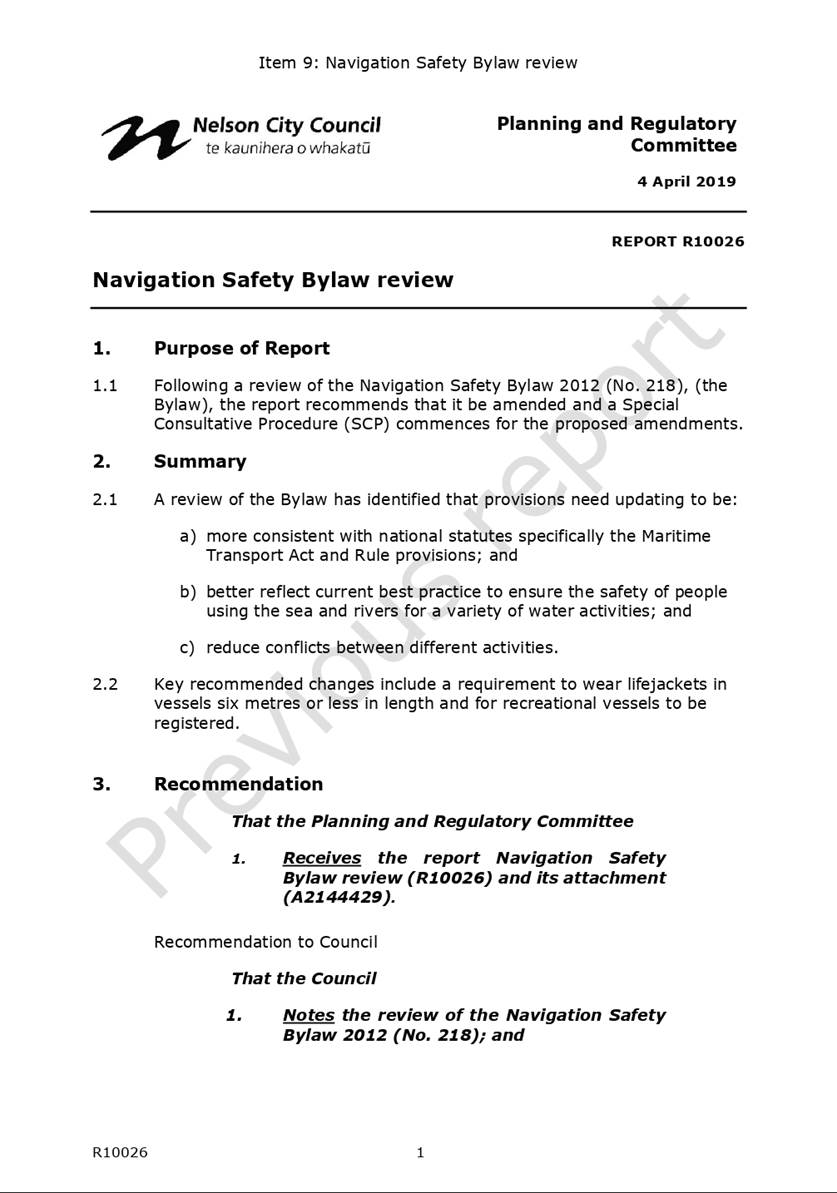
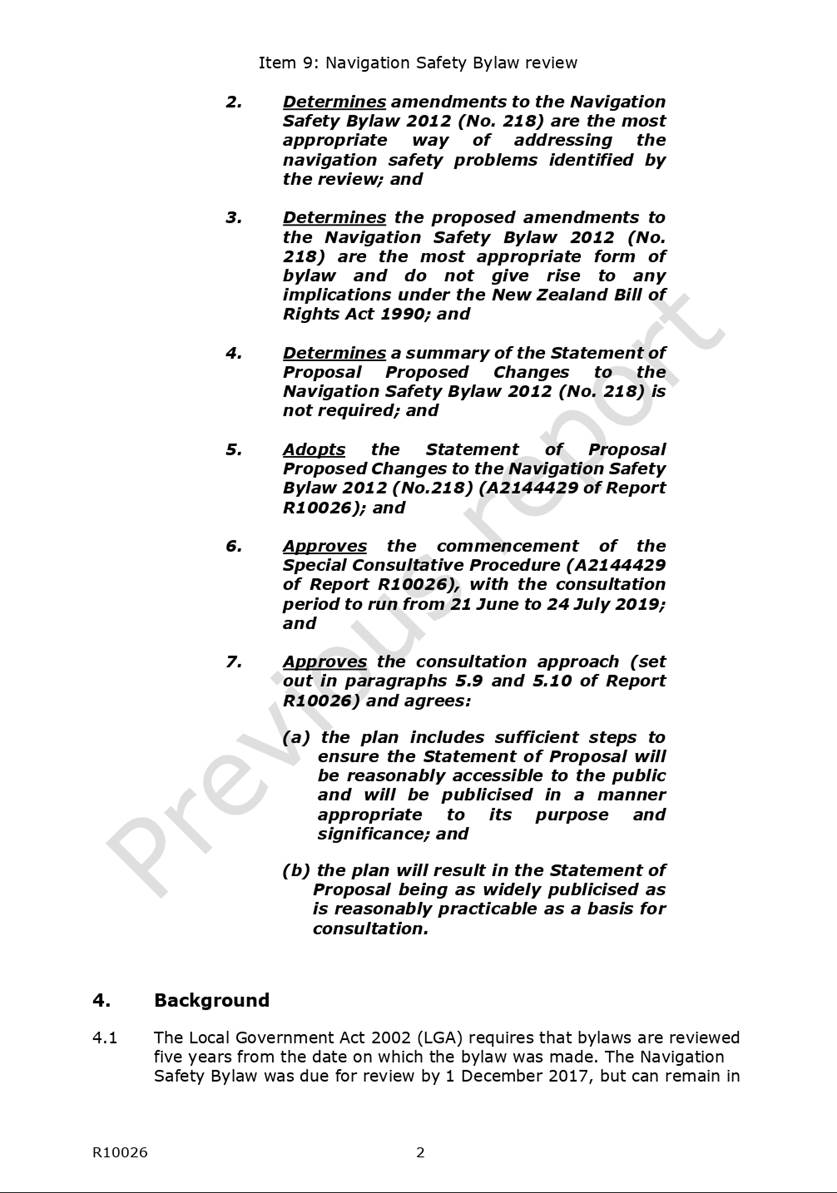
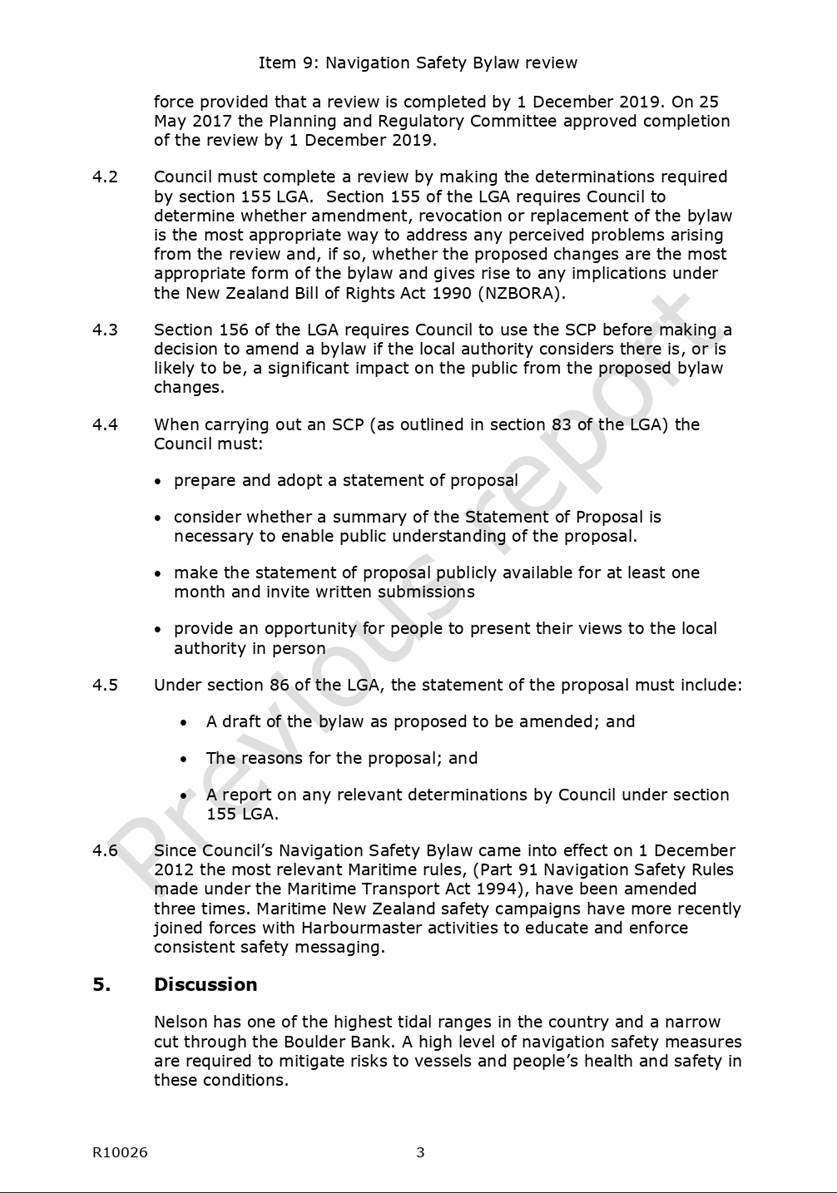

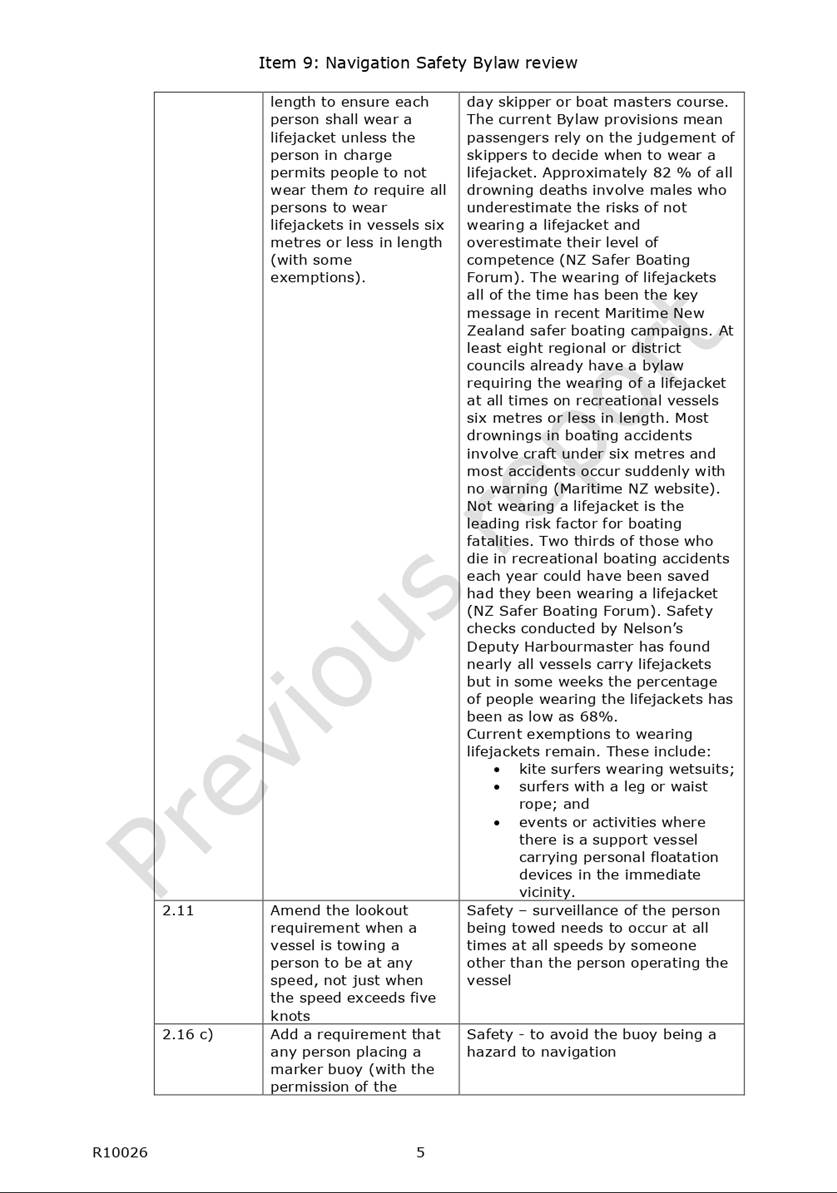
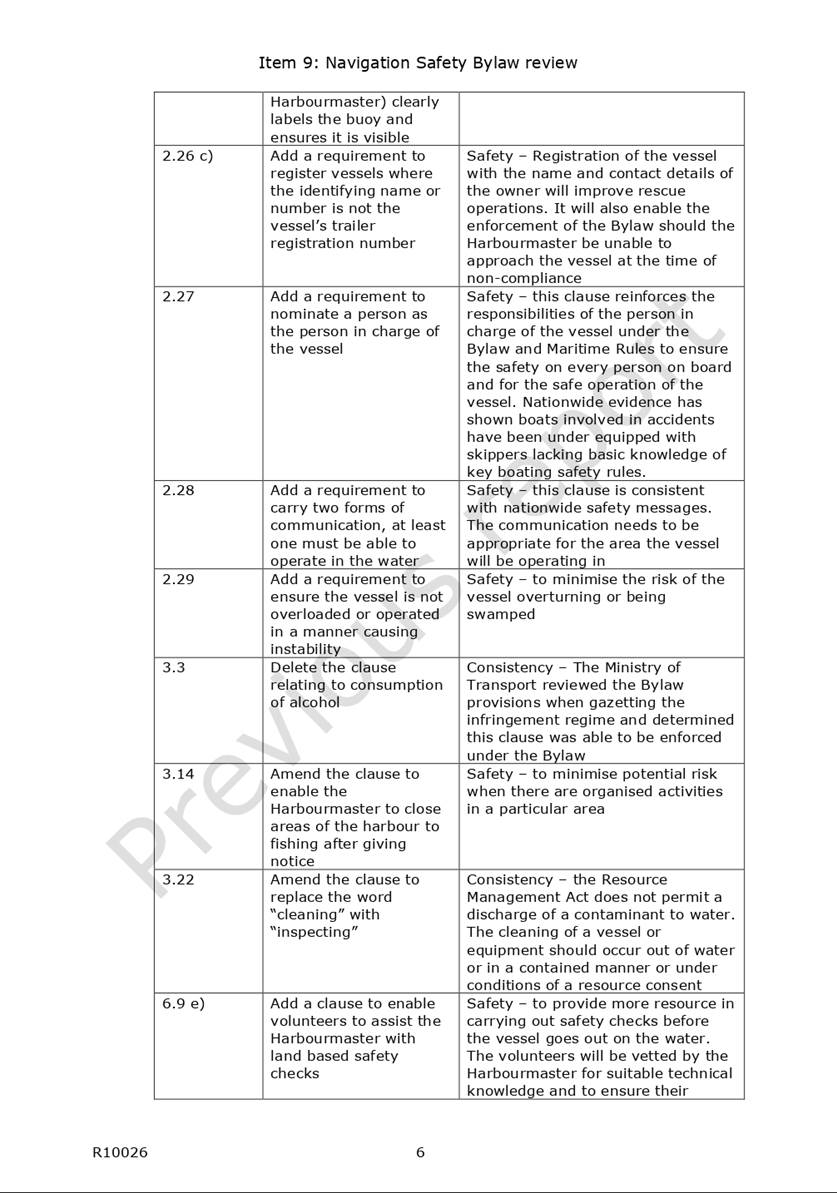

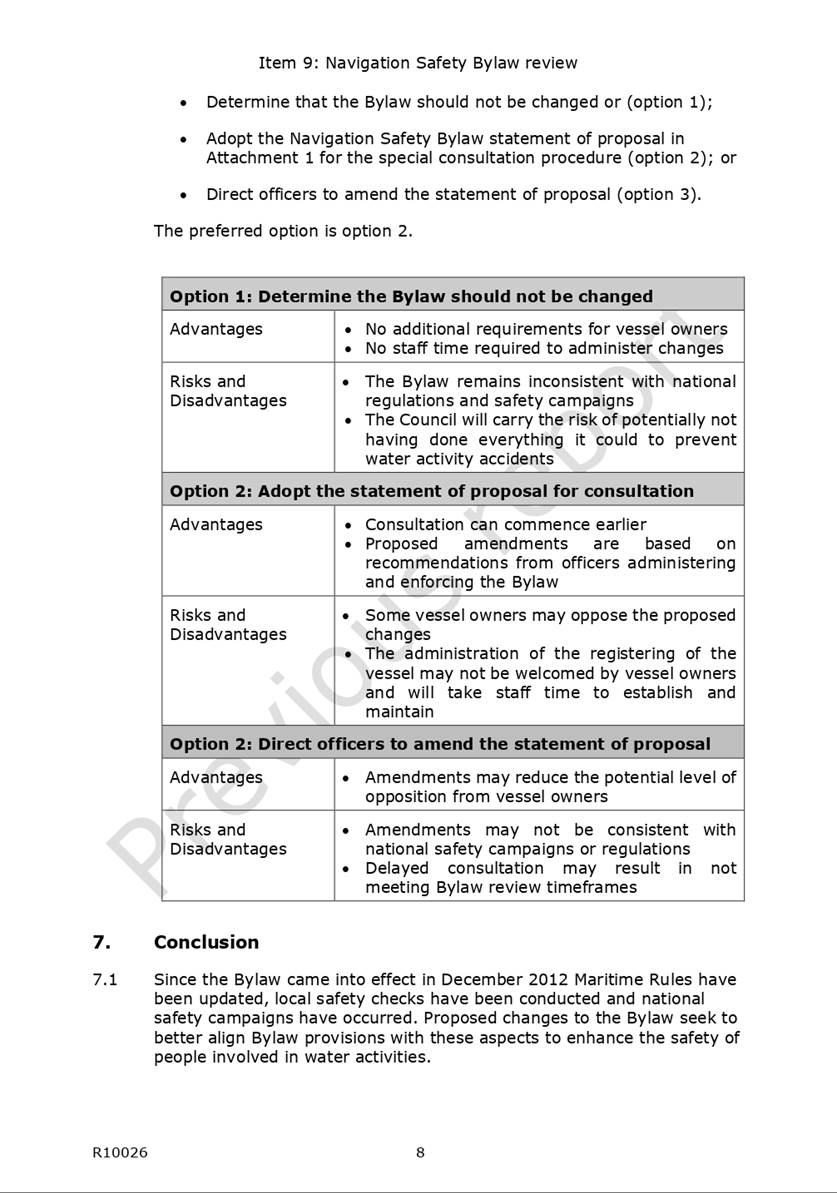

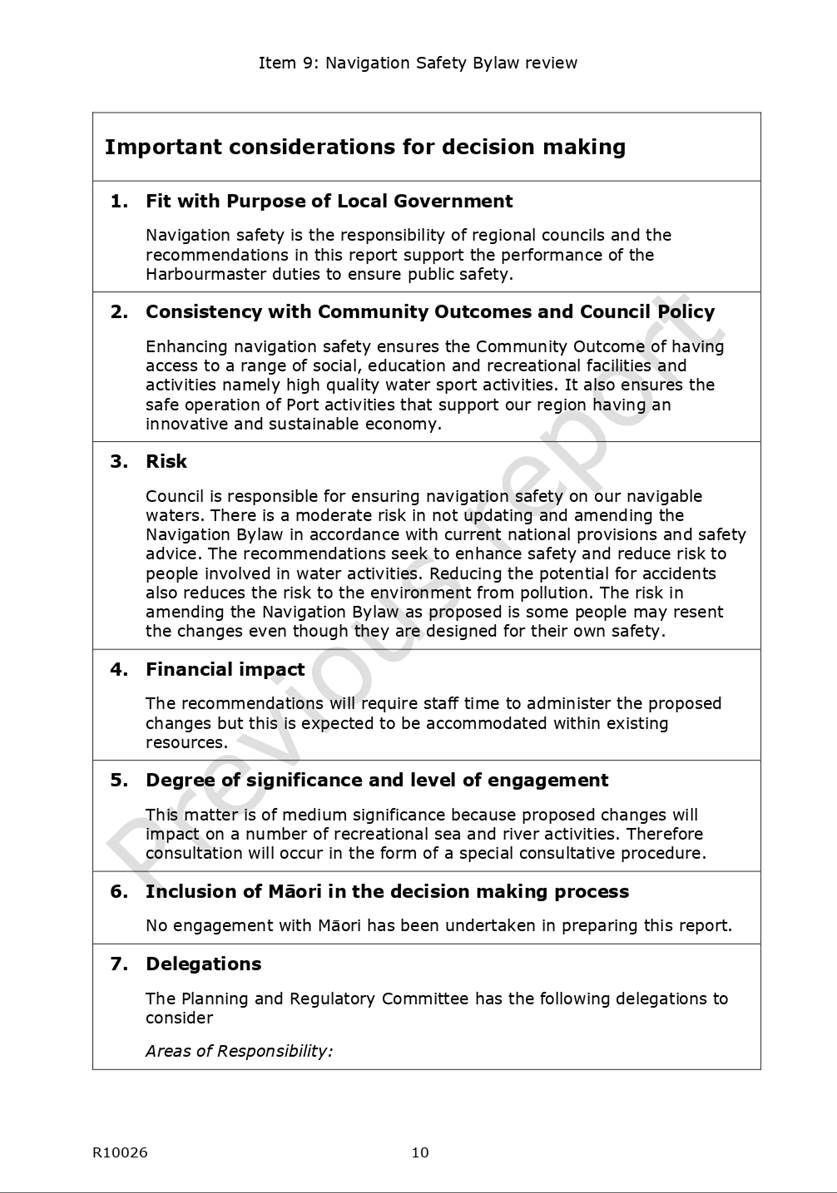
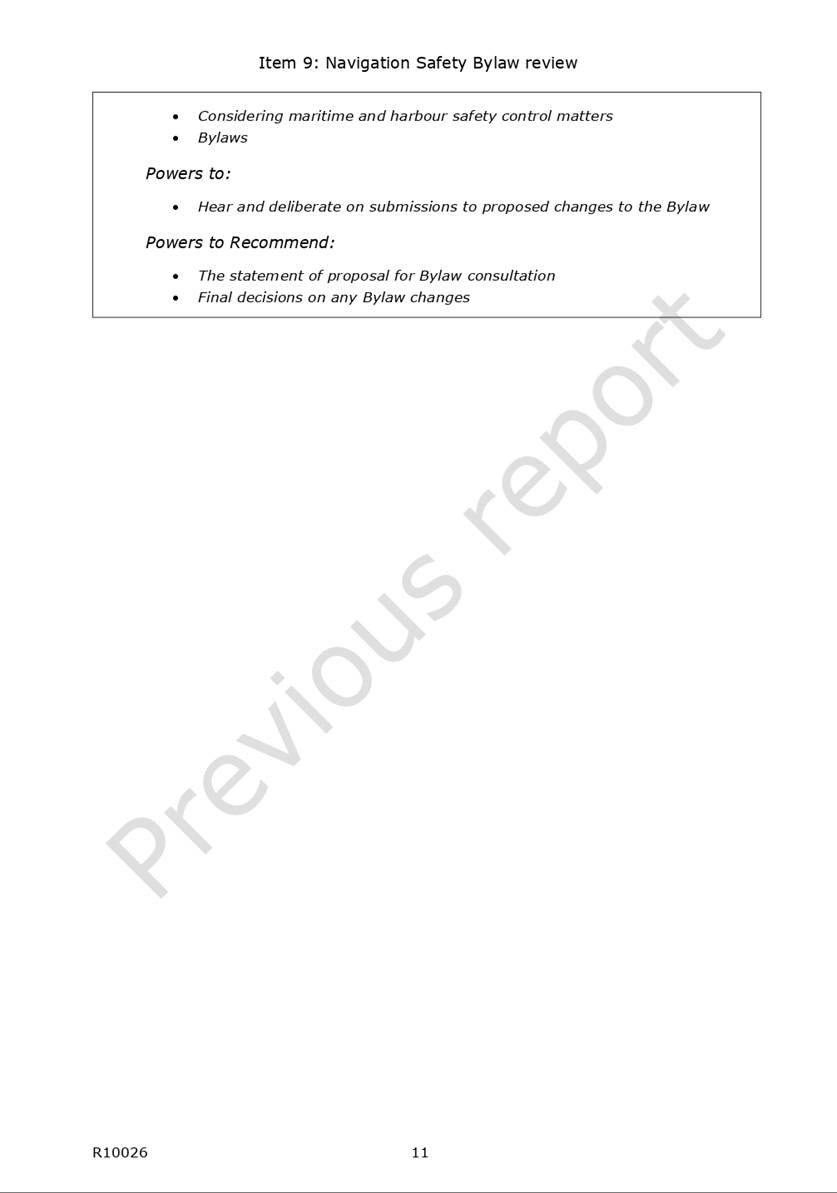
Item 10: Navigation
Safety Bylaw review: Attachment 2









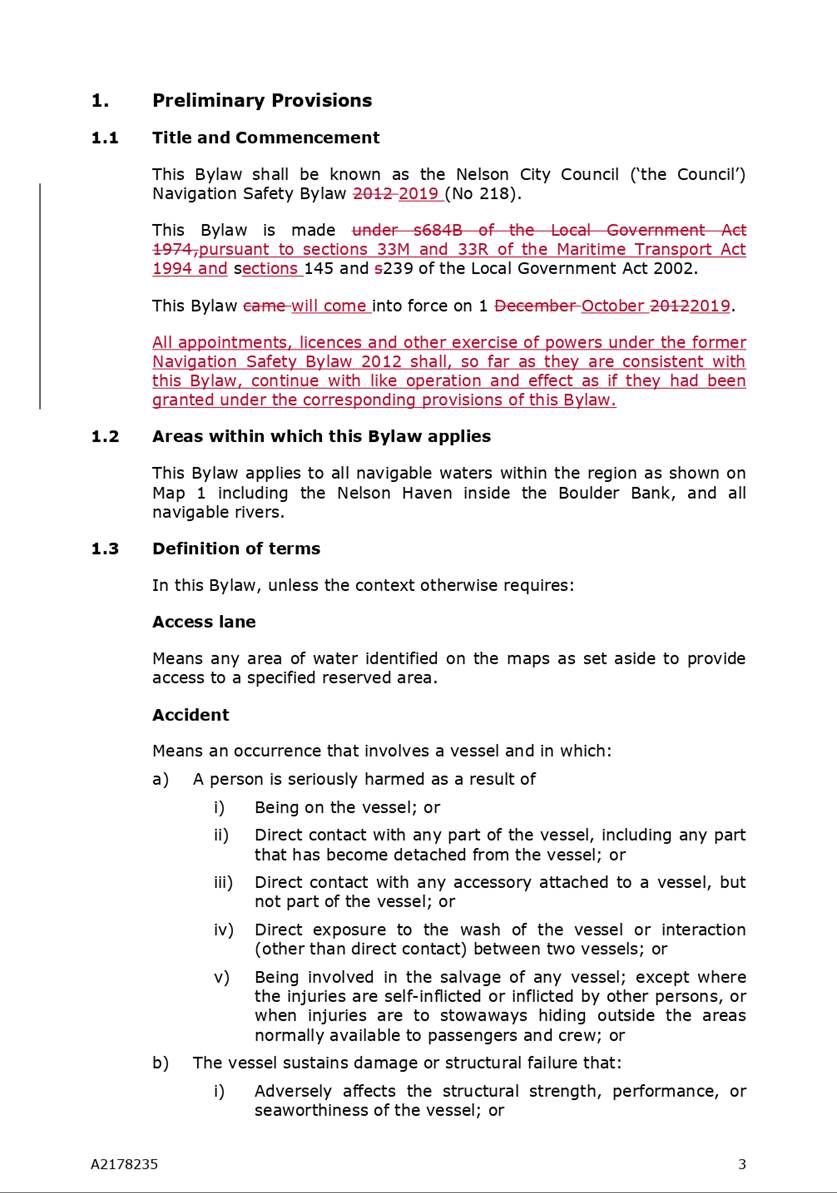

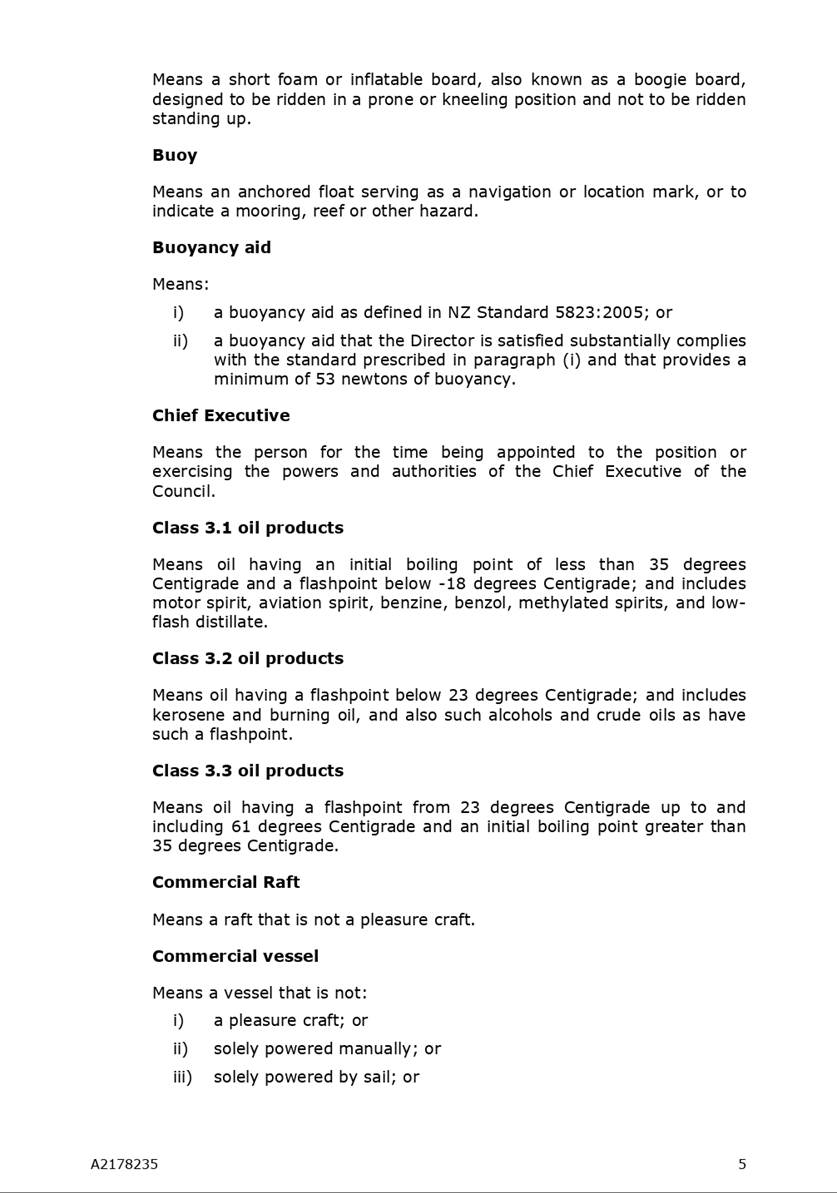

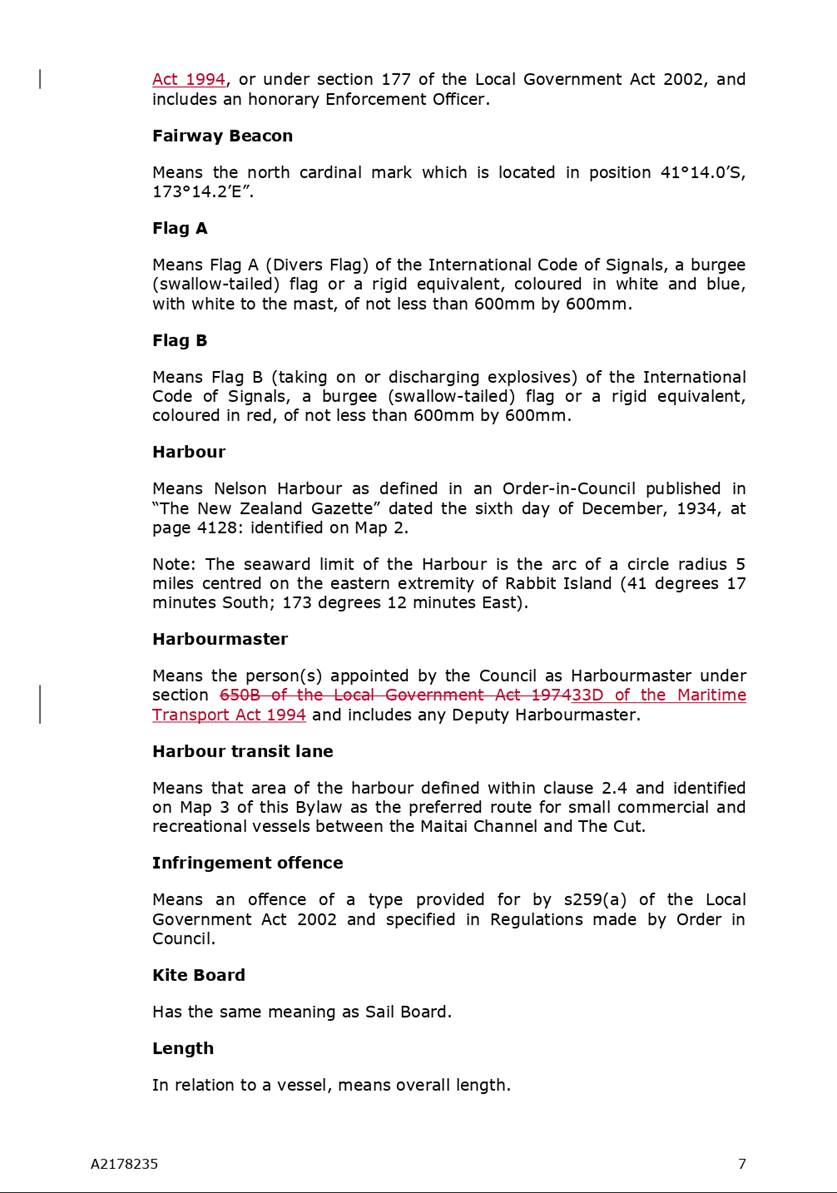
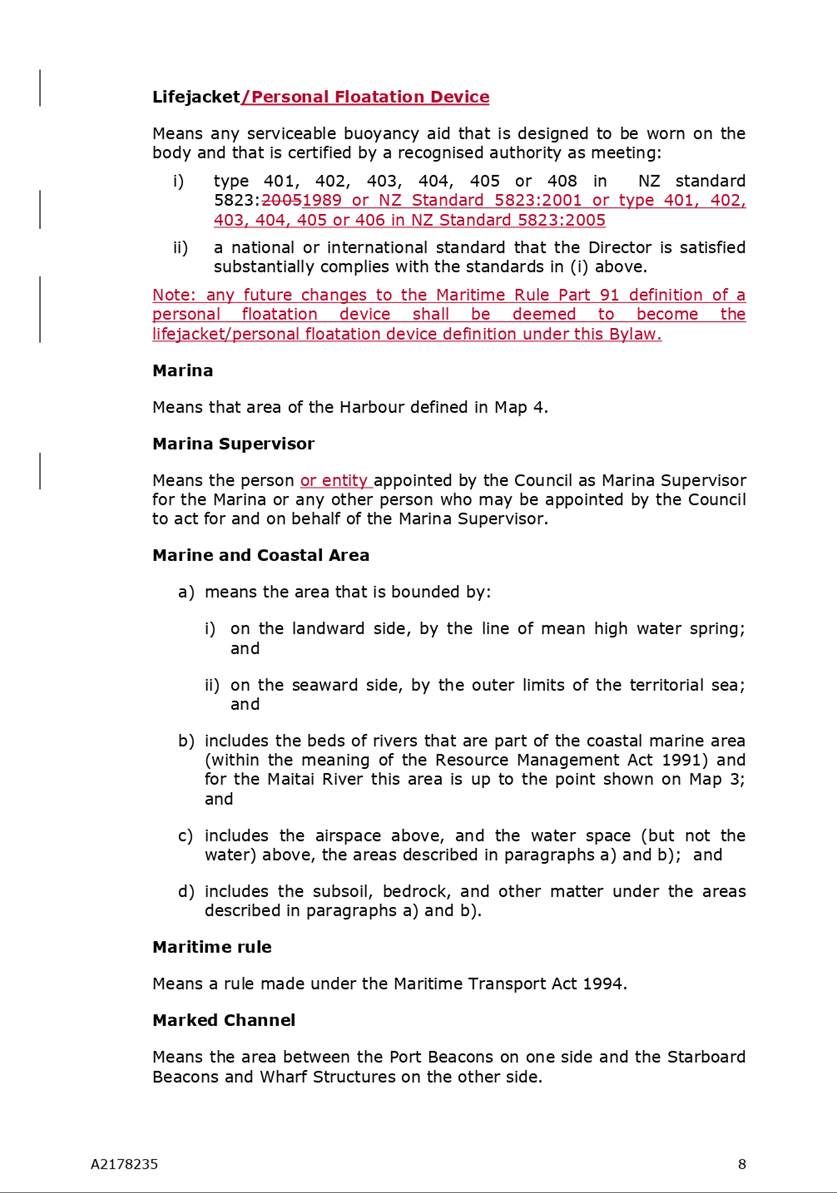

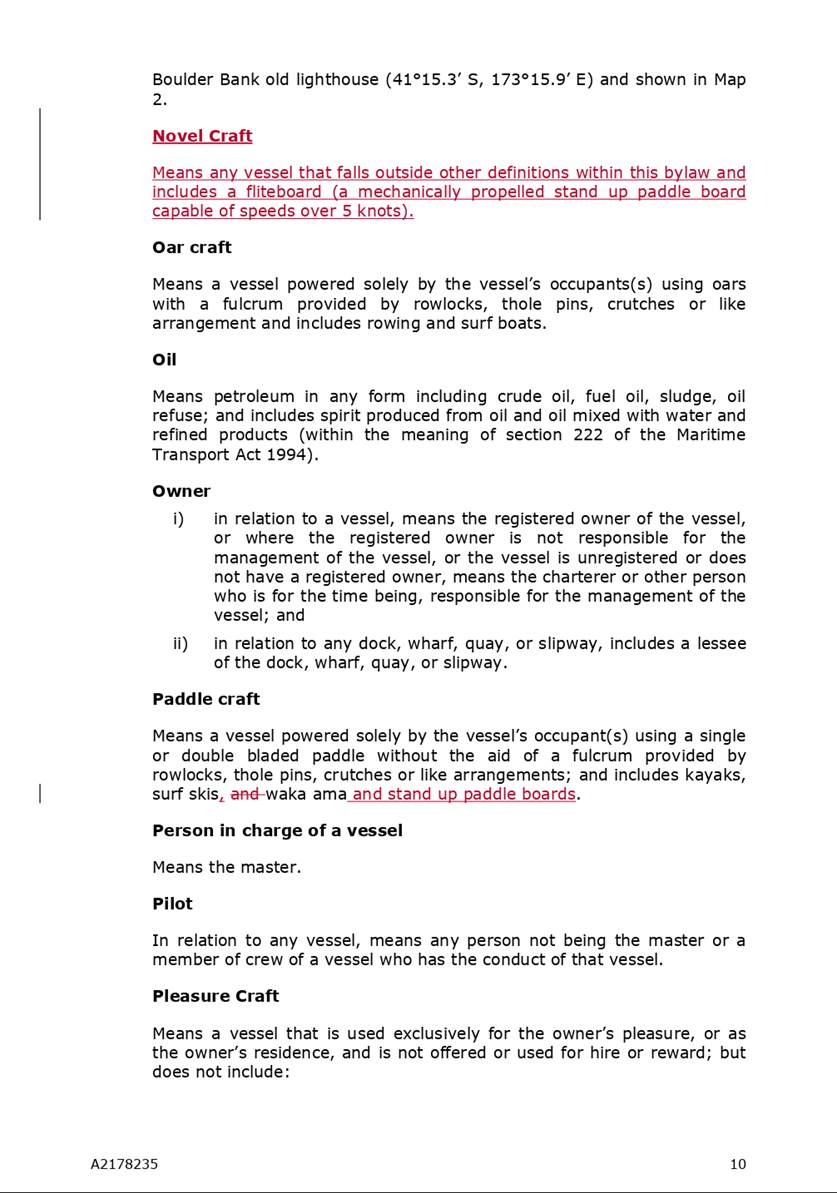

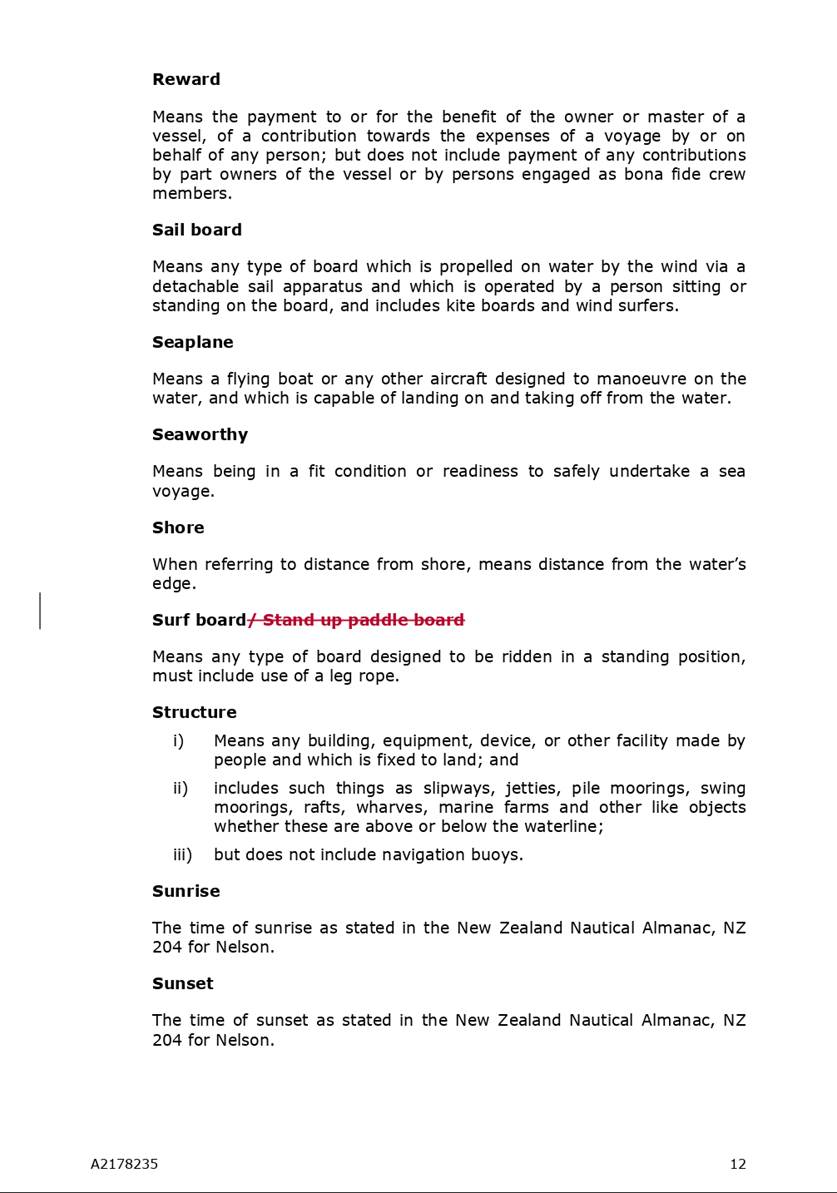

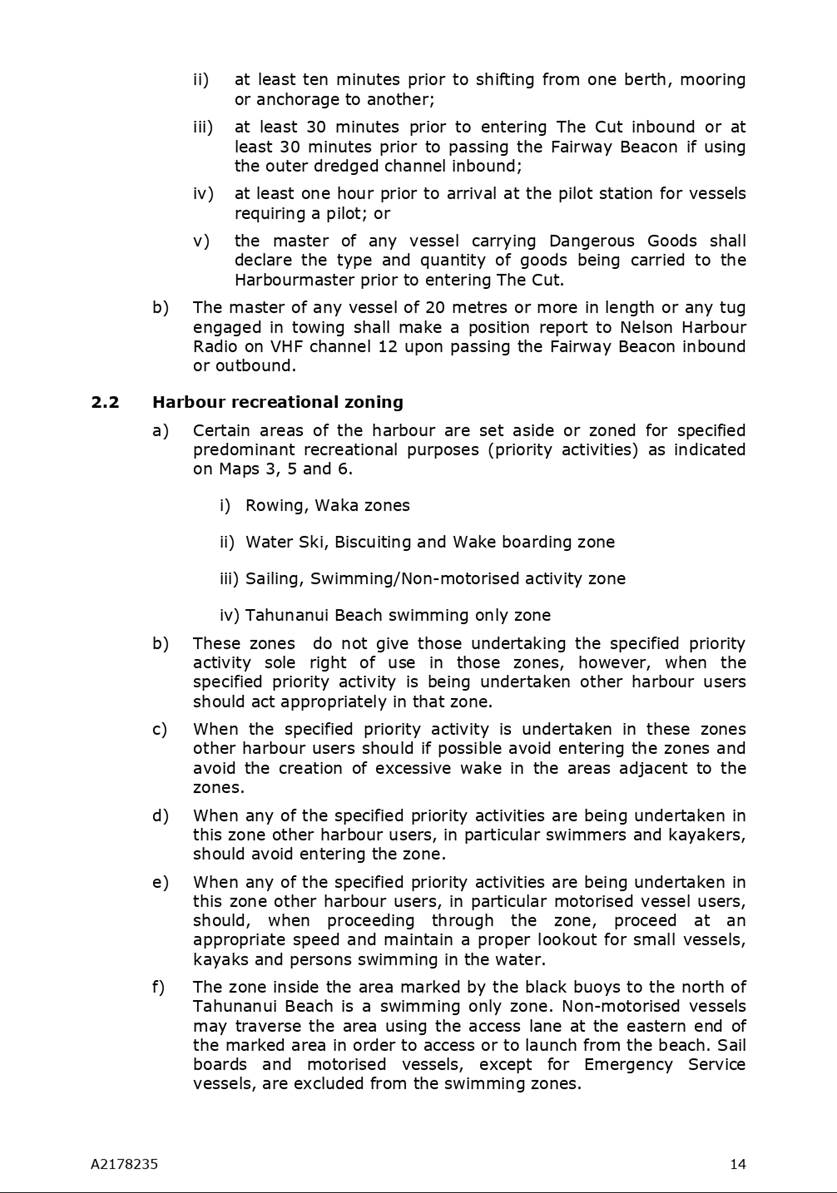
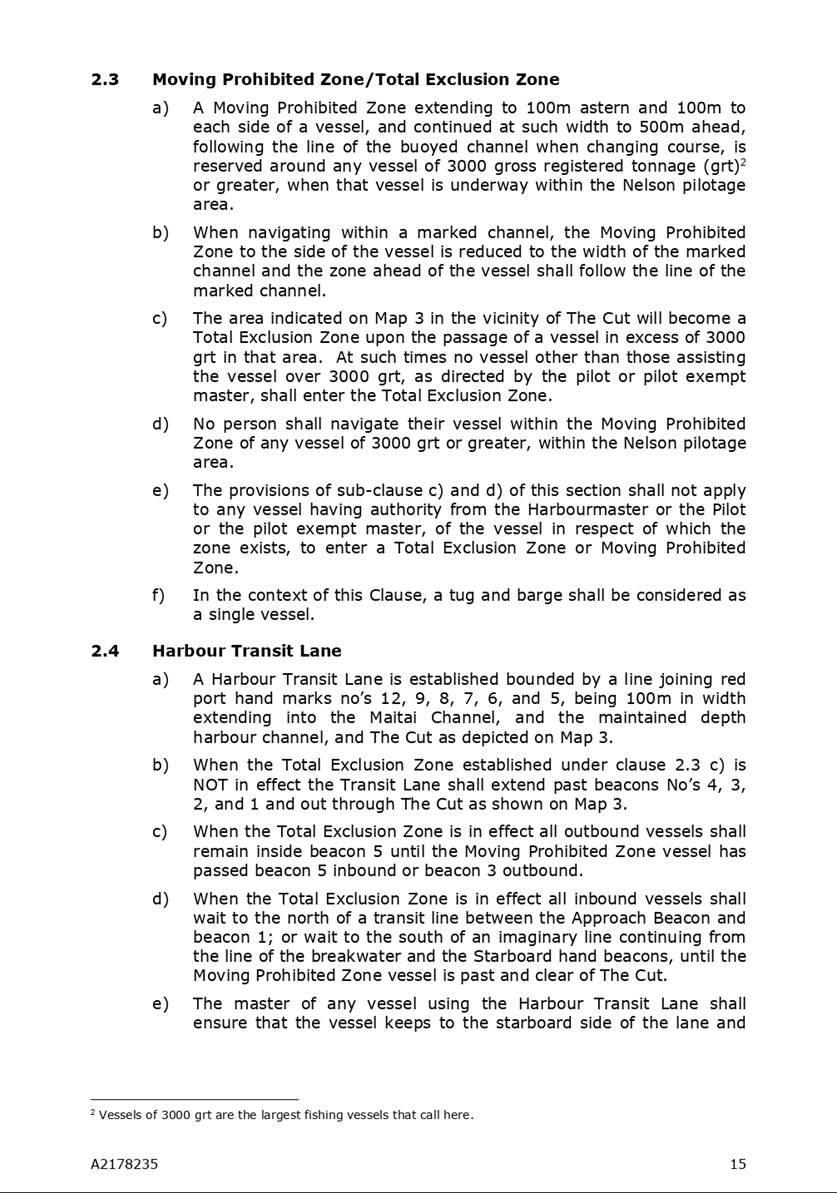

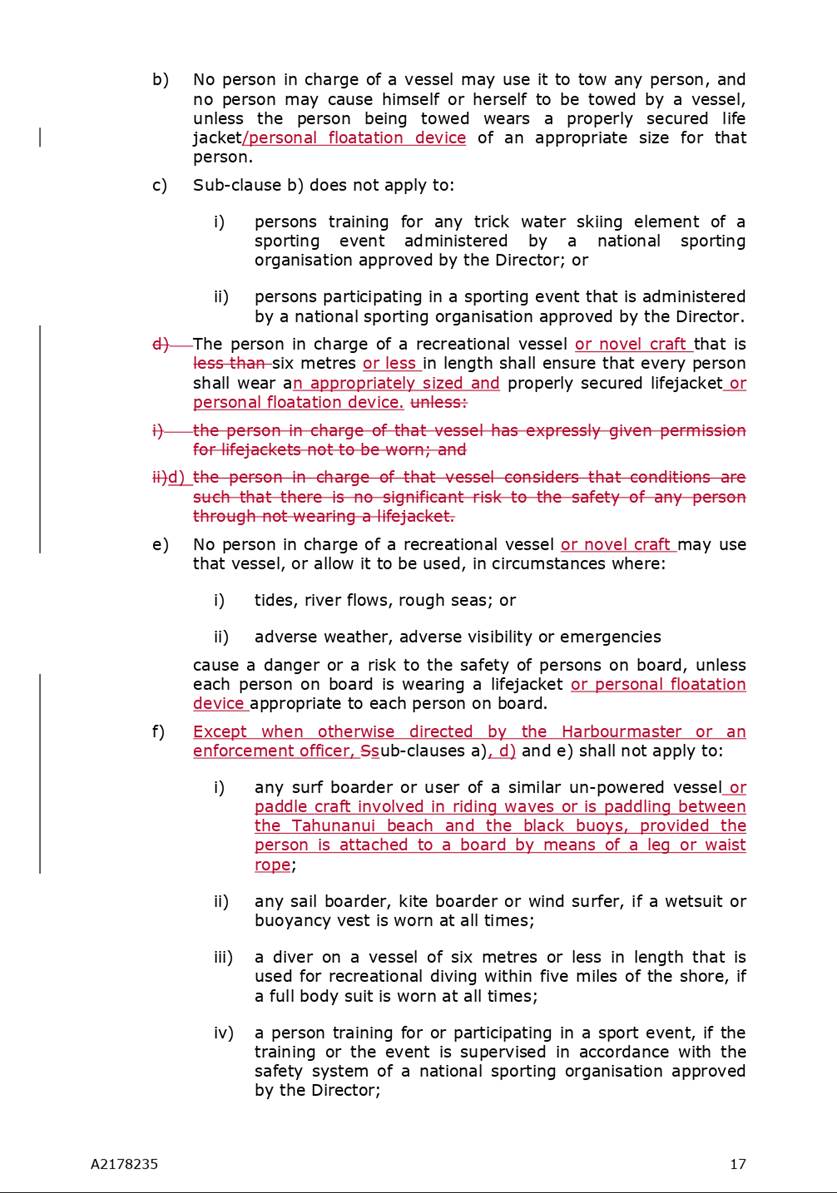
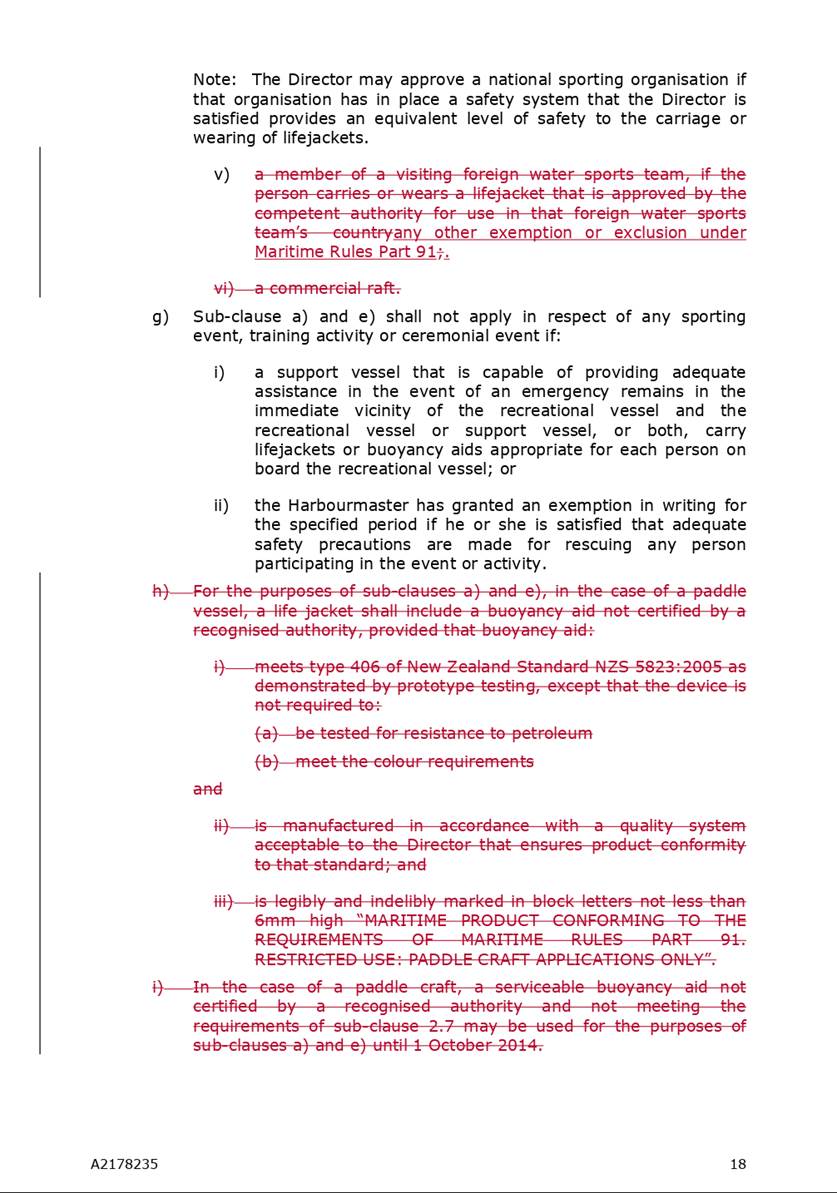

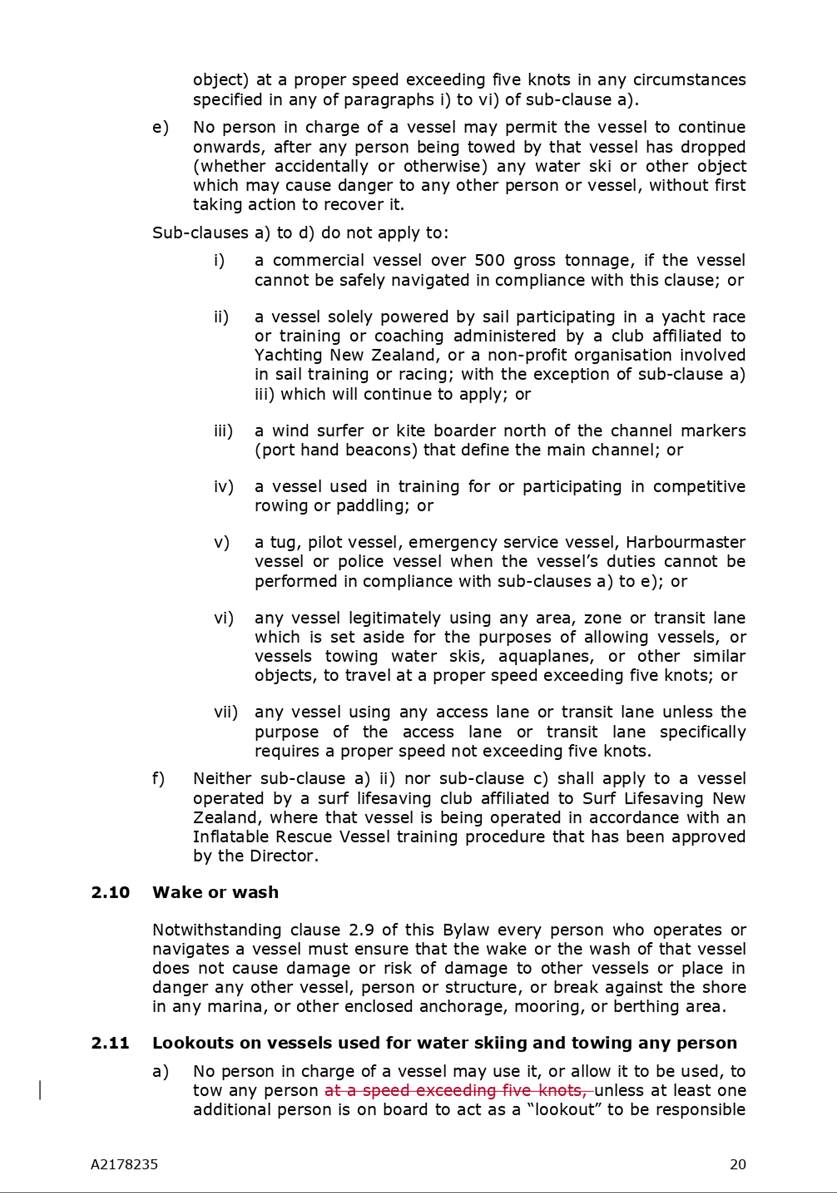
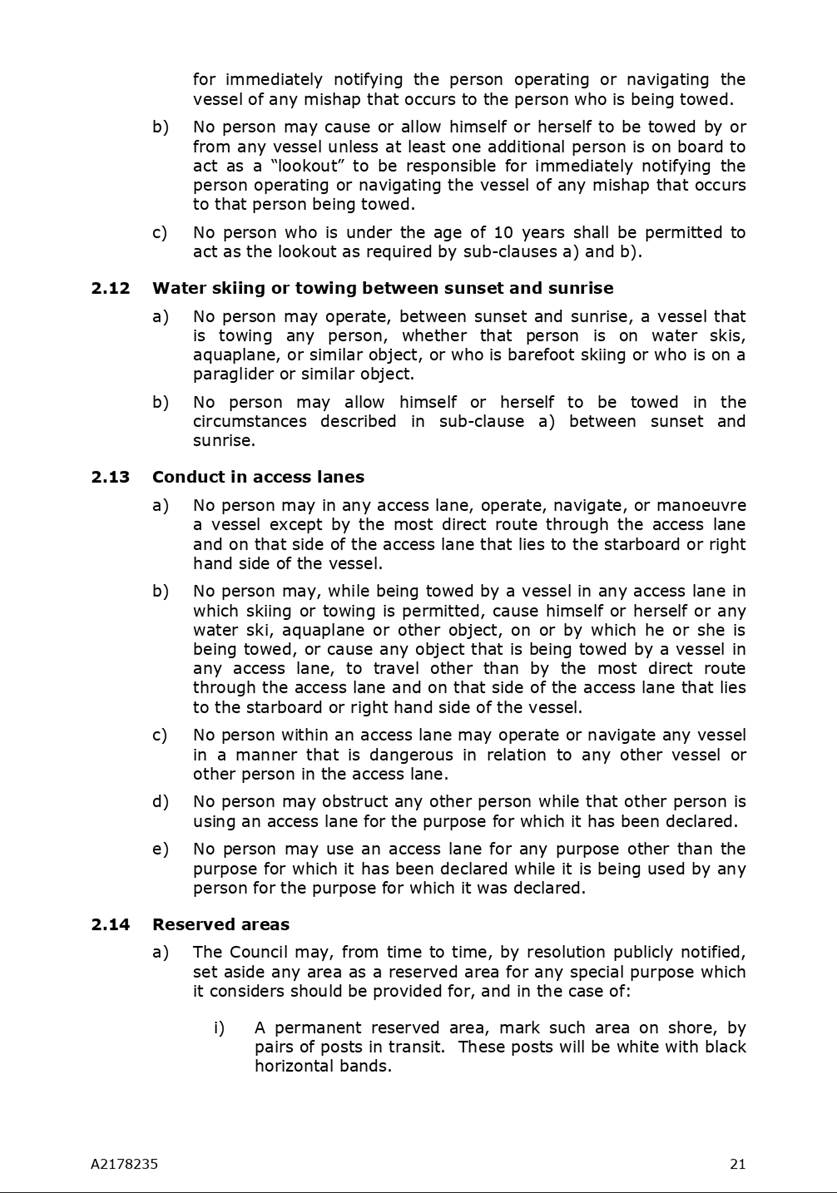


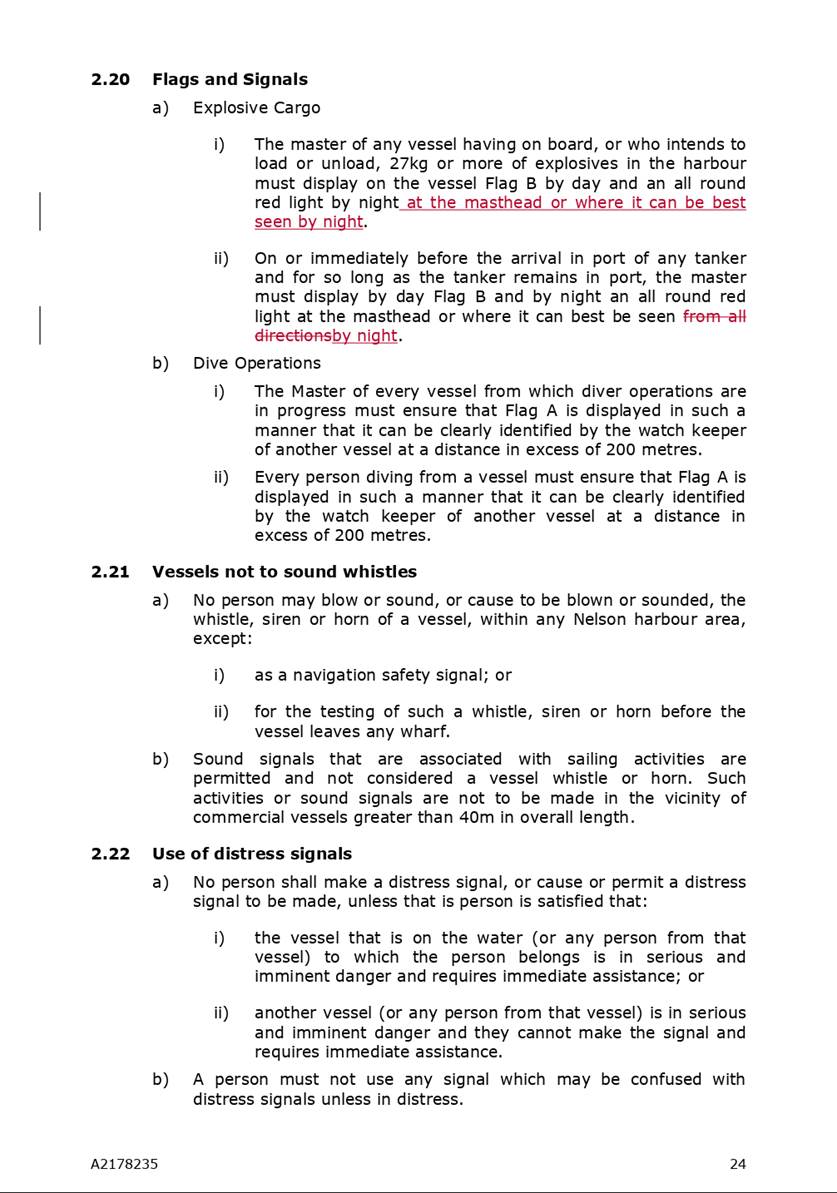

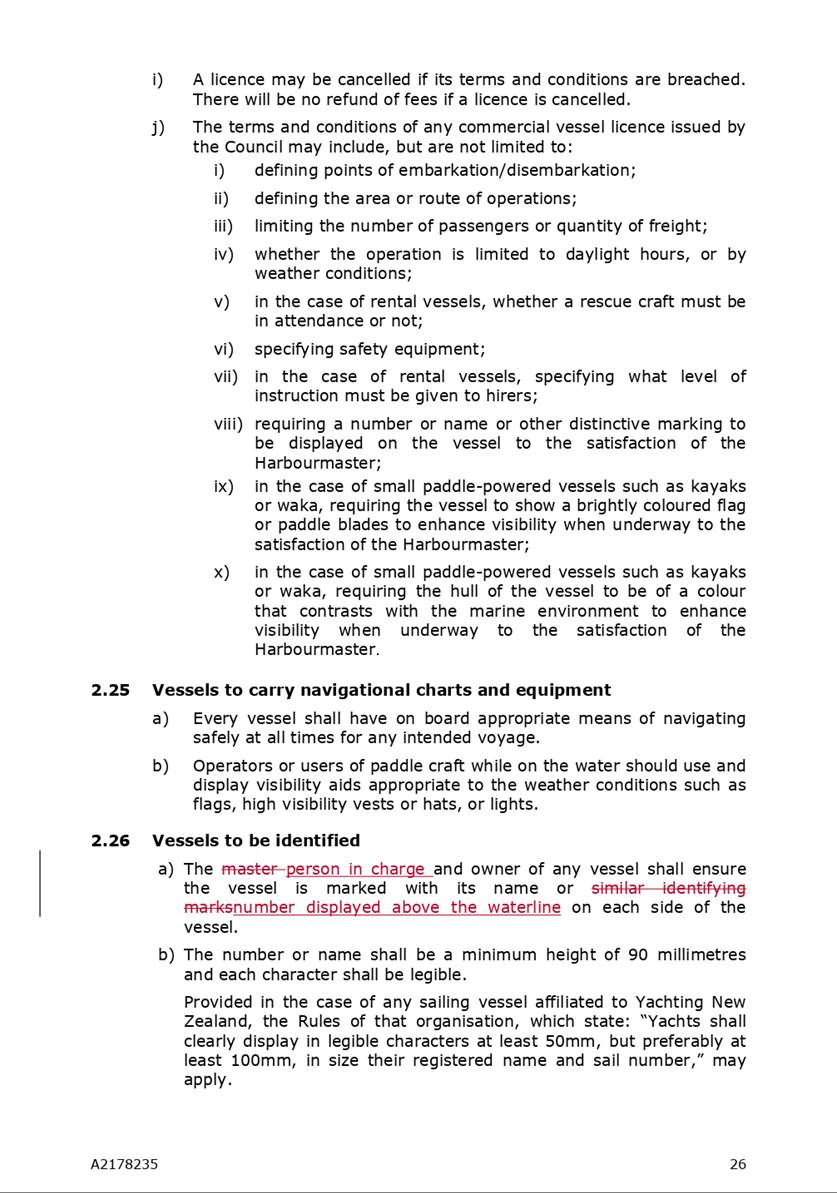
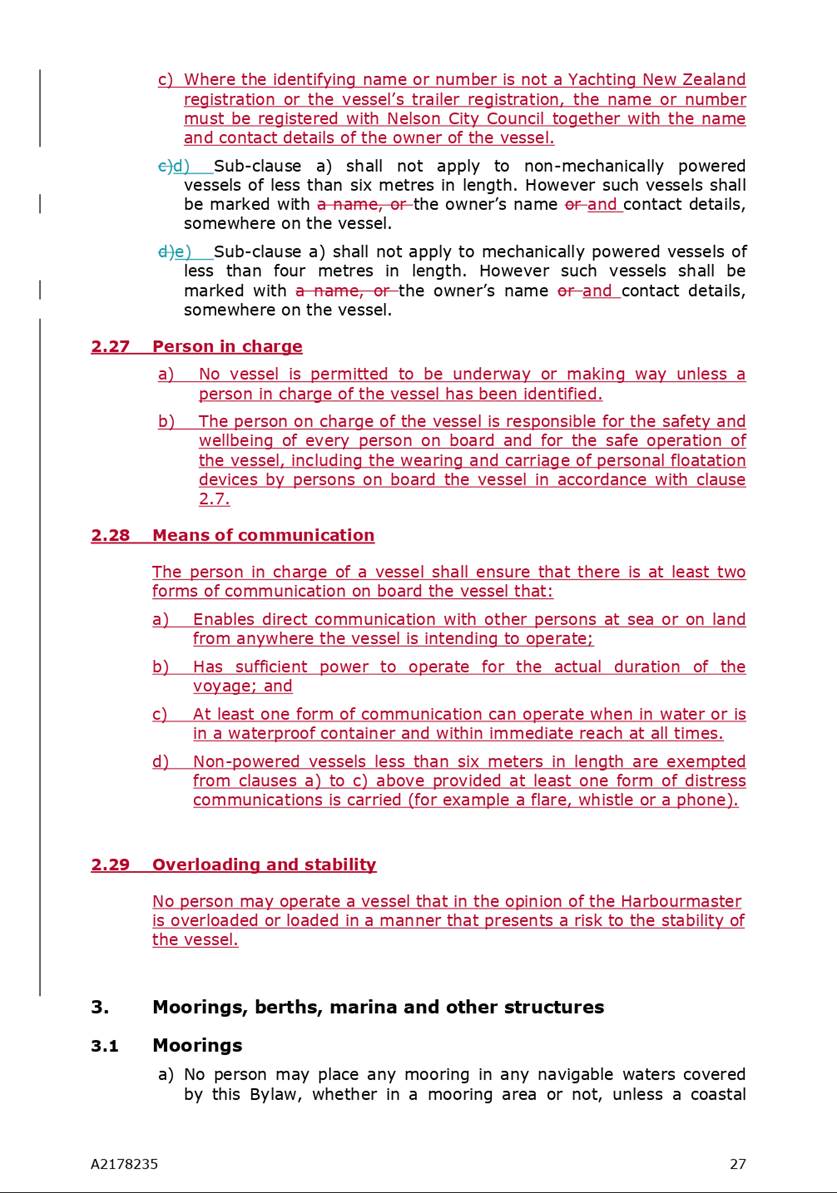
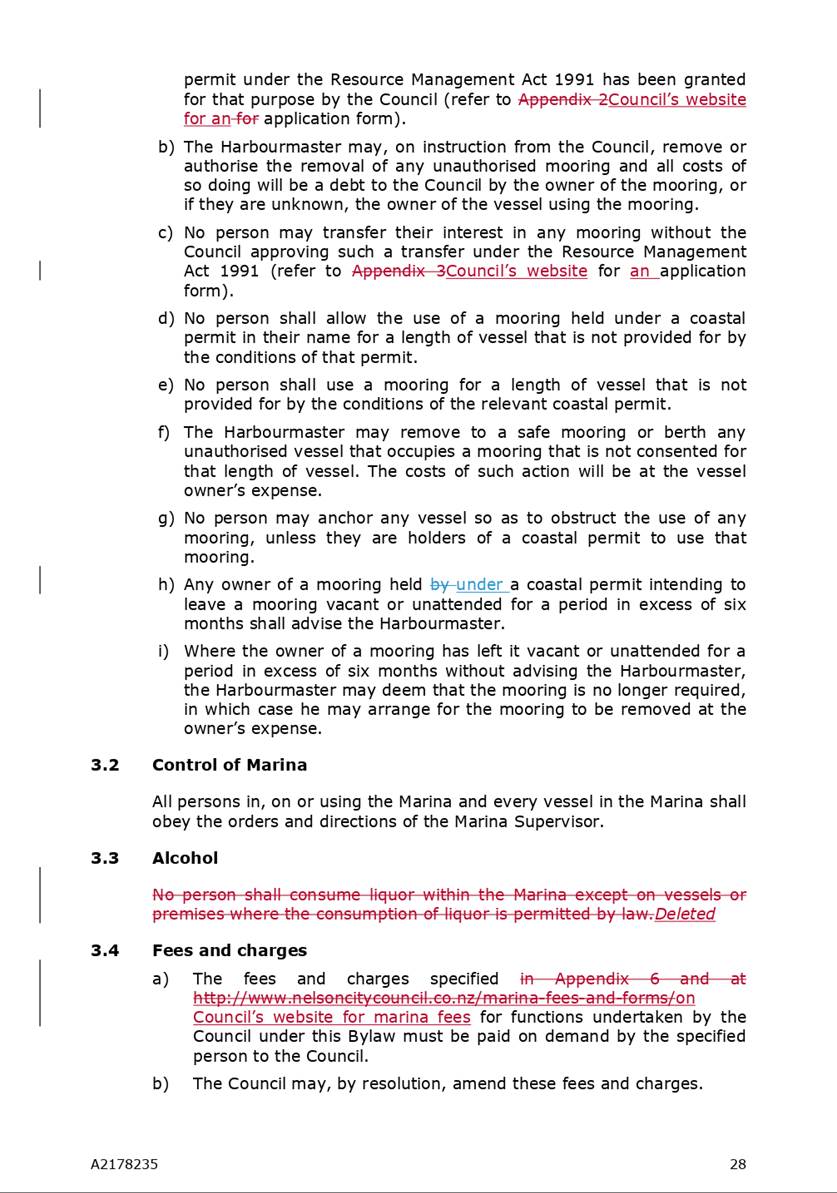




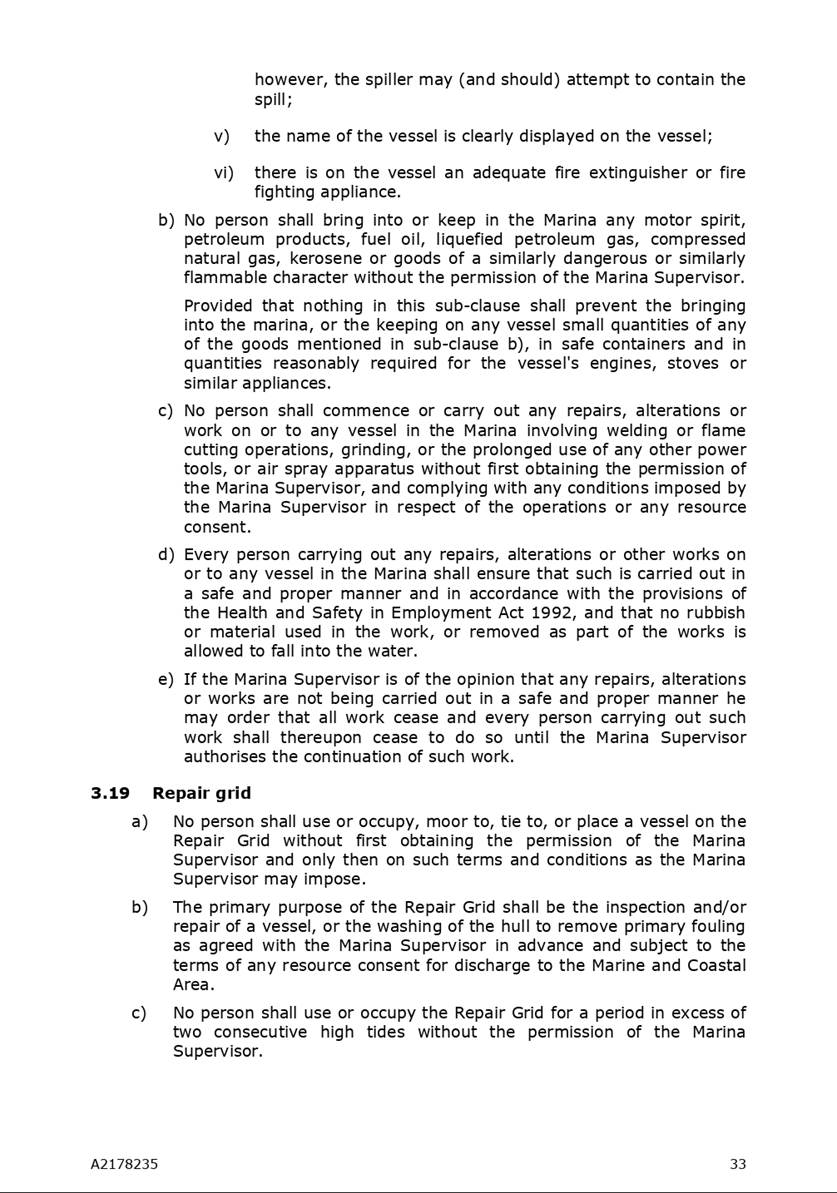



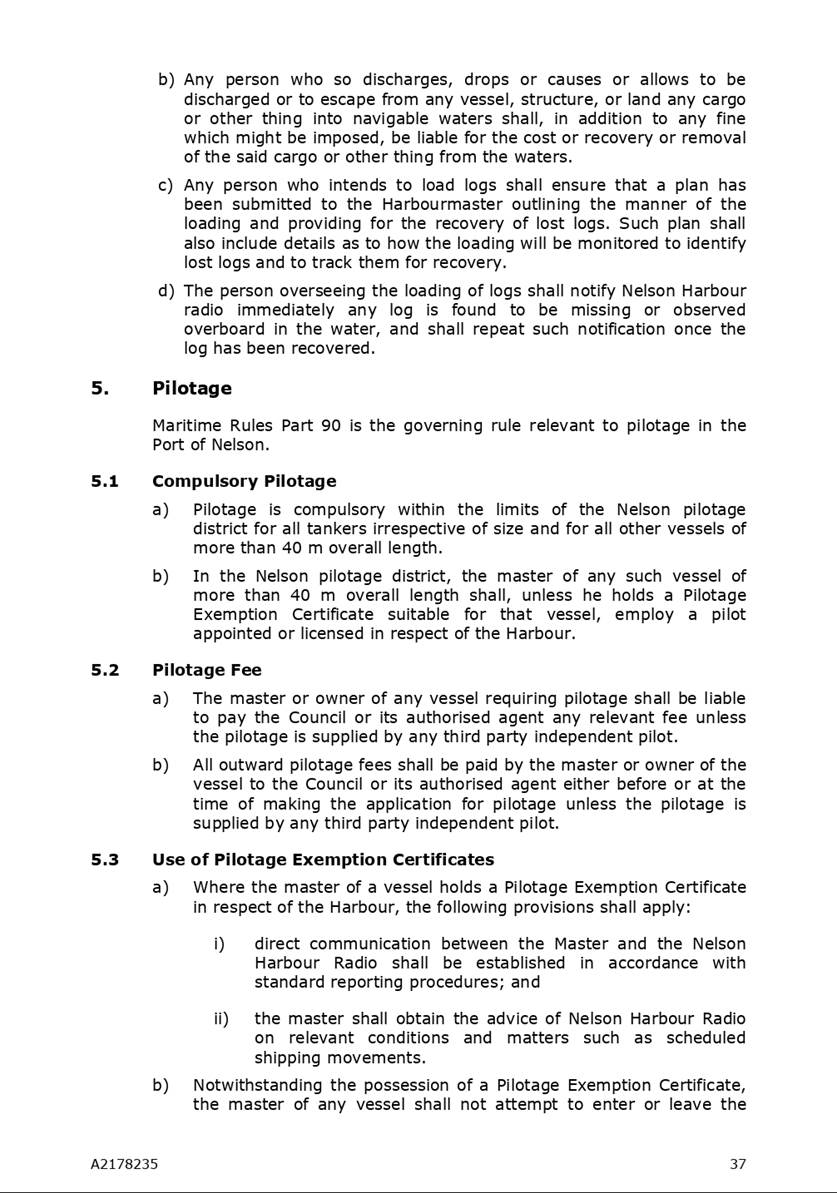
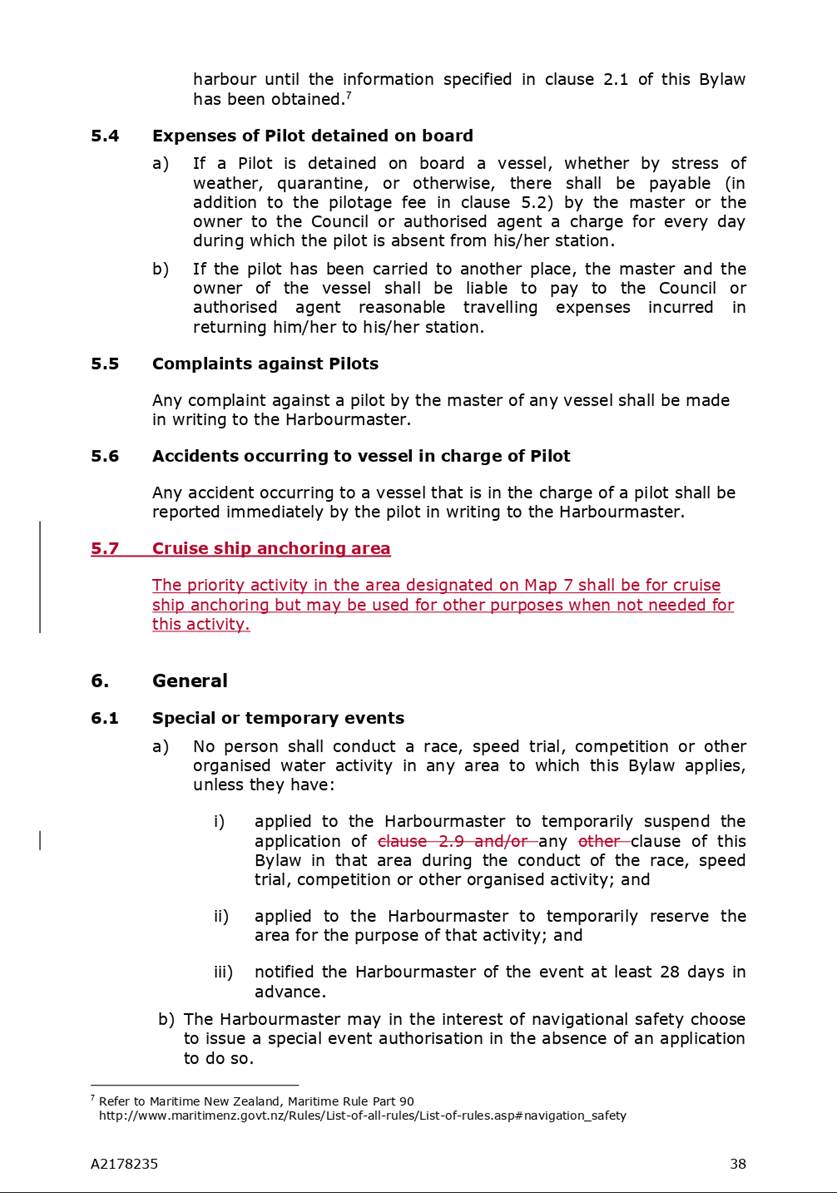

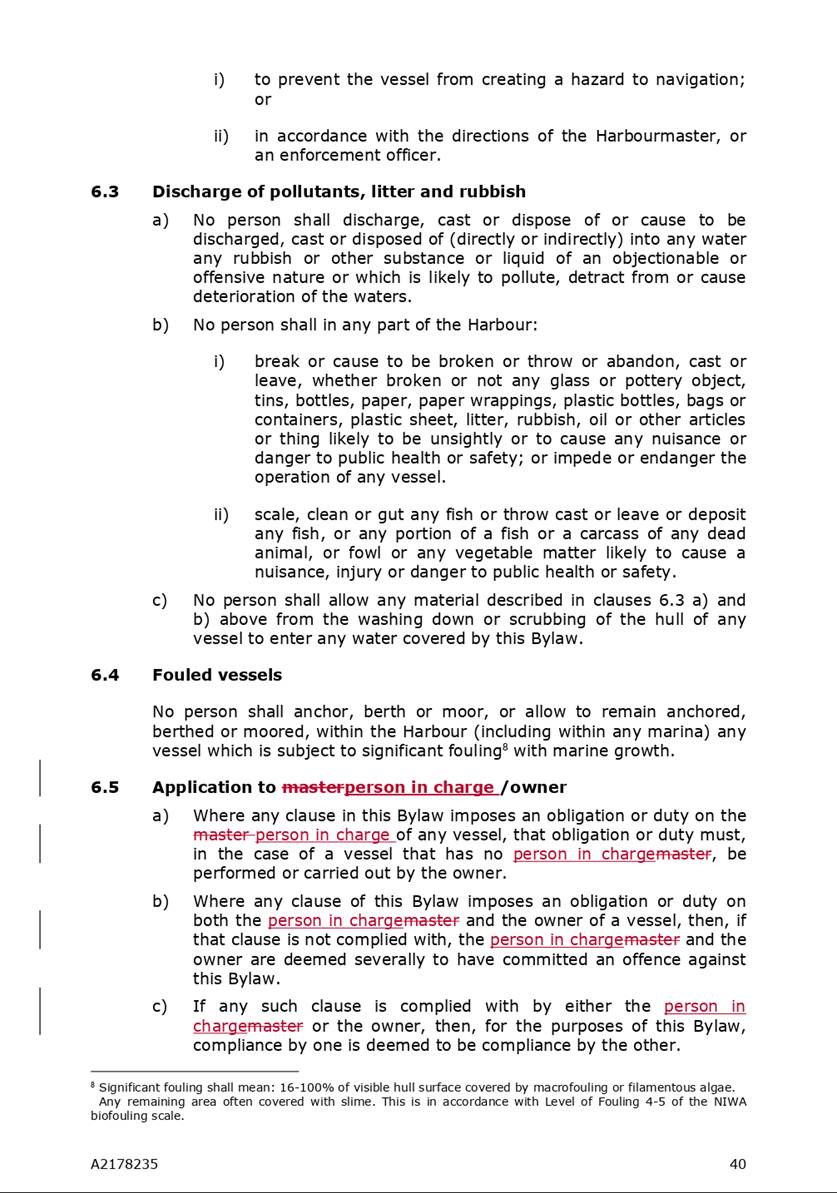
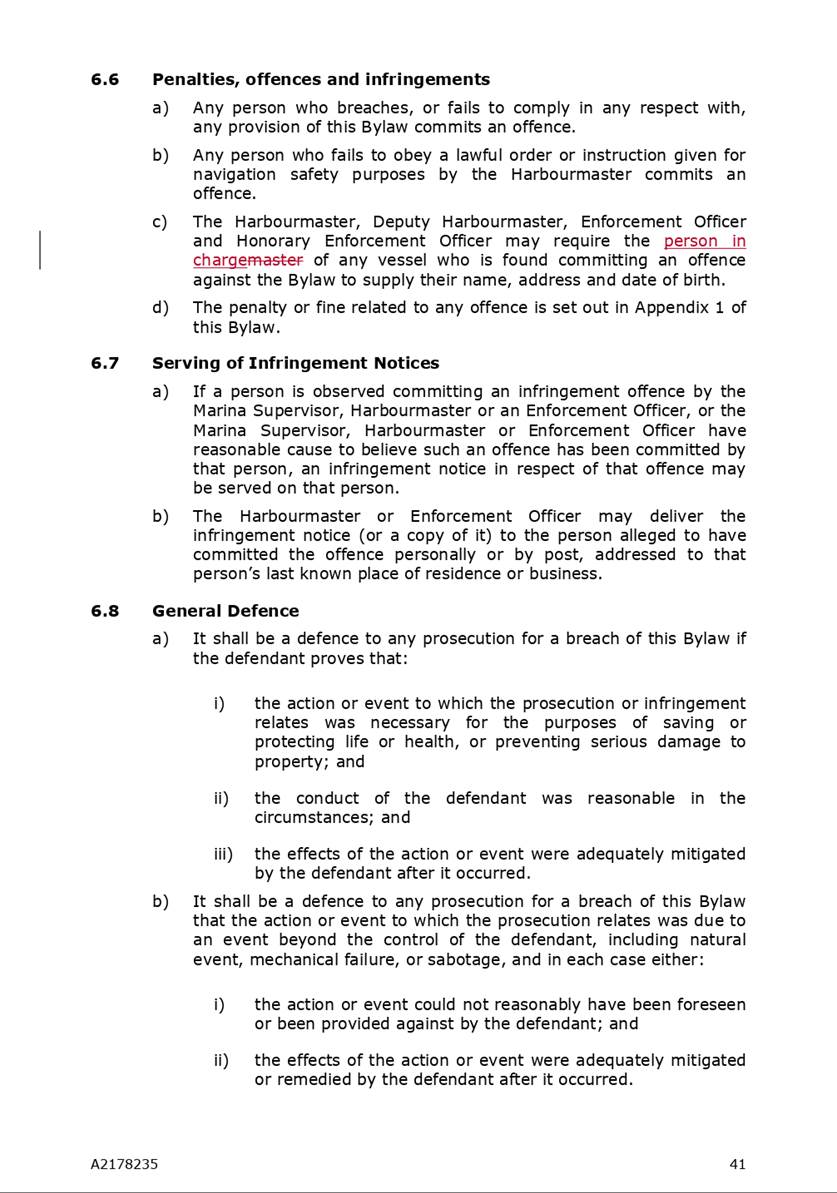
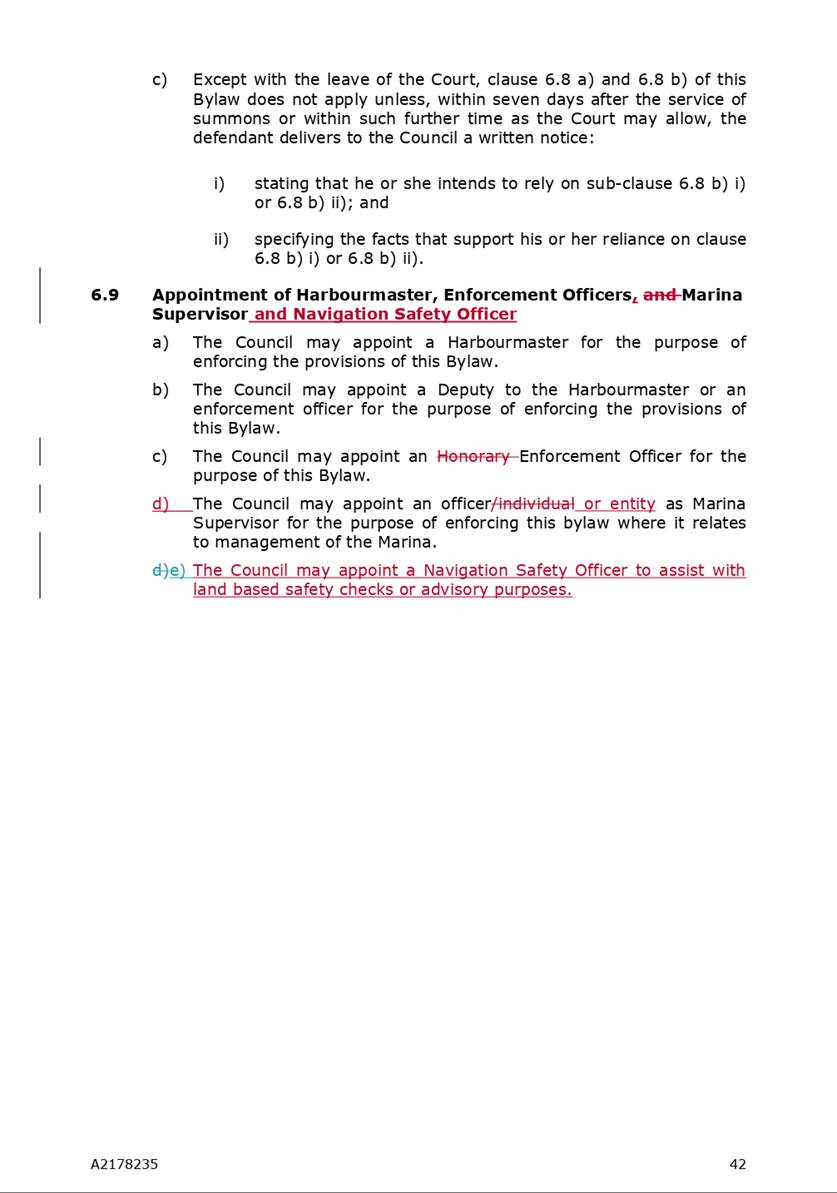
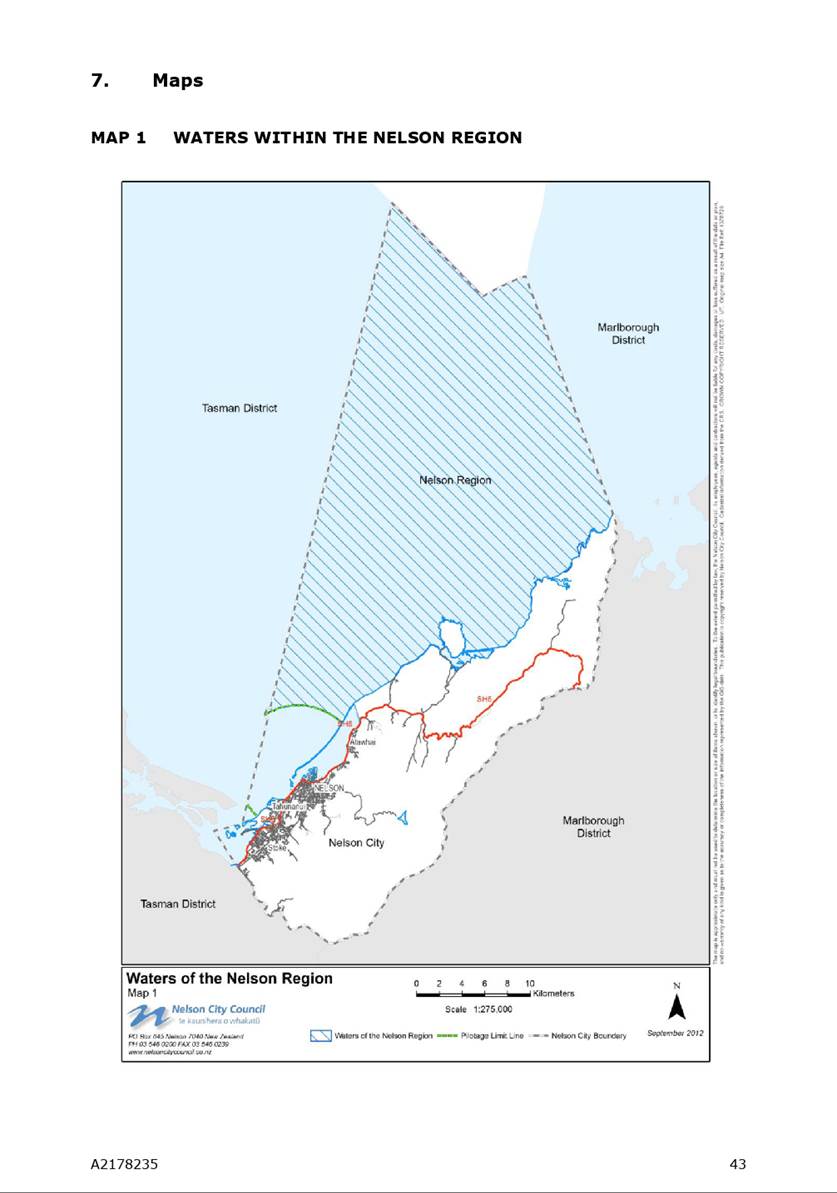

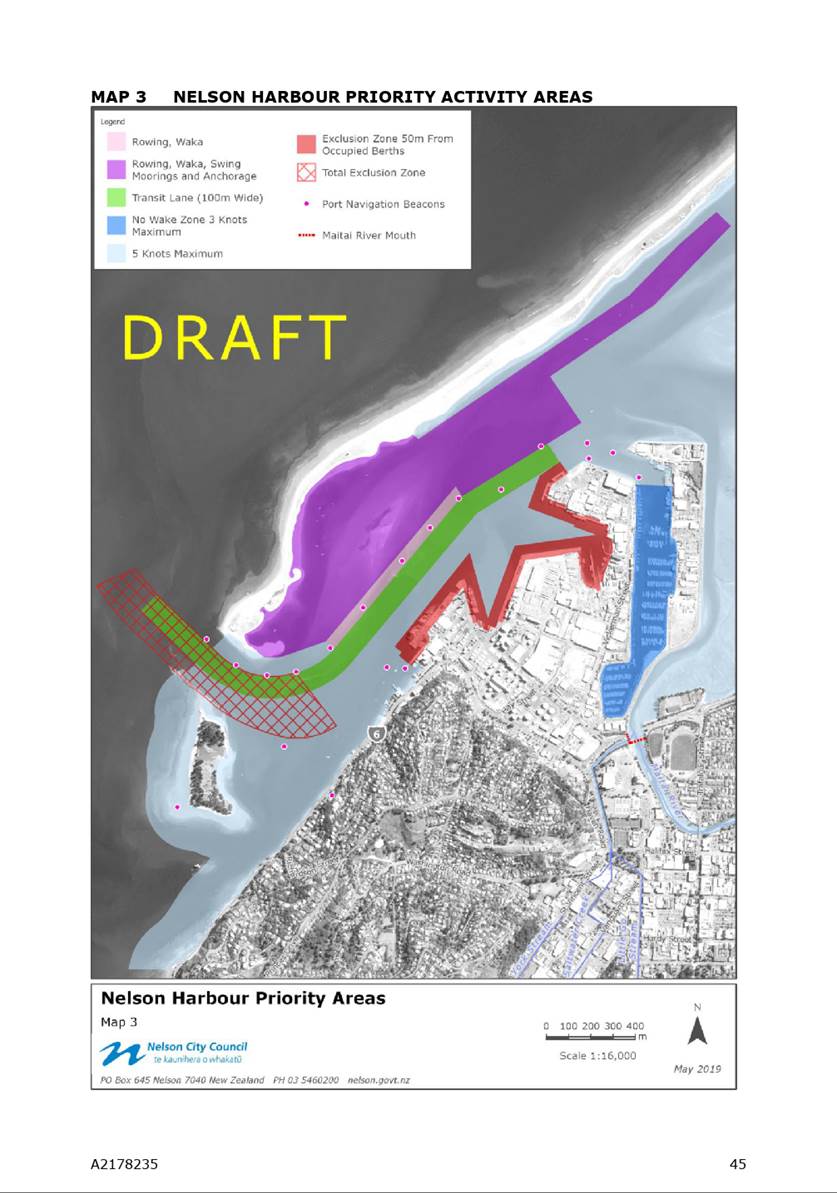
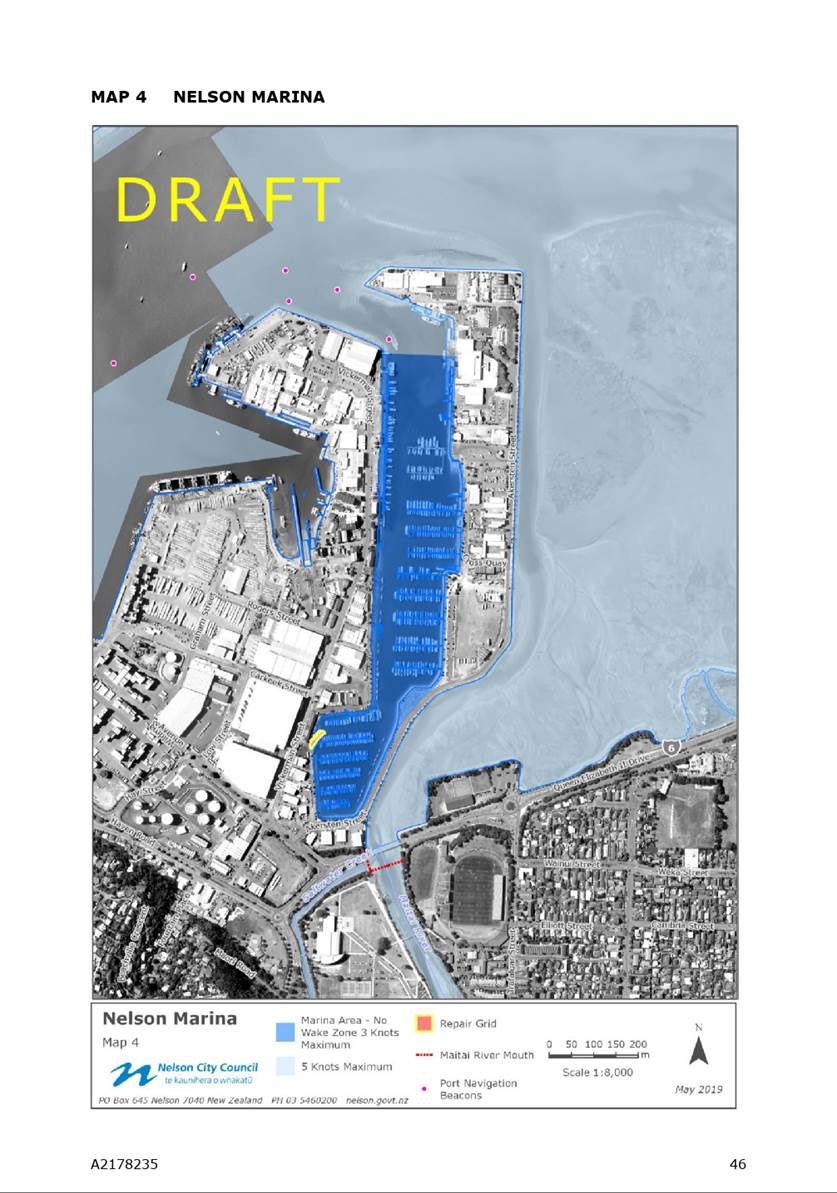

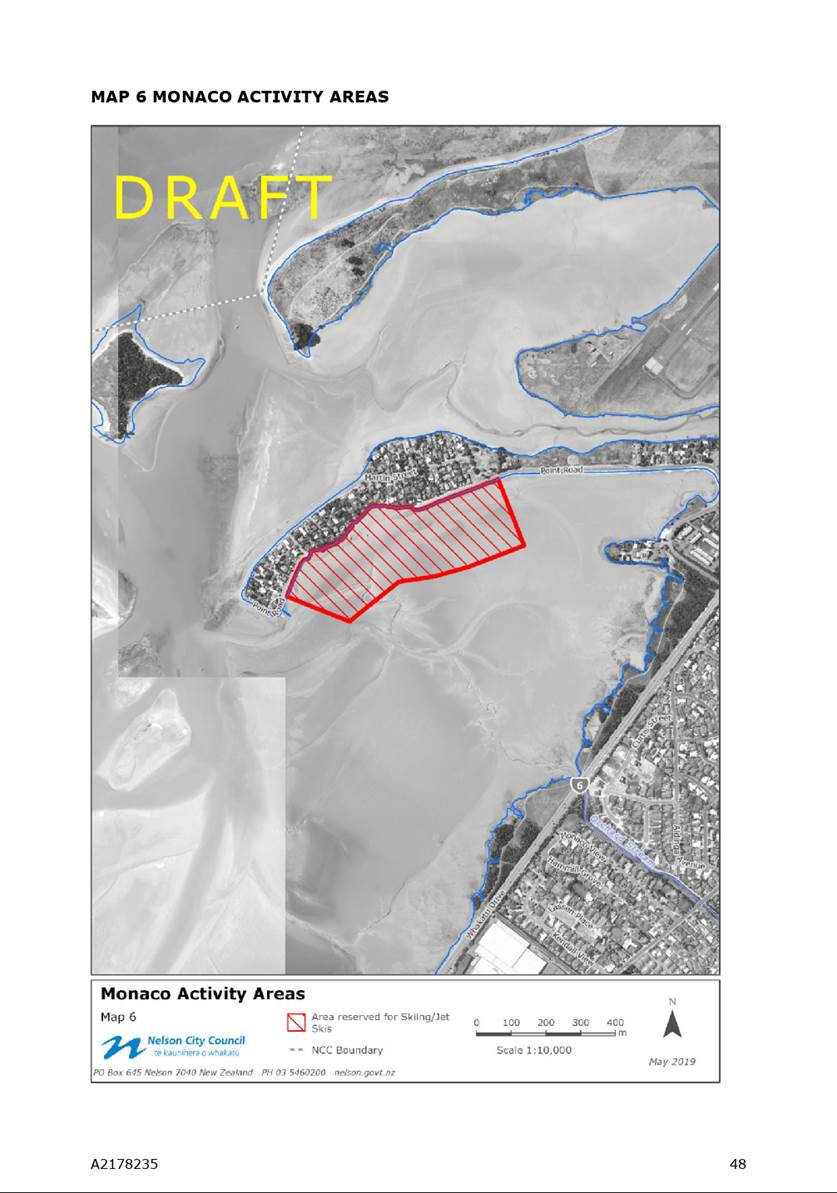
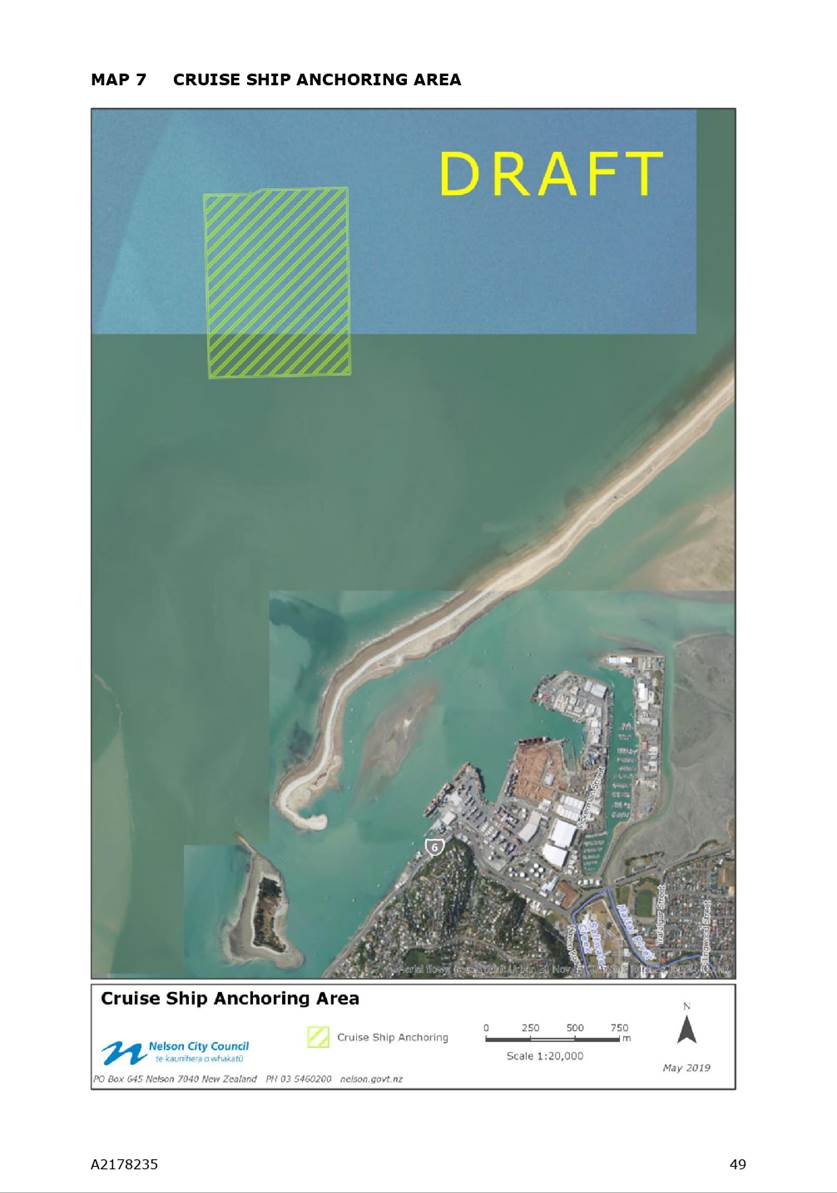
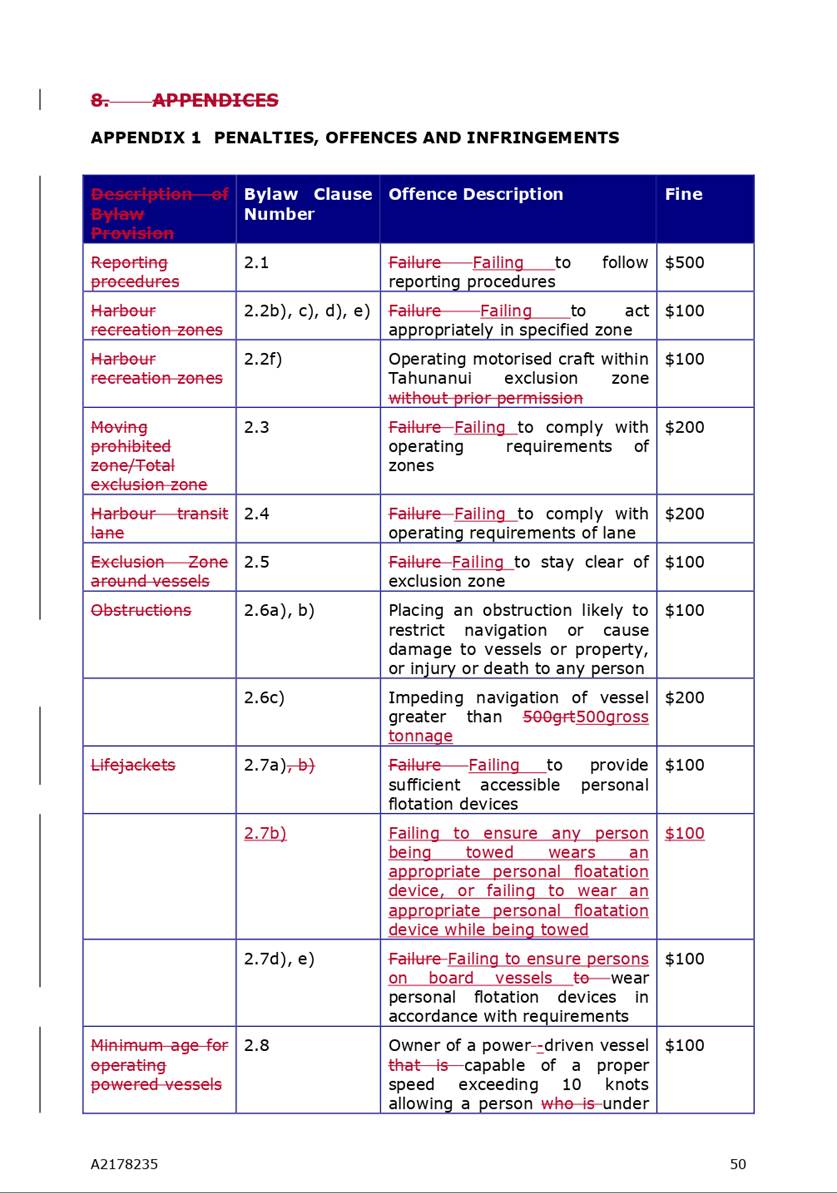



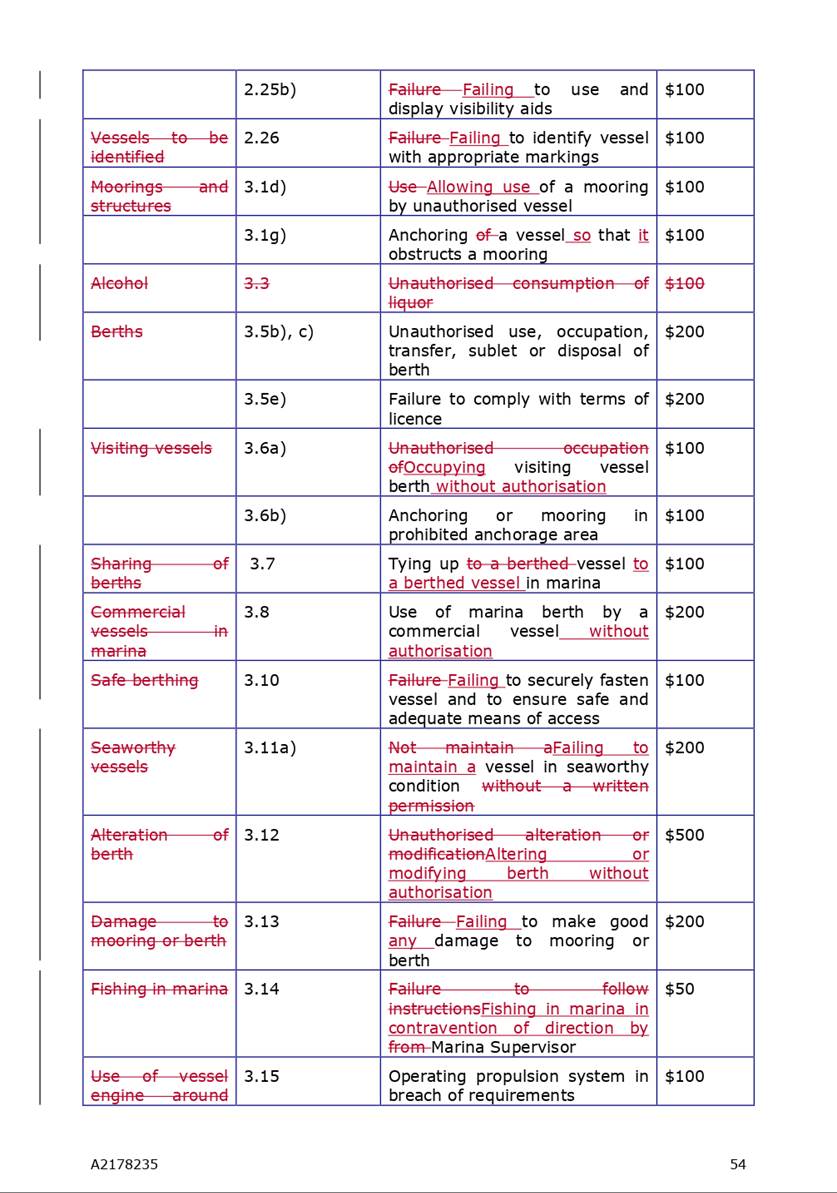


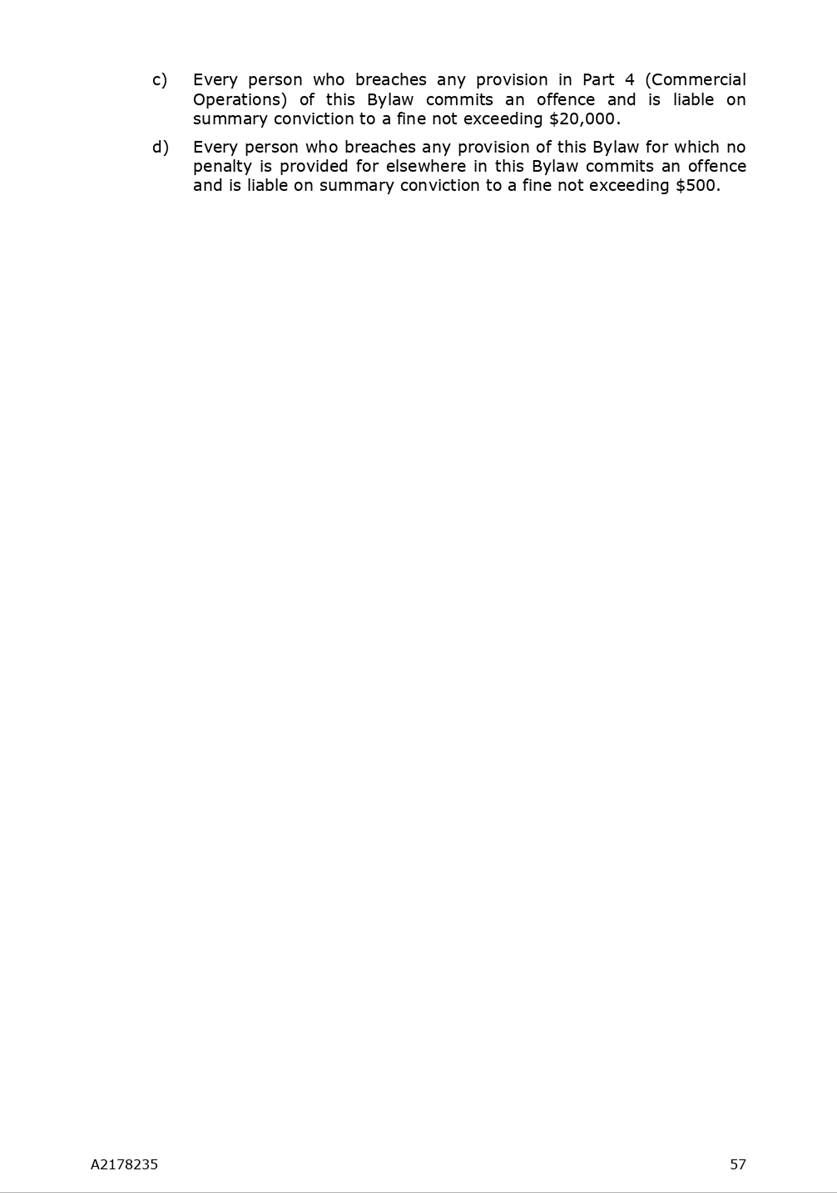
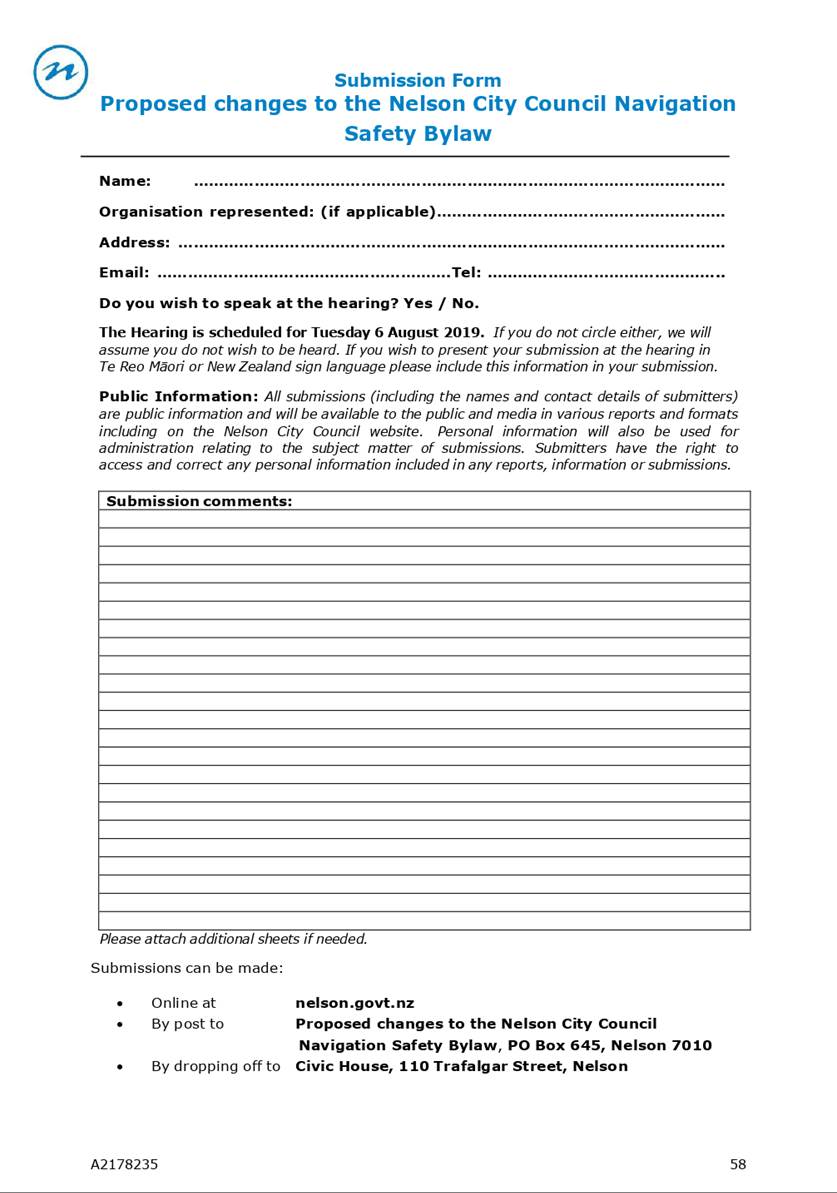
Item 11: Planning and
Regulatory Committee - Quarterly Report - 1 January-31 March 2019
|

|
Planning and Regulatory Committee
28 May 2019
|
REPORT R10019
Planning
and Regulatory Committee - Quarterly Report - 1 January-31 March 2019
1. Purpose
of Report
1.1 To
provide a quarterly update on Environmental Management functions:
Building, City Development, Consents and Compliance, Planning, and Science and
Environment. In addition, the report provides a legal proceedings update.
2. Recommendation
|
That the Planning and Regulatory Committee
1. Receives the report Planning and
Regulatory Committee - Quarterly Report - 1 January-31 March 2019 (R10019) and its attachments (A2151814,
A2181696, A2181967, A2181946, A2184278, A2182016, and A2159046); and
2. Approves
the City Centre Programme six key moves (A2184278), and
3. Approves
the Nelson Plan Vision (A2182016); and
4. Amends the October
2018 Planning and Regulatory Committee Resolution PR/2018/057 as follows:
Delegates
authority to review Draft Nelson Plan content ahead of reporting to the
Planning and Regulatory Committee to an Elected Member Working Group
comprising Her Worship the Mayor, Councillor McGurk, and two members of the
Committee with Making Good Decisions certification, namely Councillor Fulton
and Councillor Barker; and
Approves
amending the indicative timeline for the release of the Draft Nelson Plan to
statutory and key stakeholders and iwi to August 2019 following
further internal testing, legal review, and Working Group Planning
and Regulatory Committee workshops, and Iwi Working Group review.
|
Recommendation to Council
|
That the Council
1. Adopts
the Kotahitanga mō te Taiao Strategy (A2159046)
|
3. Summary
|
Activity
|
Level of service
|
Achievement
|
|
Building
|
Compliance with statutory requirements.
|
The Alpha One System is continuing to have bedding in
issues. As a result, there have been building consents not completed
within the 20 day time limit (12 in the third quarter, down from 29 over the
second quarter). Discussions with Alpha One are under way to get changes made
to the system.
|
City Development
|
Coordinated growth with infrastructure.
A well planned City that meets the community’s current
and future needs.
|
The Future Development Strategy project is well under way
with two rounds of stakeholder engagement completed and public consultation
occurring.
Development of the City Centre Programme is
progressing. City Centre Development Programme Lead (Alan Gray) is
meeting with various central city stakeholders on a weekly basis. Six
key moves are proposed for the endorsement of the Committee.
|
|
Consents and Compliance
|
Compliance with statutory requirements.
|
Compliance with resource consent timeframes is improving,
rising from 58% in January to 94% in March, an average of 80% for the
quarter. Applications being lodged have slowed but staff vacancies are still
having an impact. Statistics are included in Attachment 1 (A2151814).
|
|
Activity
|
Level of service
|
Achievement
|
Planning
|
Resource management plans are current and meet all
legislative requirements.
|
Briefing dates have been finalised for the Draft Nelson Plan
over May-July 2019.
An Inner City Flooding staff workshop was held in mid-April,
with a Councillor workshop planned for June 2019.
Officers have commenced uploading the Draft Nelson Plan into
Eplan.
A joint TDC/NCC workshop on the Kotahitanga mō te Taiao
Strategy was held on 26 March 2019 and the adoption of the Strategy is
included in this report.
The National Planning Standards were gazetted on 5 April
2019 and have effect on 3 May 2019.
|
|
Science and Environment
|
Compliance and reporting against relevant policy statements
and standards.
Delivery of all programmes.
|
The Tasman-Nelson Regional Pest Management Plan
2019–2029 was adopted by Nelson City and Tasman District Councils.
Rural water restrictions were enforced for all stream takes
from mid-January through to the beginning of April.
The Nelson City Council State of the Environment report was
completed and approved for distribution.
The greenhouse gas emissions inventory report for Nelson
City Council operations has been completed, and progress is under way on an
emissions reduction plan.
All schools in Nelson are now connected to the Enviroschools
programme.
|
4. Discussion
– Financial Results
Other Operating Revenue

Operating Expenditure
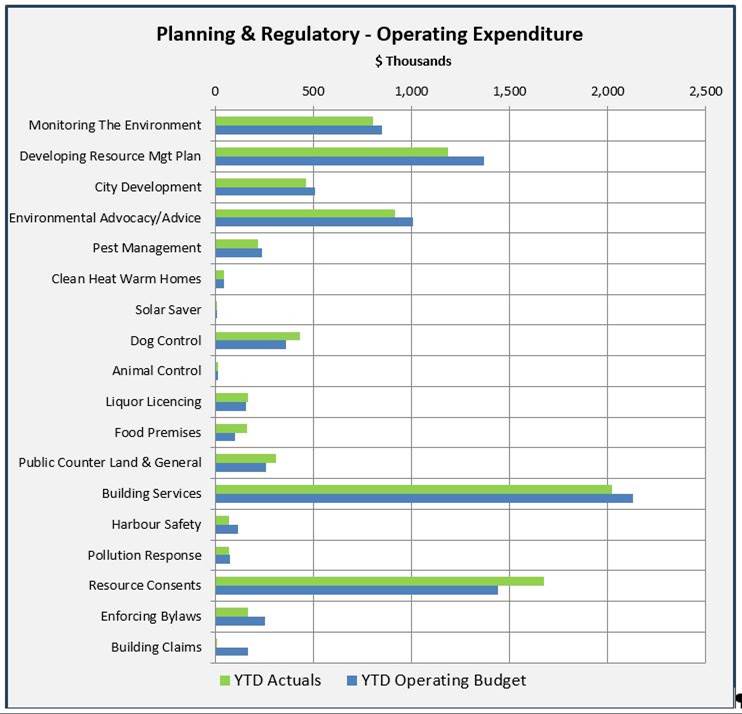
Capital Expenditure (including capital staff
costs)

4.1 A new contract with Environmental Inspections Limited (EIL)
was signed on 1 July 2018. The over-spend and under-spend commentary
below in relation to EIL roles for dog control, regulatory services and
enforcing bylaws reflects the fact the budget lines have not yet been changed
to align with the contracted services. These have been adjusted for the
2019/20 year. Whilst there are overs and unders, the overall cost for
these services is under budget.
4.2 Dog
Control income is less than budget by $37,000. Proposed fee
increases will come into effect in the next financial year. Dog Control
expenditure is greater than budget by $73,000. For the 2019/20
financial year the budget will be altered to reflect the cost of the contract
and the increase in fees approved by the Council on 2 May will enable this
activity to be cost neutral.
4.3 Enforcing
Bylaws expenditure is less than budget by $89,000.
4.4 Food
Premise expenditure is greater than budget by $42,000. The allocation of staff costs is $17,000 ahead
of budget. The cost of providing advice and services is $42,000 ahead of budget
due to the new EIL Contract price. Fees for this activity are to be reviewed.
4.5 Resource
Consents income is less than budget by $225,000. Resource consent fees are $222,000 behind
budget year to date, and are currently forecast to be $250,000 behind budget
for the full financial year. Resource consent income has increased 12% compared
to last year actuals, however was budgeted to increase 21%. This budget
increase set through the LTP process was overly optimistic. Resource
Consents expenditure is greater than budget by $234,000. The allocation of staff costs is $174,000
behind budget. Job costs are ahead of budget $245,000, which is due to the use
of consultants and is partially offset by staff costs. The costs of providing
advice and services are $127,000 ahead of budget due to the new EIL contract
price.
4.6 Building
Services income is greater than budget by $86,000. Building Warrant of Fitness Fees are $61,000
ahead of budget due to the timing of invoicing. Building Control Authority QA
Levy Fees are $31,000 ahead of budget due to a high number and value of
consents. Building Consent fees are $41,000 behind budget, which is demand
driven. Building Services expenditure is less than budget by
$107,000. The allocation of staff costs is $114,000 behind budget. Alpha
One service costs of $41,000 have been incurred against a nil budget. These
should be offset by higher fee income. Building Claims expenditure is
less than budget by $156,000. There
are currently three claims in progress. At this stage it is difficult to
forecast whether there will be an underspend at year end.
4.7 Developing
Resource Management Plan expenditure is less than budget by $185,000. The full budget is anticipated to be spent by
the year end given peer review costs (legal and technical) are being incurred
now.
4.8 Environmental
Advocacy and Advice expenditure is less than budget by $92,000. Of
this, $81,000 is due to allocation of staff costs being behind budget. This
relates to the Coastal/Marine Scientist position budgeted for but currently
vacant in the Science and Environment team. Recruitment for the role is
expected to begin before the end of the financial year.
4.9 Public
Counter Land & General income is less than budget by $19,000. Land
Information Memoranda (LIM) revenue is $19,000 behind budget due to a low
number of LIMs compared to projections. LIM income is currently forecast to be
$50,000 behind budget for the full year. Public Counter Land & General
expenditure is greater than budget by $49,000. The allocation of
staff costs is $51,000 ahead of budget, due to time coded to Public Counter
Land & General Scanning and Resource Consents. The coding of time to
this budget will be reviewed to ensure it is appropriate and altered if needed.
4.10 Monitoring
the Environment capital expenditure is less than budget by $68,734. Monitoring
equipment renewals is under budget by $28,000 and is forecast to be underspent
by $34,000 at the end of the financial year. It is proposed to carry forward to
allow the purchase of a new air quality monitor in 2019/20 to meet new national
environmental standards. Plant and equipment is under budget by $36,000. This
is due to timing of invoices and is expected to be fully spent by year end.
Key Performance Indicators – Long Term Plan and
Environment Activity Management Plan
4.11 Details
of the status of the indicators are contained in Attachments 2 and 3 (A2181696
and A2181967). The indicators not achieved are:
· 80% of
non-notified resource consents were issued on time – the target is 100%;
and
· 93.4% of
building consents and code compliance certificates were issued within 20
working days – the target is 100%; and
· There were two air
quality breaches in Tahunanui (one was dust related and one an aberration with
a one hour spike at around 9.30 pm). The target is zero breaches.
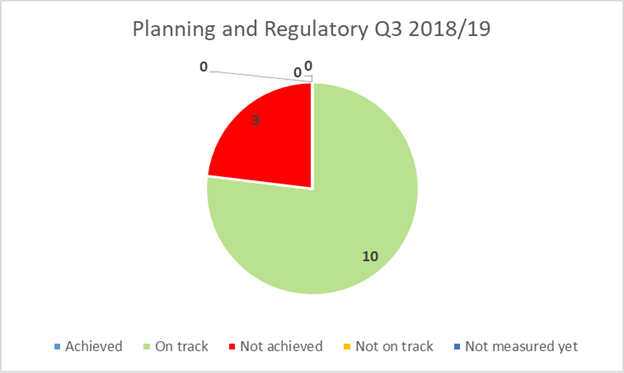
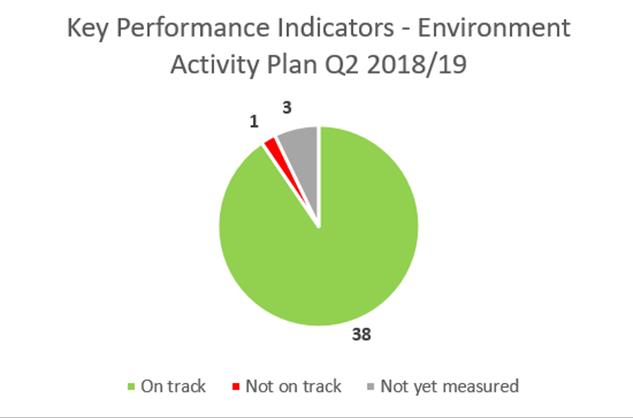
4.12 The
Environment AMP Key Performance Indicators that have not been measured yet
include water quality, animal and pest control and IANZ accreditation.
These have not been reported on yet as they are annual measures and will be
reported in the fourth quarter.
Project Reports – Operational
4.13 Operational
Project/Programme reports by Business Unit are contained in Attachment 4
(A2181946). These projects are all on track.
5. Environmental
Management Activity Update by Business Unit
BUILDING
Risks and
Challenges
5.1 The
Administration and Inspection teams are having to work in both Alpha One and
GoGet systems, which causes complexity. Under the Alpha One system,
processors are not getting the visibility of where a consent may be sitting on
processing days, which is leading to ongoing breaches.
5.2 The
market is still trending up. Whilst there was a slight lull during December,
the expectation is for 1,000 or more consent applications to be processed this
financial year.
5.3 There
is an ongoing small risk there may be some breaches of the 20 day time limit
over the next few months.
5.4 Compounding
the system change challenges are the number of building consent and amendment
applications received (as follows).
Trends
|
|
Third
Quarter 2018/2019
|
Third
Quarter 2017/2018
|
|
Building consents and amendments
received
|
236
|
183
|
|
Estimated value
|
$61,350,010
|
$17,001,424
|
5.5 There
has been an increase in the complexity, number (27%) and value (approximately
$40m) of building consents compared to the same quarter last year.
|
YTD BC+ Amendments
|
Total
to End of Third Quarter 2018/2019
|
Total
to End of Third Quarter 2017/2018
|
|
Building consent applications
received
|
755
|
646
|
5.6 This
represents an increase of 16.88% in applications for the year to date compared
to last year and is in line with the numbers during the 2012-2013 flood event.
|
|
Third
Quarter 2018/2019
|
Third
Quarter 2017/2018
|
|
Number of inspections
|
954
|
1576
|
5.7 The
decrease in inspections undertaken in the third quarter is due to reduced
inspections capability over the transition period to Alpha One and time taken
to check documents, as well as staff leave and statutory holidays.
5.8 With
the high number of consents and staff adapting to the change, there were 12
building consents that failed to be processed in the 20 day statutory time
frame during the third quarter. This has reduced from 29 breaches last
quarter.
5.9 Three
code compliance certificates were issued outside of the 20 day time limit. One
in February was due to development contributions not being done and two
occurred with the transition to the new system.
5.10 Recruitment of a Building
Officer (Inspections) to fill the position left by the promotion of another member of the team was successful and the officer joined
the team in late January. This provides ongoing support and resilience for the
Inspections team.
Strategic Direction and Focus
5.11 The
next three months will focus on a review of benefits realised through the
change of system and eliciting feedback from customers on their experience of
the new system.
5.12 In
June 2019 the Building Unit will be undertaking its IANZ reassessment for
Building Control Accreditation. The planning for the reassessment is well
advanced.
5.13 The
special consultative procedure report for priority buildings and routes of
strategic importance will come to the 4 July 2019 Planning and Regulatory
Committee. This will be reported to Council on 8 August 2019. Subject to
approval, the public consultation period will be planned to commence after the
Local Body Elections.
CITY
DEVELOPMENT
Achievements
5.14 The
Nelson Tasman Future Development Strategy (NTFDS) project has progressed and
growth scenarios have been developed after input from stakeholders and
Councillors. These are out for public feedback until 6 May.
5.15 The
City Centre Programme has progressed with a workshop with Council on 28
February. The six key moves for the city centre were presented and
discussed and are attached (Attachment 5 A2184278) for the Committee to
approve. The six key moves will form the basis for the City Centre
Programme Plan and set the direction for strategic focus in the city centre.
5.16 The
team continues to actively build relationships with the Nelson Regional
Development Agency (NRDA), Uniquely Nelson, city centre developers, retailers
and hospitality stakeholders to assist with the development of the City Centre
Programme. These relationships have resulted in a collaboration to bring
a proposed winter festival to Nelson for the 2020 year. Bespoke lighting
will be purchased that can be used for the festival and at other times
throughout the year (e.g. Christmas).
5.17 Officers
have been working with local artist Anne Rush and an incorporated society on
Meanwhile Spaces, a concept where the society will match interested
people/groups with vacant buildings in the city centre to enable activation of
those spaces on a temporary lease basis. The activations will include art
projects as well as interactive activities and small business start-ups.
Seed funding of $50,000 has been provided to get the trial of the Meanwhile
Spaces up and running for this winter.
5.18 A
final Special Housing Area was considered and approved by Council on 29 April
for 71 Haven Road. Officers are continuing to work with the applicant to
meet Deed requirements and ensure a consent application is submitted prior to
16 September 2019 which marks the partial repeal of the Housing Accord and
Special Housing Area Act.
Strategic Direction and Focus
5.19 Officers
are seeking to contract work on city centre investment cases before the end of
the financial year. The investment cases aim to understand the factors
that influence developers and investors when making decisions on central city
investments such as residential and mixed use development and redevelopment.
5.20 The
team is preparing the required report to commence a Special Consultative
Procedure for the closing of Upper Trafalgar Street. This will come to
the 20 June Council meeting.
5.21 The
annual update of the schedules within the Development Contributions Policy to
provide for CPI adjustment is under way.
5.22 The
team is also involved in assisting the Strategic Property Advisor with the
progression of a number of key strategic projects within the city centre.
5.23 The
NTFDS is on track and feedback from the public will be workshopped with Council
on 11 June, followed by reporting of the final strategy on 26 July.
Risks and Challenges
5.24 There
is a risk that the City Centre Programme will find it difficult to spend the
city centre capex fund of $200,000 without any internal project managers with
capacity to deliver projects, and with such a short time between now and the
end of the financial year. Officers have developed a programme to
mitigate this risk which is a mix of moving on the “easy wins” and
undertaking additional planning work in this financial year to enable more to
be spent in the 2019/20 financial year.
5.25 The
Urban Development Capacity Assessment highlighted that there is insufficient
residential development capacity in the long term (11 to 30 years) and provides
recommendations to Council on Plan enablement and infrastructure provisions
required to ensure that sufficient capacity is provided. The National
Policy Statement Urban Development Capacity (NPS UDC) requires that Council
initiate a response within 12 months. The team is working with Asset
Managers and the Planning team in order to achieve this.
5.26 The
NTFDS has an intensive project timeline. Any slippage in any of the
consultation, stakeholder or Joint Council workshops and meetings will mean this
project may not be delivered on time.
CONSENTS AND
COMPLIANCE
Achievements
5.27 Over
650 safety checks were carried out by the Deputy Harbourmaster over summer
including five “No Excuses” campaigns in conjunction with Maritime
New Zealand. School visits and the Women on Water workshops focusing on safety
on the water have been well received. Search and rescue operations with other
organisations over summer have been successful.
Trends
5.28 Resource
consent applications to the end of March at 374 is similar to the same period
last year (378). Compliance with timeframes is 81% for the year to date
compared to 91% for the same period last year. Consequently the discounts for
late processing total around $5300 for the year to date which is double the
level of last year’s discounts. Approximately half of the discount total
this year can be attributed to a former member of staff.
5.29 The
freedom camping patrols ended with fewer infringements than last year. An
assault has prompted a review on how the patrols are carried out.
Strategic Direction and Focus
5.30 The
Resource Consents team has a new Team Leader Resource Consents, Adrian Ramage.
Recruitment continues for a Principal Planner and a Planner.
Risks and Challenges
5.31 Senior
staff vacancies and limited capacity from external consultants to assist with
processing resource consents have resulted in non-compliance with statutory
timeframes and this is likely to continue while these factors remain.
PLANNING
Achievements
Nelson Plan - Changes in
Workshop Schedule and Iwi Input
5.32 A
workshop was held on 12 March to discuss the terms of reference for the Elected
Member Working Group and provide an overview of the Draft Plan and
process. There was wider interest from Councillors in the Plan and as a
result it is proposed that workshops now include the wider Committee and all
other Councillors rather than a Working Group.
5.33 A
schedule of Draft Plan workshop dates is confirmed and has been
circulated. The workshops will be run throughout May-July 2019.
5.34 It
is proposed to release a copy of the Draft Plan to the Iwi Working Group at the
same time as it is provided to Council. Providing a copy of the Draft
Plan to the Iwi Working Group aligns with the Council’s partnership
approach with iwi and Resource Management Act 1991 obligations (clause 3 of
schedule 1).
5.35 Accordingly,
it is proposed to amend the October 2018 “Nelson Plan Update”
resolution below as outlined in the recommendations in this report.
Resolved PR/2018/057
That the
Planning and Regulatory Committee
Receives
the report Nelson Plan Update (R9580) and its attachment (A2048250); and
Delegates
authority to review Draft Nelson Plan content ahead of reporting to the
Planning and Regulatory Committee to an Elected Member Working Group comprising
Her Worship the Mayor, Councillor McGurk, and two members of the Committee with
Making Good Decisions certification, namely Councillor Fulton and Councillor
Barker; and
Approves
amending the indicative timeline for release of the Draft Nelson Plan to
statutory stakeholders and iwi to August 2019 following further internal
testing, legal review, and Working Group review.
5.36 Officers
have had discussions with some local developers and professionals about the
implications of flood projections and have had an officer workshop to consider
these matters. The outcome of this work will be discussed at the Draft
Plan natural hazards workshops.
Nelson Plan Vision for
Adoption
5.37 The
7 May 2019 workshop on the Draft Plan included an outline of the workshop
schedule and approach and a review of the Draft Plan vision. A copy of
the vision is attached (Attachment 6 A2182016) for adoption by the Committee so
that this can be used to inform future workshop discussions. The Vision
has been updated to reflect the outcomes of the workshop which were to:
· Rely on
the LTP Smart Little City Vision but to include the remaining text as a
narrative of how the Nelson Plan would deliver the vision
· Incorporate
reference to net Carbon zero aspirations
· Reference
to the Iwi Vision
· Indicate
that Nelson is also a premier destination for events and the importance of the
School of Music, Theatre Royal, Suter, and the Museum.
· Acknowledge
the importance of forestry to the regional economy and carbon reduction
· Include
reference to housing affordability
· Include
coastal erosion and inundation with reference to natural hazards
National Planning Standards
will require minor changes to Nelson Plan
5.38 Officers
have been working with the Ministry for the Environment to provide input into
the National Planning Standards (PS) over the last year. The PS seek to
achieve national consistency in resource management plan form and structure so
it is easier for people to navigate plans wherever they are in New Zealand.
5.39 The
implications for Nelson are relatively minor as officers have already
anticipated key changes although some structural change will be required.
The main changes are the need to group the coastal area and subdivision
provisions in their own chapters rather than across domains and zones.
This will not have a significant impact on content. National mapping
standards and definitions are also introduced which means some zone colours and
some definitions will need to change.
5.40 While
the PS have effect from 3 May 2019, the timeframe to align with the standards
is 10 years or notification of the Nelson Plan (scheduled for 2021).
There is also a requirement for Councils to have their plans available in an
Eplan format within five years. It is proposed that the required
structural changes will be made prior to the release of the Draft Plan to the
community. In the meantime, officers have developed a structural map that
indicates how the Plan will need to change to align with the PS.
Migration to an Eplan format is already under way.
First Round Coastal Erosion
and Inundation Engagement Almost Complete
5.41 Officers
have been engaging with the community about coastal erosion and inundation
throughout February and March 2019. Drop in sessions were held in the
city centre and Stoke, and workshops were held in Monaco, Tahunanui, Wakapuaka,
the city centre, and Cable Bay to share and gather information. A number
of individual meetings have been held and are planned with stakeholders that
are potentially impacted by coastal erosion and inundation. A hui was
held with iwi on 25 May 2019. The feedback from the community, iwi and
stakeholders will be used to inform technical work to identify areas affected
by coastal inundation and erosion planned for later this year.
Dog Policy and Bylaw in
Development
5.42 Preliminary
engagement commenced on the review of the Dog Control Policy and Bylaw in
November 2018. Officers have been working through this feedback and propose
to bring a paper the new Council in late 2019. The Bylaw is due to expire
in February 2020 so the new Council will need to decide on the form of the
proposed Bylaw and Statement of Proposal before then.
Kotahitanga mō te Taiao
Strategy for Adoption
5.43 Council
joined the Kotahitanga mō te Taiao Alliance (the Alliance) in September
2017. The Alliance is made up of all the Councils and iwi in the top half
of the South Island, led by the Department of Conservation. The focus of the
Alliance is on landscape-scale conservation projects that also have social,
economic and cultural benefits. The Alliance has supported a number of
conservation projects throughout 2018 and has developed the draft Kotahitanga
mō te Taiao Strategy (Draft Strategy) to help align efforts. Updates
on the Draft Strategy have been provided to the Committee and the Draft
Strategy was jointly workshopped with Tasman District Council (TDC) on 26 March
2019.
5.44 A
copy of the Draft Strategy is attached for adoption (Attachment 7 A2159046).
The Draft Strategy is being presented to Alliance members for adoption
throughout April and May 2019. At the time of writing this report, the
Draft Strategy had been adopted by TDC, Marlborough District Council (MDC),
West Coast Regional Council, Kaikoura District Council, Buller District
Council, Ngati
Kuia, and Ngati Waewae.
Vehicle Access at Delaware
Estuary
5.45 Council
officers have been working to resolve conflicts over vehicle access to the
foreshore in Delaware (Wakapuaka) Estuary. This matter will be reported
on separately to a future Committee meeting.
Strategic Direction and Focus
5.46 The
focus for the next quarter will be Council workshops and iwi liaison on the
Draft Plan along with responding to proposed national policy changes.
Risks and Challenges
5.47 The
Planning team is recruiting for a Principal Planning Adviser and a Planning
Adviser, and the Principal Planning role is proving difficult to fill.
5.48 There
is a significant amount of national policy change in the coming months.
Council approval may have to be sought retrospectively given the volume of work
and tight timeframes involved. The release of the National Environment
Standard for Air Quality for public feedback has been delayed until the end of
2019.
SCIENCE AND
ENVIRONMENT
Achievements
Biosecurity
5.49 Council
decisions on the Tasman-Nelson Regional Pest Management Plan 2019–2029
were publicly notified on 30 March 2019 after the Plan was adopted by Nelson
City and Tasman District Councils. There have been no appeals and the next step
is for the Council seal to be affixed and the Plan then becomes operative.
Carbon Measurement and
Reduction
5.50 The
Nelson City Council emissions inventory for CEMARS (Certified Emissions
Management and Reduction Scheme) has been completed and work is now under way
on the emissions management and reduction plan in preparation for the
certification audit on 9 and 10 May 2019.
State of the Environment
Monitoring
5.51 The
Nelson City Council State of the Environment report 2018 was approved in March
2019.
5.52 A
new Estuarine Water Quality monitoring programme has been developed to feed
into existing estuarine health monitoring. The programme is tailored to link in
with upstream water quality sites and report on regional catchment and coastal
issues such as sediment deposition, seagrass distribution and loss of coastal
saltmarsh.
Recreational Bathing
Monitoring
5.53 Most
recreational bathing monitoring sites had their best results compared to
previous years. There was one unexplained ‘Red Action’ exceedance
at Nelson Haven and Tahunanui. Maitai at Collingwood Street Bridge,
Wakapuaka at Hira Reserve and Paremata Flats had exceedances requiring further
investigation.
5.54 Cyanobacteria
(toxic algae) was present at low levels over the summer at the Wakapuaka and
Maitai monitoring sites. Moderate levels of cyanobacteria occurred in Poorman
Valley Stream near Nayland College and Isel Park. Cawthron undertook
Council research at three Maitai sites over the summer to assess growth conditions
and sediment-phosphorous inputs. The results of the research are due in
May and will help to inform the Cyanobacteria Action Plan.
Water Quantity
5.55 In
January and February the monthly rainfall totals were 79% and 89% lower than
average at Hira. Rural water restrictions were enforced for all stream takes
from mid-January through to the beginning of April. The restrictions allowed
essential water use only for around 500 properties for the majority of the
drought period. During this period more than 80 low flow gaugings were carried
out.
Healthy Streams
5.56 Inanga
spawning on the Maitai this March was the most productive recorded to date,
with inanga eggs found in the Shakespeare Walk channel created for inanga
spawning in March 2015.
5.57 Spotlight
and electrofish surveys in the upper Brook catchment have yielded double the
eel numbers previously recorded above the top dam and whitebait koaro above the
1906 dam, confirming active fish passage through the Sanctuary dam fence and
waterworks structures. Further work is under way to improve fish passage and
habitat in the Brook concrete channel.
5.58 A
new Whangamoa River Action Plan has been developed under the Healthy Streams
programme. The plan sets out a series of projects for the remainder of 2018/19
and beyond to improve and protect the health of the river, with an initial
focus on fish passage remediation and riparian planting.
5.59 Wakapuaka
Bursting with Life programme has various initiatives including community
workshops on sustainable land management, maintenance of septic tanks and
fencing and riparian planting with a focus on Ecoli.
5.60 Two
field guides have been produced for the Wakapuaka River and Te Wairepo/York
Stream. This community engagement tool encourages people to explore their local
waterway through activities and information in the guides. The Te Wairepo/York
Stream guidebook was launched at Race Unity Day; the Wakapuaka guidebook will
be launched at the Birds Hikoi event on 12 May at Hira.
5.61 Sediment
and erosion control guideline resources are under development in collaboration
with TDC. The resources will include a comprehensive joint best practice
guideline document; a small site guide; a tools resource and some targeted
on-site training for key focus groups.
5.62 A
drone survey has been undertaken in the piping network of Maire Stream to
identify barriers to fish passage. This process is of interest to other
Councils as a cost effective, and safe, means of assessing underground pipe
systems.
Nelson Nature
5.63 A
review of coastal birds in the Nelson and Tasman Regions has compiled available
data on the number and distribution of gulls, terns, rails, shags and herons
and provides a brief review of threats and management issues for these species.
Seventeen of the 28 coastal bird species identified in the report are
threatened or at risk and 15 of these are found in the Nelson region.
5.64 Further
surveys were undertaken for the threatened Back Beach Beetle after a second
population was found at Delaware Inlet in 2018. This year’s survey found
a third population of the beetles at Bell Island. A management plan for the
species is being prepared in collaboration with the Department of Conservation.
5.65 An
operational plan has been completed for the Nelson Halo to enhance native bird
populations in Nelson. The plan identifies key focus areas for Council and
community trapping and restoration efforts.
5.66 The
Nelson Biodiversity Forum confirmed its preference for the current level of
Council involvement in the Forum at its March meeting. The question was raised
by Council officers in response to a national hui on regional biodiversity fora
which found many were community-led and largely independent from Council.
Land Management
5.67 A
series of workshops with the rural community, focused on sustainable land
management practice, has begun with the first two workshops attracting around
60 residents. Land Environment Plans are being developed by landowners,
with a particular emphasis on water quality and erosion management. This
project is funded through the Ministry of Primary Industries (MPI) Hill Country
Erosion Fund which is being administered by Council and is in partnership with
NZ Landcare Trust. Landowners attending the workshops have shown a high
level of interest in converting pasture or plantation forestry back into native
forest.
Environmental Education
5.68 A
focus on engaging schools with Council’s education programmes took place
in February with the result that all schools in Nelson are now connected to the
Enviroschools programme, either as a full Enviroschool or a Friend of
Enviroschools. Two Nelson-specific newsletters have replaced the Ecobuzz
publication that was previously produced jointly with Tasman.
Eco-building Design
5.69 The
six month report of the Warmer Healthier Homes (WHH) Project covering the
period 1 July to 31 December 2018 has been received (A2177541). 144 homes
were insulated during that six months, with a total of 1,348 properties
completed to date. The goal is to reach 1,500 homes by financial year end 31
June 2019.
Air Quality
5.70 The
Best Little Wood Shed competition was run during February and March promoting
the correct ways of storing firewood. A number of innovative entries were
submitted, with the top three receiving prizes of fire wood and the
people’s choice award receiving a free flue clean and burner check.
Waste Minimisation
5.71 Delivery
of the waste minimisation programme included projects focusing on reducing
textile waste; increasing home composting; reducing events waste and promoting
the recycling of e-waste. Delivery of further projects is pending the
completion of the review of the Joint Waste Management and Minimisation Plan.
Strategic Direction and Focus
Biosecurity
5.72 A
number of submissions were received seeking more responsibility around cat
management (domestic, stray/unowned and feral) within the Tasman/Nelson regions
during the development of the Tasman-Nelson Regional Pest Management Plan. The
Joint Committee agreed there was a case for intervention. However, it
resolved that management of domestic cats was outside the provisions of the
Biosecurity Act 1993. A report has been commissioned by TDC and will be
presented to Council when complete. It will:
a. Provide a
background to the nuisance cat problem at national and local levels; and
b. Set out
issues and options regarding the development of bylaws, and other approaches,
for both Nelson City Council and TDC to consider.
Land Management
5.73 Planning
is under way, along with TDC and MDC, for the delivery of the 2019/2023
MPI-funded (through the Hill Country Erosion Fund) forestry retirement
project. Along with funding for each Council for a range of projects, MPI
is to fund one FTE to work across all three Councils, to identify risks and
opportunities in the forestry sector. The focus is on improving
environmental practice, while also reducing environmental risk.
Carbon Measurement and
Reduction
5.74 There
will be an ongoing focus on measurement and reduction of Nelson City Council
greenhouse gas emissions for the remainder of the financial year, including
identification of reduction targets for the next five years. Planning will
concentrate on delivering the reduction target through projects and initiatives
identified in the Emissions Reduction and Management Plan (which is under
development). There will also be a strategic focus on investigating options for
measuring and reducing Nelson Region greenhouse gas emissions.
Marine and Coastal Science
5.75 Science
and monitoring programmes are in place for most environmental domains.
However, there will be an extra focus in the next quarter on the development of
a marine and coastal science and monitoring programme, pending the appointment
of a coastal/marine scientist.
Biodiversity
5.76 Two
items of new national biodiversity policy are anticipated in the second half of
2019; the NZ biodiversity strategy and National Policy statement for Indigenous
Biodiversity. Officers have attended pre-consultation workshops and briefings
for these policy items and will focus on ensuring Nelson City Council is well
placed to respond when these are finalised.
Risks and Challenges
Air Quality
5.77 Two
exceedances of the National Environmental Standard Air Quality (NESAQ) were
recorded in Airshed B1, Tahunanui this quarter, 65ug/m3 on 15 February and
84ug/m3 on 7 March. This is over the one permitted exceedance per year for this
Airshed. One was caused by dust from work on a construction site and the soil
not being dampened during the period of the drought. The other was an
aberration over an hour period at around 9.30pm and it is impossible to know
the cause.
5.78 Many
of Council’s air quality monitors are due for replacement. The Ministry
for the Environment is proposing changes to the National Environmental Standard
for Air Quality, but has advised officers that public consultation has been
further delayed and is now not likely until the end of 2019. Purchase of new
machines has been held off pending the changes, because they may influence the
type of machine purchased. In the meantime, officers are managing the
monitoring network closely.
Water Quantity
5.79 The
rural low flow response and rural water restrictions processes are being
reviewed following the recent drought, to ensure the rural restriction and
provisions align well with the urban water restrictions and provisions and the
approach taken by TDC.
6. Legal
Proceedings Update
6.1 The
Court of Appeal dismissed the Brook Valley Community Group (BVCG) appeals. The
Court found that the Exemption Regulations (for the brodifacoum drop behind a
predator proof fence) are lawful and the Court did not agree with the approach
of the BVCG and Forest and Bird that the same action would require to be
consented twice under section 15 of the Resource Management Act (discharge of
contaminants) and section 13 (deposit any substance on a river bed). The BVCG
are applying for leave to appeal to the Supreme Court. An oral hearing on the
application was set for 2 May 2019.
6.2 Jenny
Walker appealed against Court decisions supporting Council action taken under
the Dog Control Act. These proceedings were struck out by the High Court. Her
subsequent appeal to the Court of Appeal is deemed abandoned. A subsequent
application for leave to appeal to the Supreme Court was dismissed. Cost awards
have been made.
6.3 A
separate dog attack prosecution will be heard on 15 May.
6.4 An
appeal against consent conditions for a slip remediation is on track to be
resolved at mediation.
6.5 There
are three building-related proceedings which have been reported to the Audit
Risk and Finance Subcommittee on 21 May. These are:
a. Orr,
Stringer and Pessione – 5 City Heights.
b. Paine
and Bowers and Others - 39 Valley Heights Road.
c. Risner
v Aurecon – 9 Cullen Place.
6.5
The Marine and Customary Areas Act (MACA) applications have case management
dates set for June. There are over 200 applications nationally in the High
Court and 5 relate to Nelson.
7. Status
Reports
7.1 The
report on the options for regulatory services and the Nelson Tasman Land
Development Manual is included in the agenda for the Planning and Regulatory
meeting on 28 May 2019.
7.2 An
update on the Nelson Plan is provided in this report in the Planning section.
7.3 The
Future Development Strategy public consultation results will be brought to a
Joint Council Workshop on 11 June followed by the final strategy to be received
by Council on 26 July.
8. Other
Notable Achievements, Issues or Matters of Interest
Fire Emergency
8.1 There
has been an impact on business as usual with staff being away at the Emergency
Operations Centre (EOC) during the fire emergency.
a. Building:
Two staff worked for 66 hours.
b. City
Development: The Team Leader City Development worked a total of 82 hours.
c. Consents
and Compliance: Two staff worked in the EOC for four days in total.
Compliance officers assisted with the clarification of the wording of the
direction from the EOC, which took approximately five hours.
d. Environment:
The Manager Environment covered for the Group Manager who was operating as
Recovery Manager at the EOC.
e. Science
and Environment: Three officers in the Science and Environment team
were involved in the fire emergency response, working at the EOC for a total of
125 hours (63, 46, 16).
Workshop Update
8.2 21
February: Climate Change: follow up re CEMARS. The purpose of the workshop
was to provide Elected Members with an update on the current work programme
related to climate change, and to explore the next steps including whether
there is a need for governance principles to guide priorities for the future
work programme.
8.3 21
February: City Development ran a workshop on Options for Housing Choice and
Affordability.
8.4 28
February: The City Centre Programme Lead ran a workshop with Council on
the 6 key moves for the city centre. These are included in this report as
attachment 5 A2184278.
8.5 5
March: City Development held a Joint Council workshop with Tasman
District Council on the Future Development Strategy multi assessment criteria
for evaluating growth options.
8.6 12
March: Nelson Plan: Officers provided an overview of the Draft Plan
and process. There was a conversation about potential flooding issues in
the city.
8.7 19
March: City Development held a Joint Council workshop with Tasman
District Council on the Future Development Strategy draft consultation documents
and interactive web map.
8.8 26
March: Joint NCC/TDC Kotahitanga mō te Taiao Strategy: A joint
presentation was provided by representatives from NCC, TDC, the Department of
Conservation, iwi and the Next Foundation. The presentation covered the
national conservation context, an overview of the strategy and proposed implementation,
and a funders and iwi perspective on the Draft Strategy.
8.9 27
March: Smart Little City: The purpose of this workshop was to
refine areas where Council might want to develop business cases to deliver a
smart little city.
8.10 7
May: Nelson Plan: This workshop provided an overview of the Nelson Plan work
and considered the Draft Plan Vision. The Workshop also covered the Draft
Nelson Plan provisions relating to Noise, Temporary Events, and Signs.
Further consideration was required of:
· Port,
airport, traffic and motorway noise
· The
hours for construction noise
· Inner
City acoustic insulation standards
· Allowing
for additional events to enable the city to be more welcoming of events
· Improved
guidance and processes for event organisers
· The cumulative
impacts of temporary events
· Directional,
airport, trailer, digital, and electoral sign standards
· Enabling
community signage
8.11 9
May: Nelson Plan : This workshop covered Air Quality and the Coastal
Environment.
8.12 An
update on the proposed National Environment Standard Air Quality (NESAQ) and
potential changes to airshed boundaries was considered at the start of the
workshop. Councillors endorsed the general approach of retaining the operative
plan content until the NESAQ draft is released at the end of 2019 subject to
the further consideration of the following matters:
· Implications
of NTFDS future growth areas for airshed boundaries
· Eco
flue and coal burning approaches at Environment Canterbury and Westland
· Ministry
for the Environment approach to shipping emissions and Warrant of Fitness for
woodburners
8.13 The
remainder of the workshop focussed on the Coastal Environment provisions.
The following matters were identified for further consideration:
· The
impacts of permanent Port occupation (rather than through permit) on future
recreational and other users
· How
refuelling of ships or transfer of fuels away from the Port is managed
· Clarification
of ‘functional need to be located in CMA’ and the definition of
scientific research structure
· The
potential duplication in the discharges of water rule (C.7.R.26)
· The
need for more detailed scenarios at future workshops
Author: Clare
Barton, Group Manager Environmental Management
Attachments
Attachment 1: A2151814
Building and Consents and Compliance statistics ⇩
Attachment 2: A2181696
Annual Report - Quarterly Reporting - Performance Measures - 2018/19 ⇩
Attachment 3: A2176723
Environment AMP KPIs ⇩
Attachment 4: A2181946
Planning and Regulatory Committee Report on Operational Projects ⇩
Attachment 5: A2184278
City Centre Programme Six Key Moves ⇩
Attachment 6: A2182016
Vision for Whakatu Nelson Plan - May 2019 ⇩
Attachment 7: A2159046
Kotahitanga mō te Taiao Strategy ⇩
|
Important considerations for decision making
|
|
1. Fit
with Purpose of Local Government
Section 10 of LGA 2002 requires local government to
perform regulatory functions in a way that is most cost-effective for
households and businesses. This quarterly report identifies the performance levels
of regulatory and non-regulatory functions.
|
|
2. Consistency
with Community Outcomes and Council Policy
The Council’s Long Term Plan includes performance
measures for various activities and this report enables the Council to
monitor progress towards achieving these measures.
|
|
3. Risk
Staff vacancies have the potential to impact on work
programmes and statutory timeframes. Recruitment for these roles is
continuing.
|
|
4. Financial
impact
No additional resources have been requested.
|
|
5. Degree
of significance and level of engagement
This matter is of low significance.
|
|
6. Inclusion
of Māori in the decision making process
No consultation with Māori has been undertaken
regarding this report.
|
|
7. Delegations
The Planning and Regulatory Committee has the following
delegation:
Areas of Responsibility:
· Biodiversity
· Performance
monitoring of Council’s regulatory activities
· Resource
management
Powers to Decide:
· To
perform all functions, powers and duties relating to the areas of
responsibility conferred on Council by relevant legislation and not otherwise
delegated to officers
Powers to Recommend:
· Development
or review of policies and strategies relating to the areas of responsibility
|
Item 11: Planning and Regulatory Committee - Quarterly Report - 1
January-31 March 2019: Attachment 1
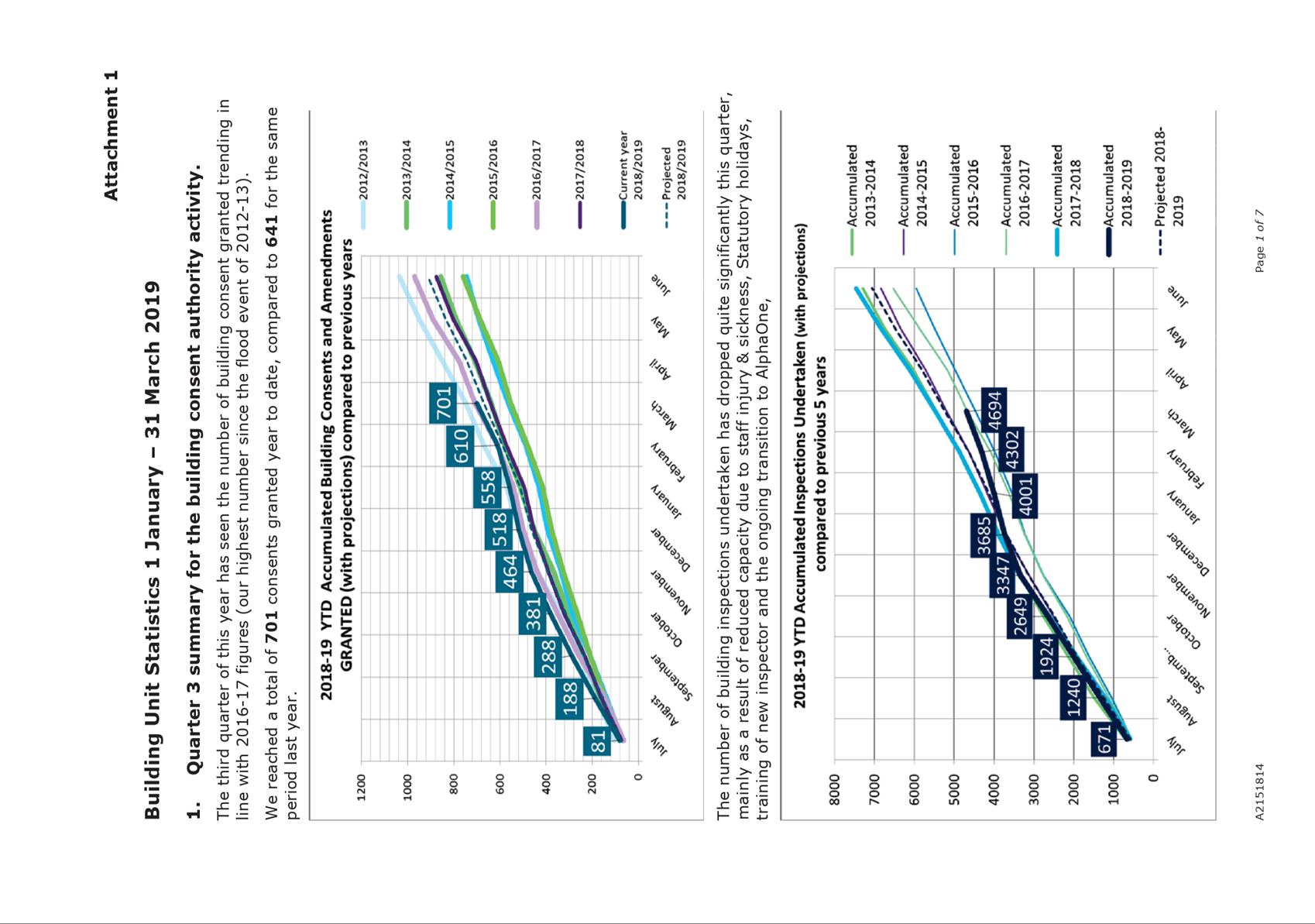
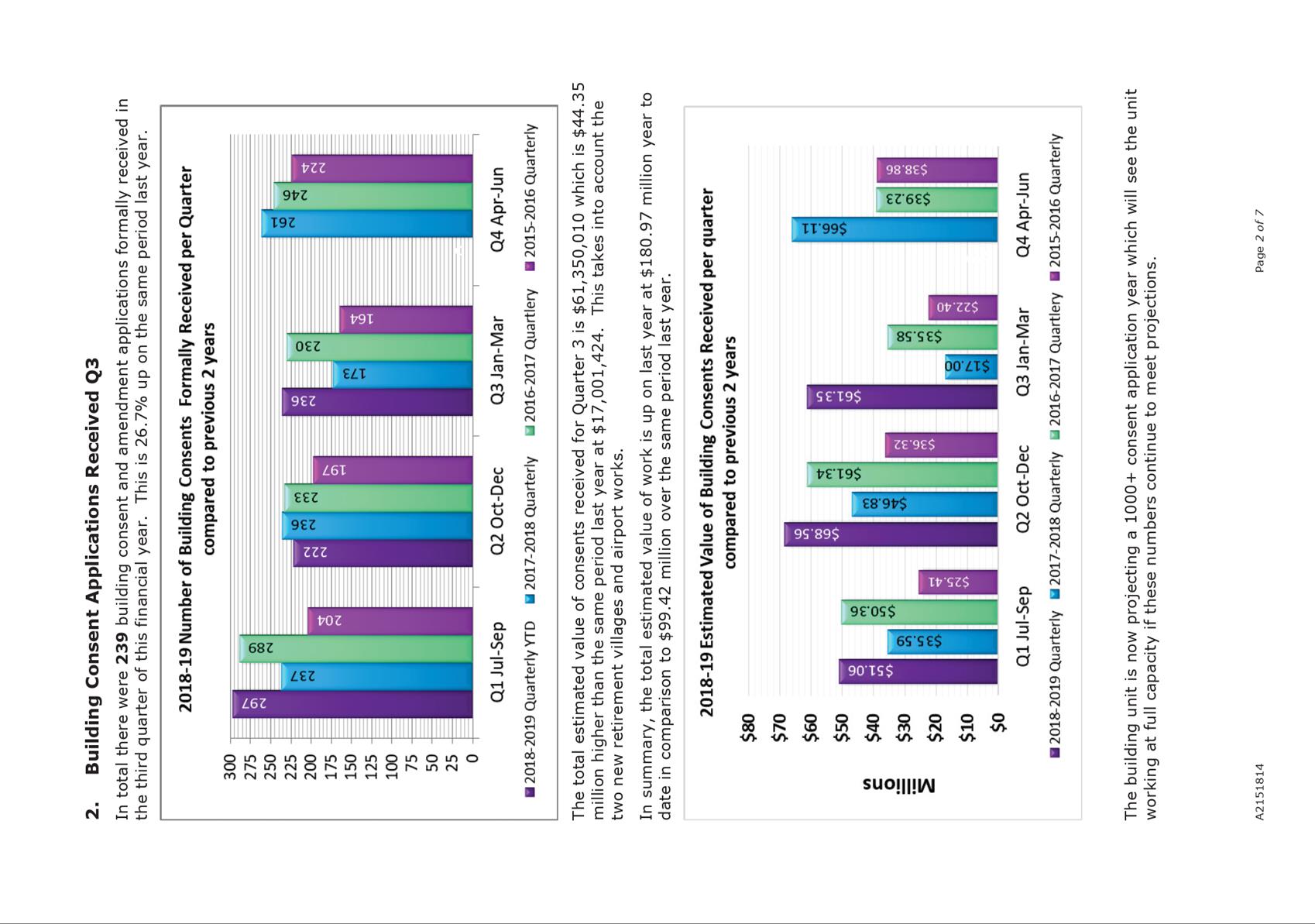
Item 11: Planning and Regulatory
Committee - Quarterly Report - 1 January-31 March 2019: Attachment 2
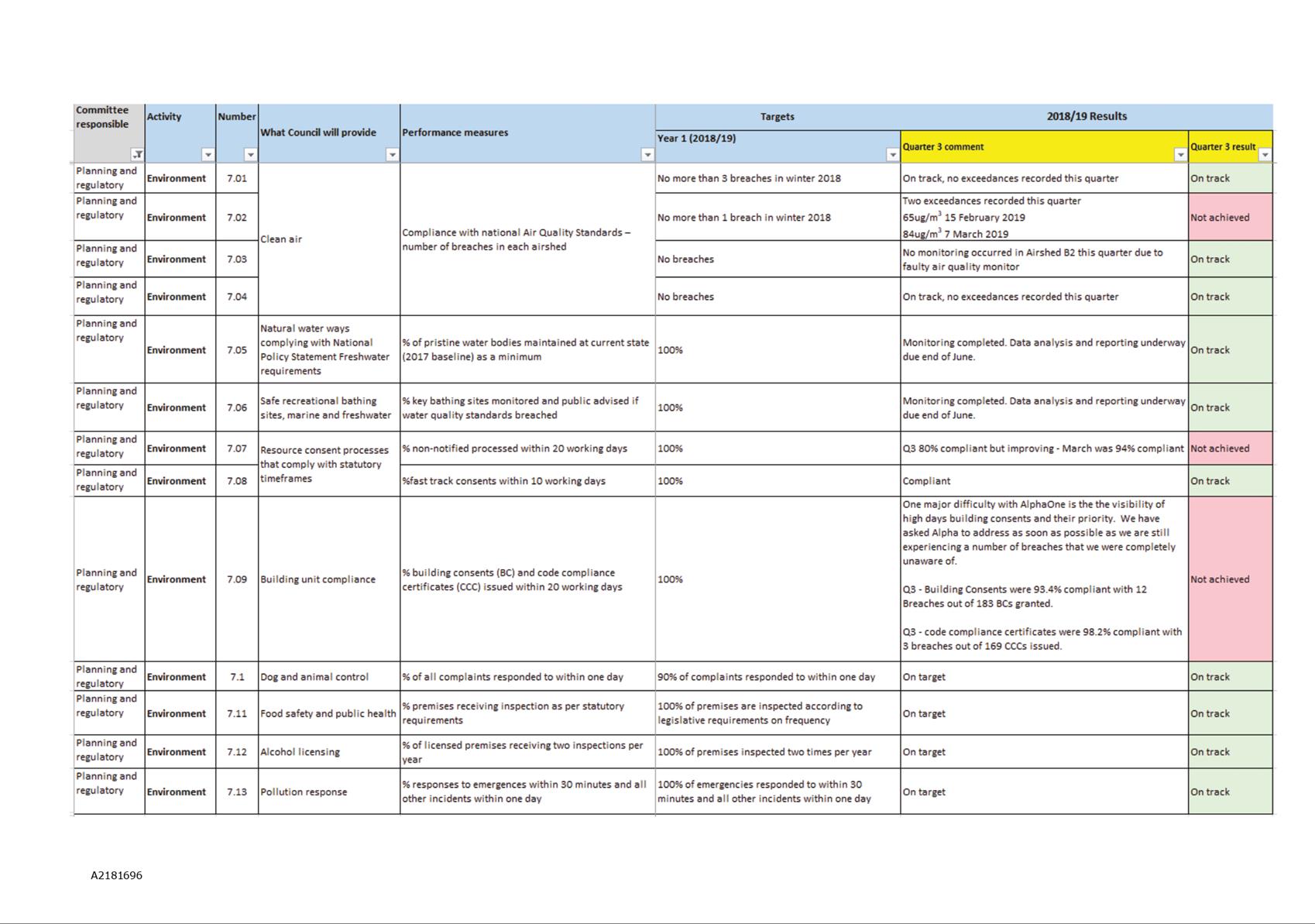
Item 11: Planning and Regulatory Committee - Quarterly Report - 1
January-31 March 2019: Attachment 3
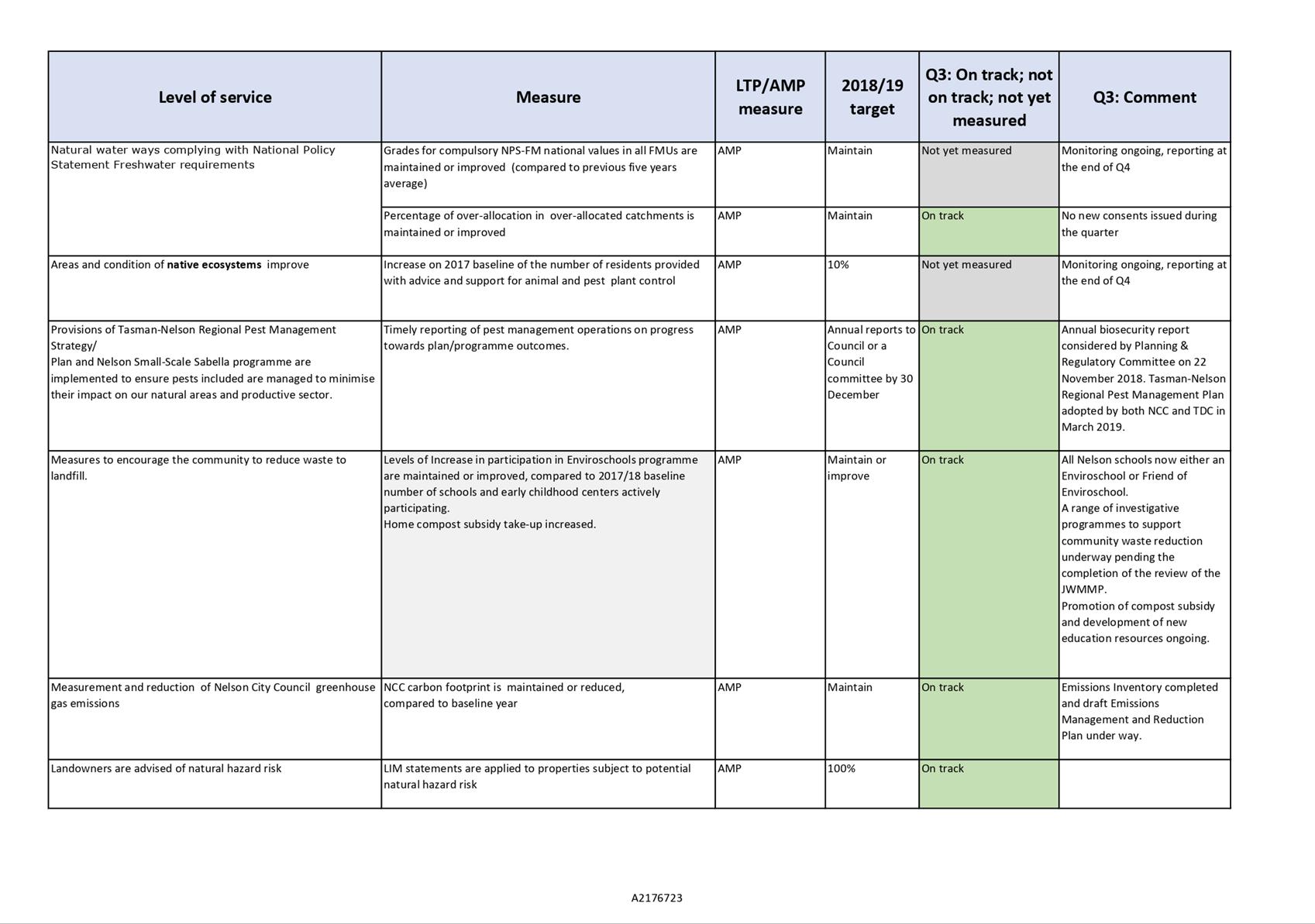
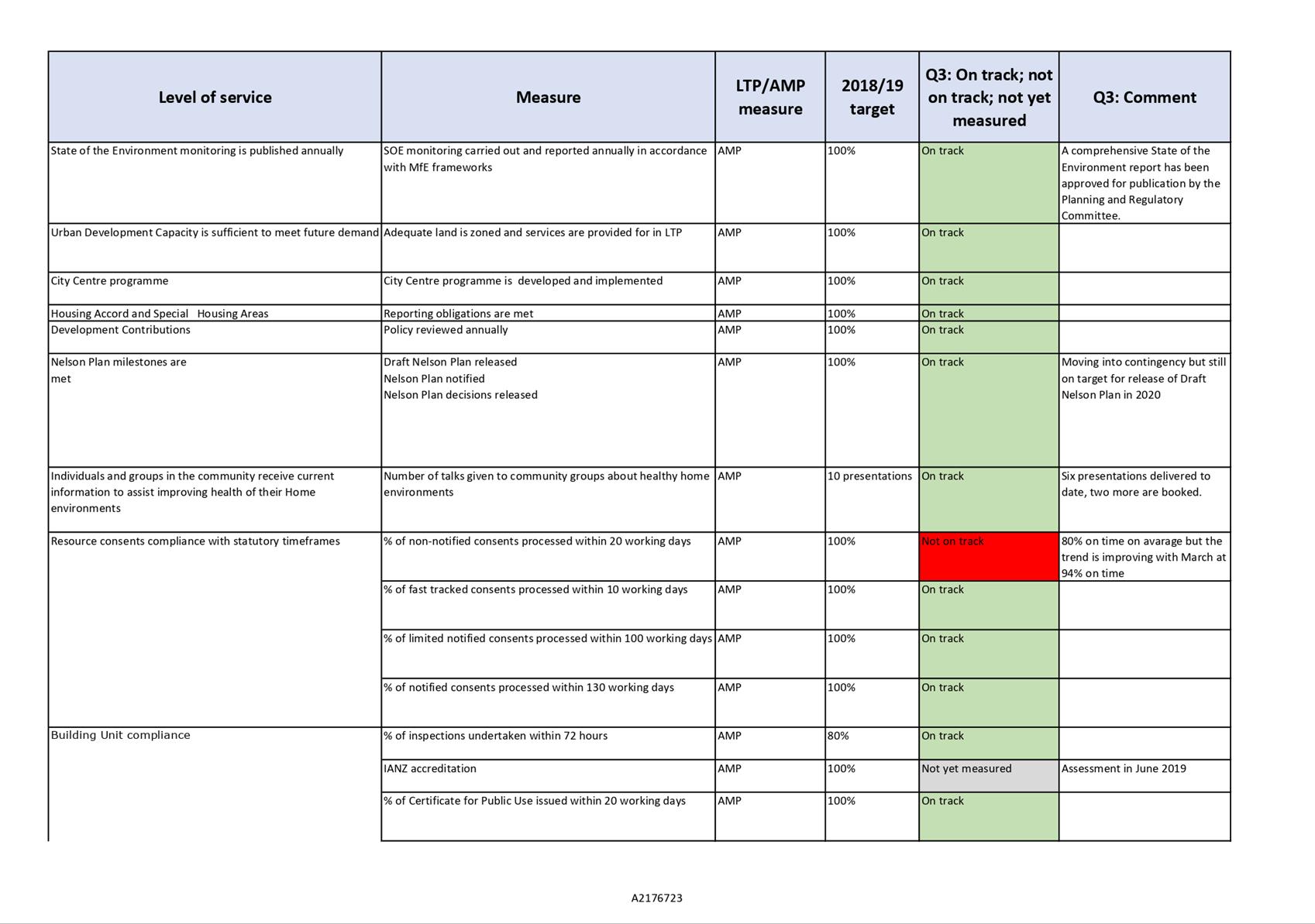

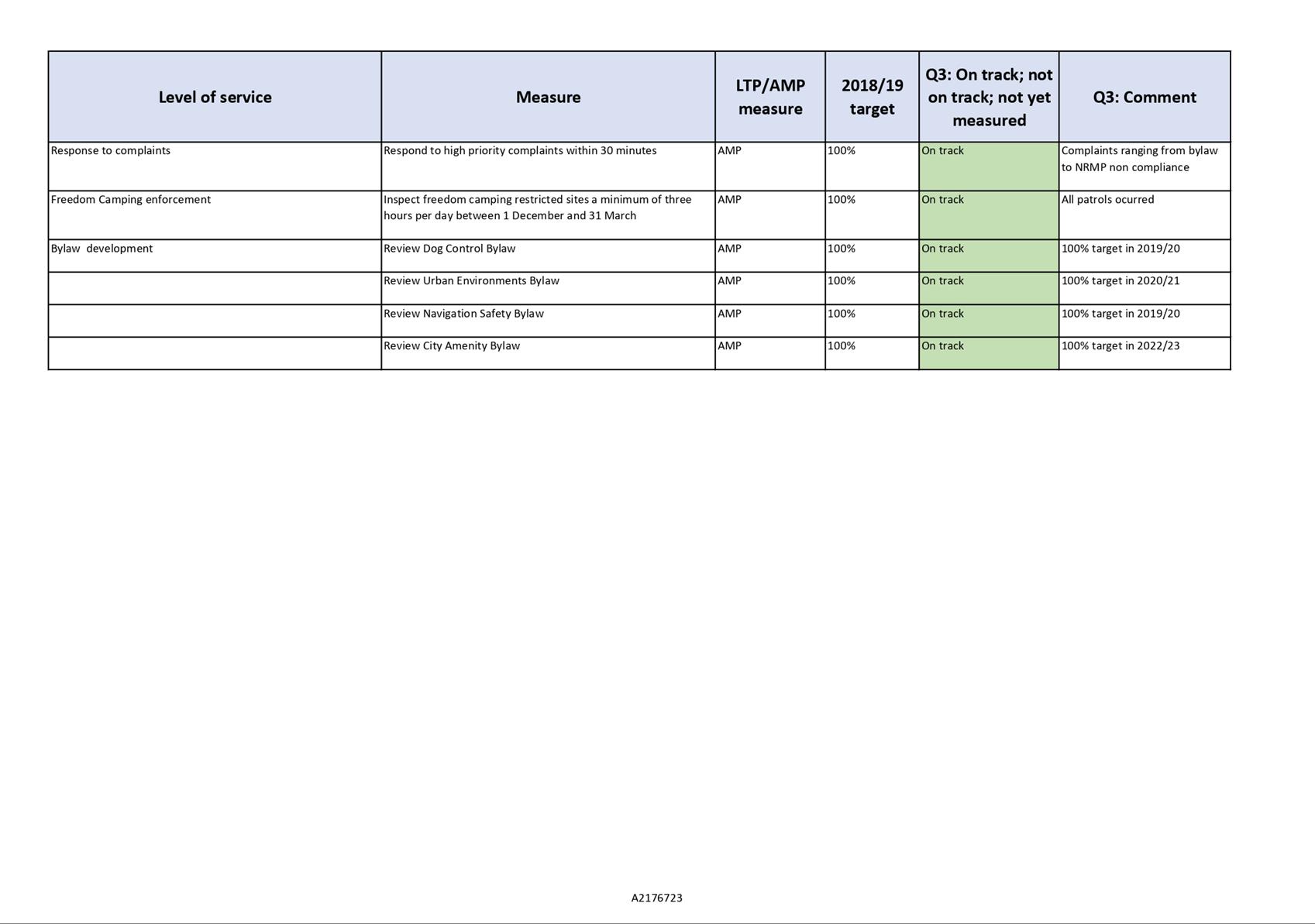
Item 11: Planning and
Regulatory Committee - Quarterly Report - 1 January-31 March 2019: Attachment 4
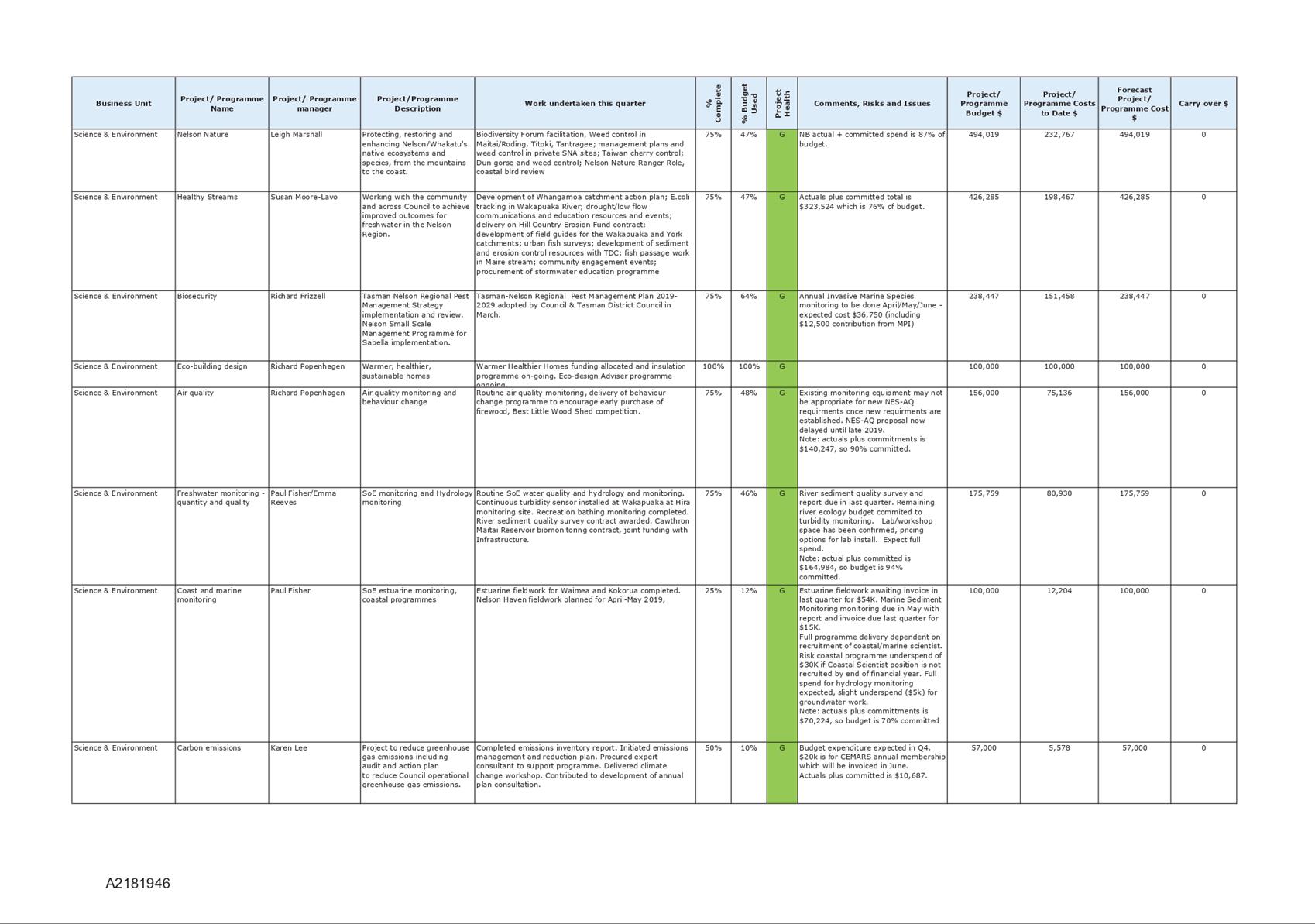

Item 11: Planning and
Regulatory Committee - Quarterly Report - 1 January-31 March 2019: Attachment 5
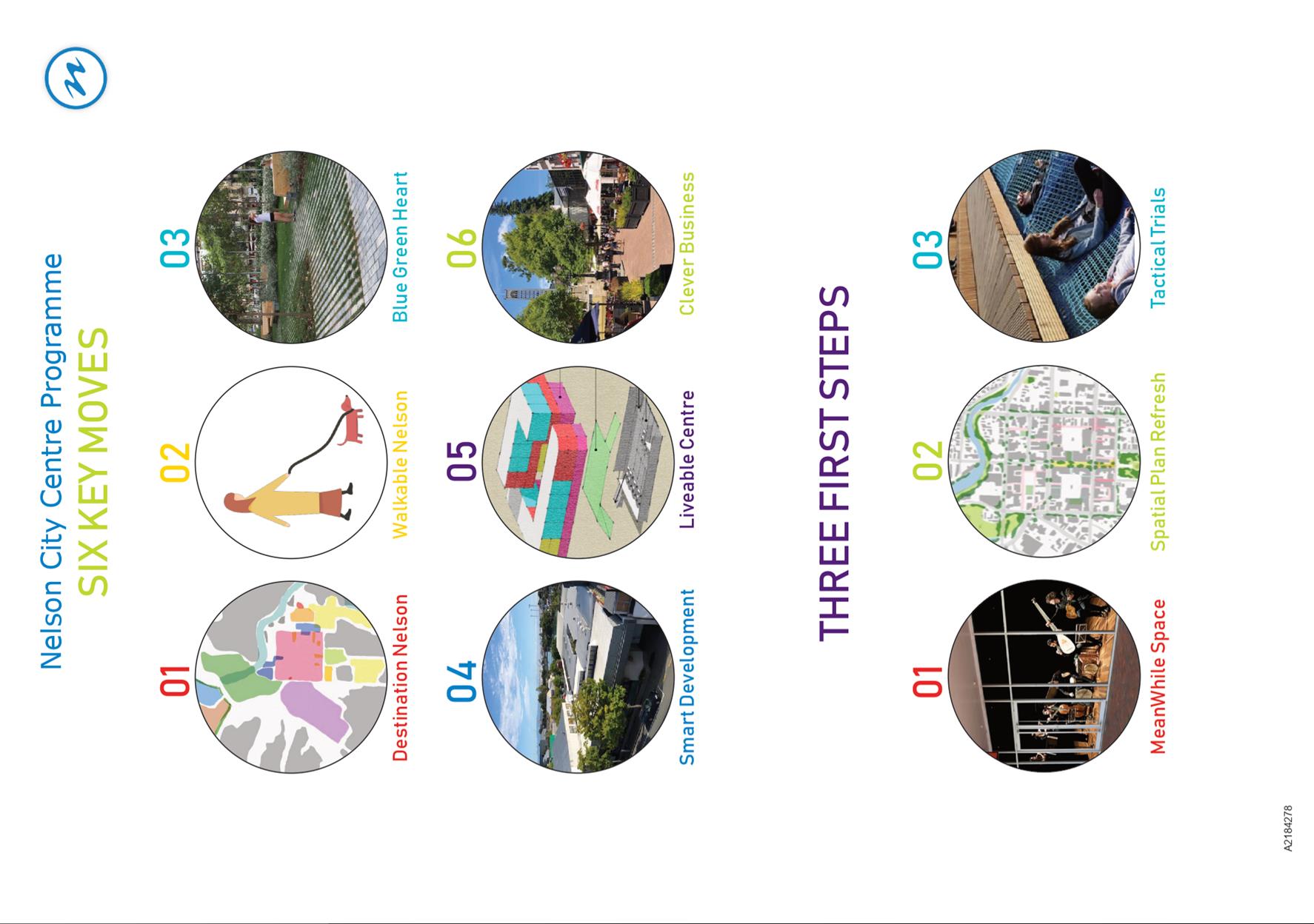
Item 11: Planning and Regulatory Committee - Quarterly Report - 1
January-31 March 2019: Attachment 6
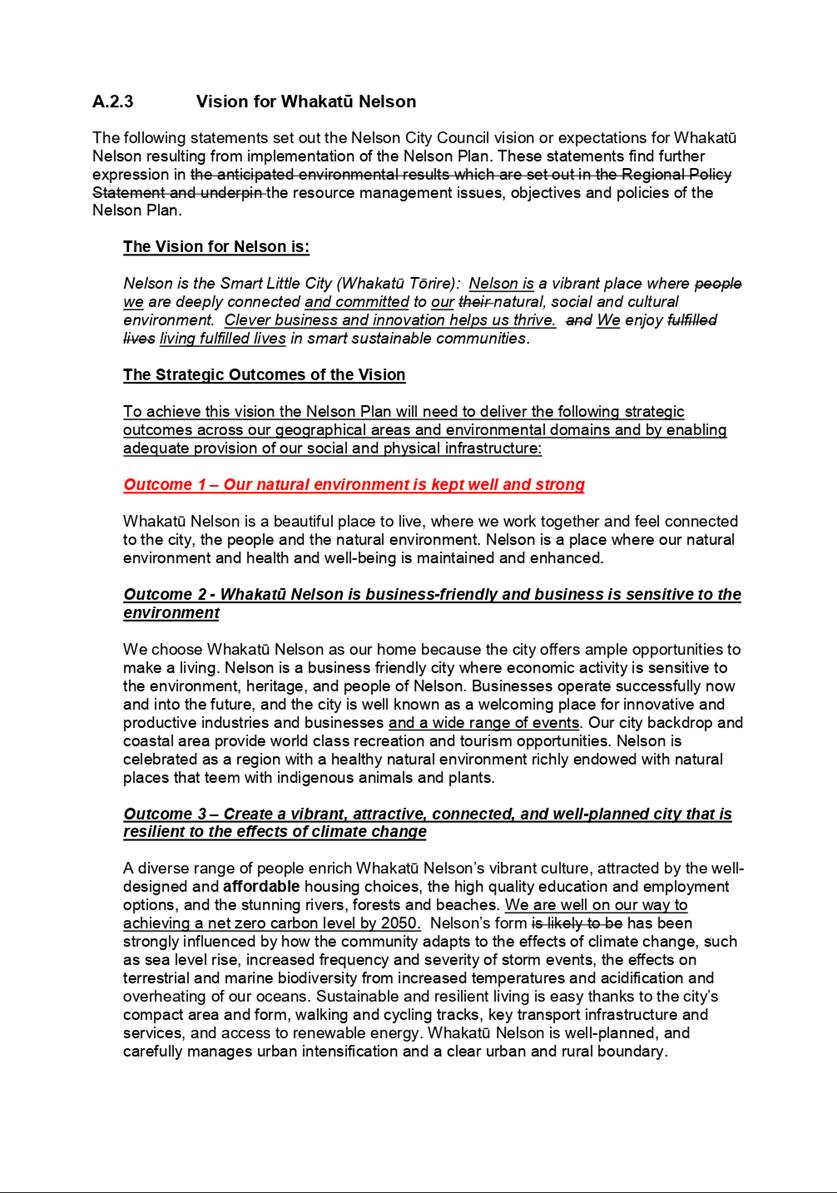
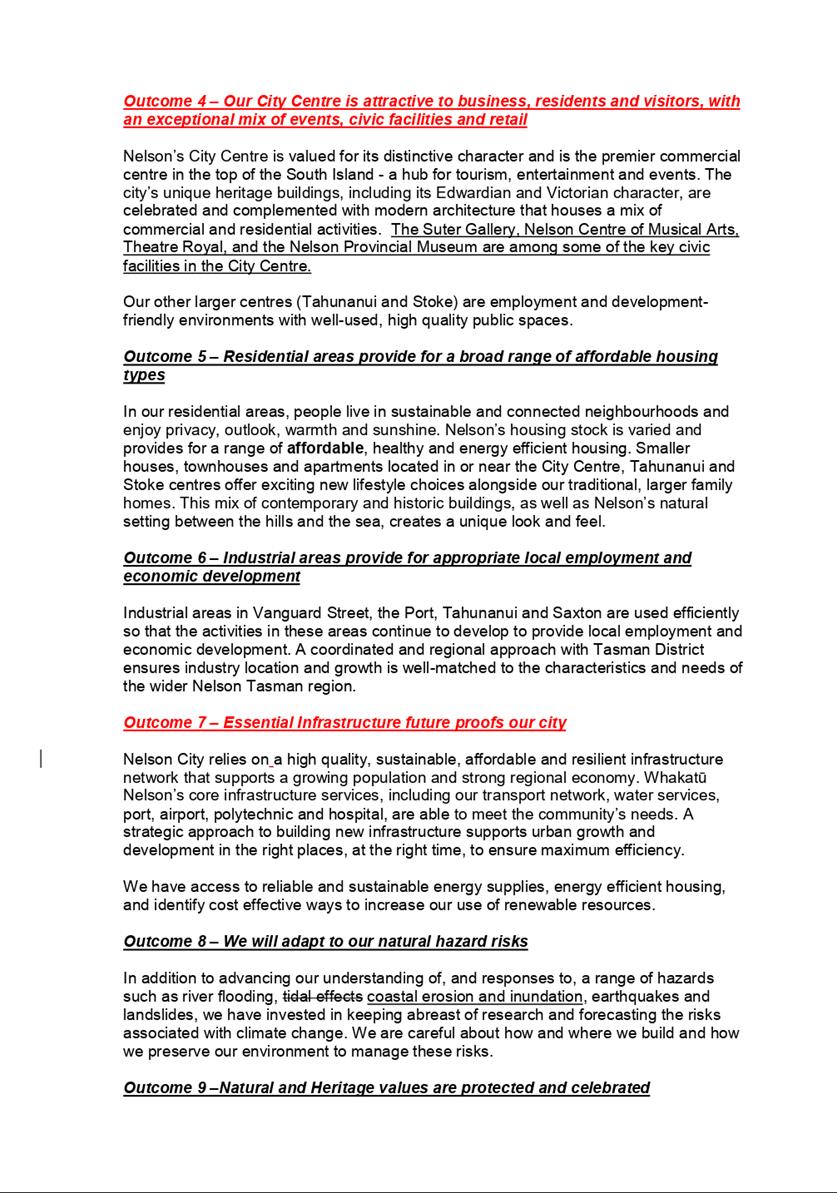
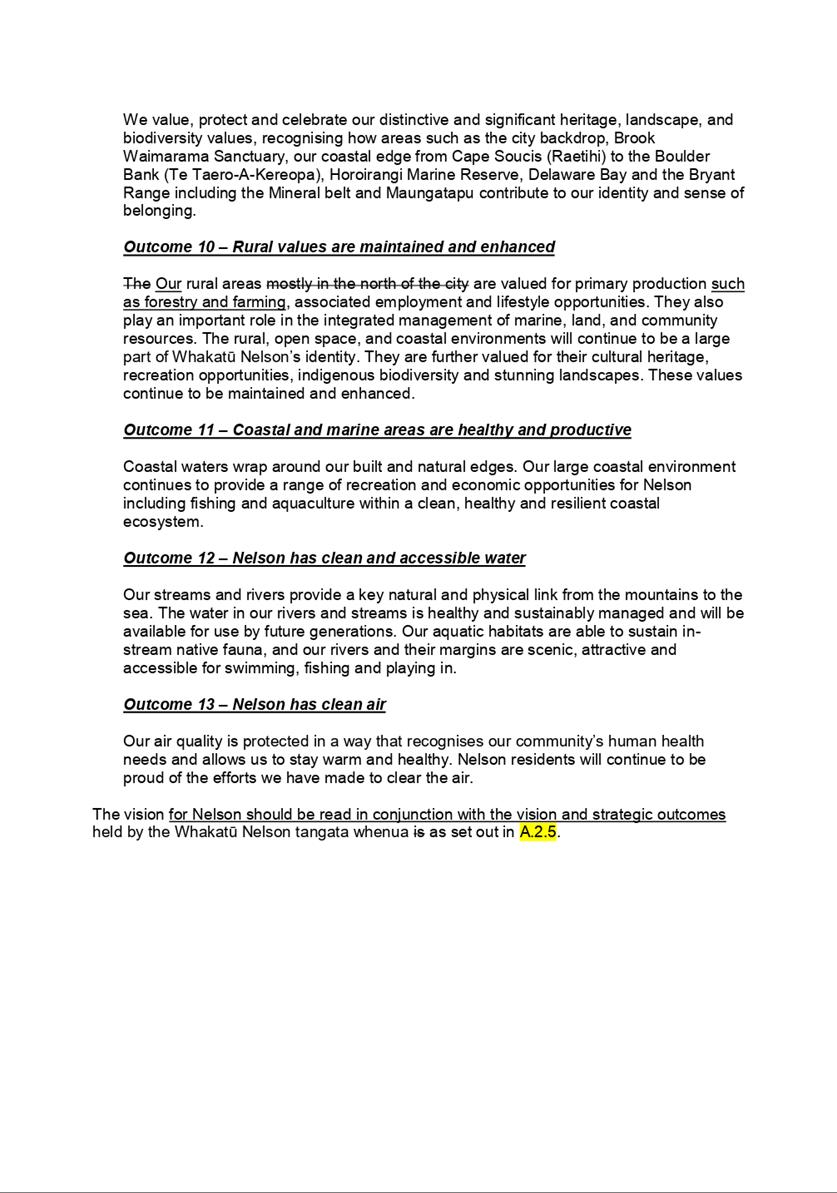
Item 11: Planning and
Regulatory Committee - Quarterly Report - 1 January-31 March 2019: Attachment 7
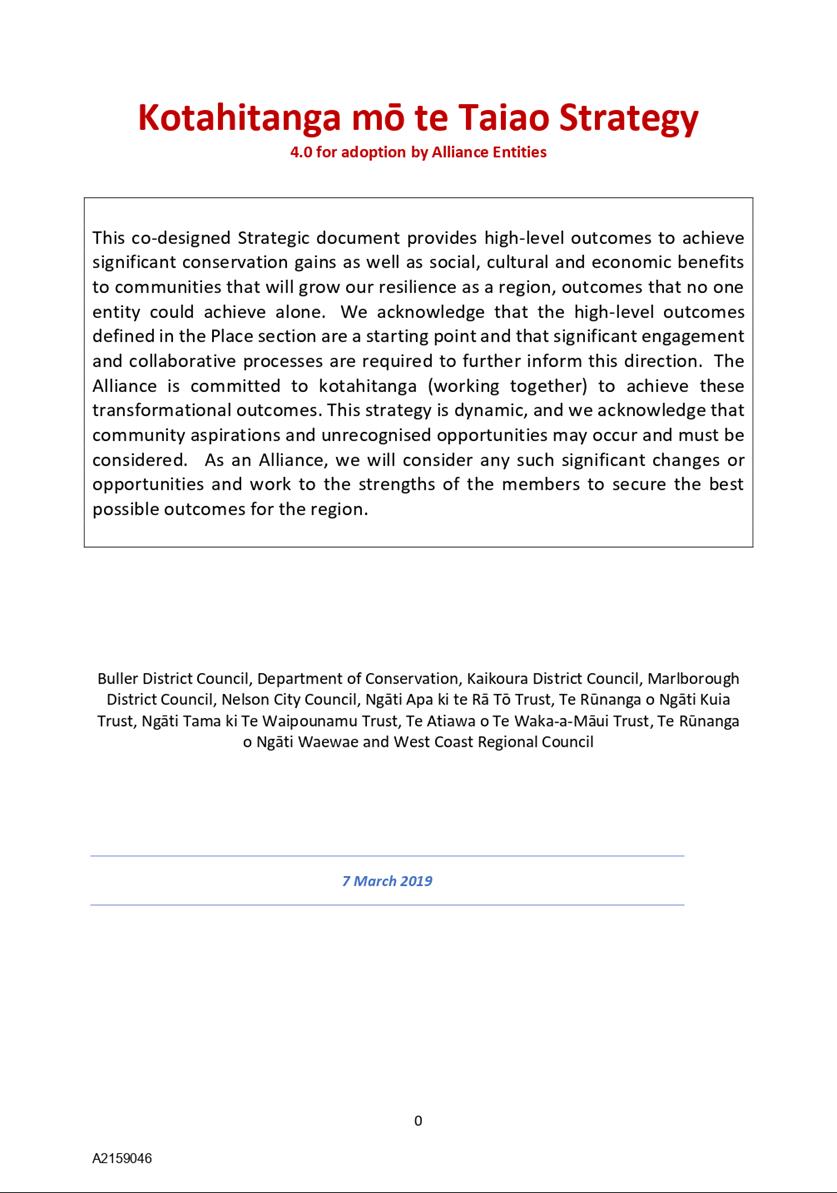
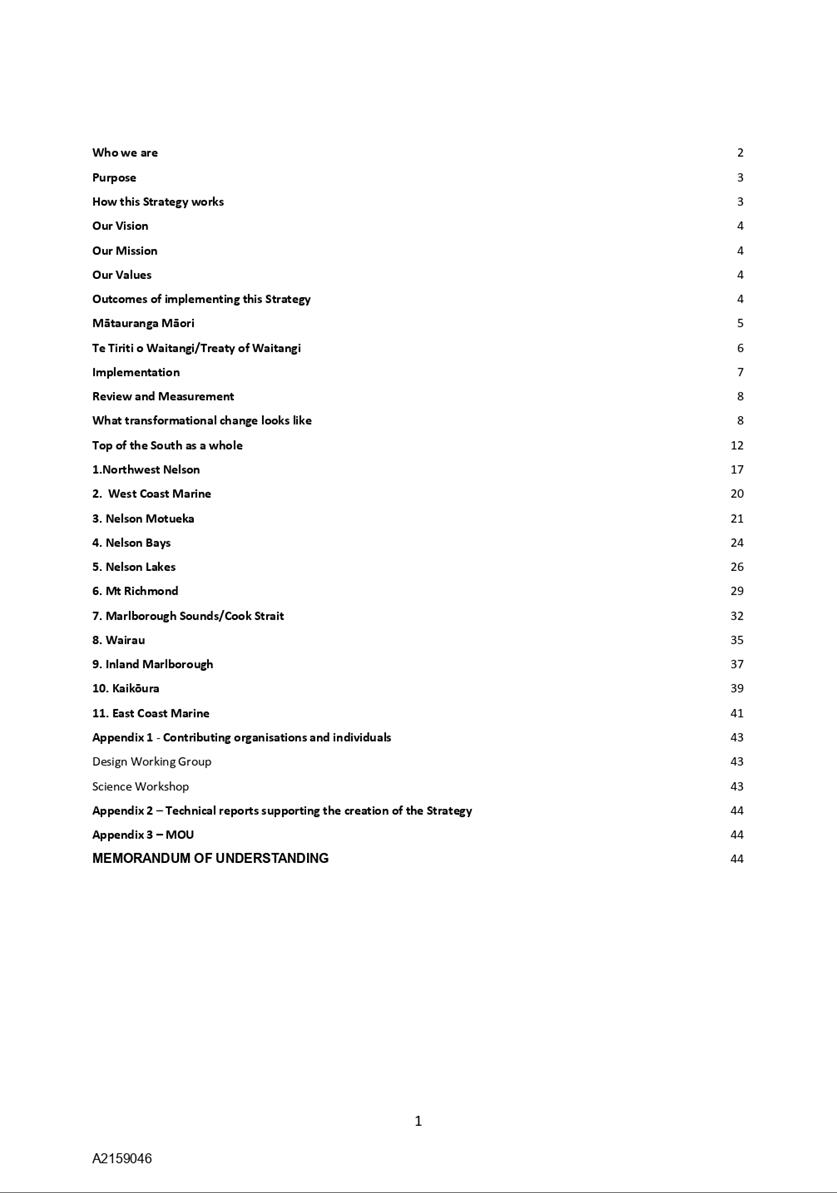
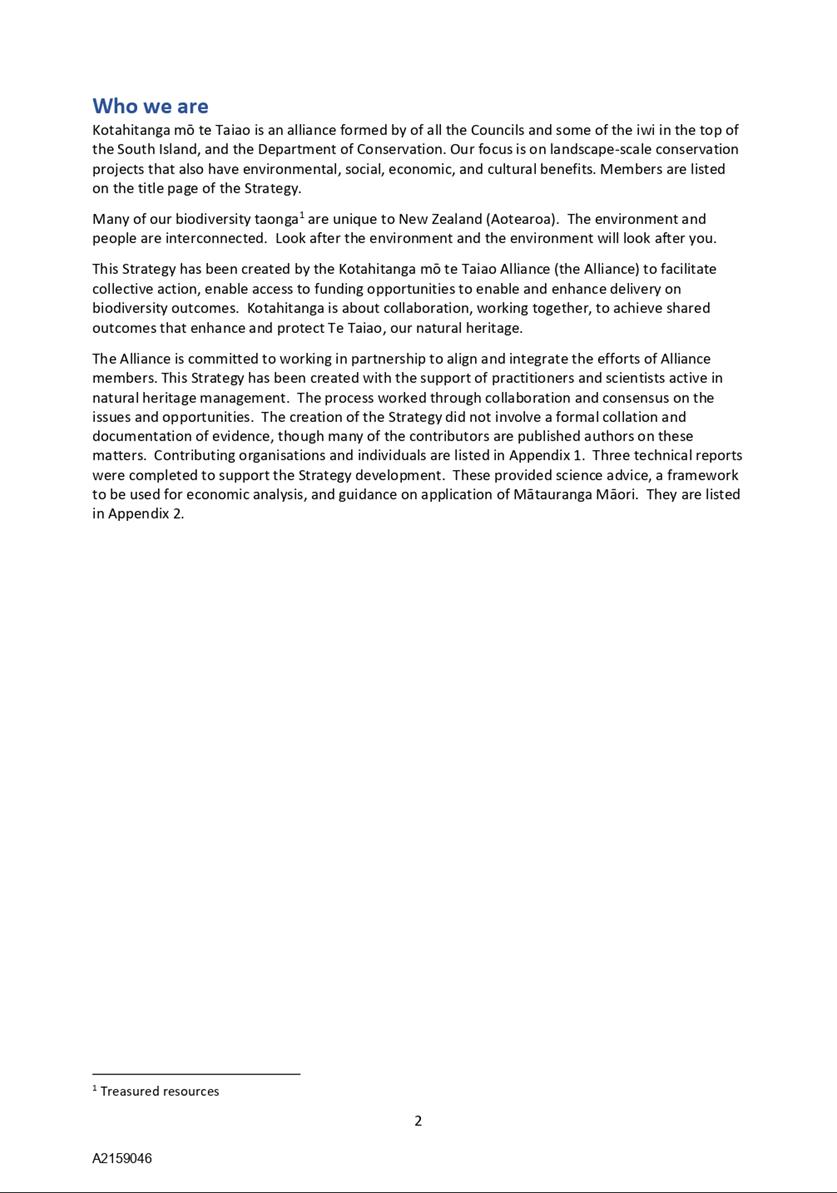
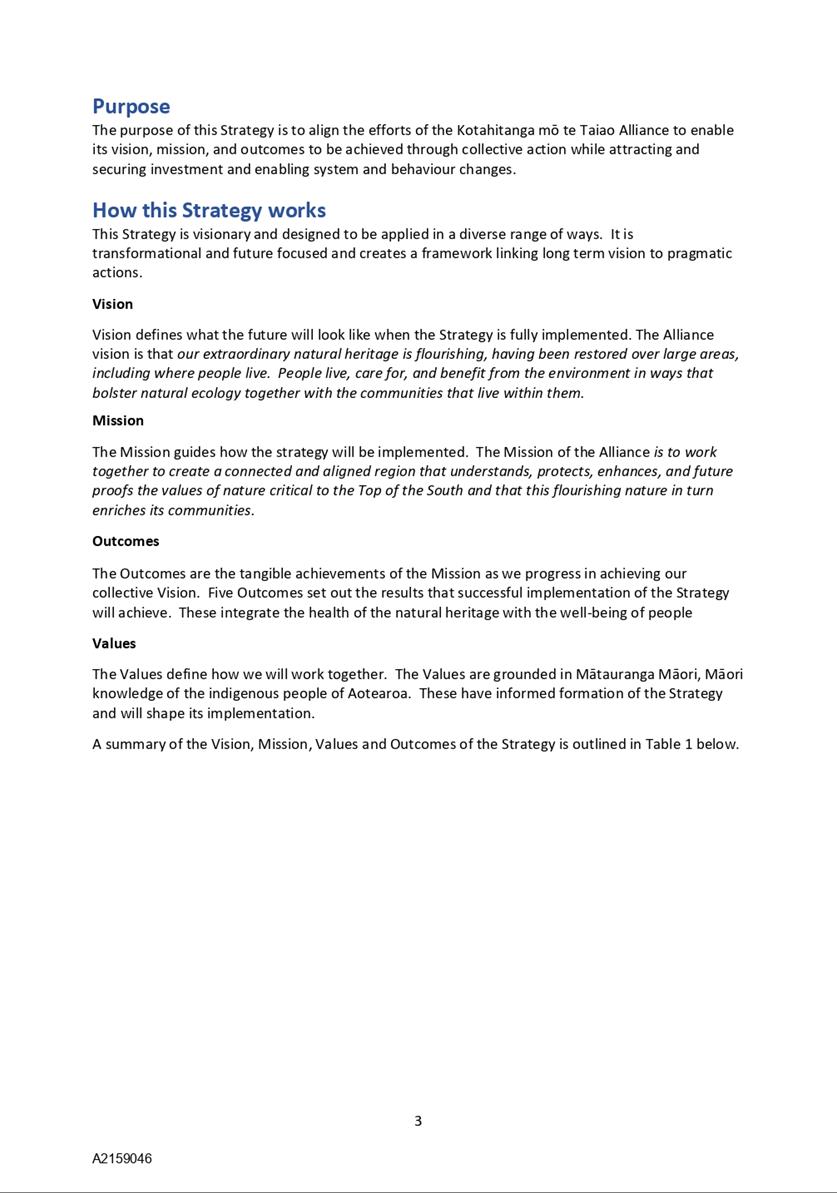
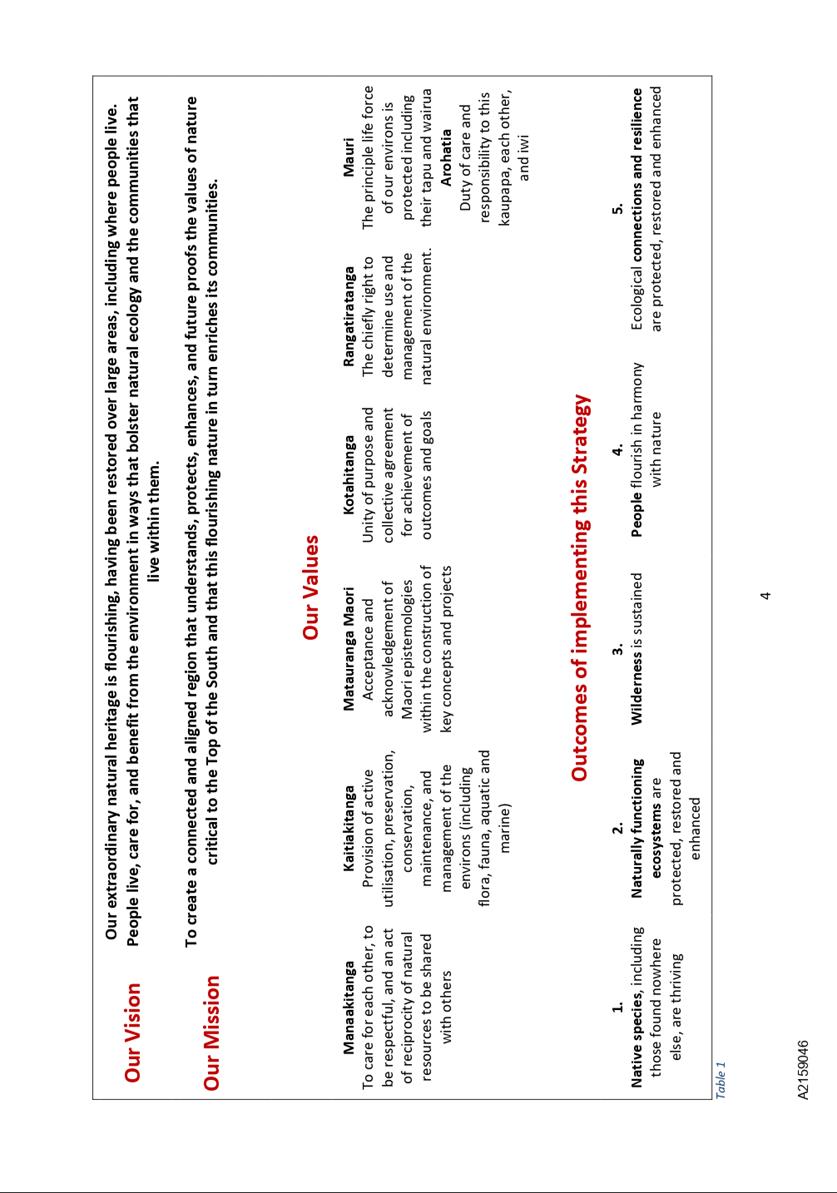
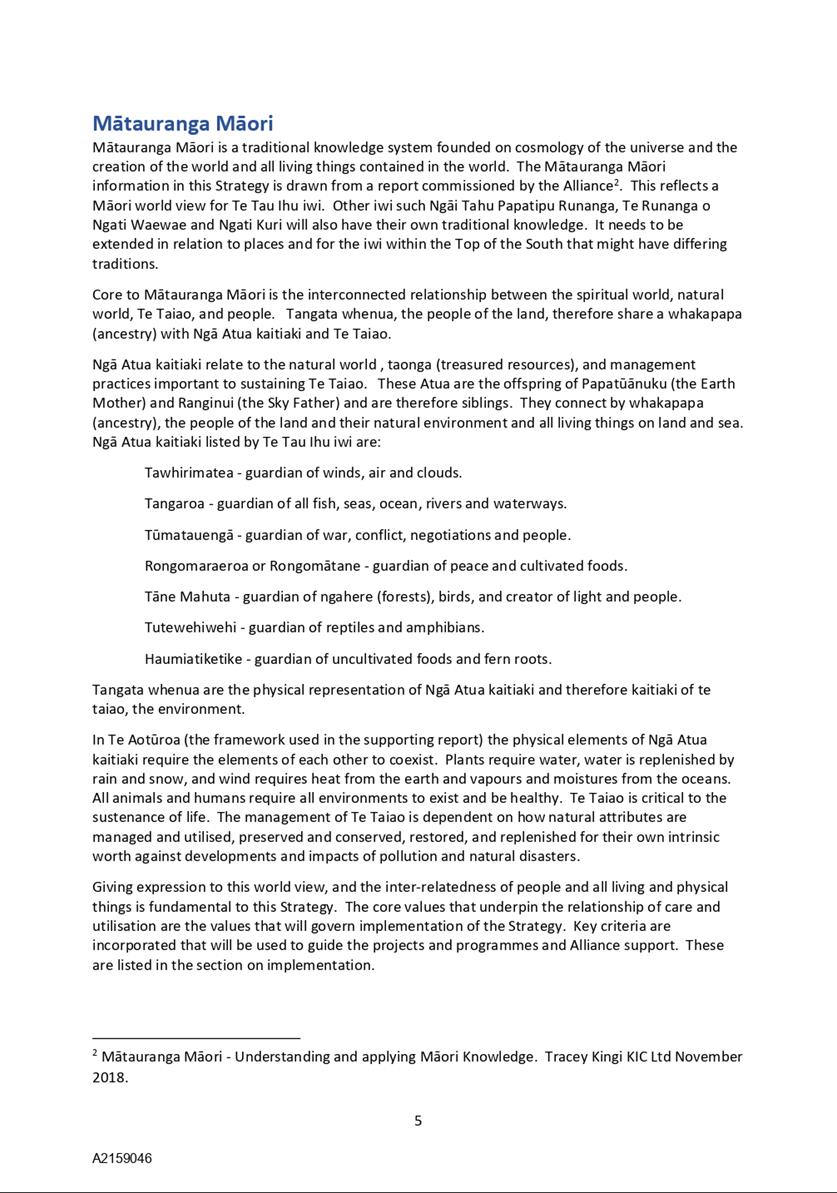
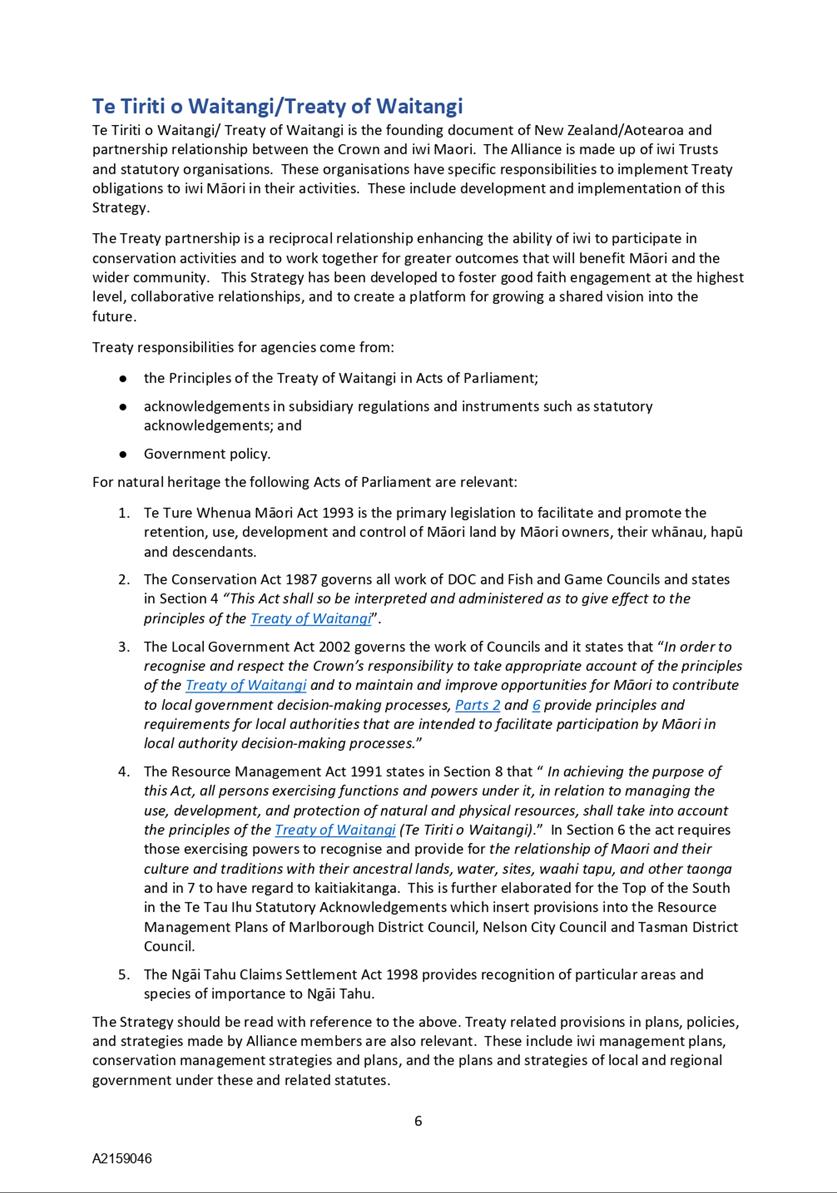
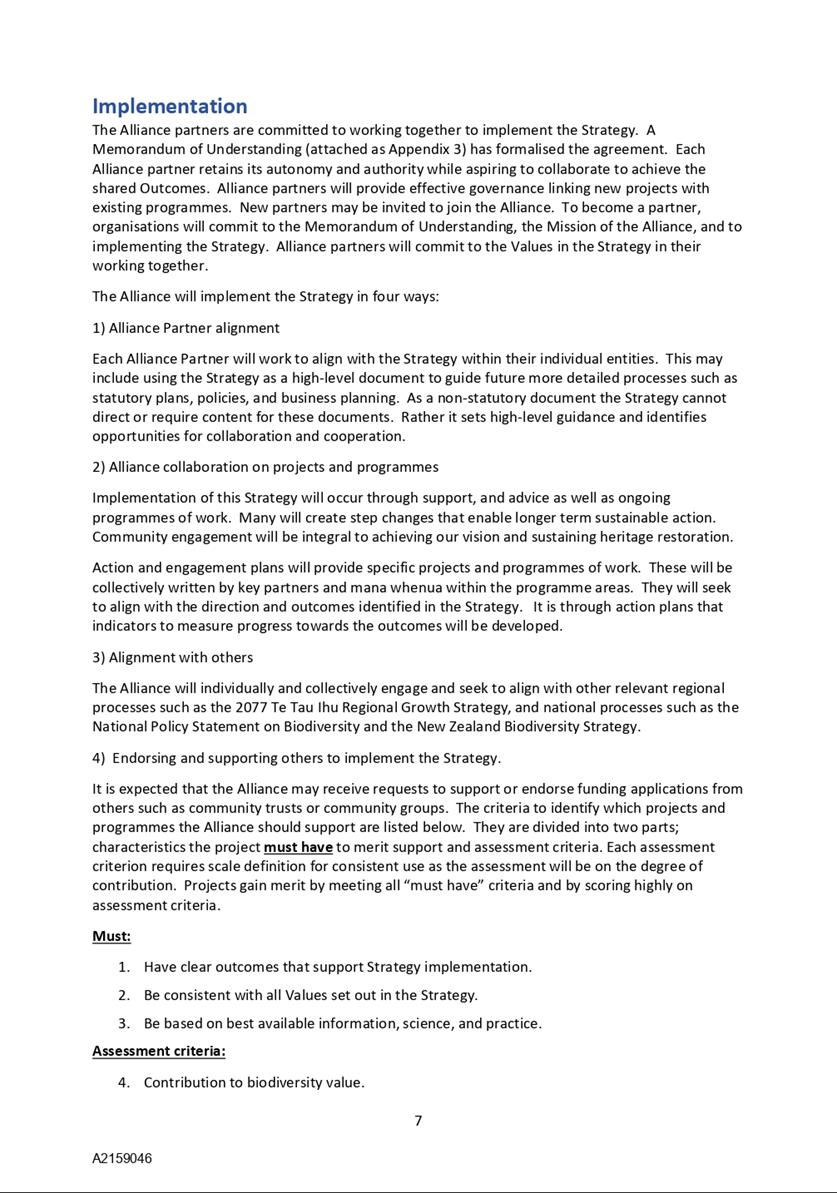
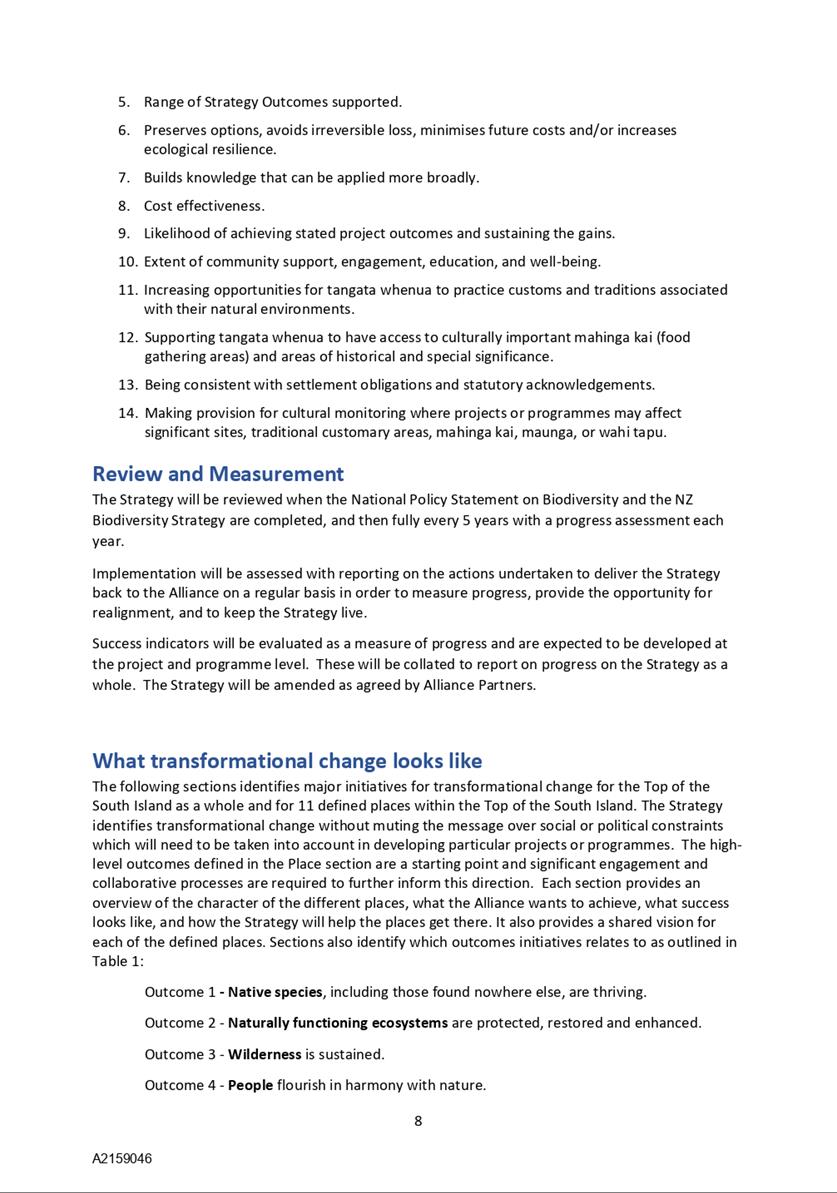
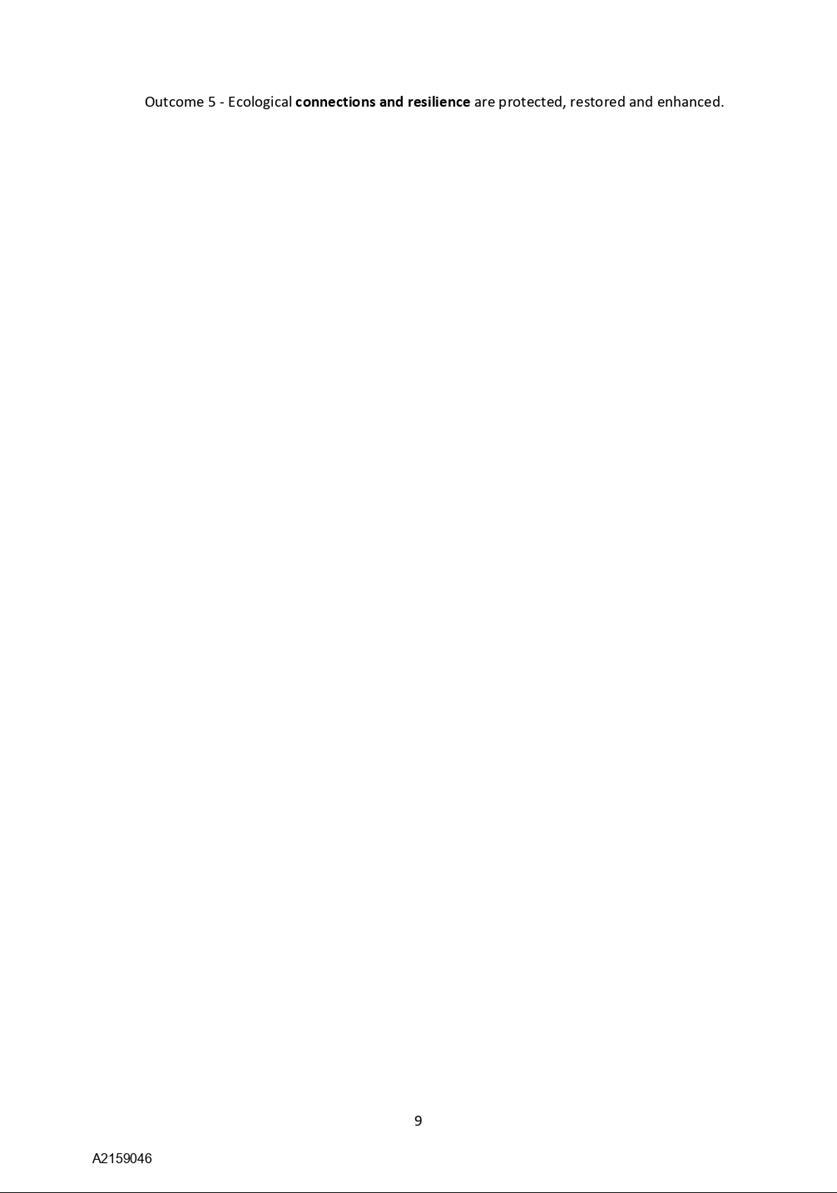

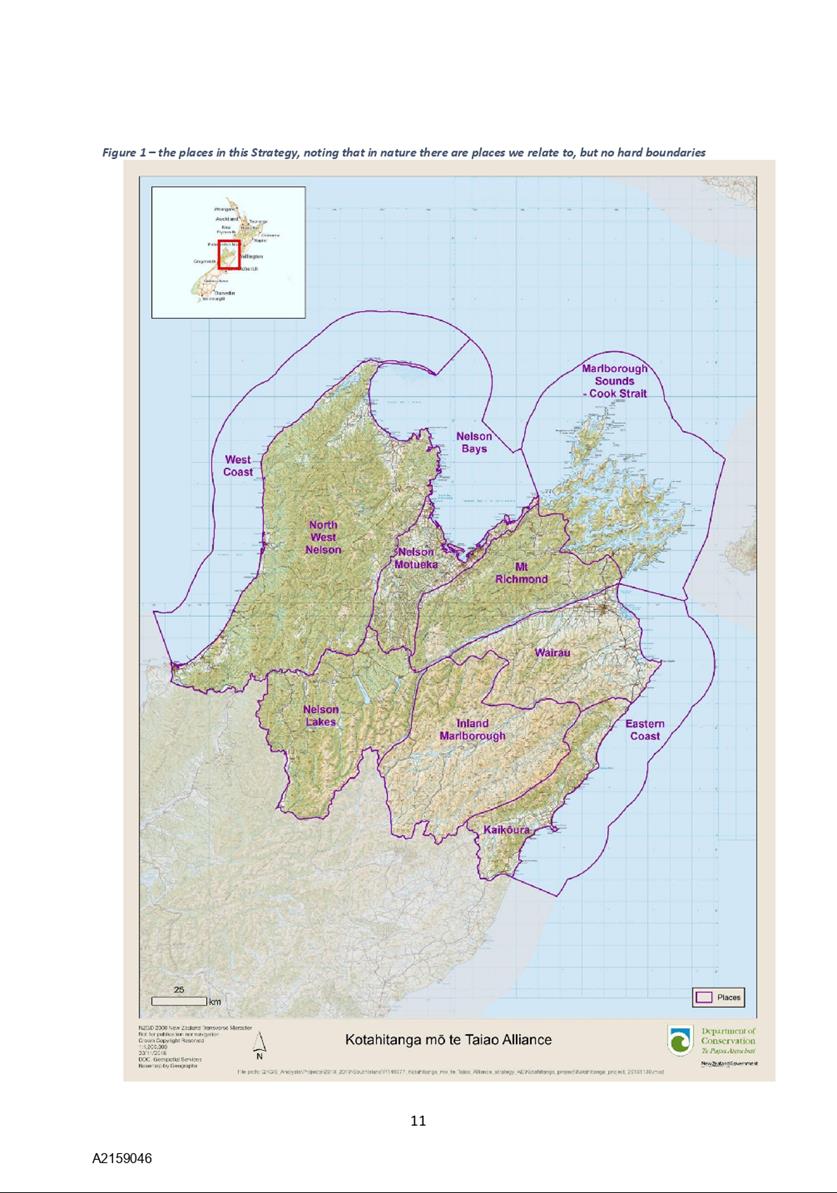
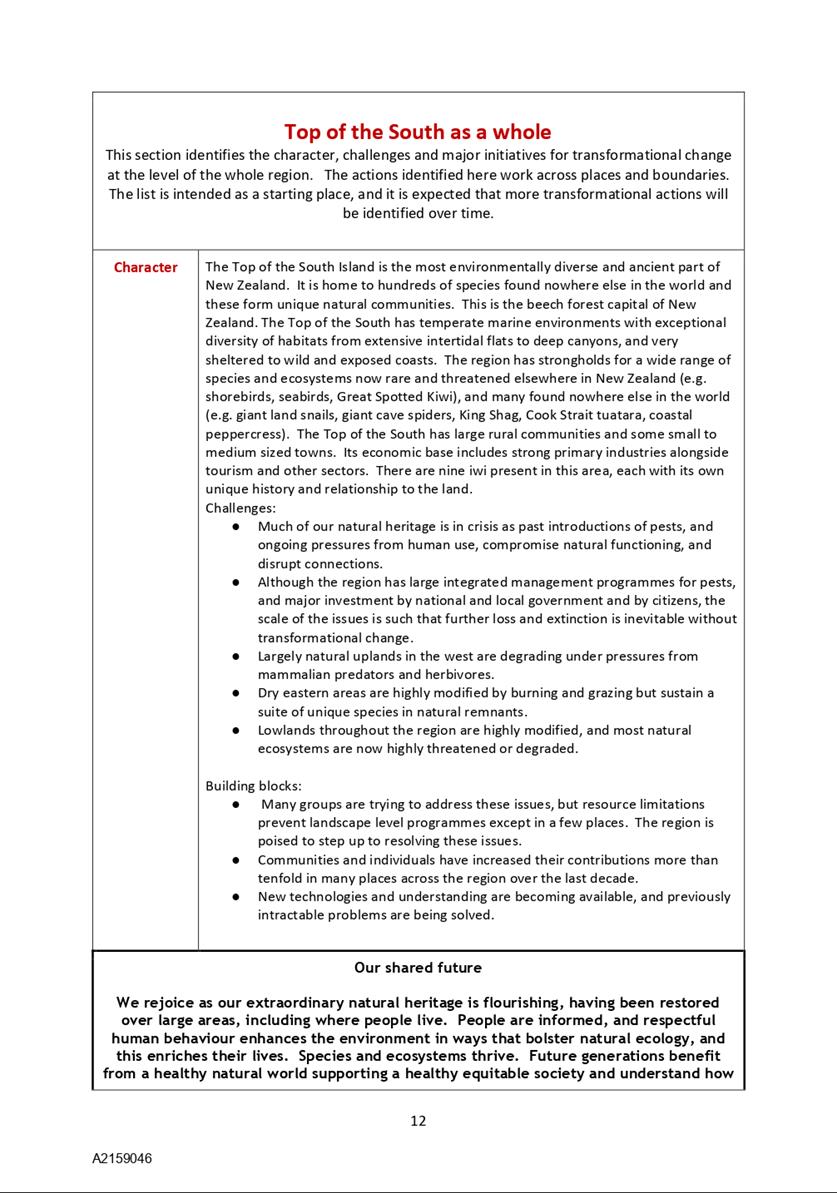
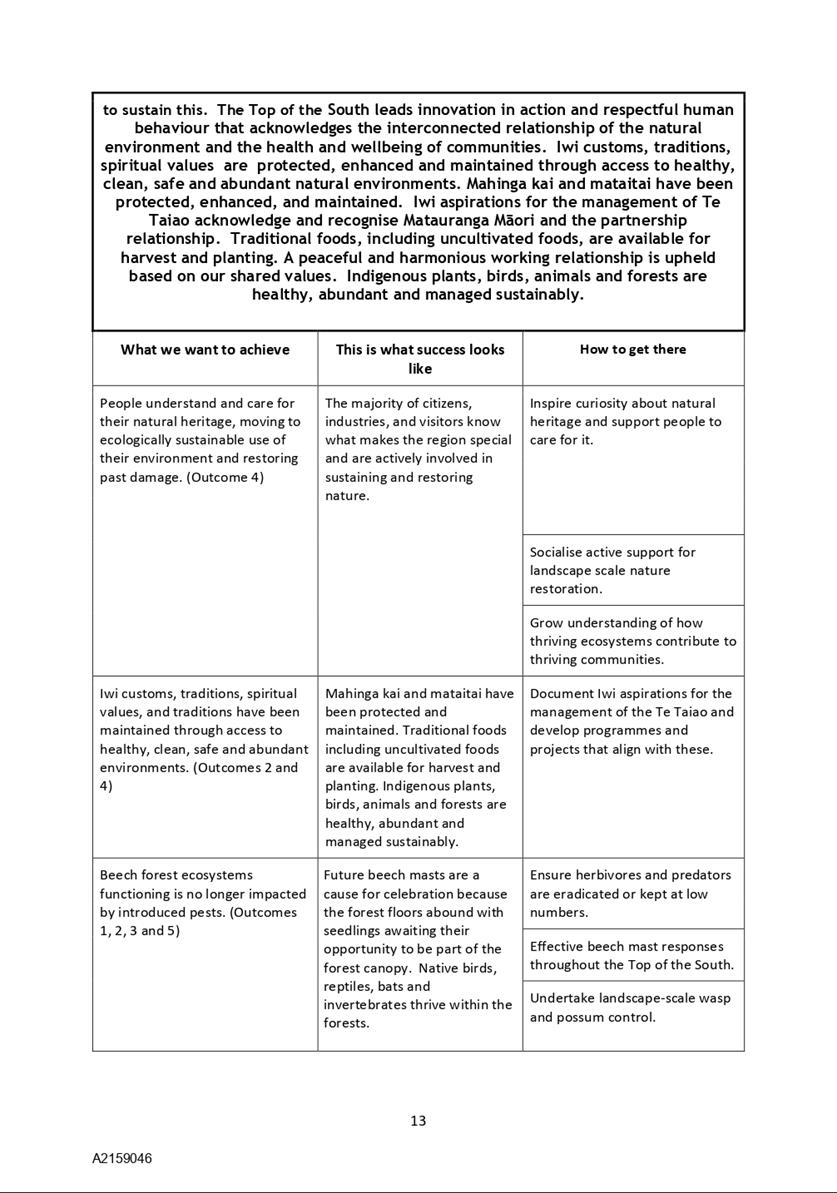
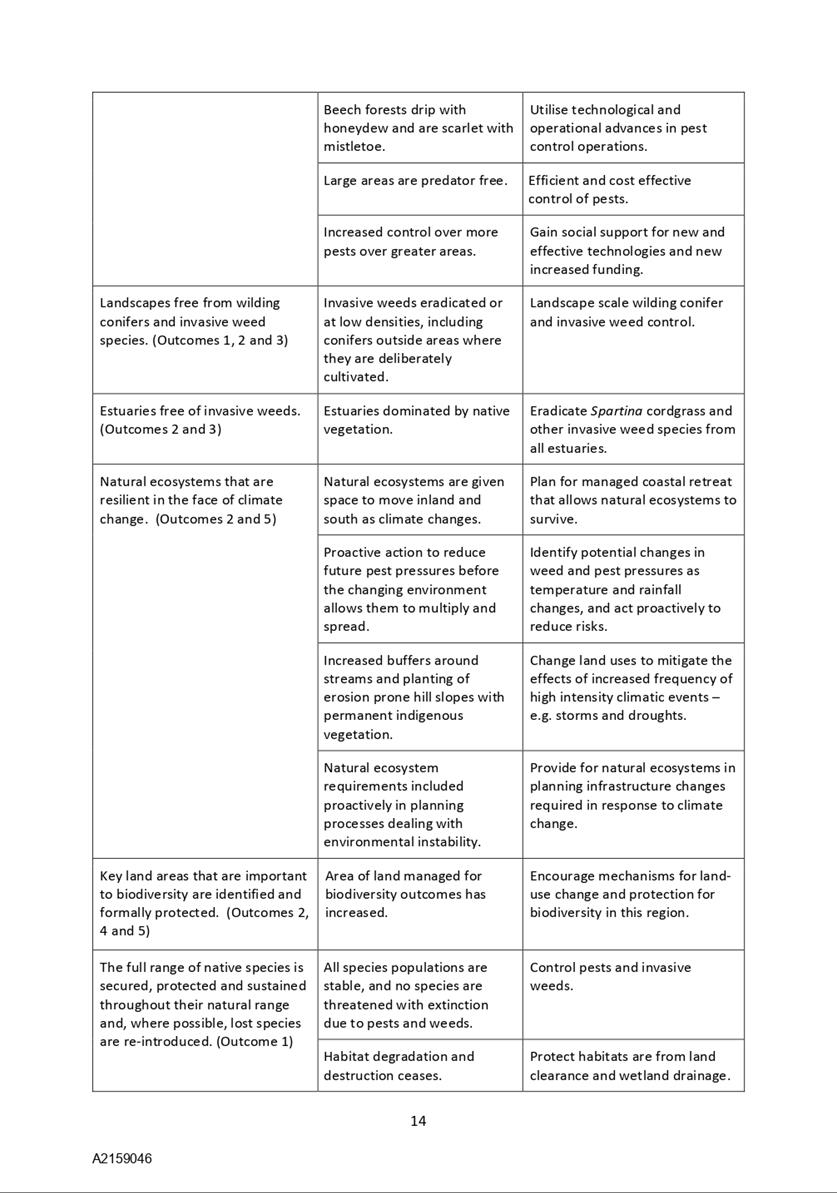
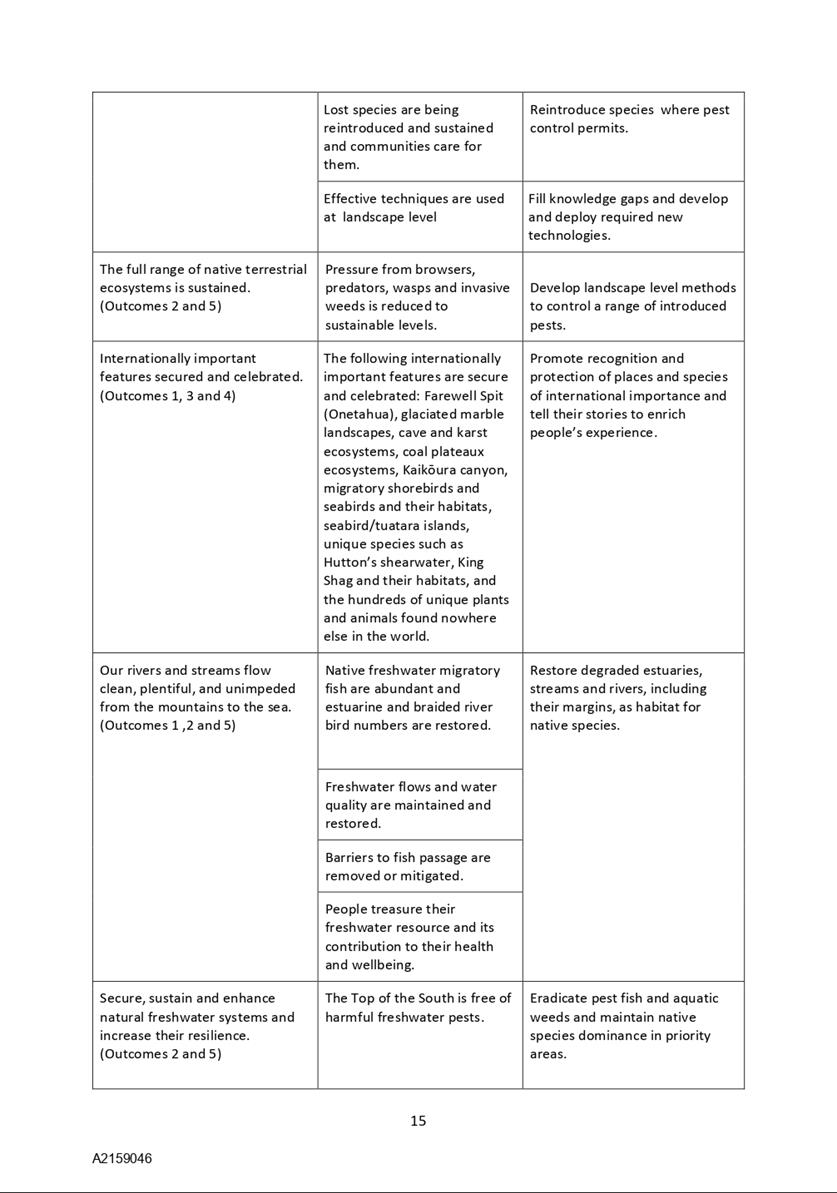
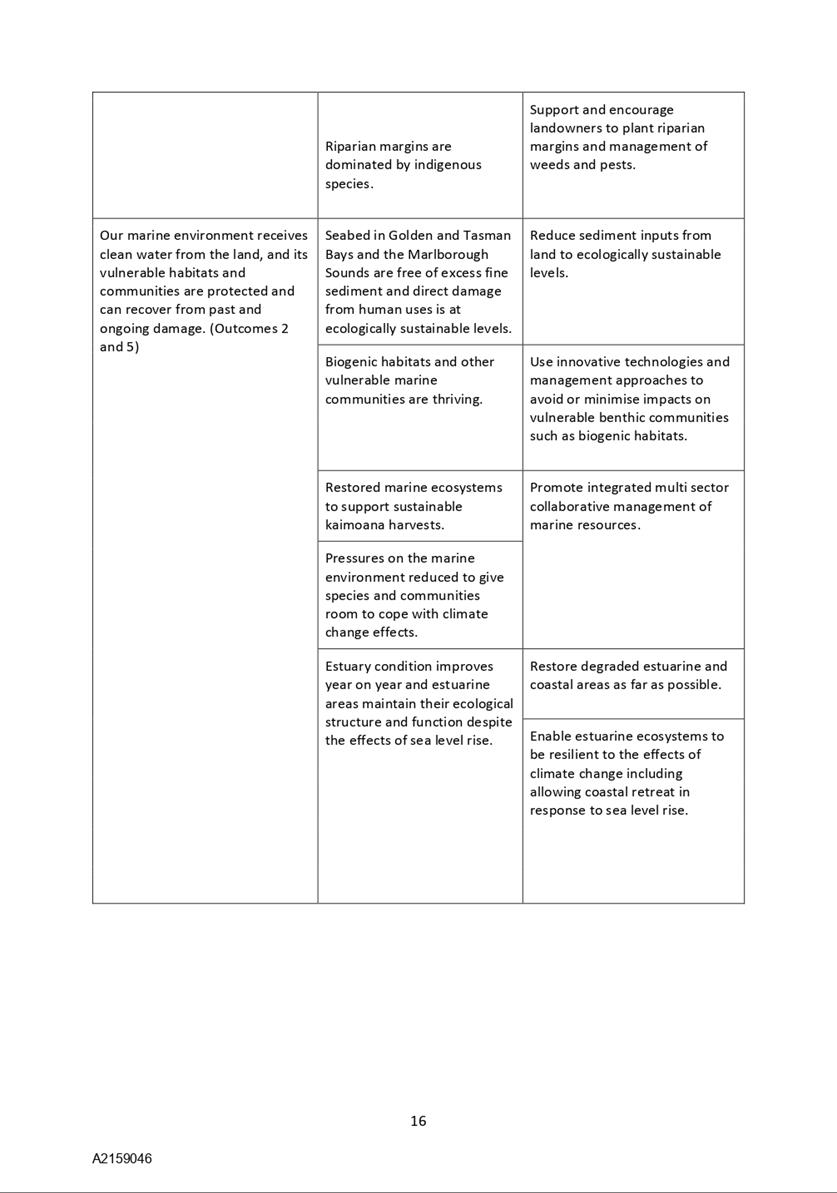
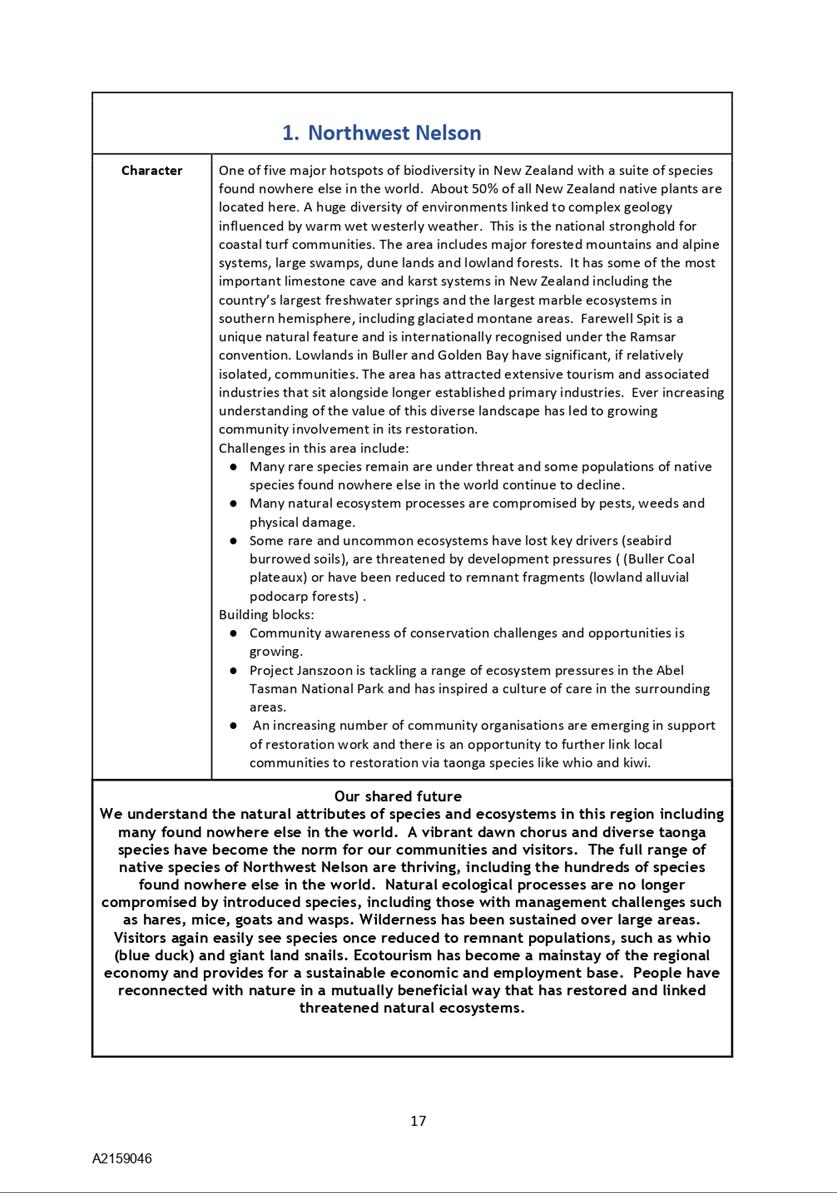
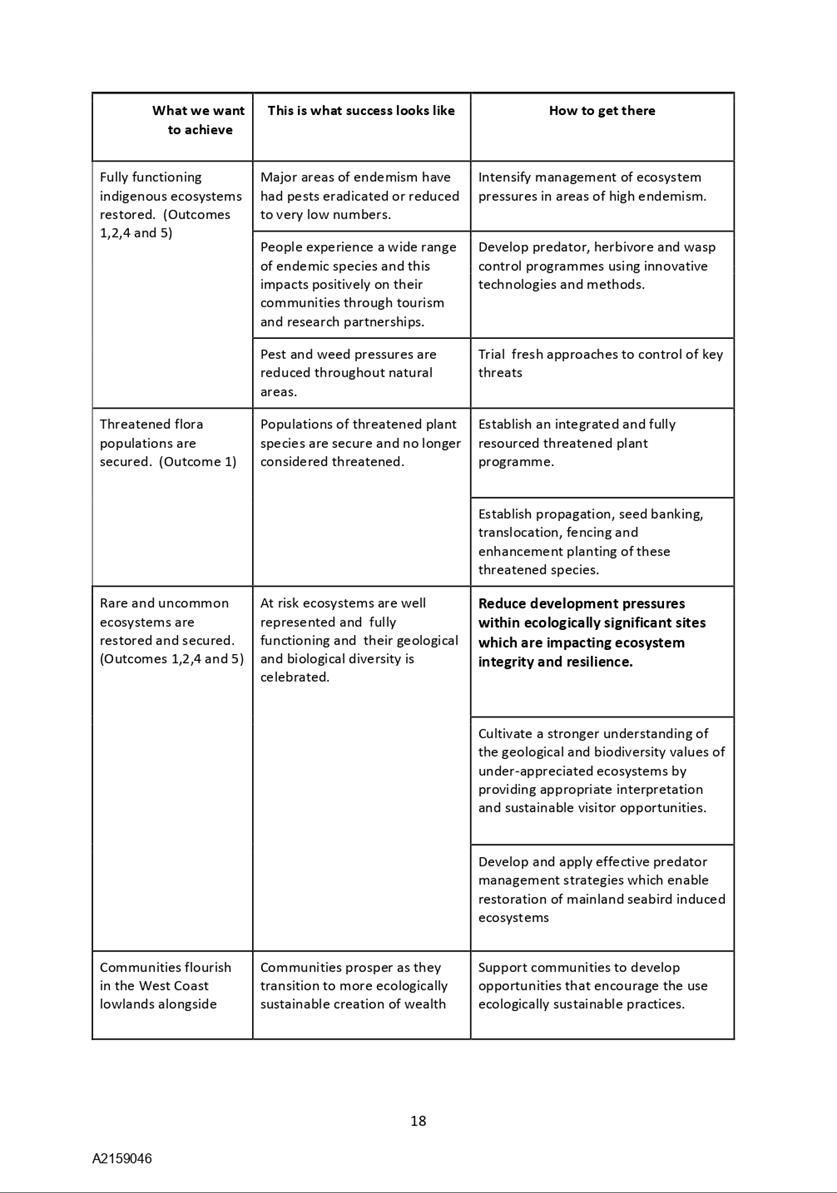
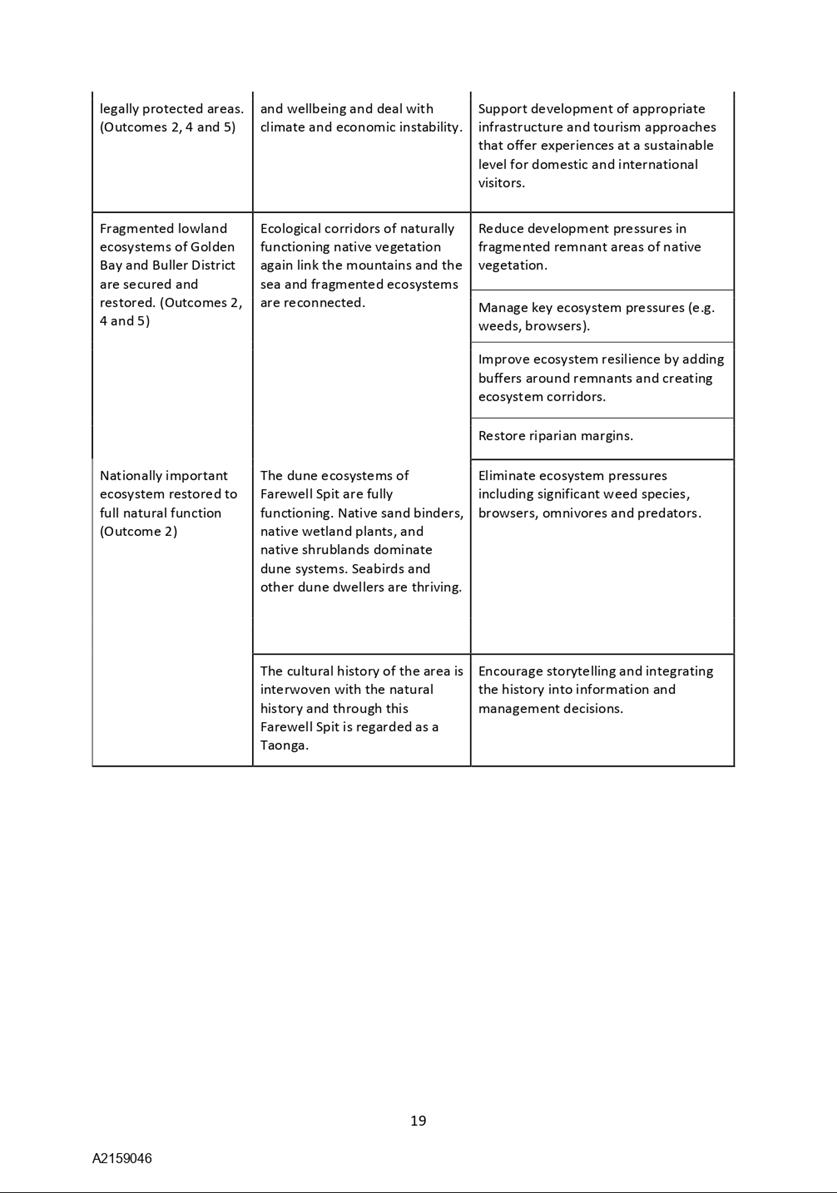
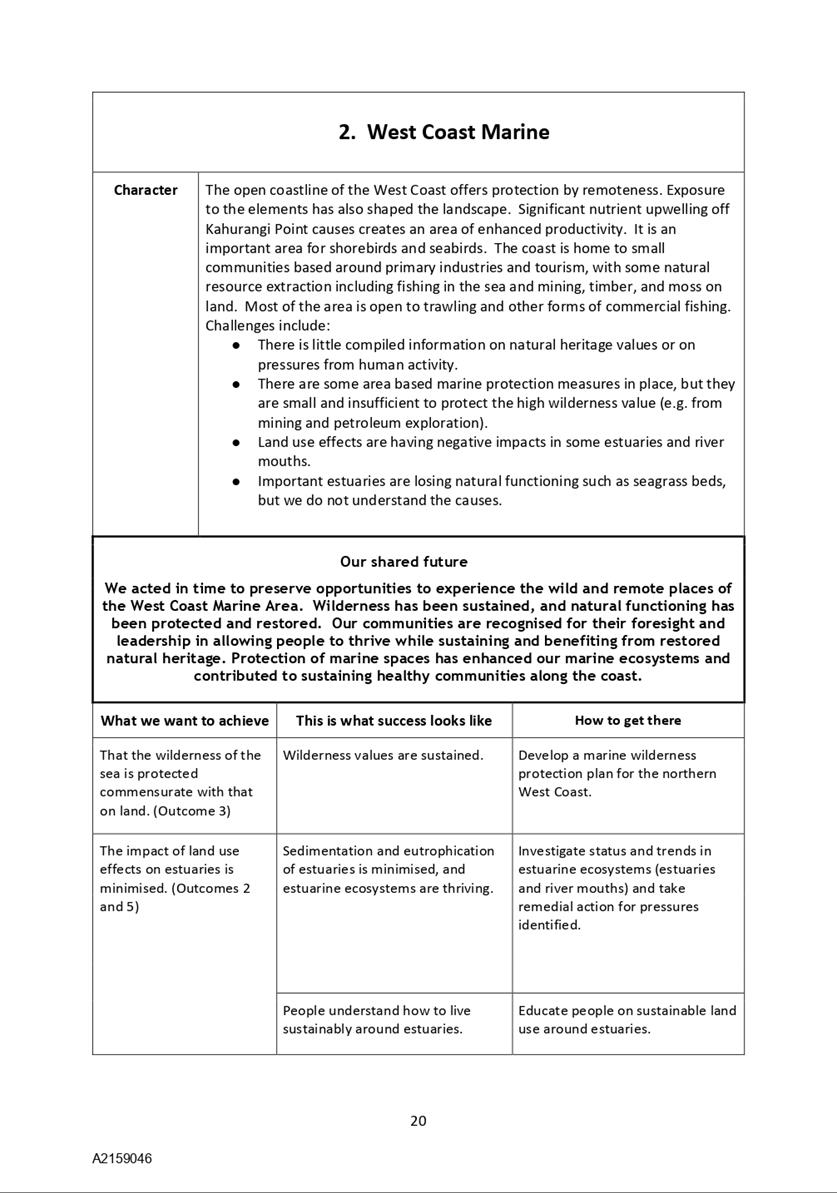
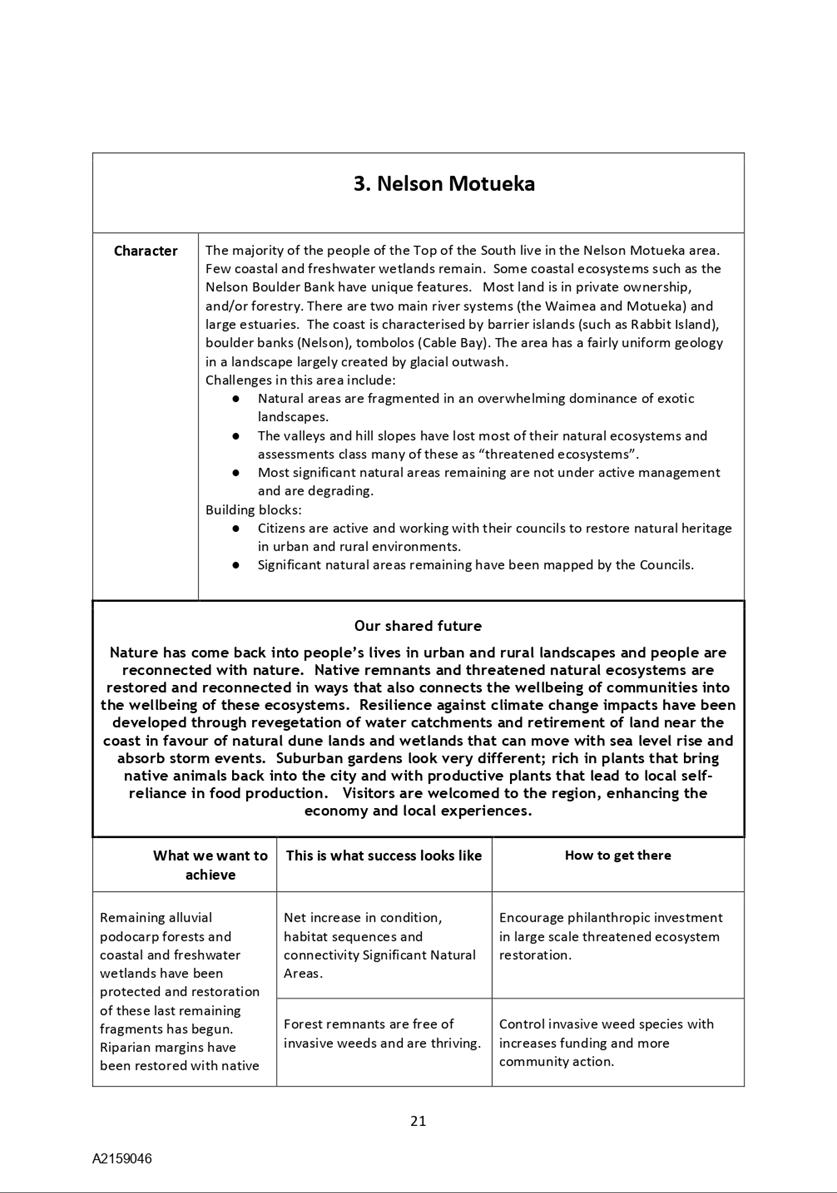
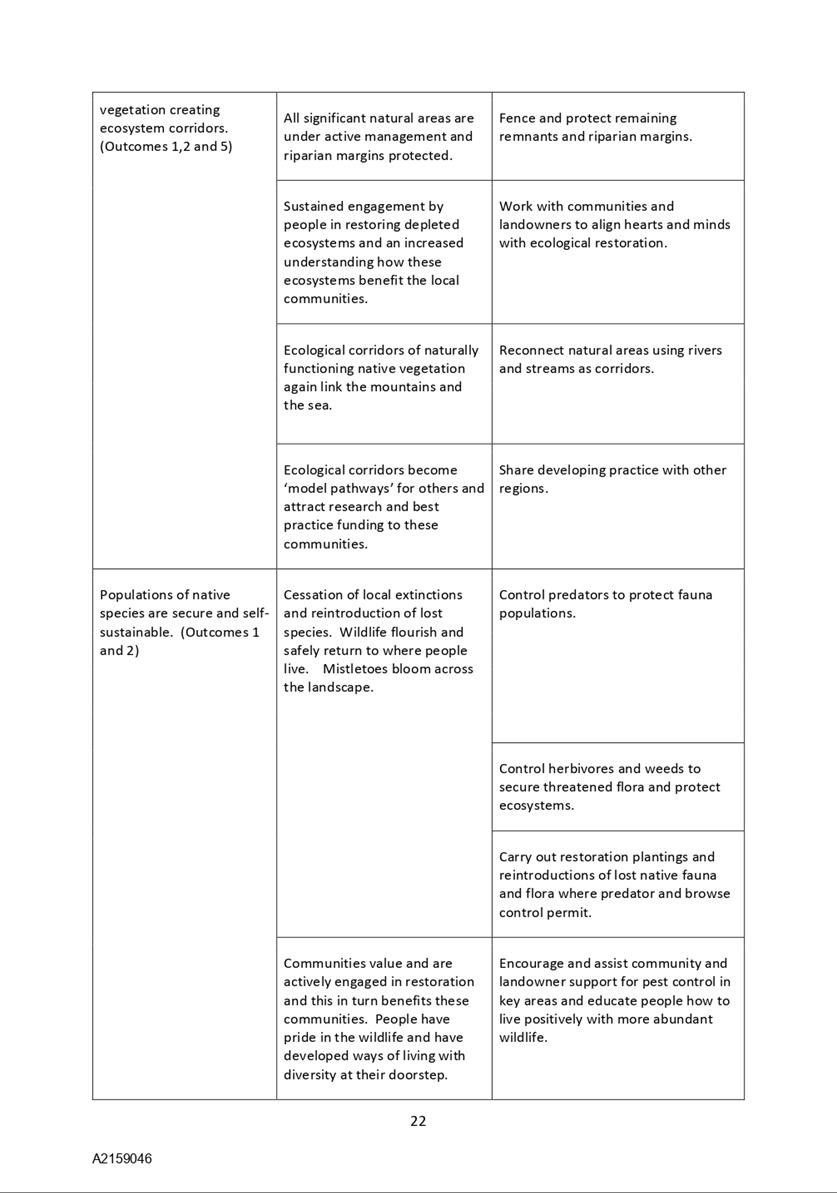
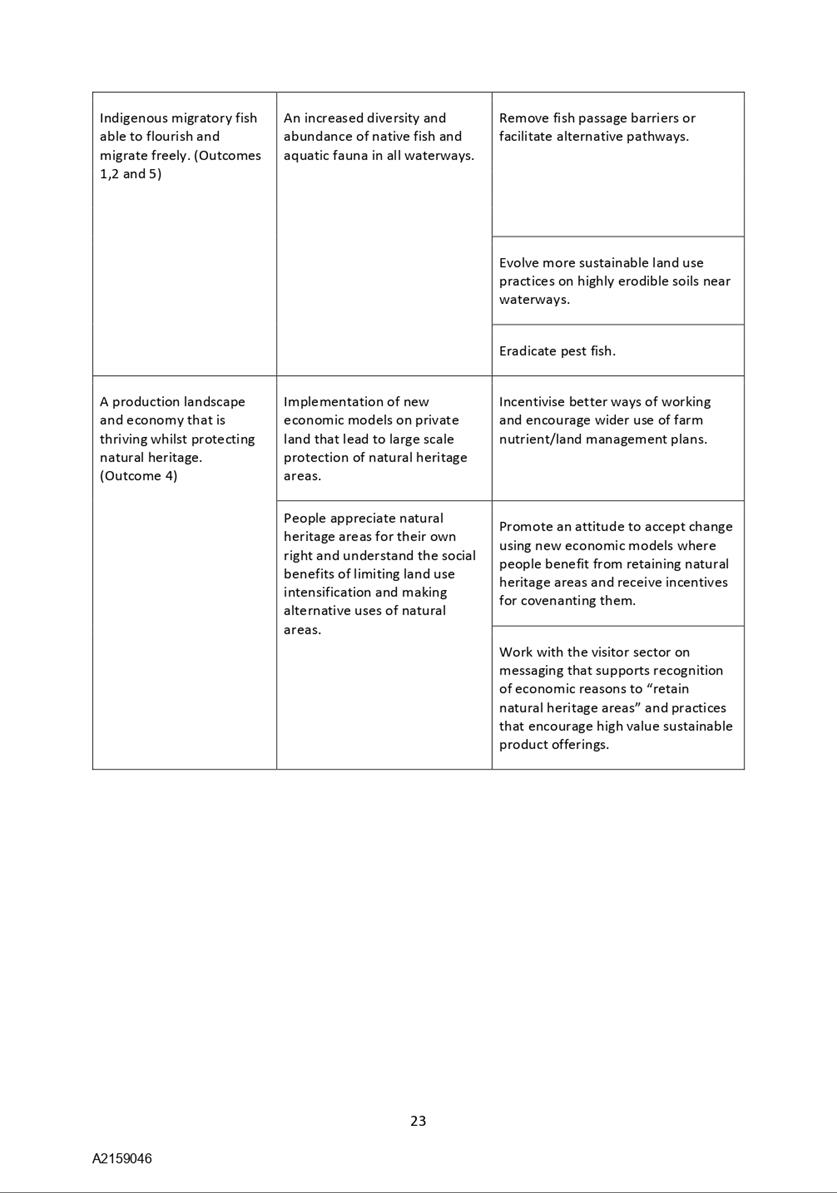
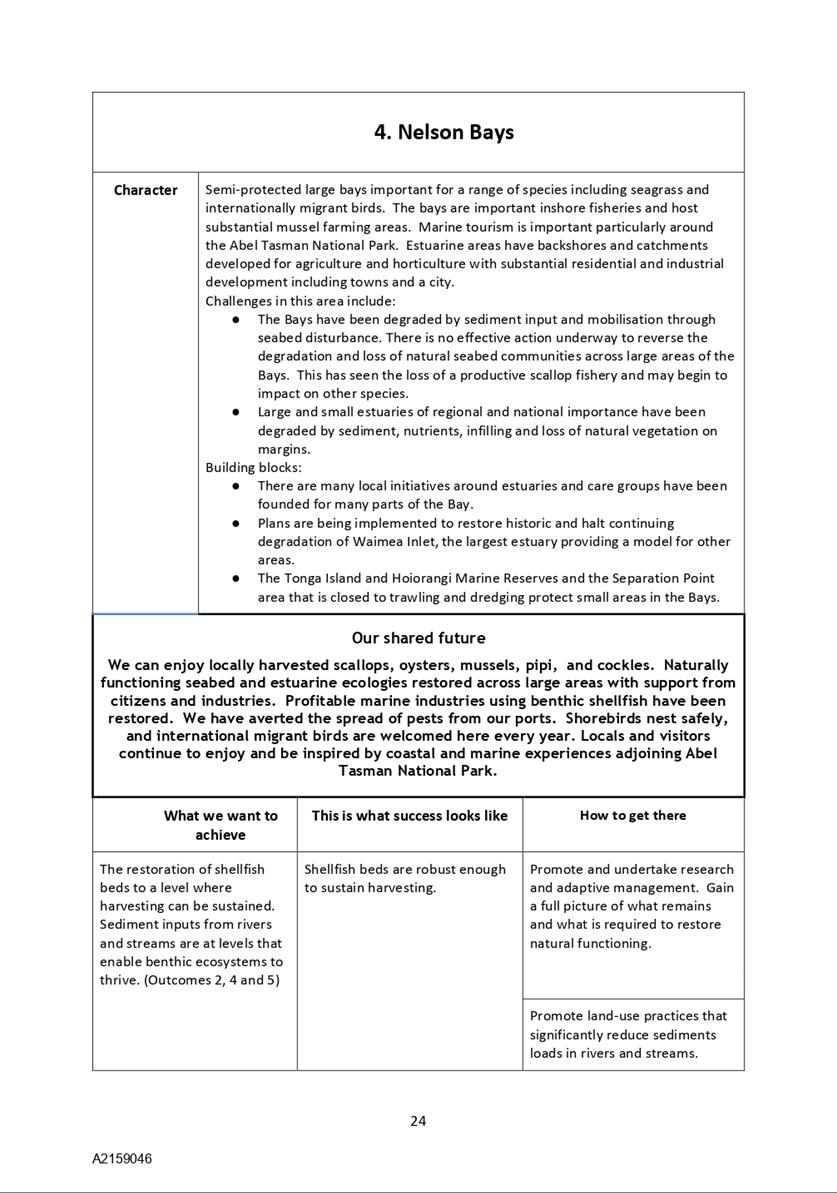
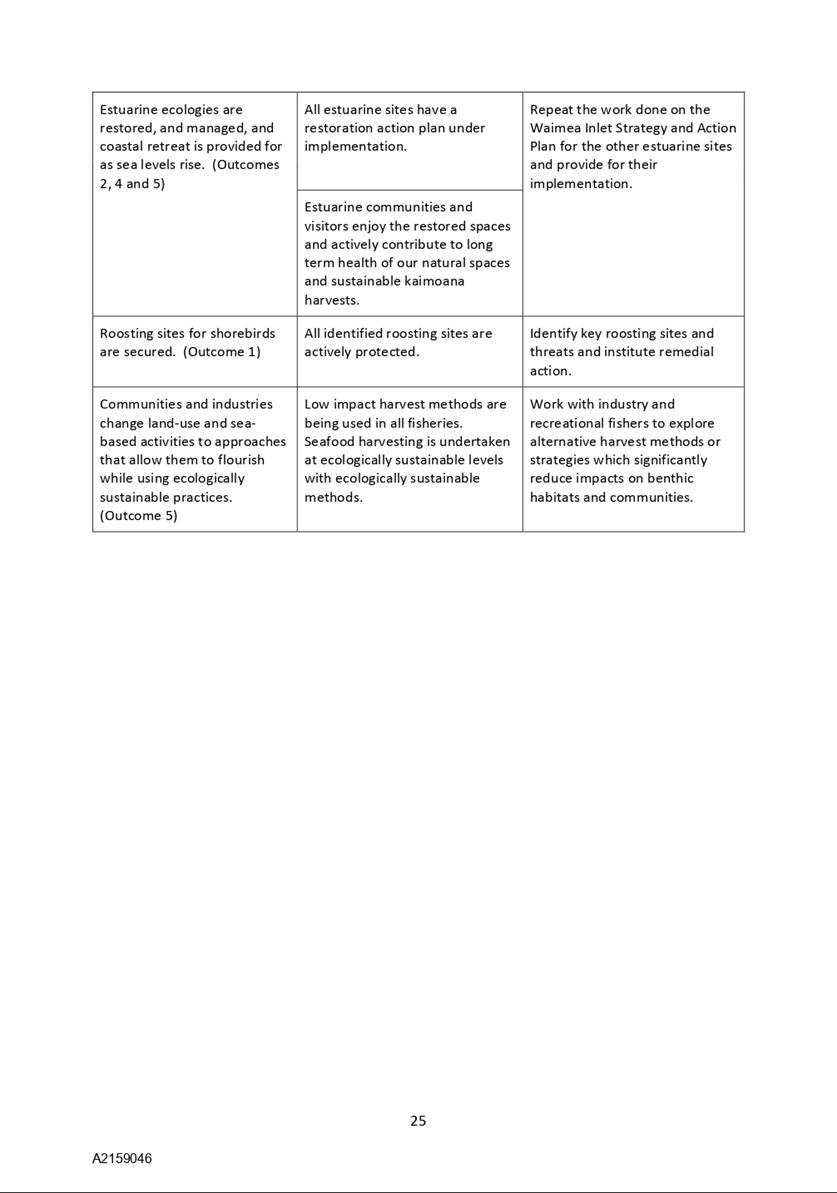
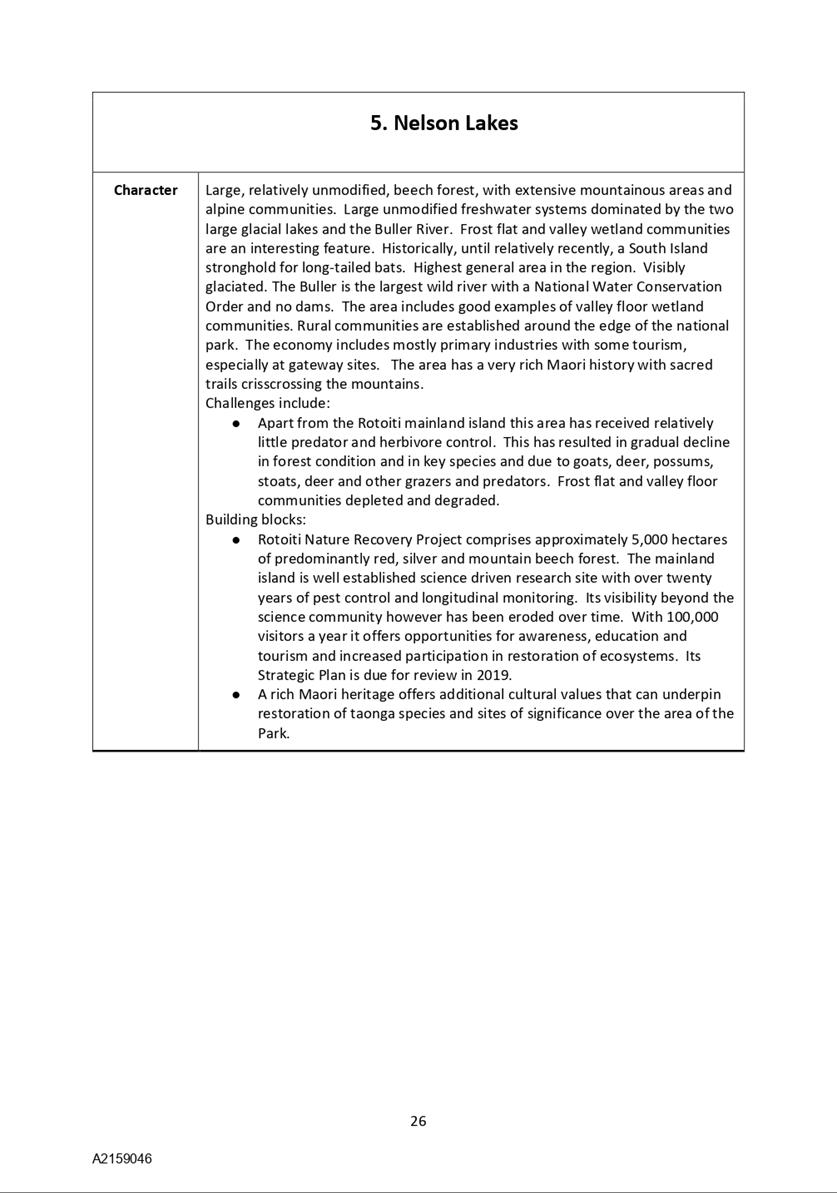
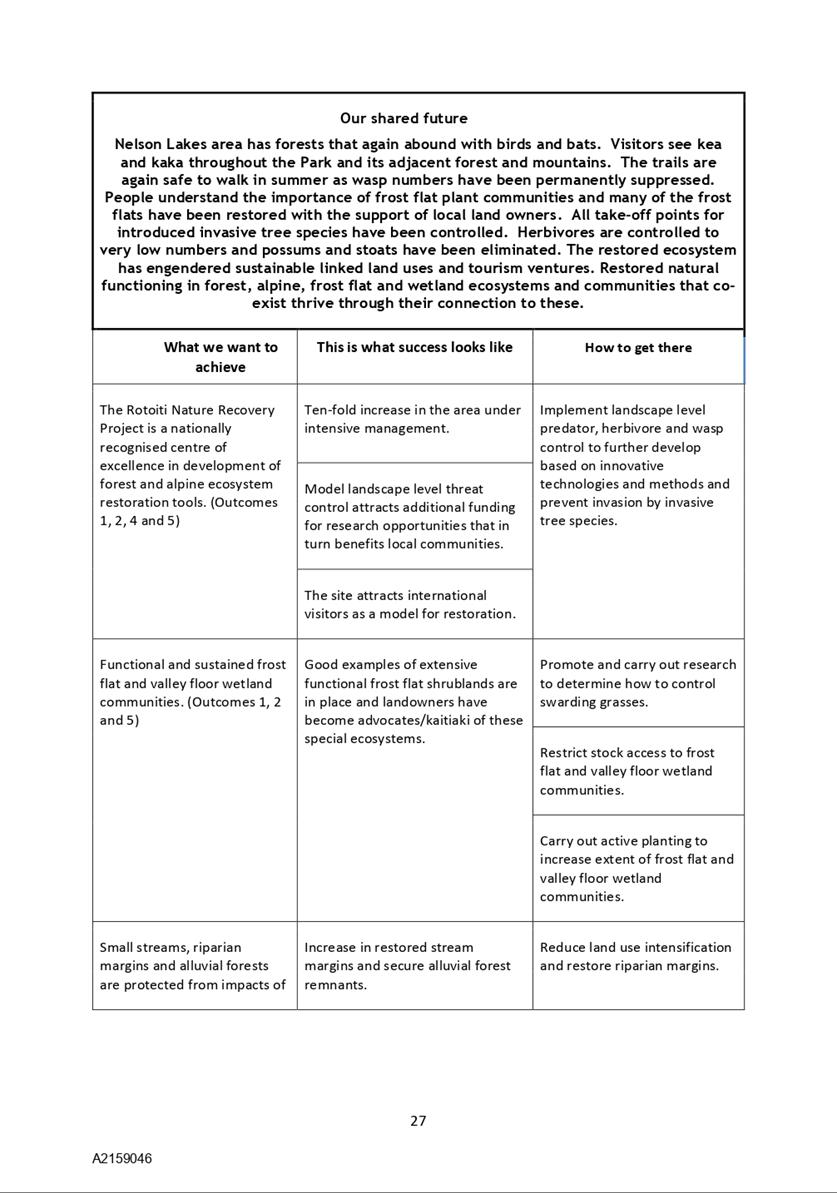
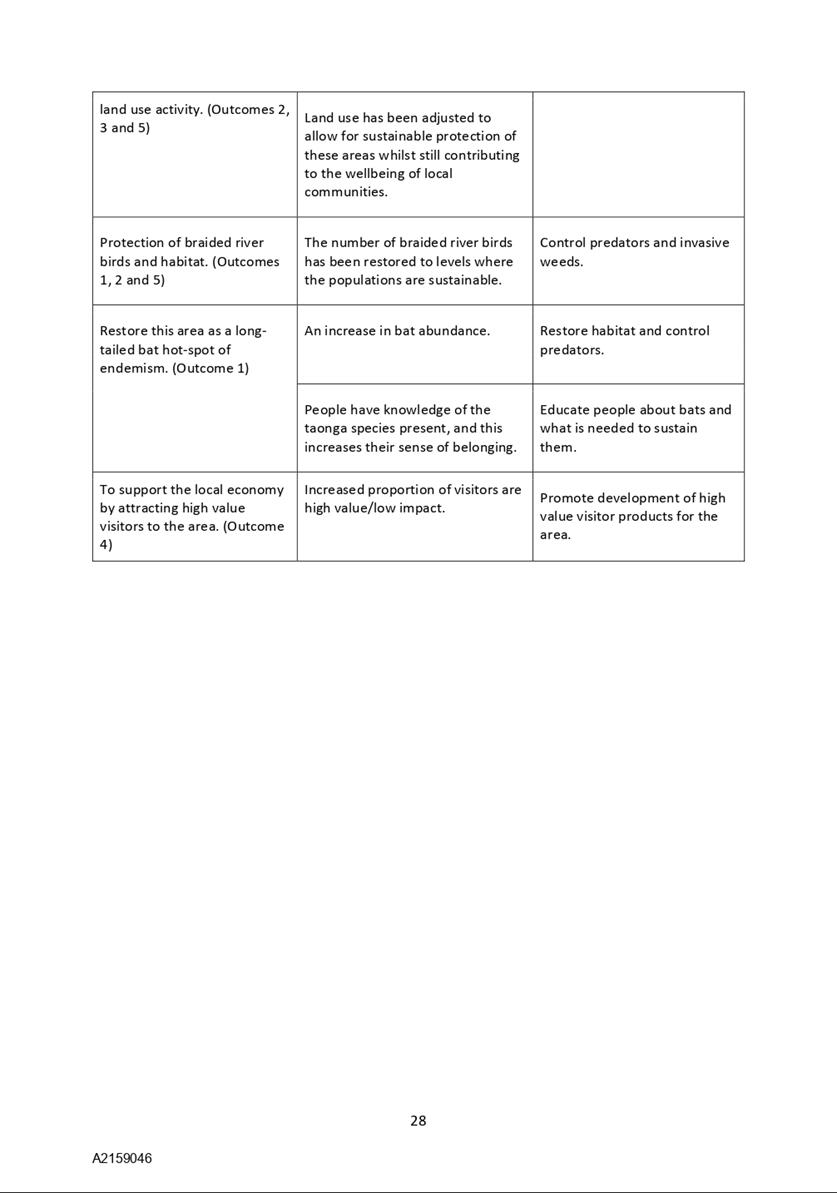
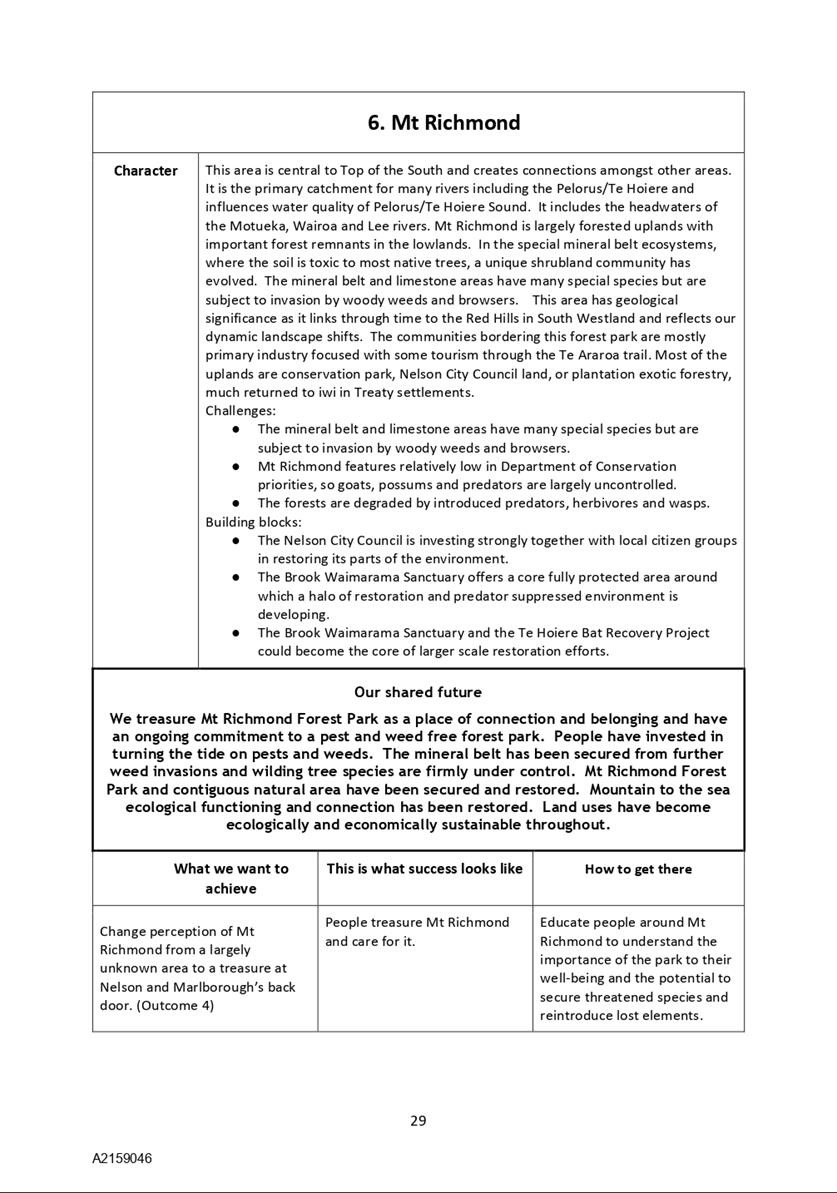
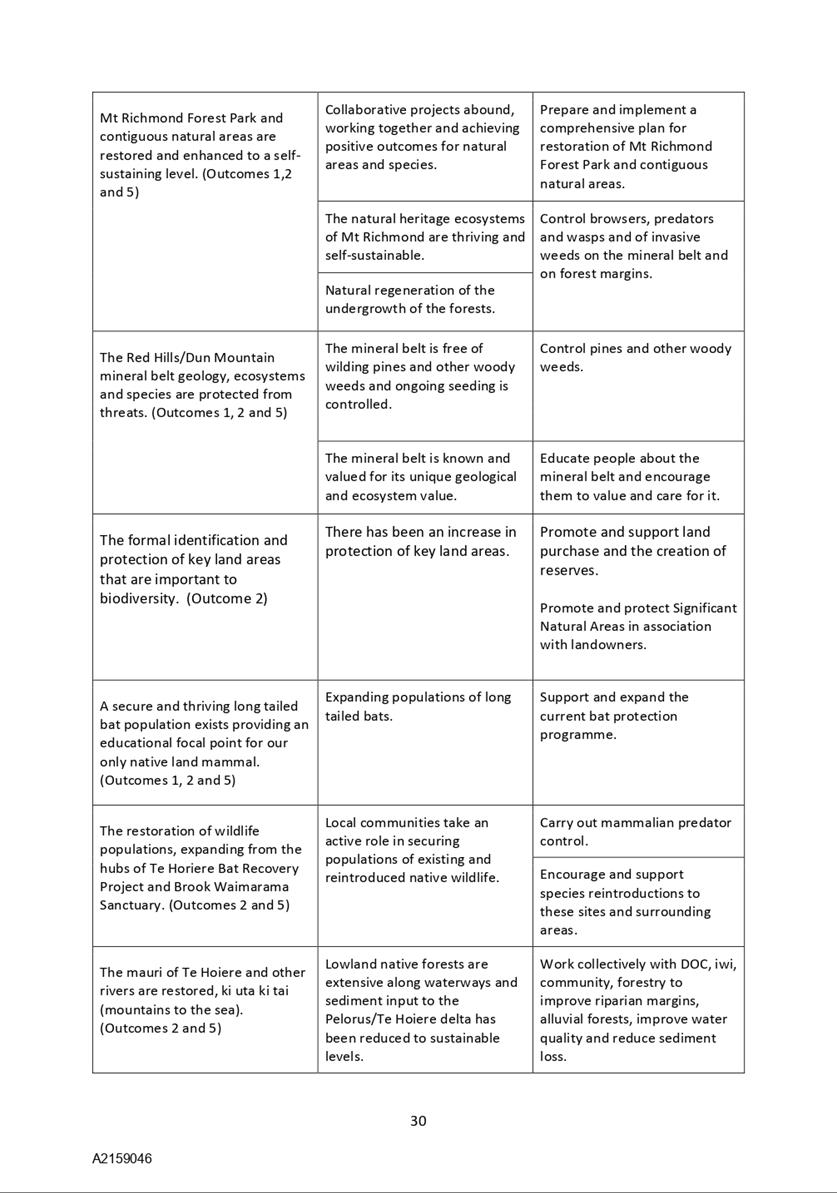
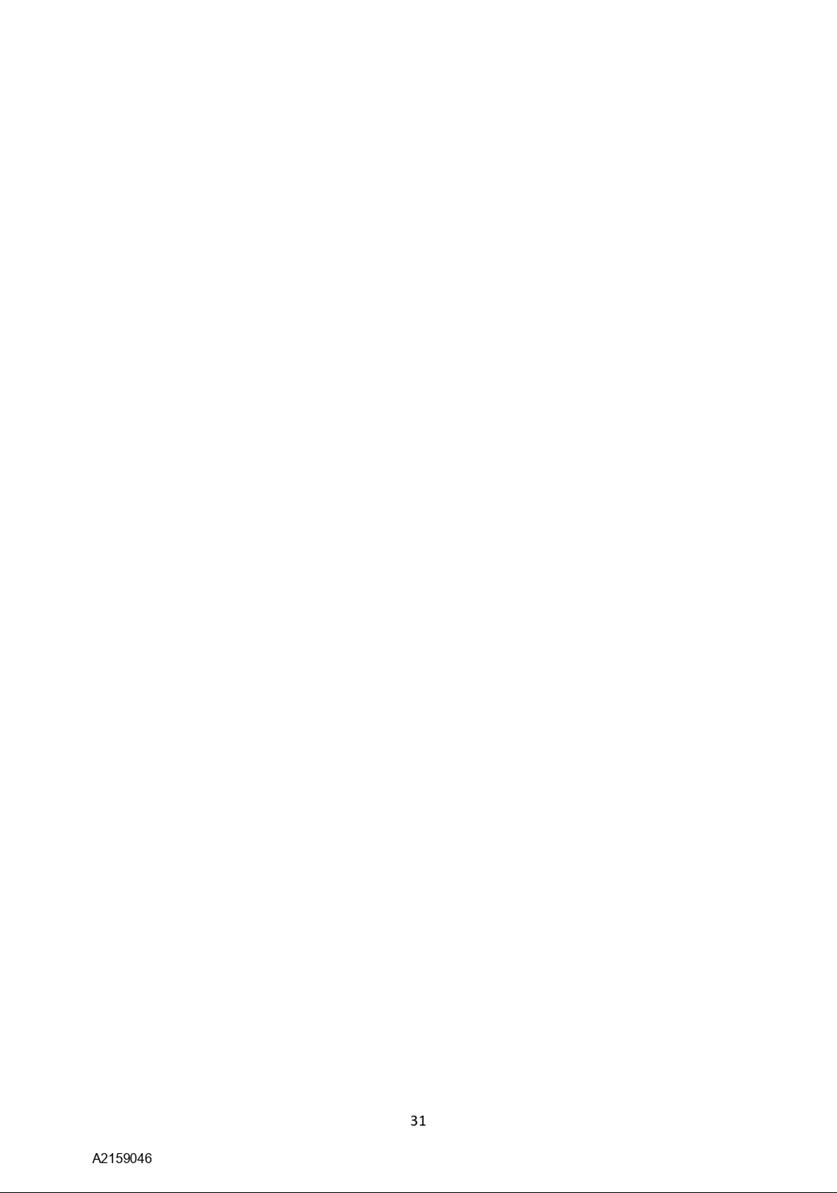
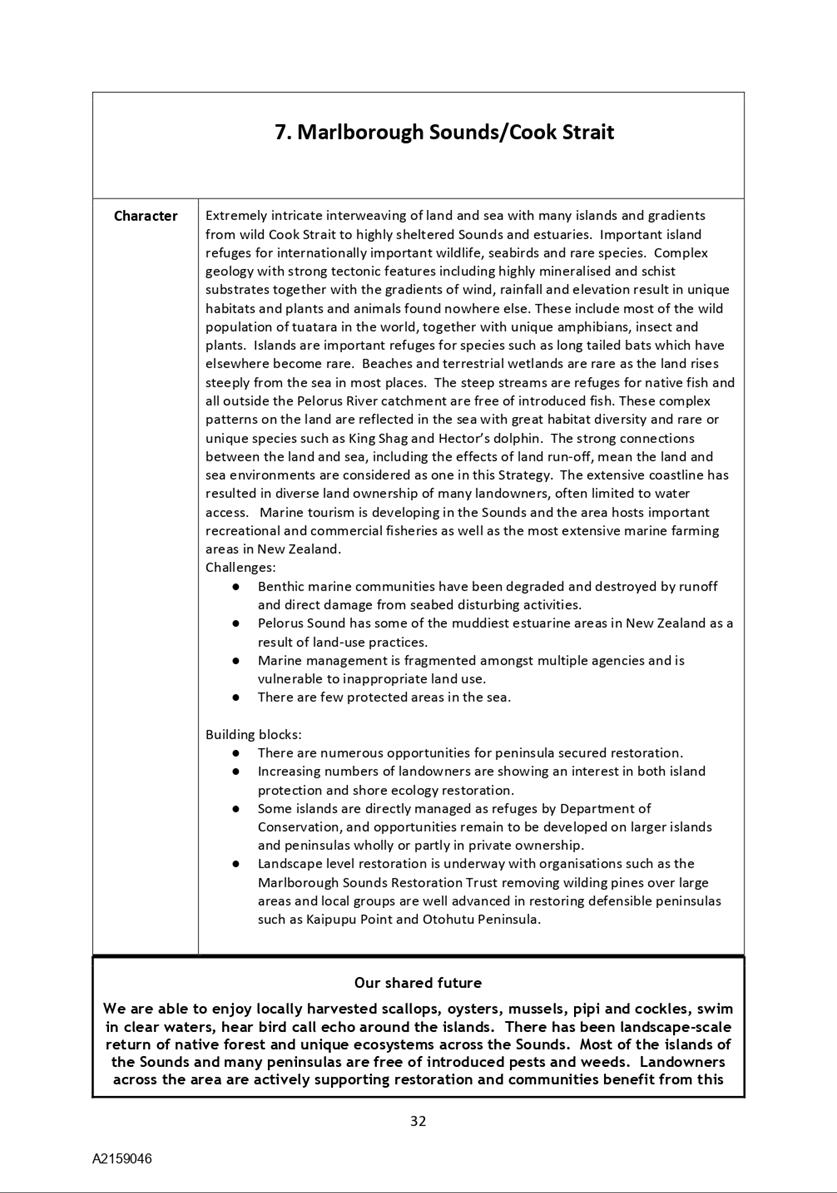
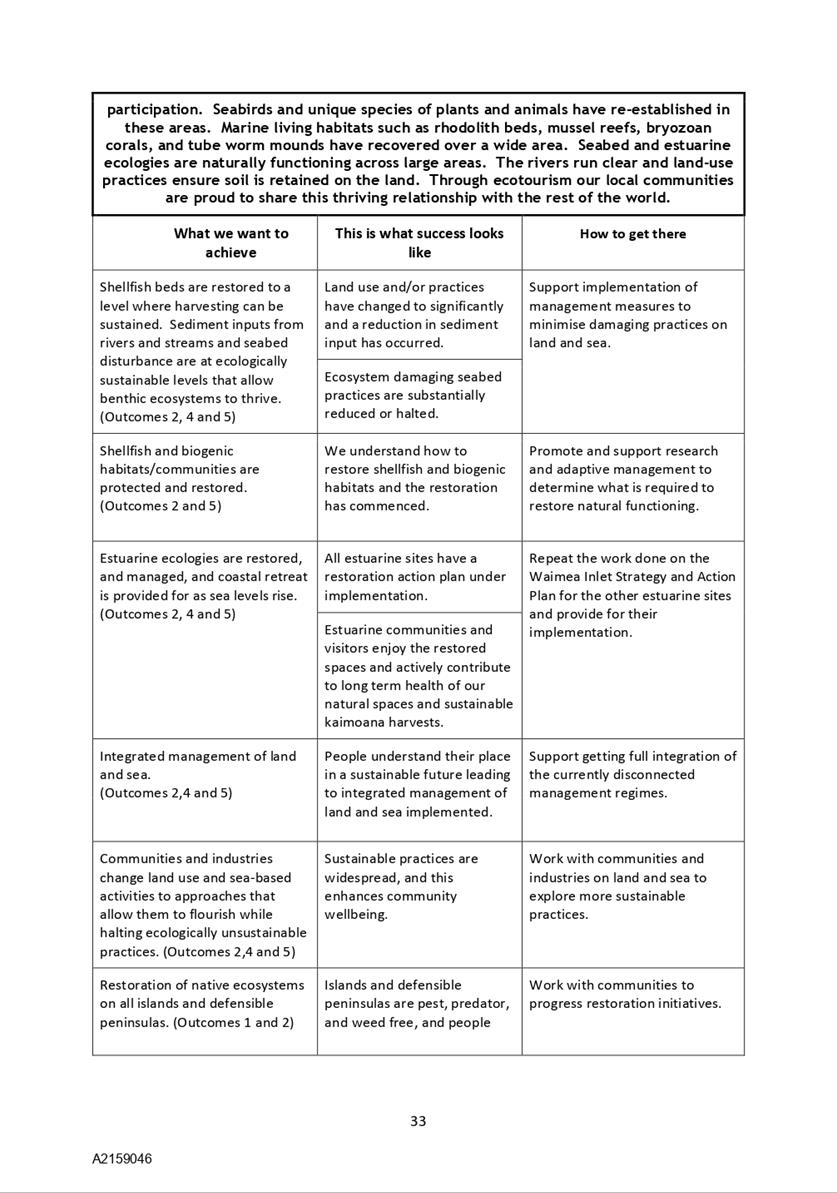
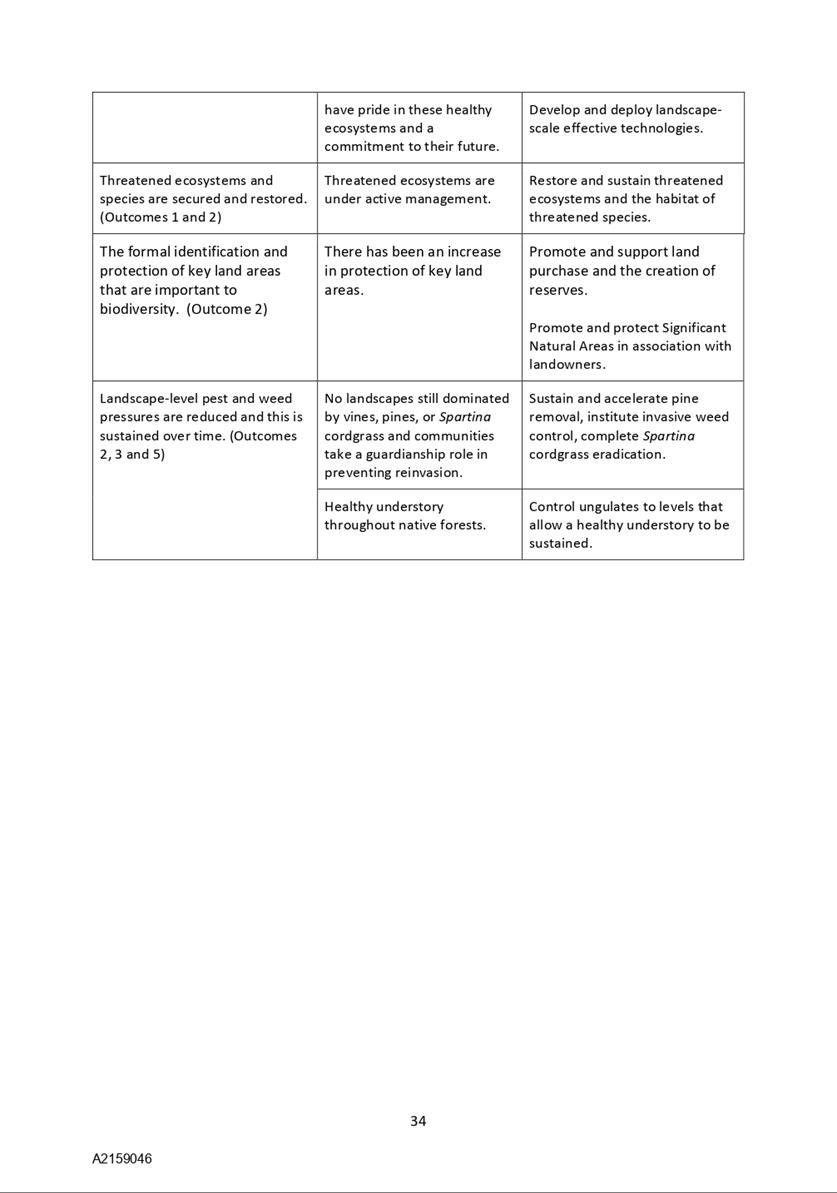
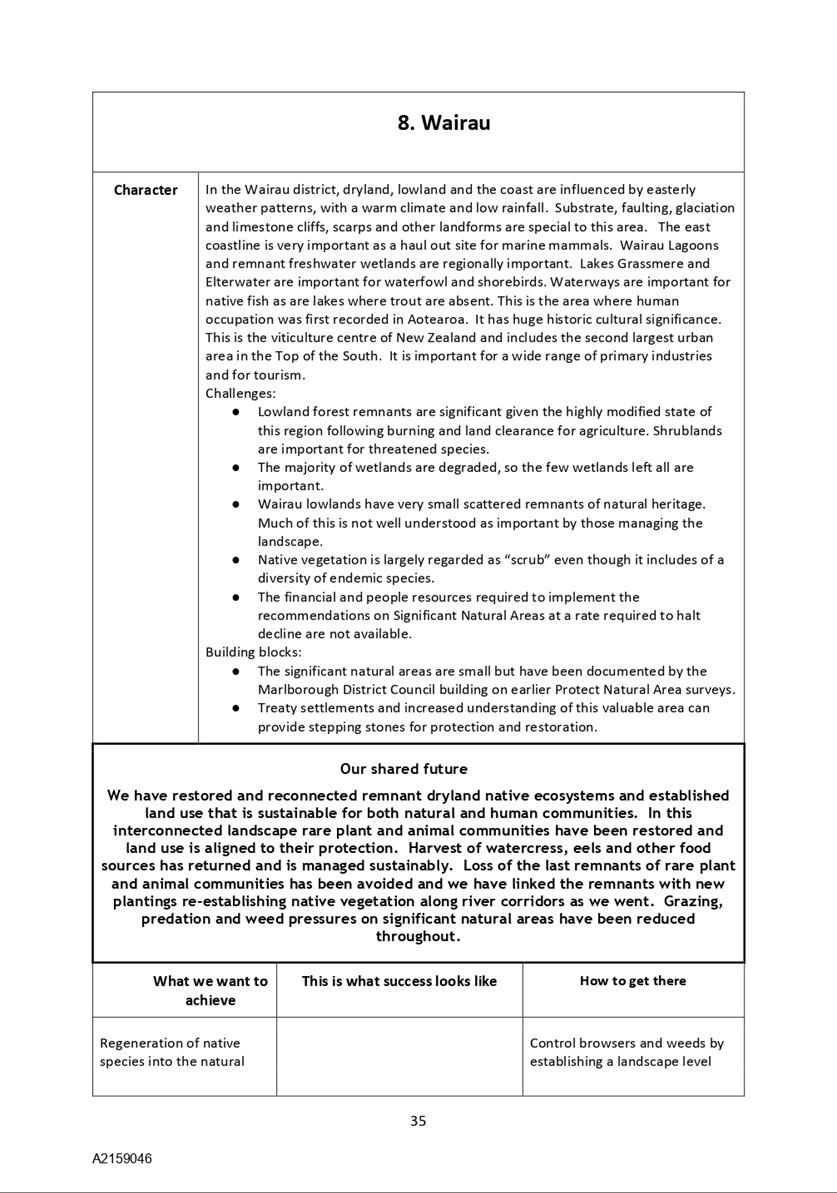
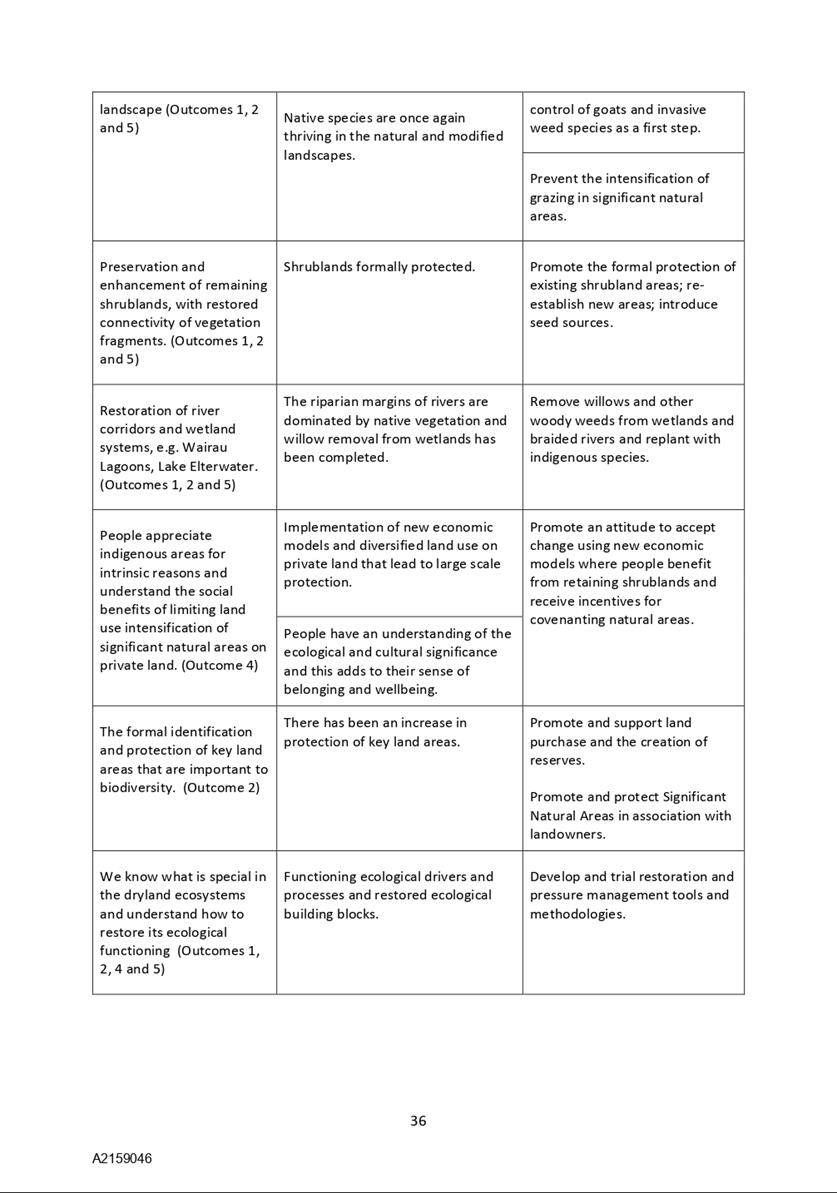
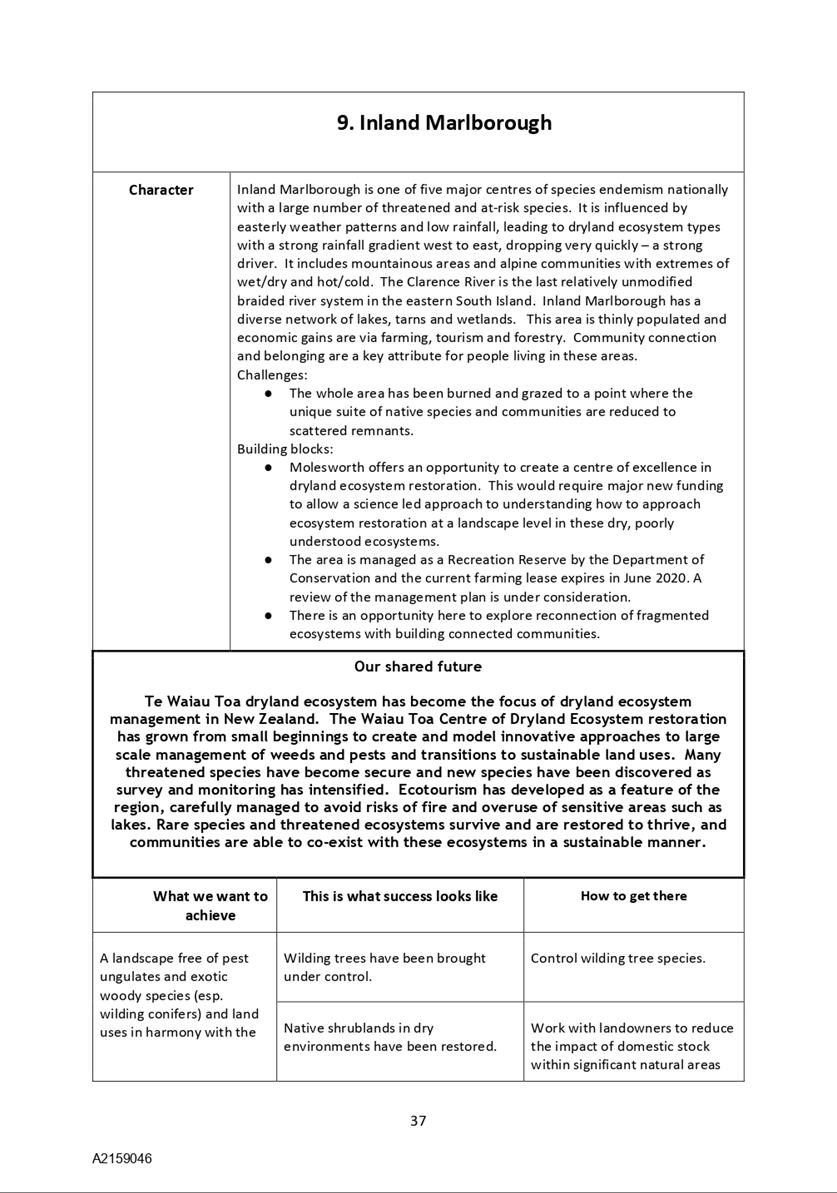
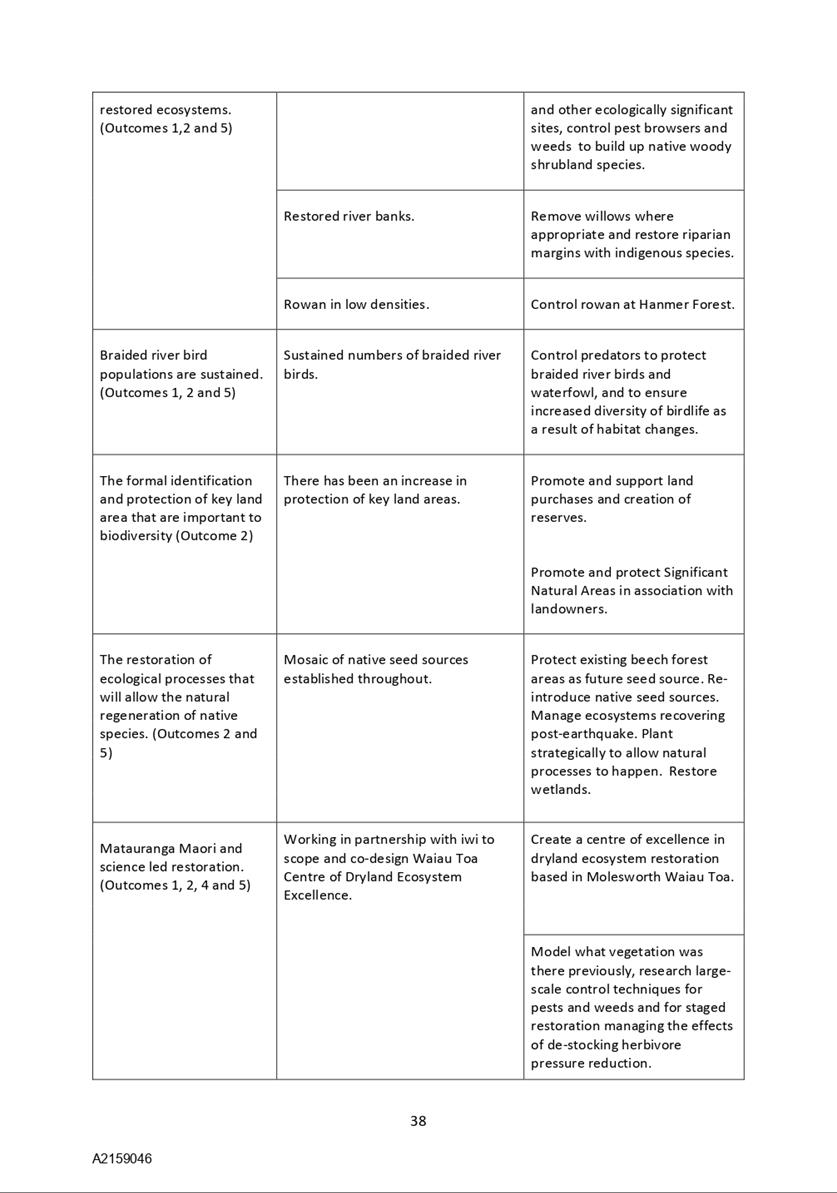
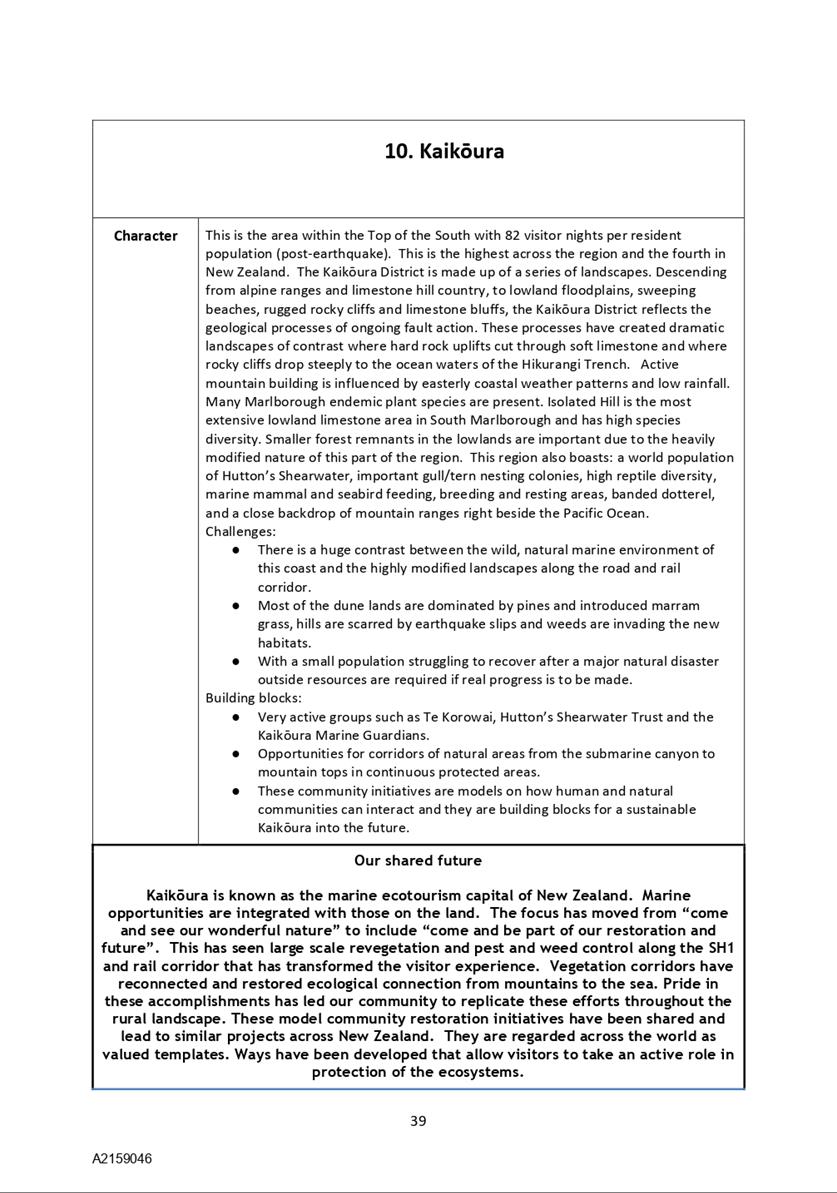

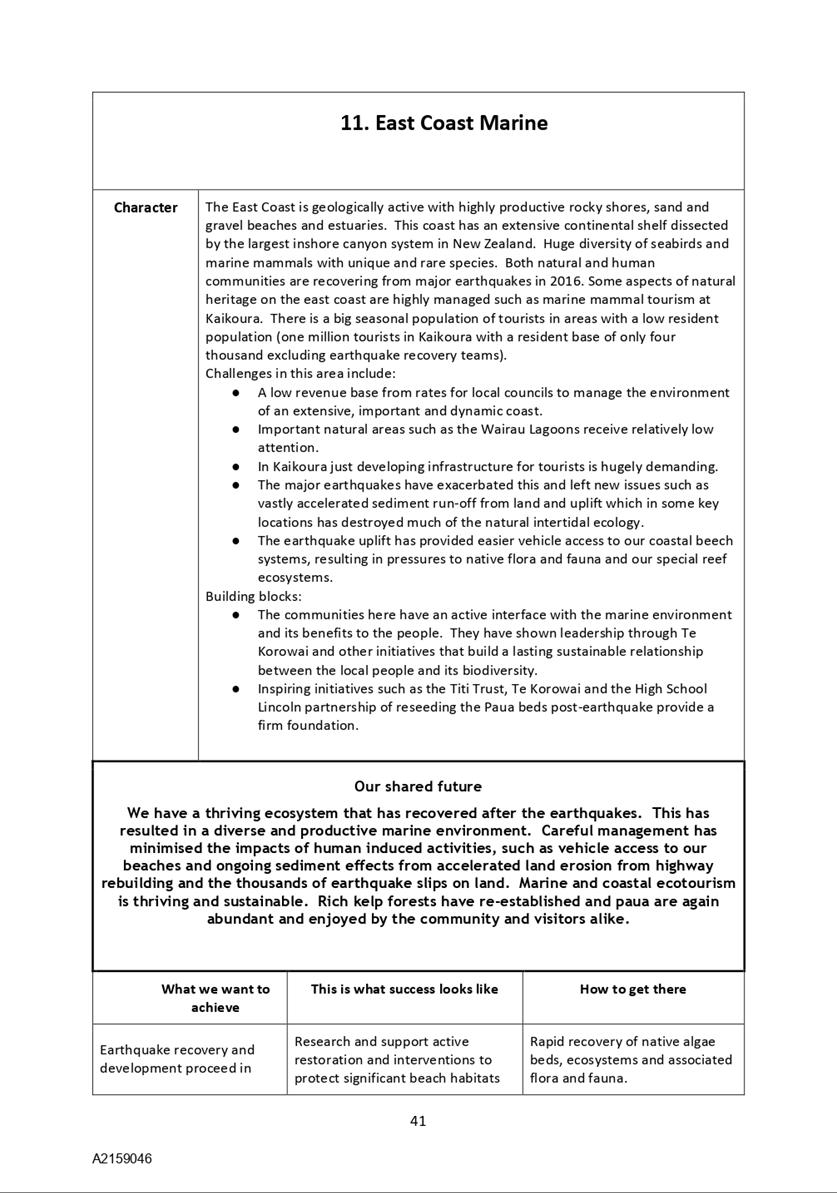
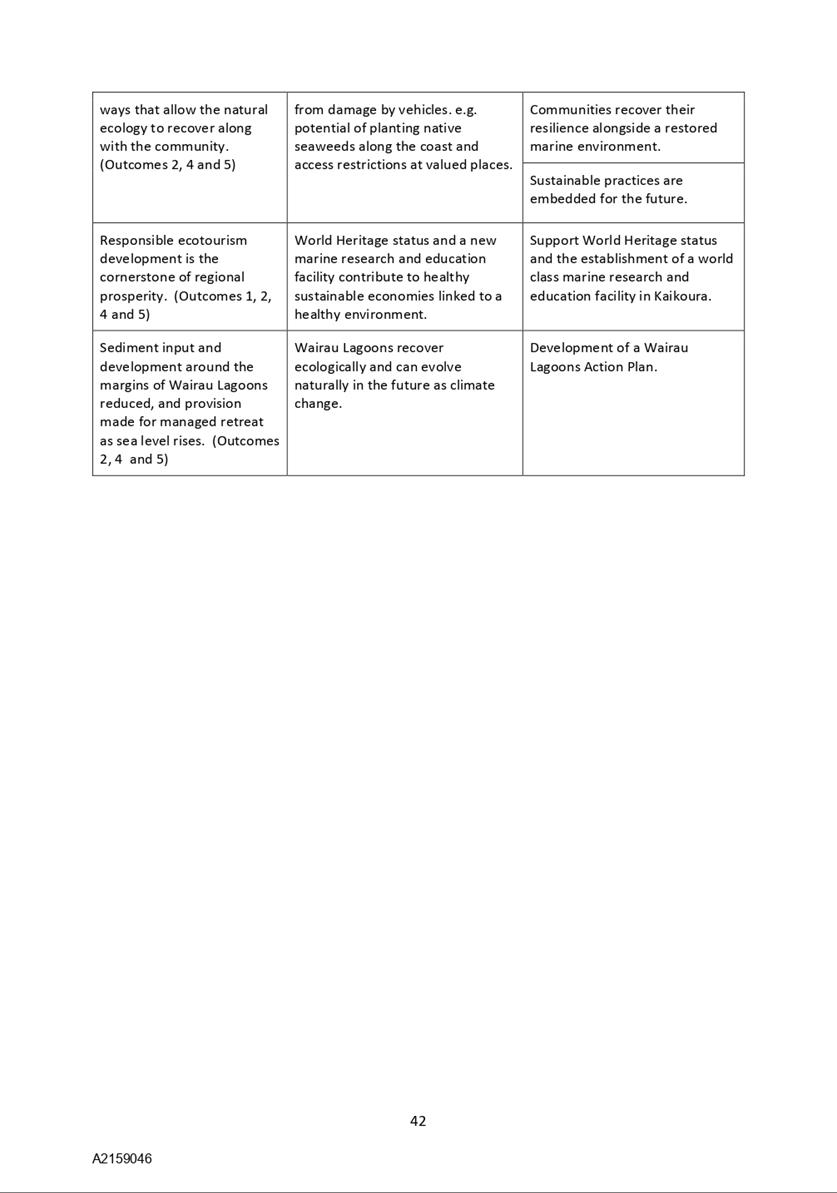

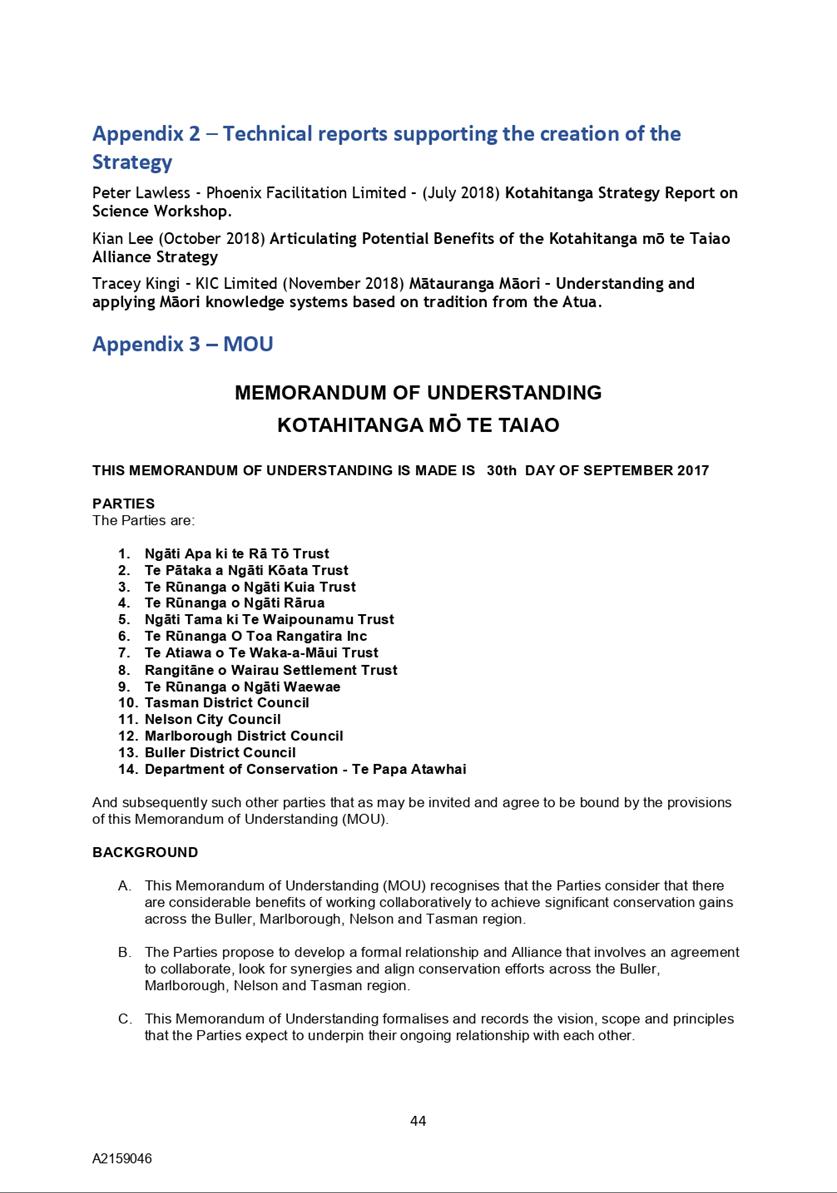
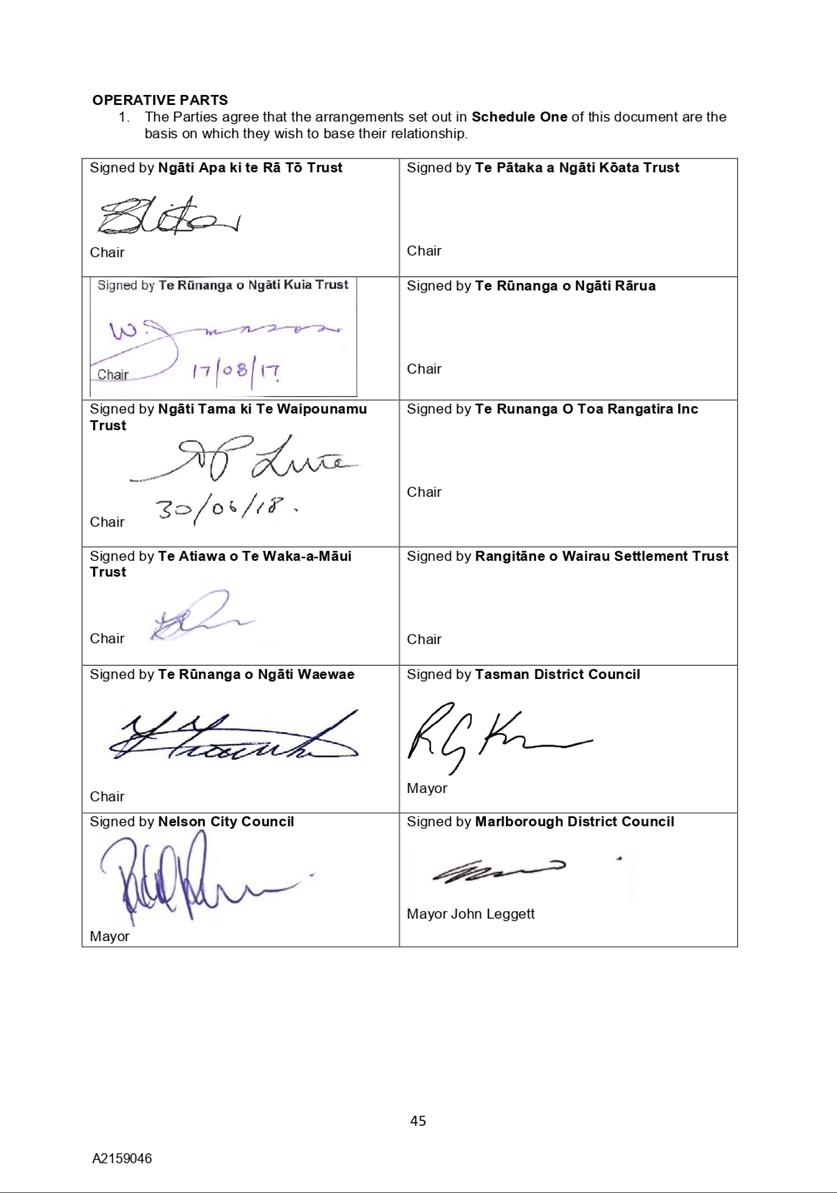

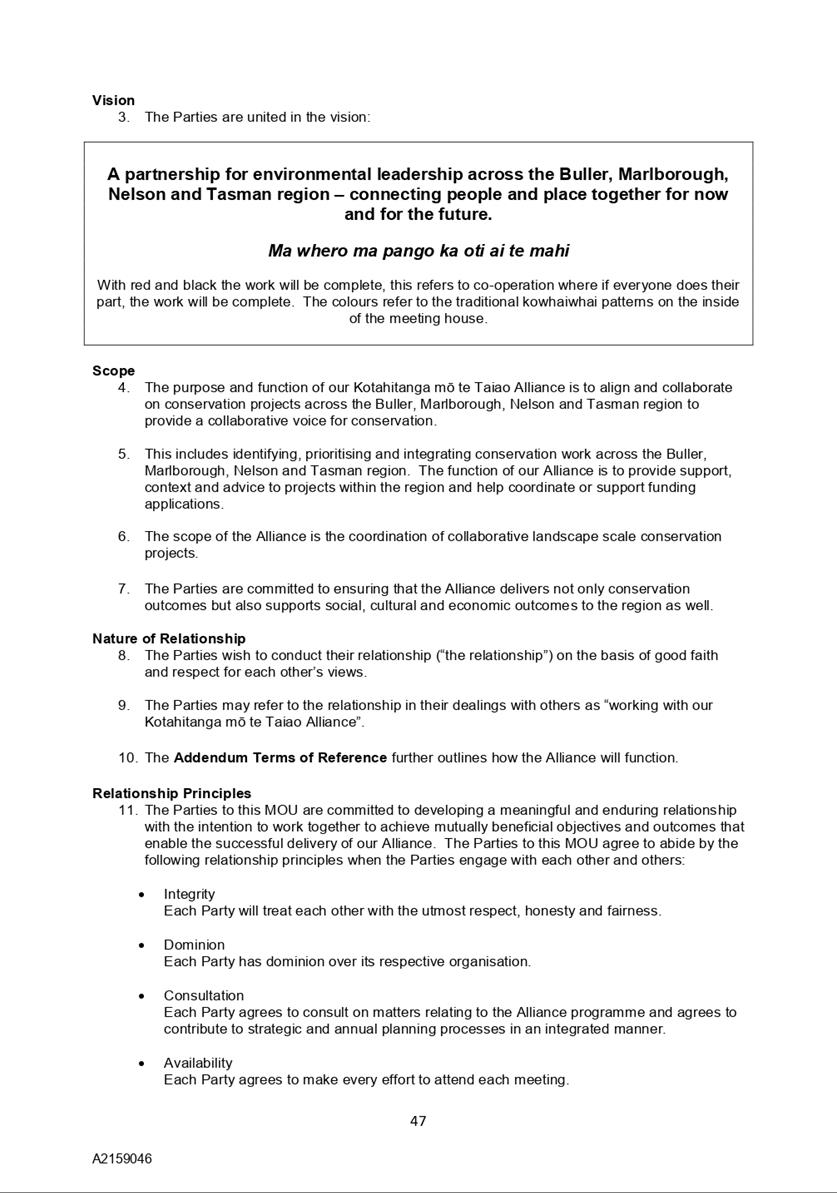
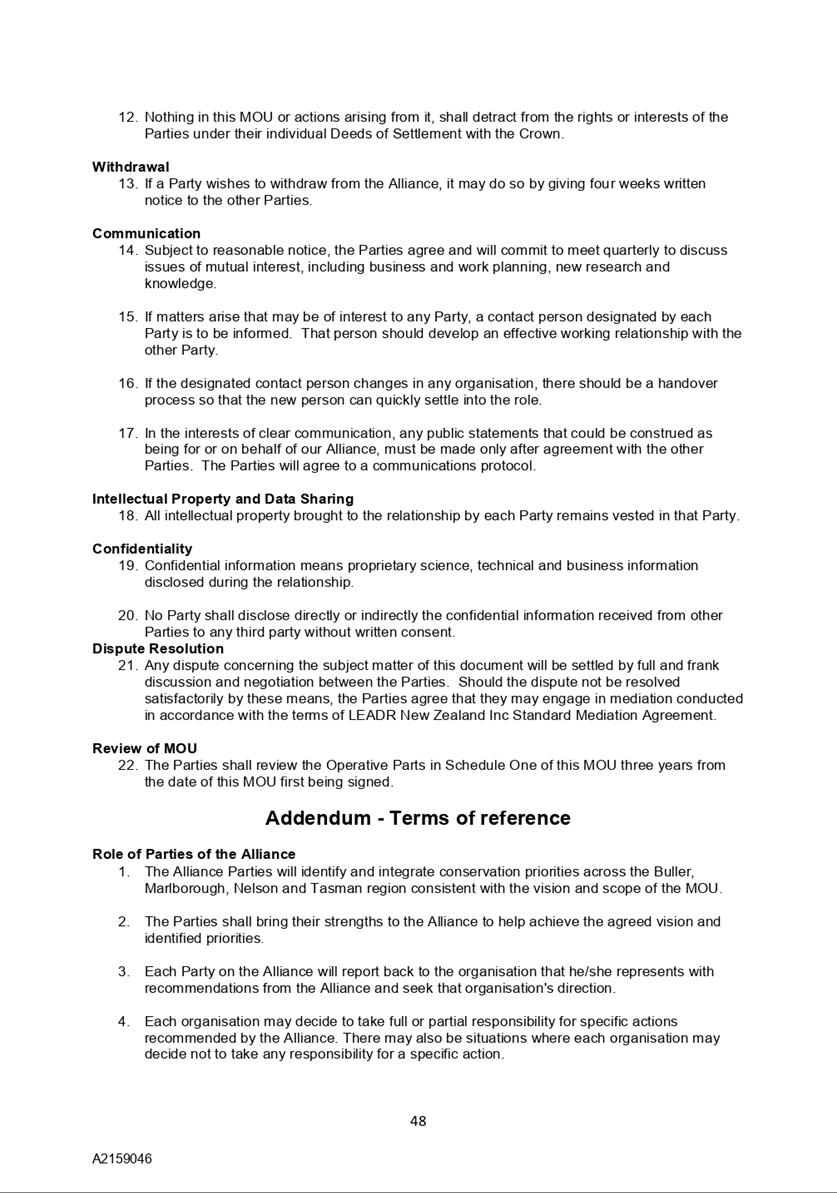
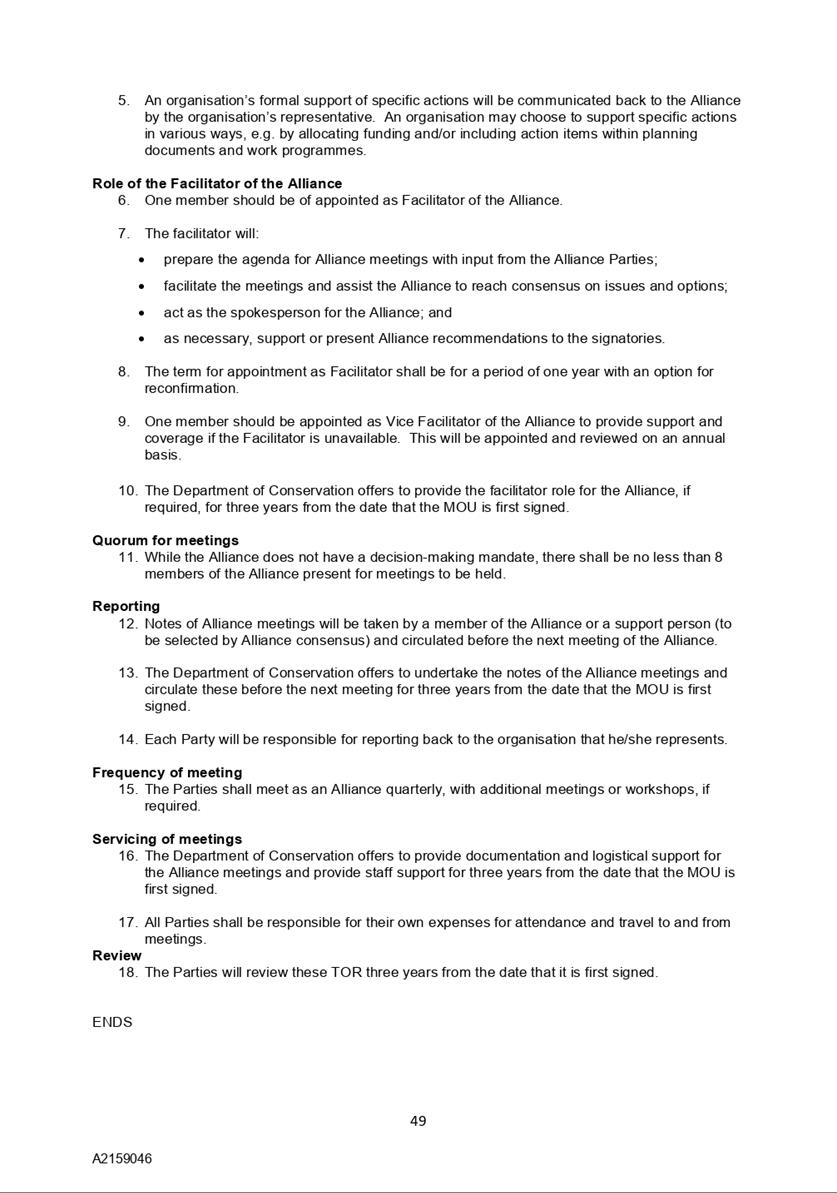


 Planning and Regulatory
Committee
Planning and Regulatory
Committee





















































































































































































































































































































































































































































































































































































































